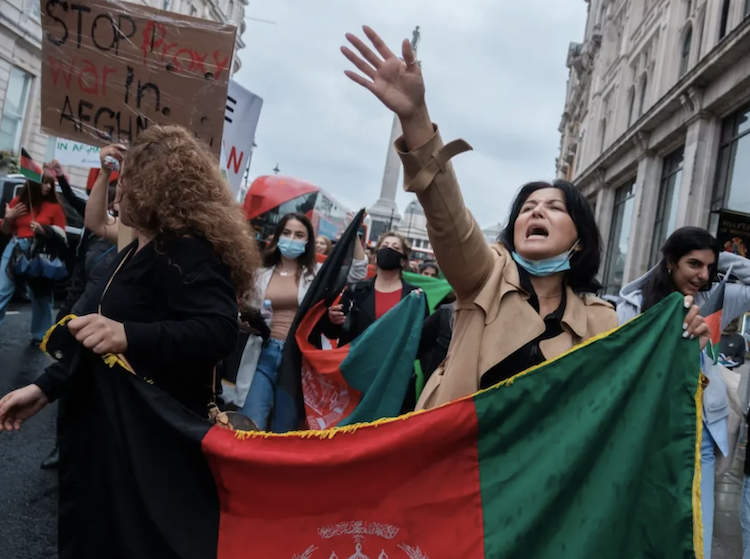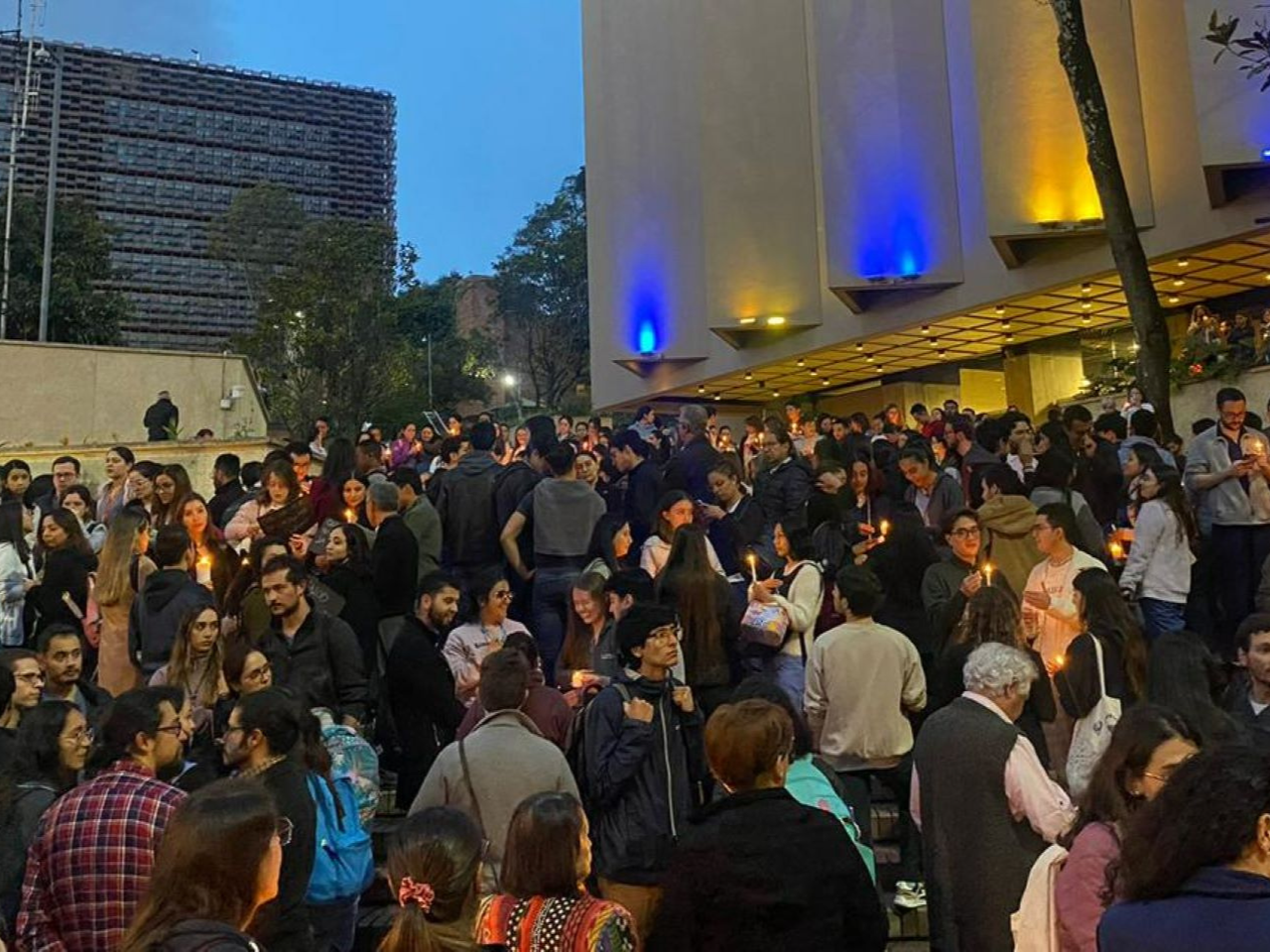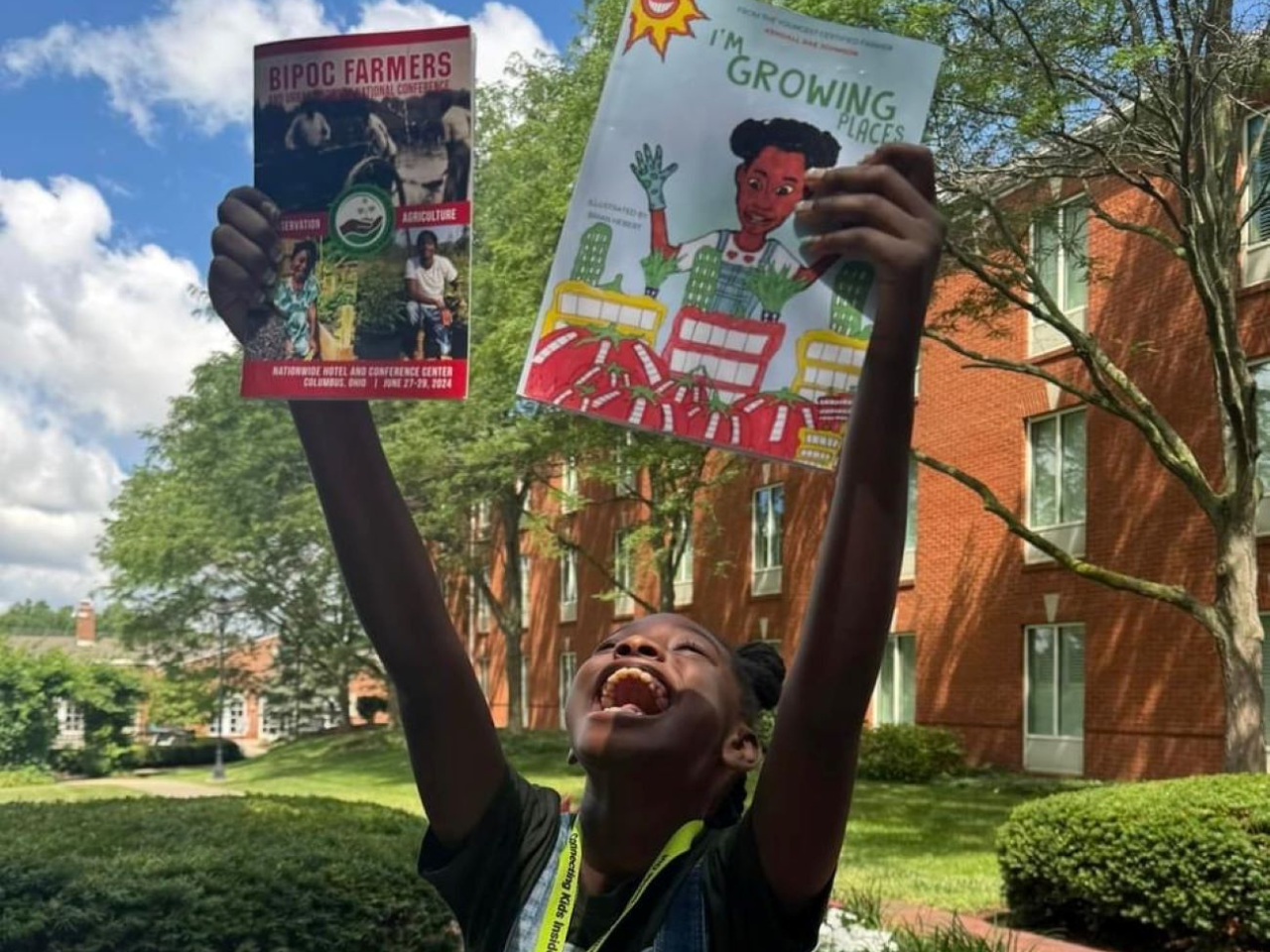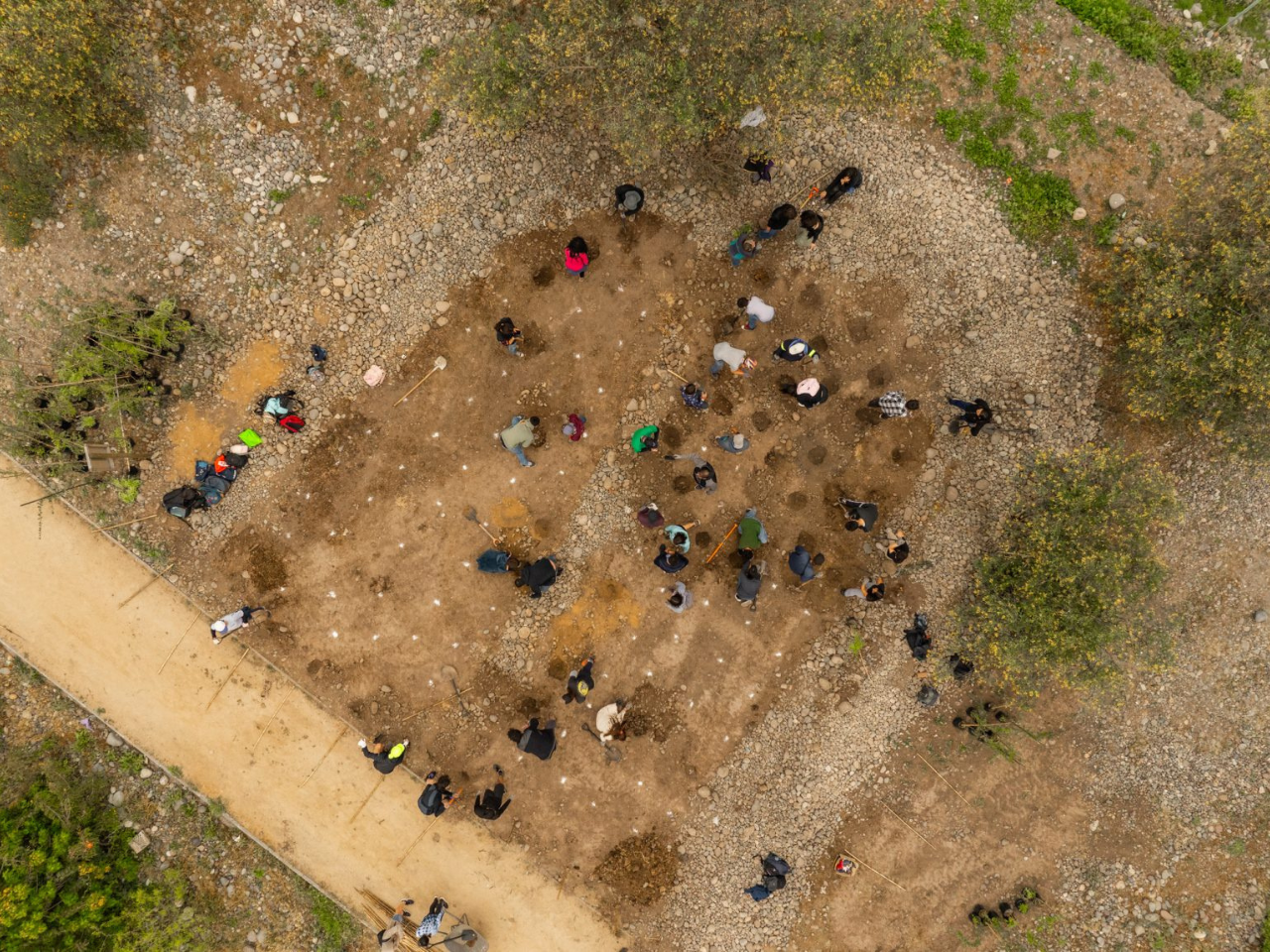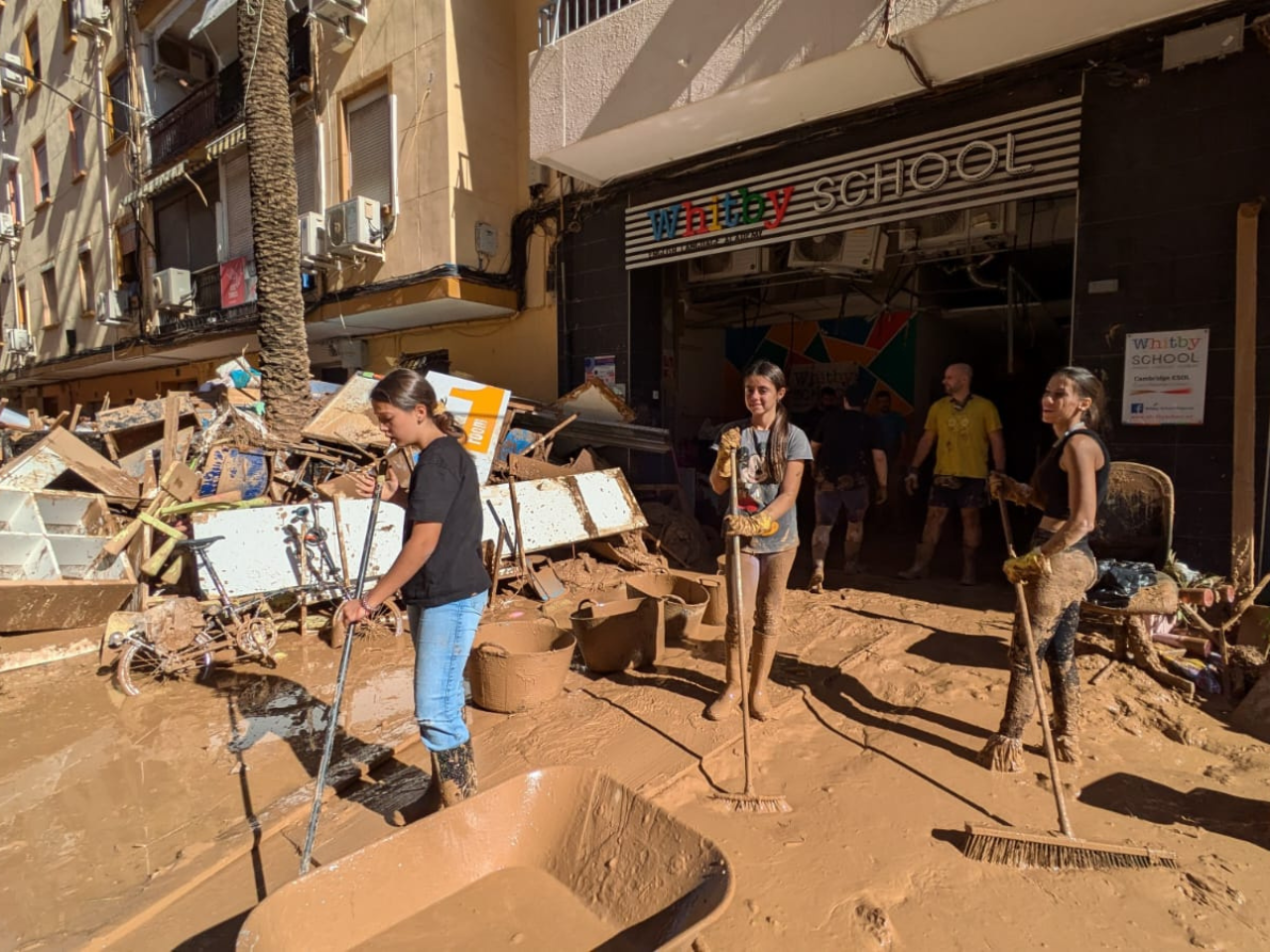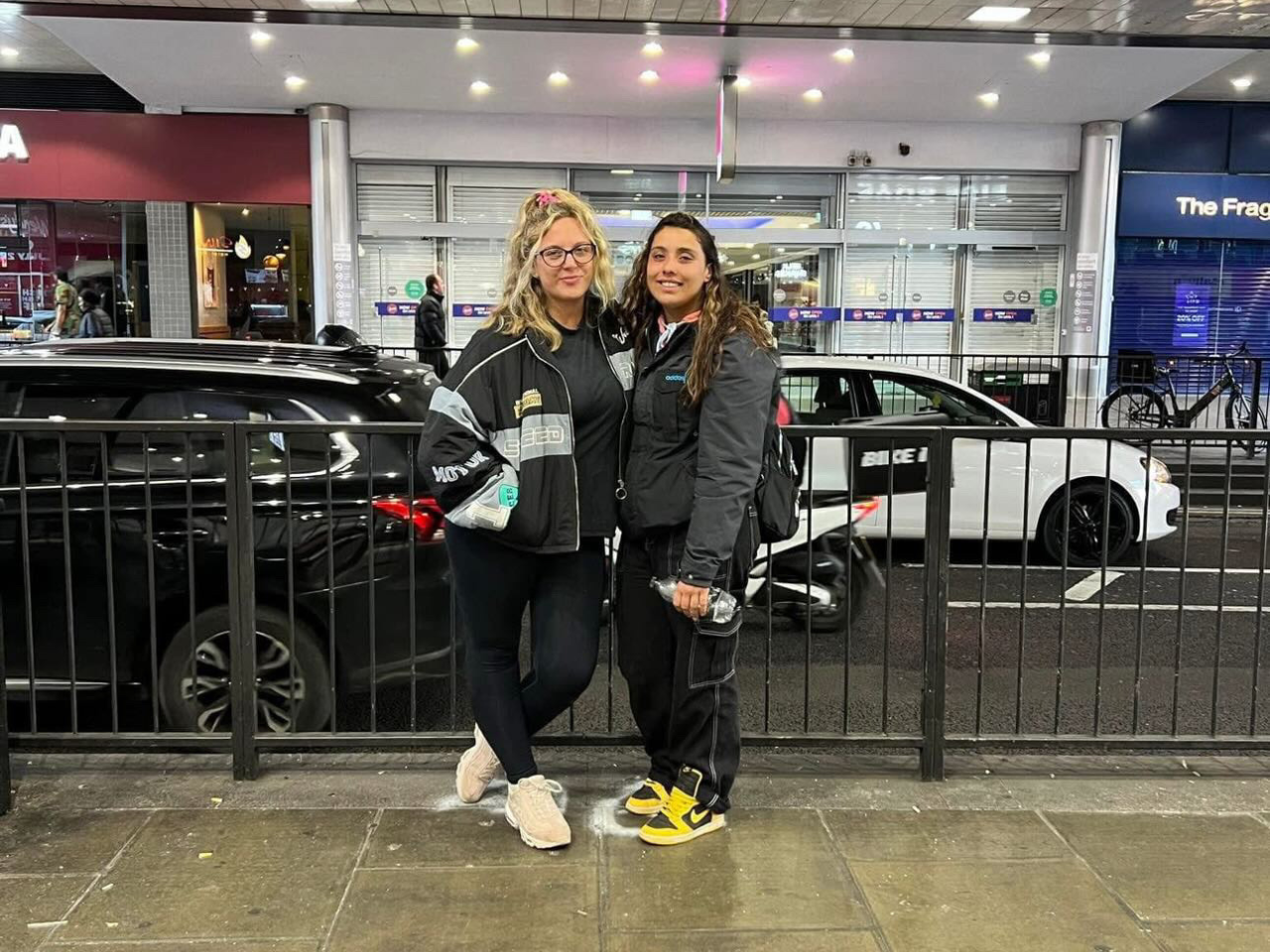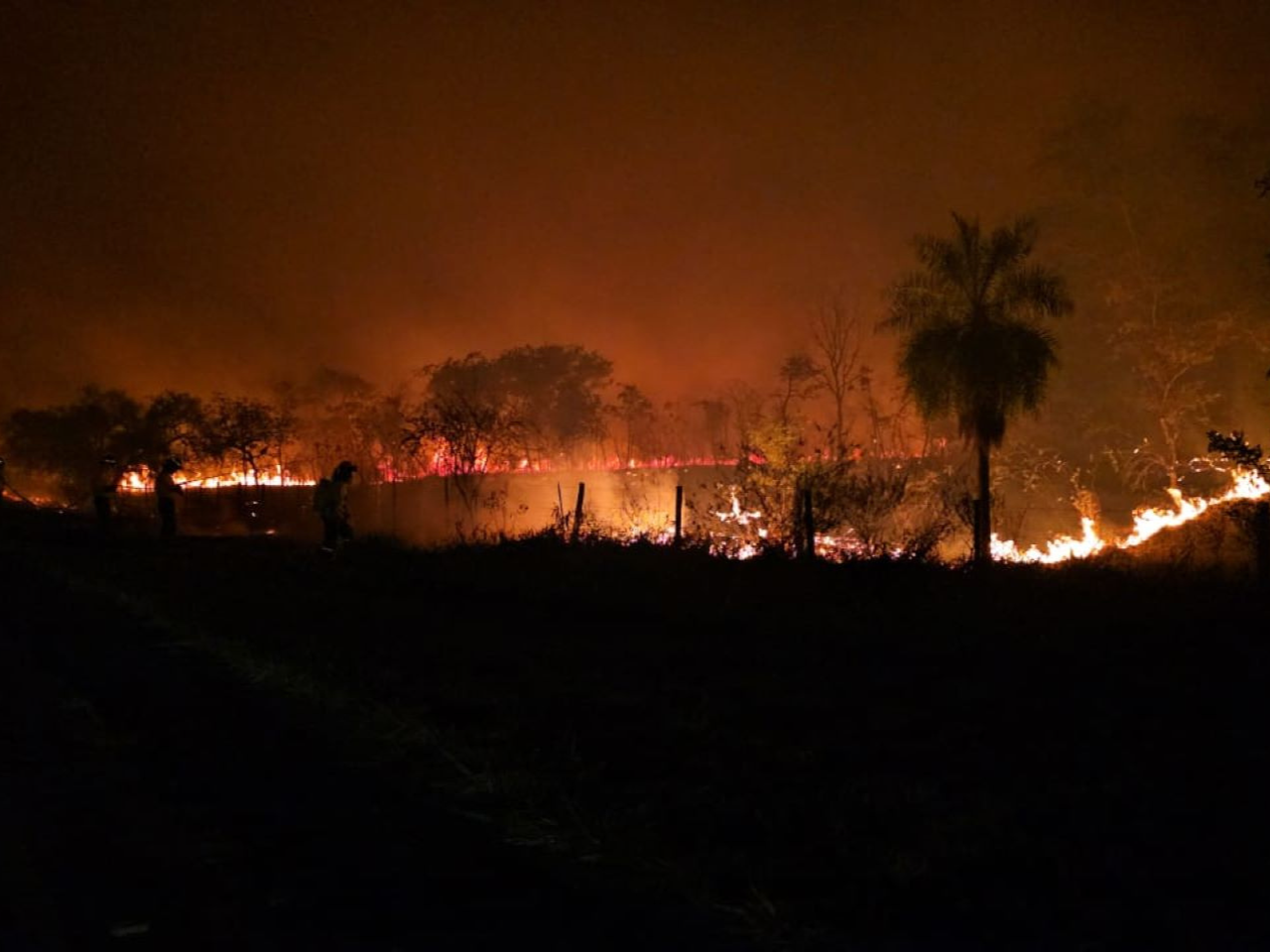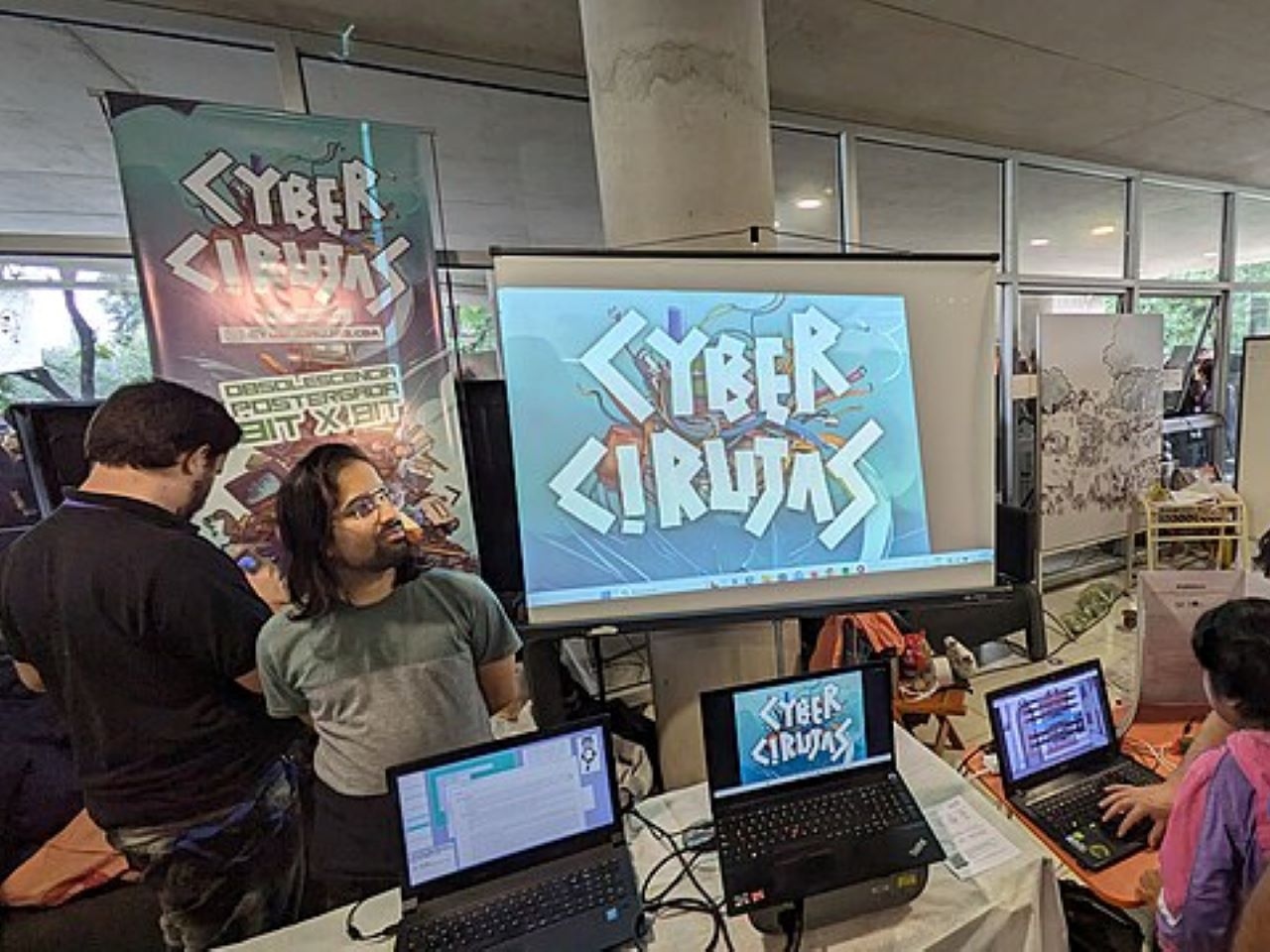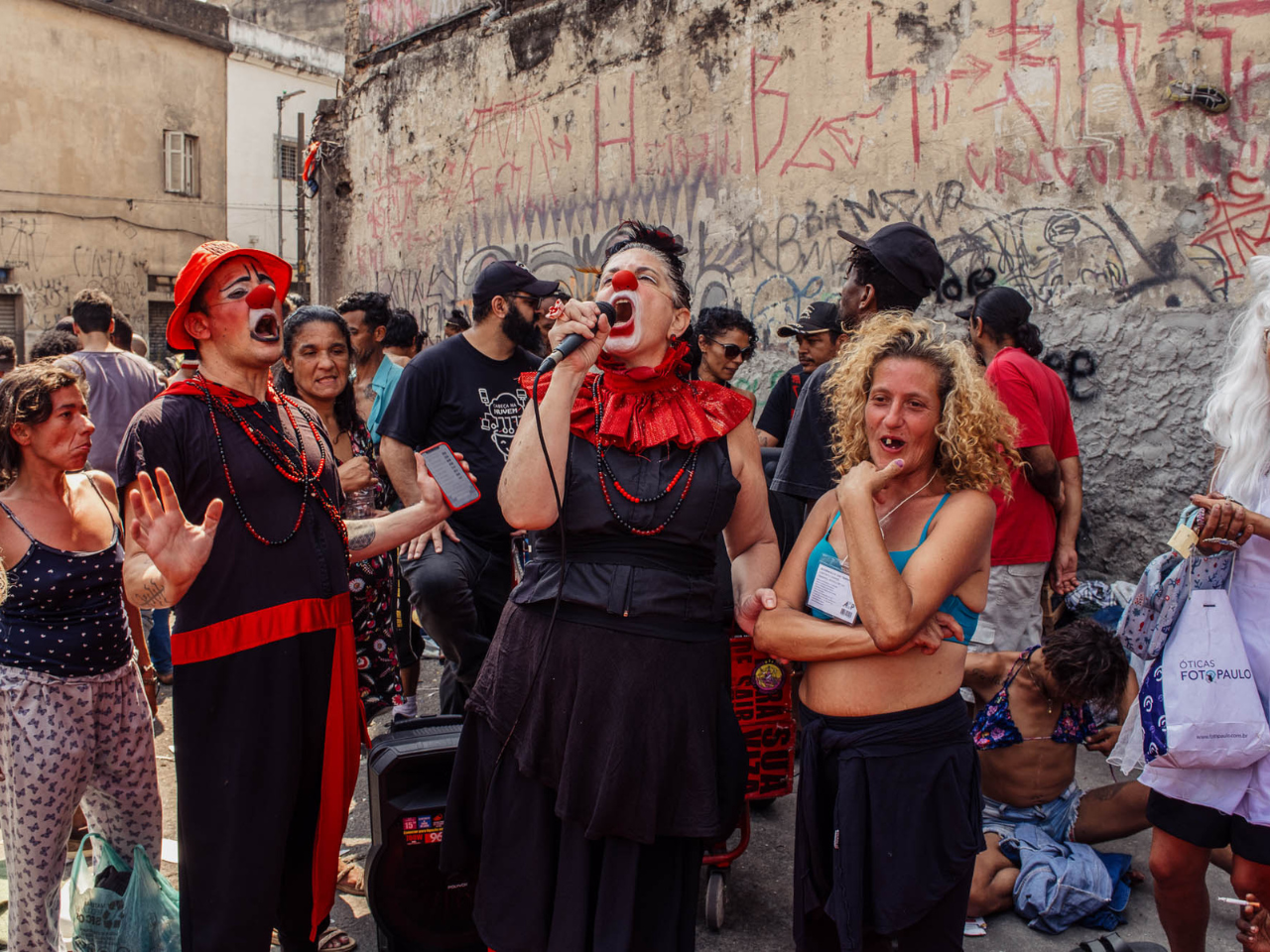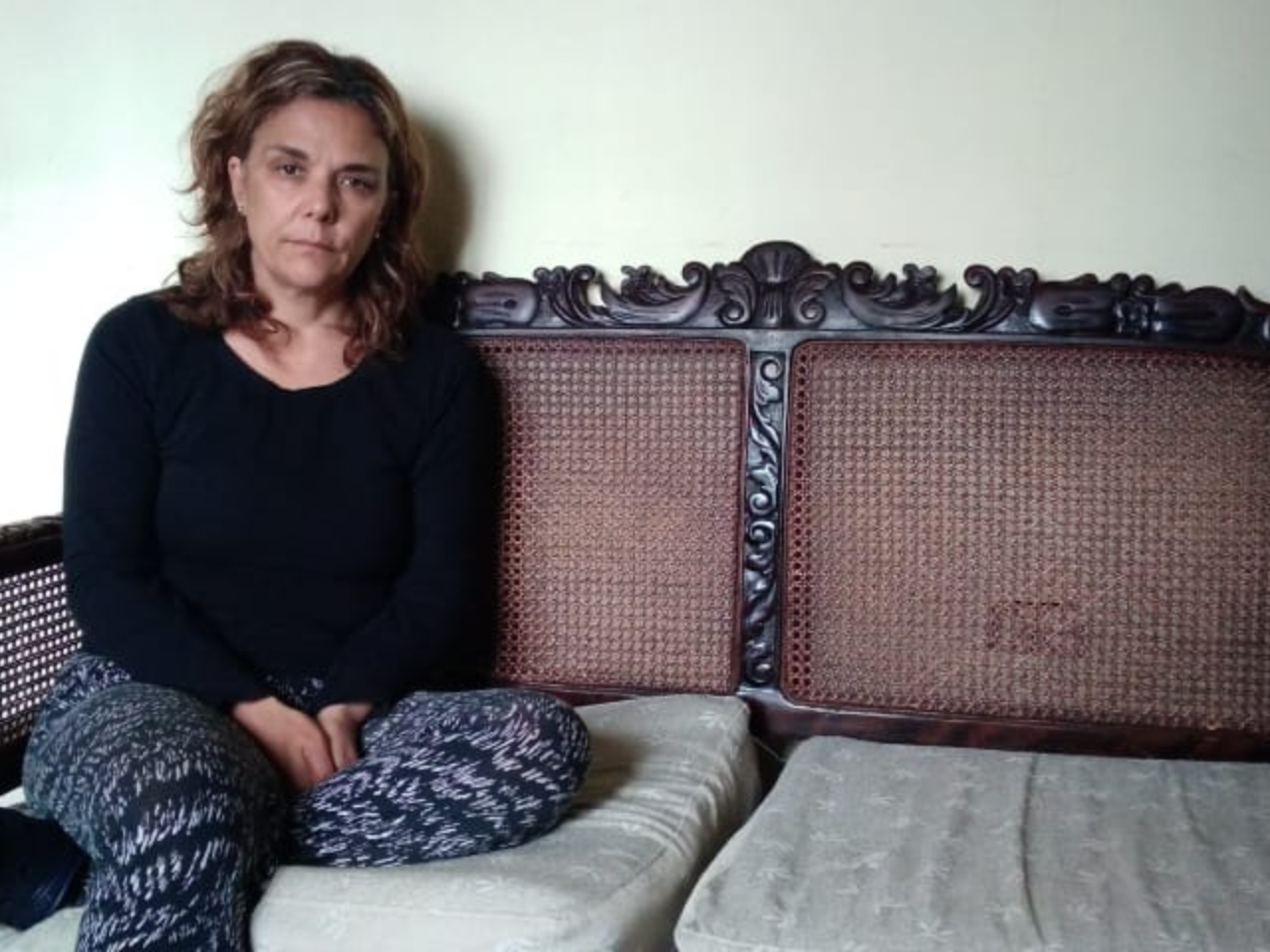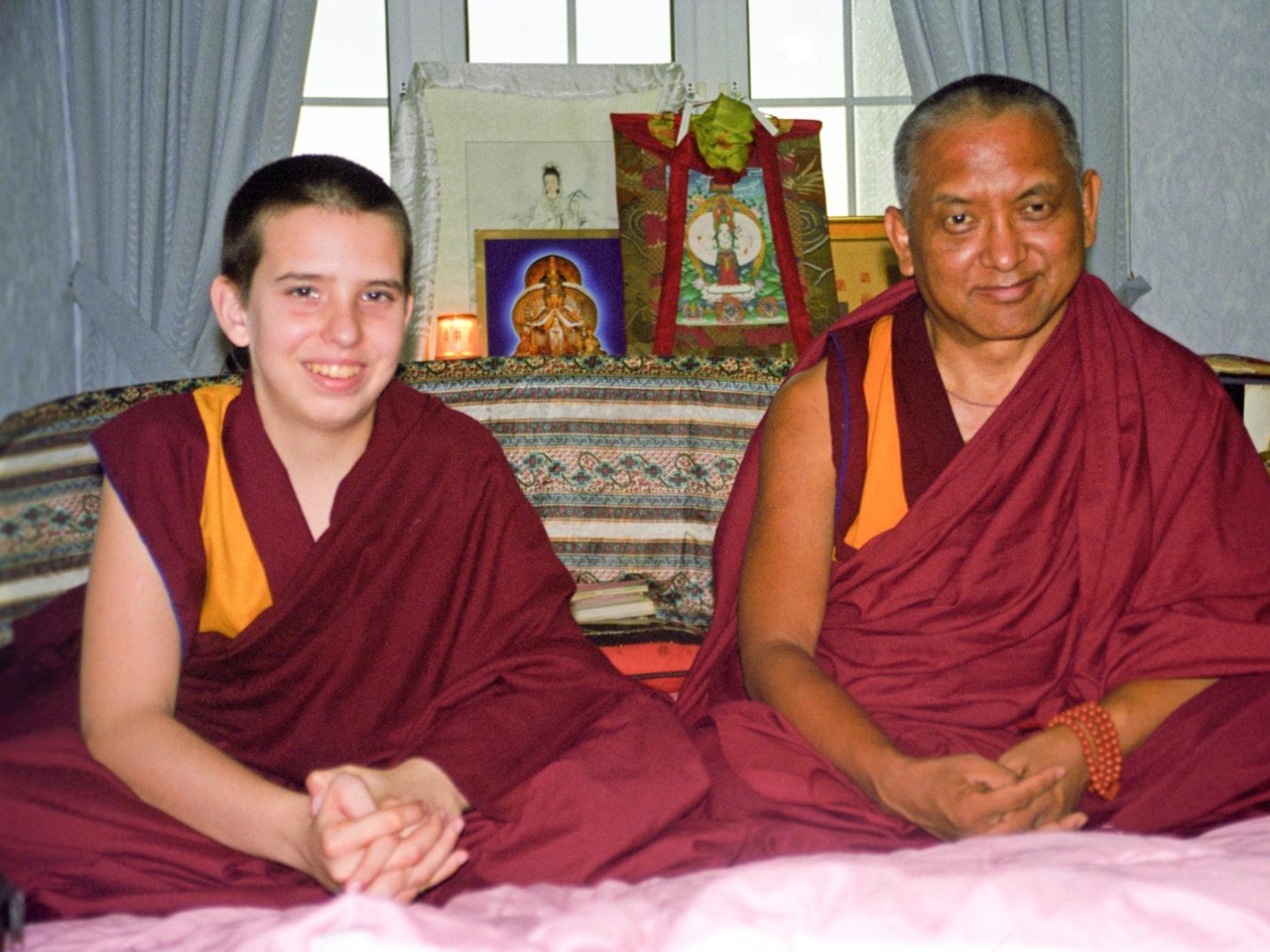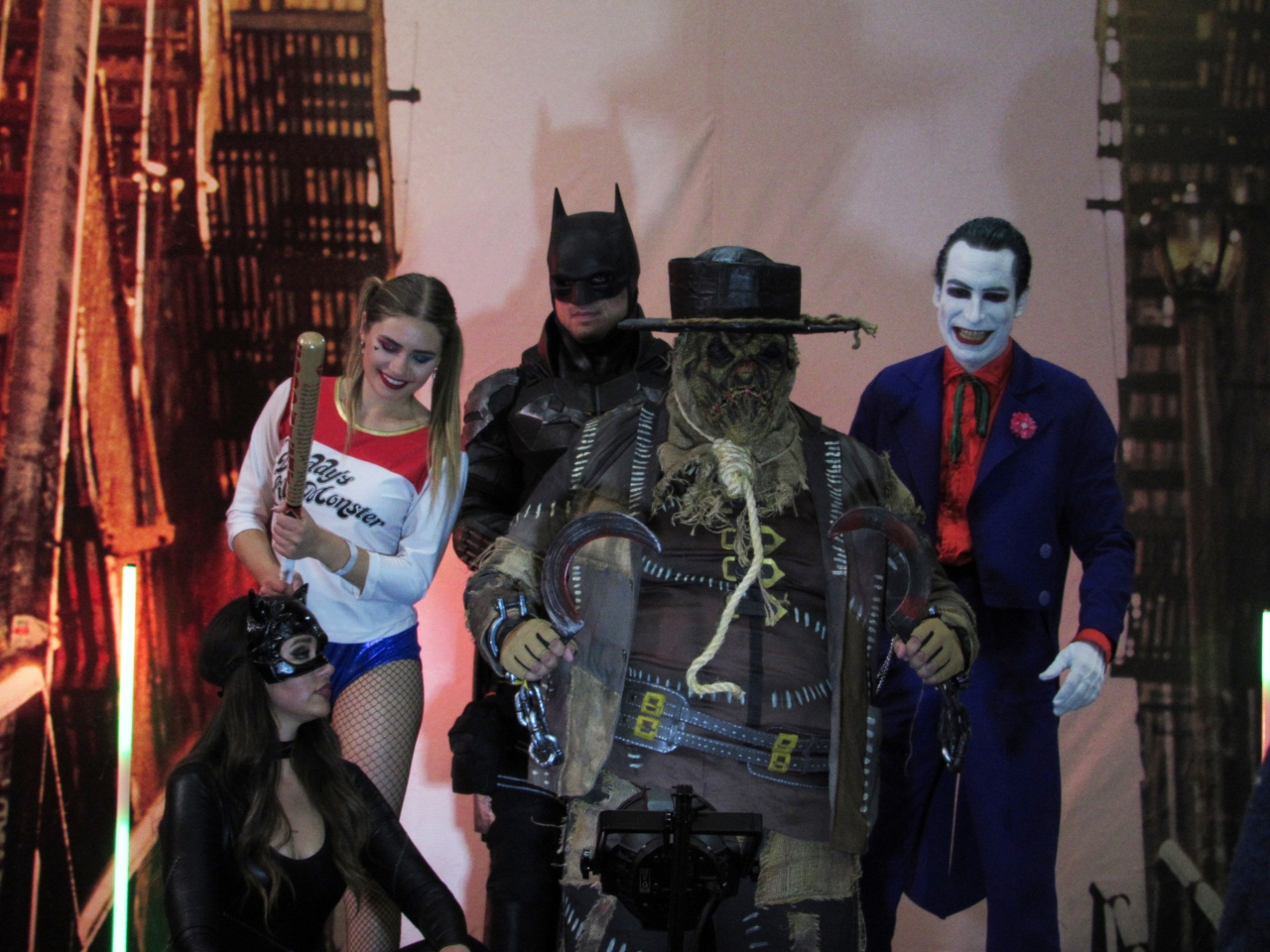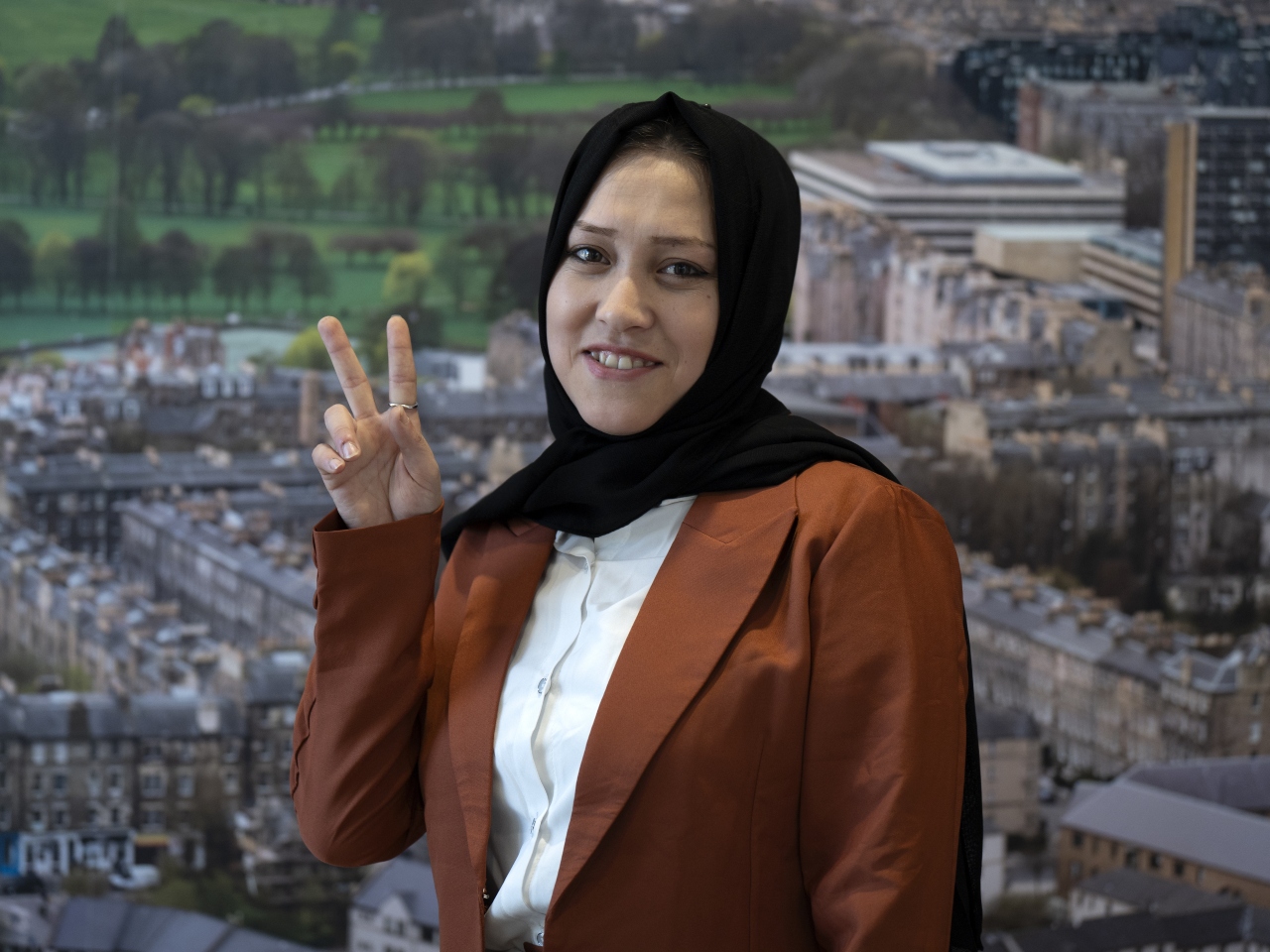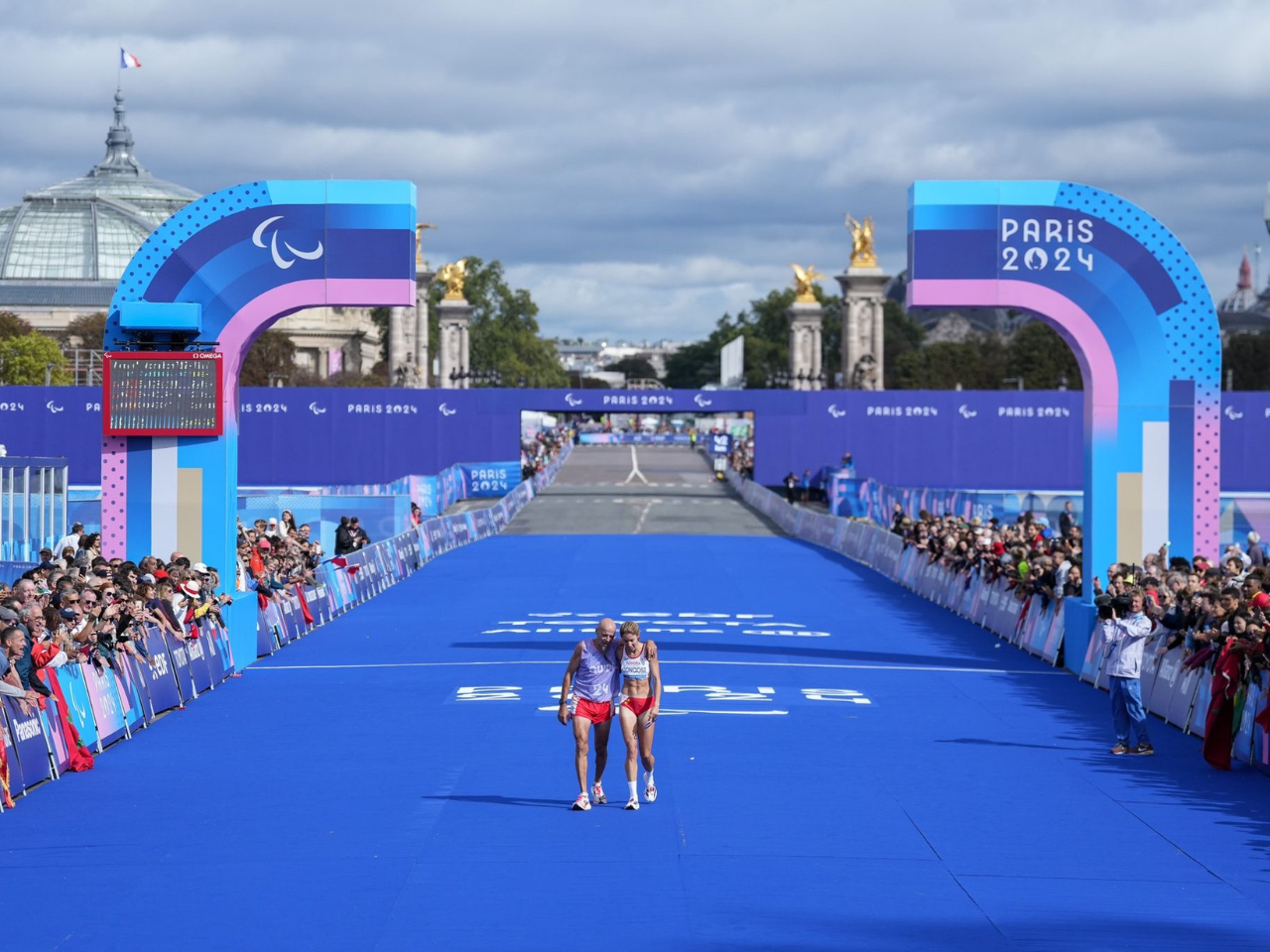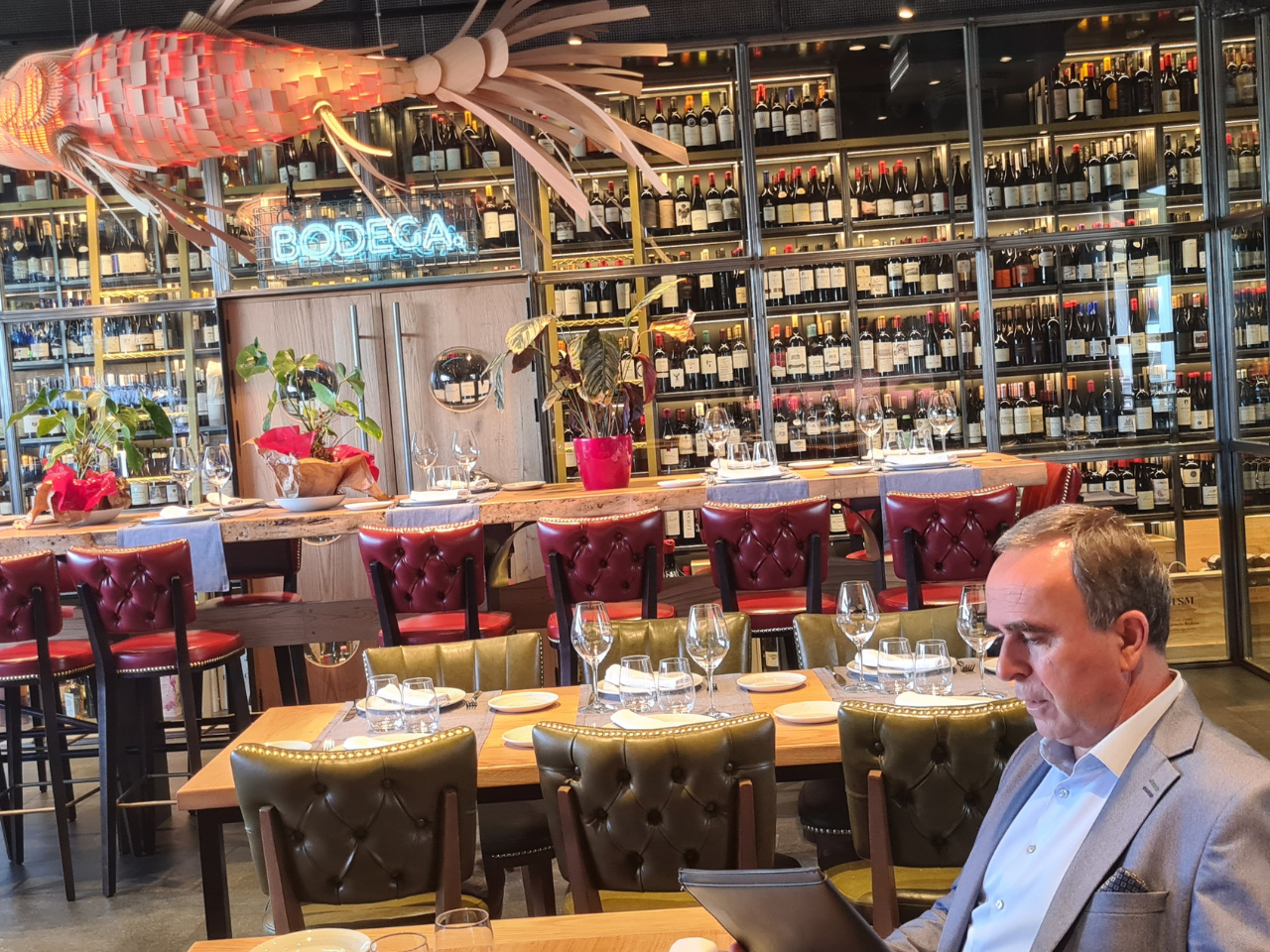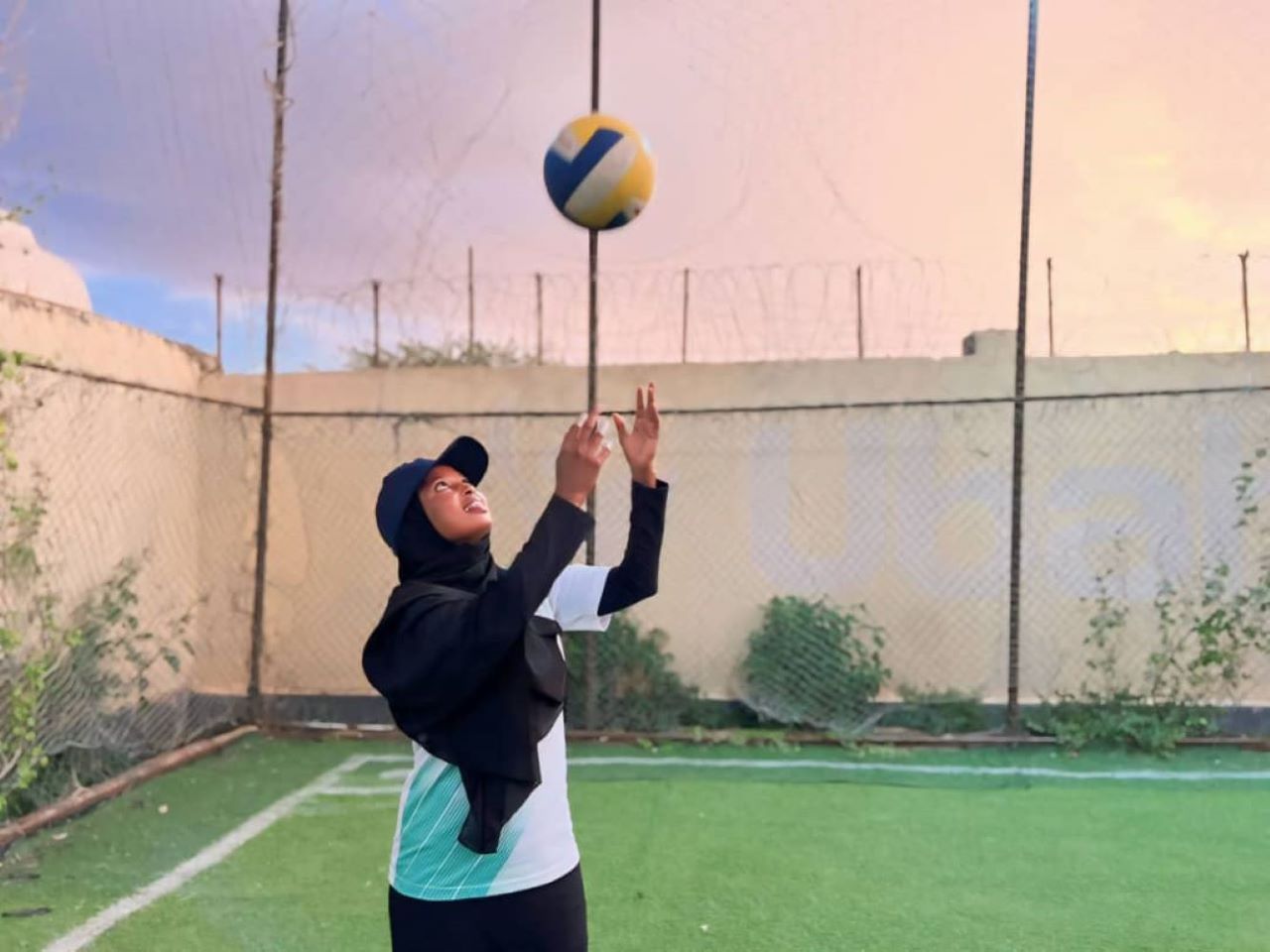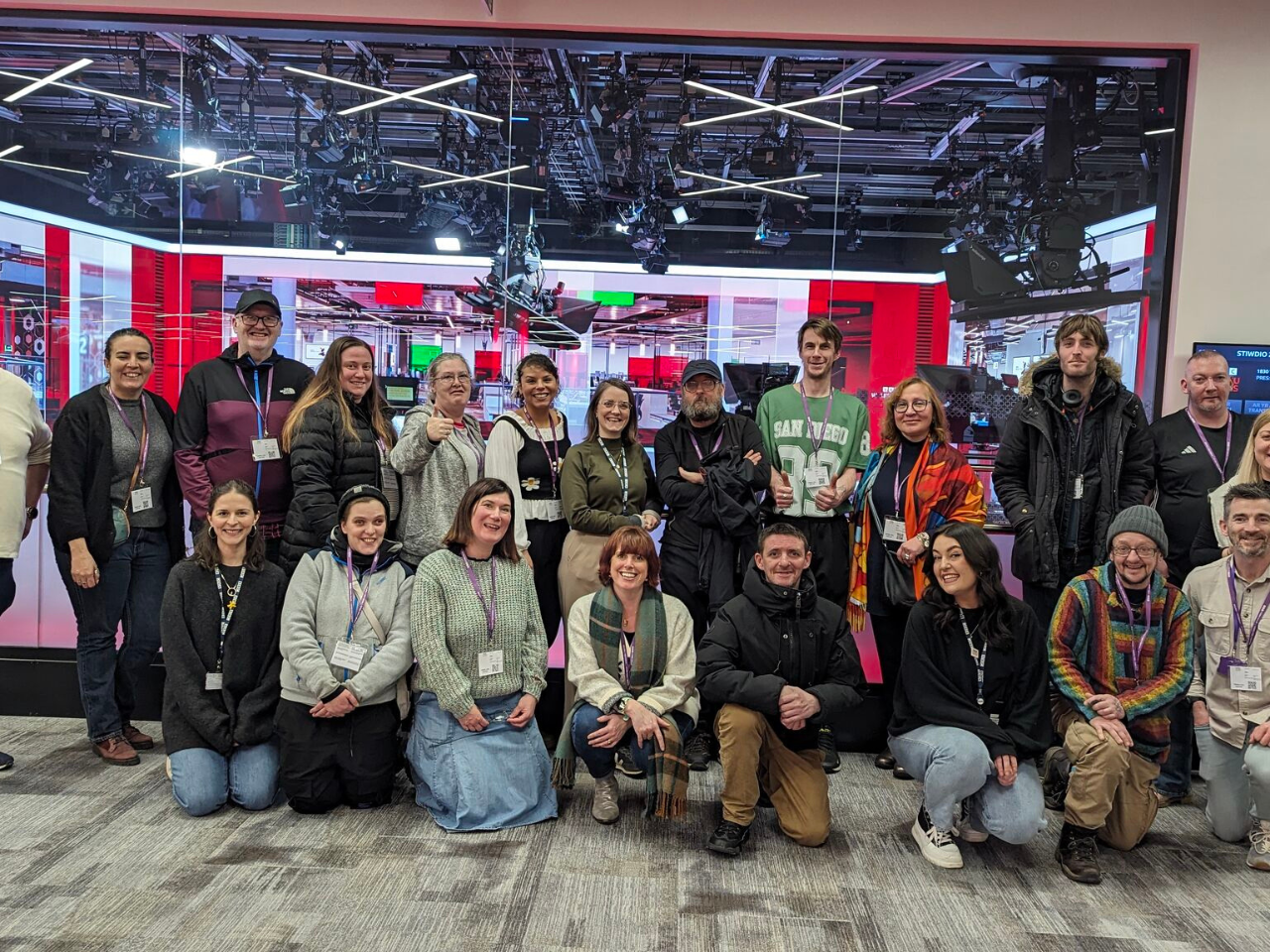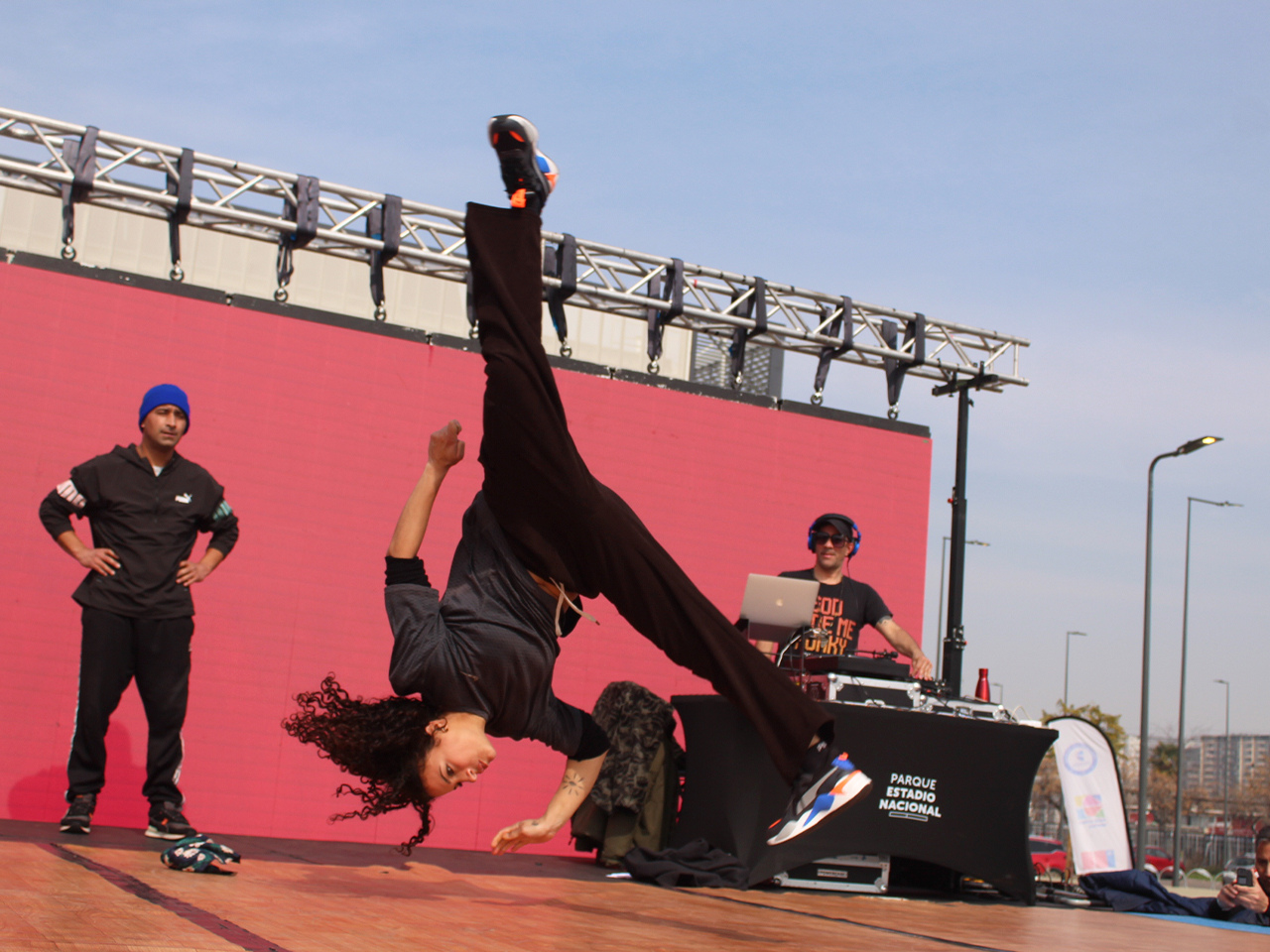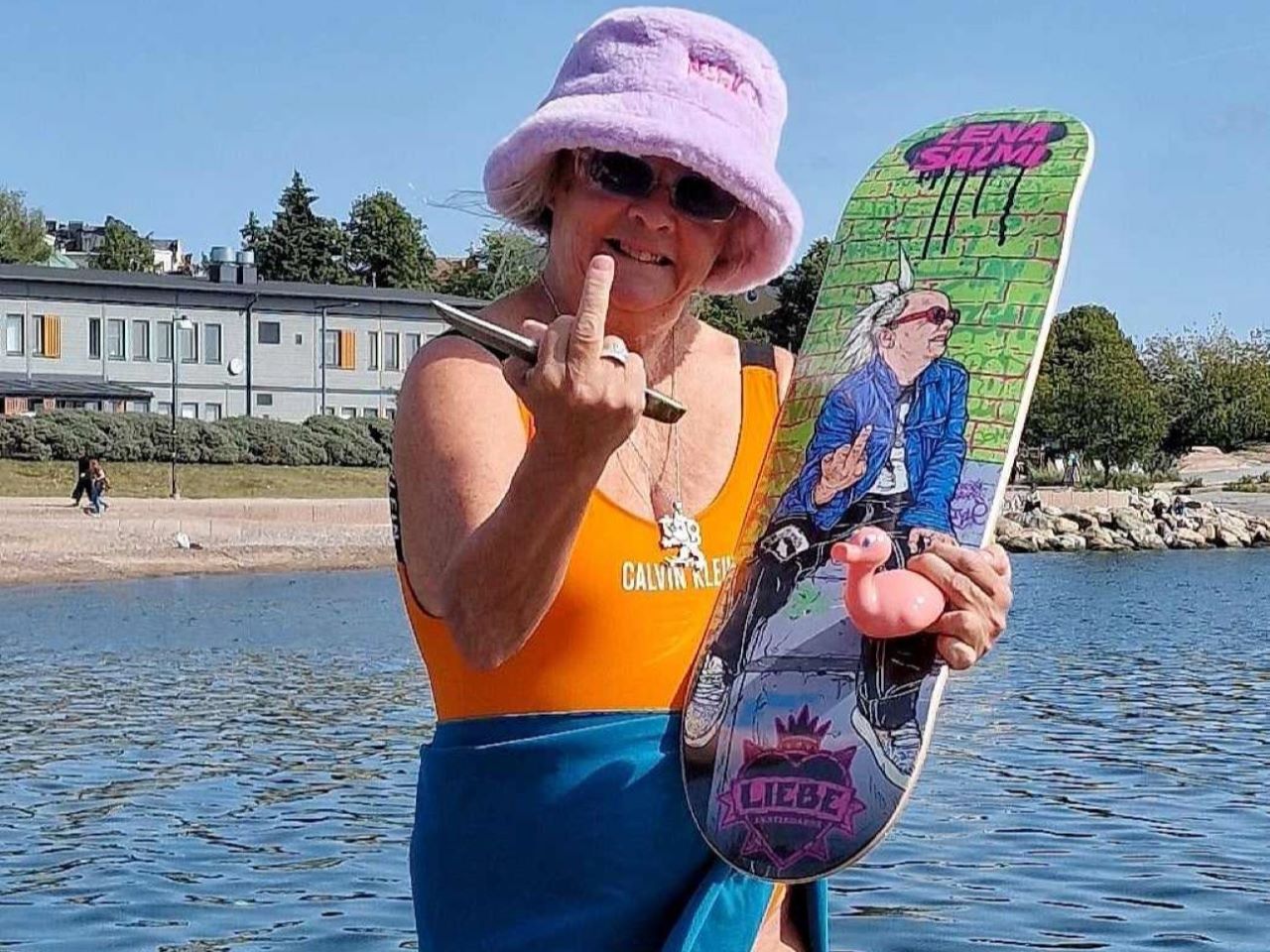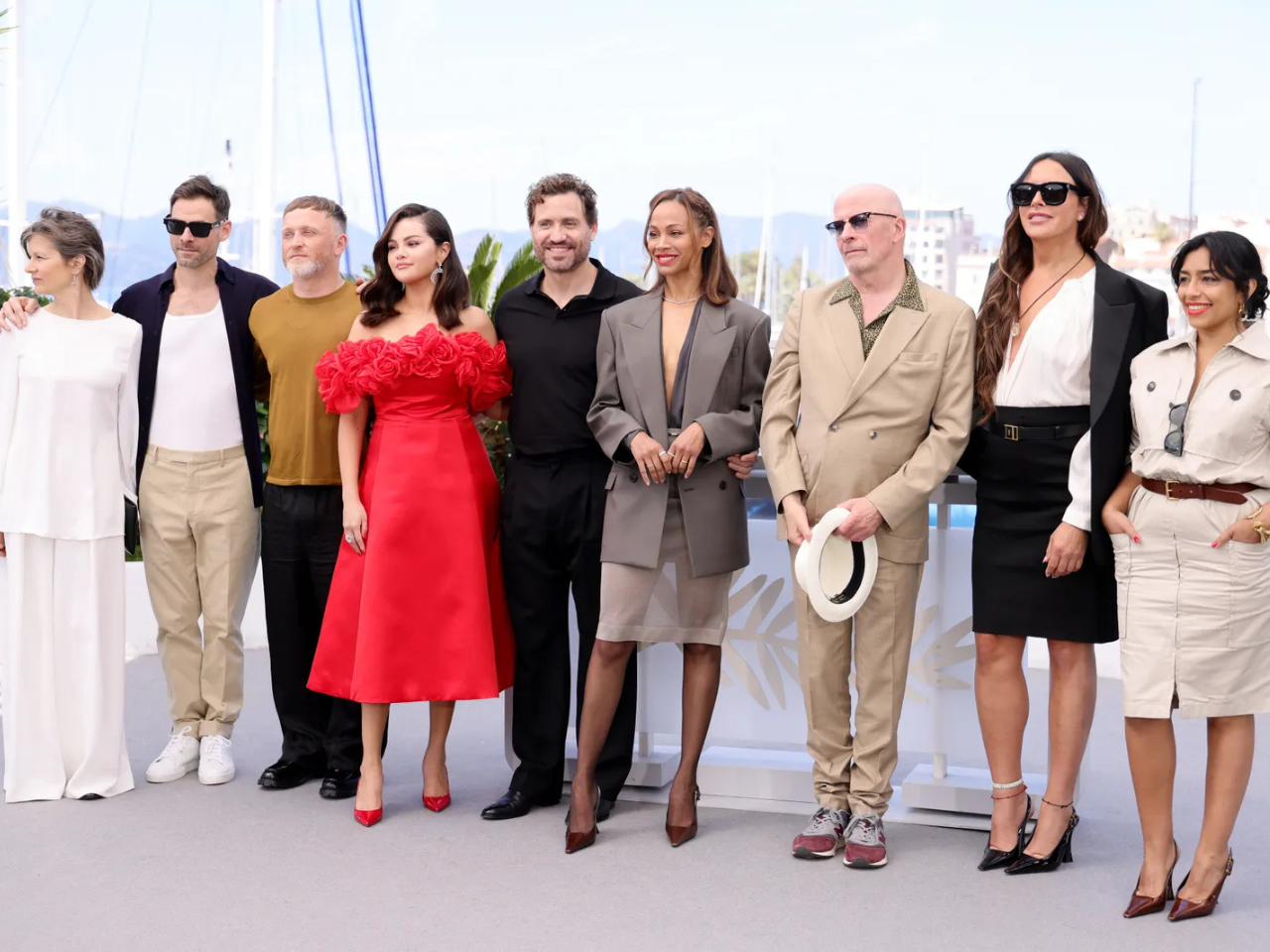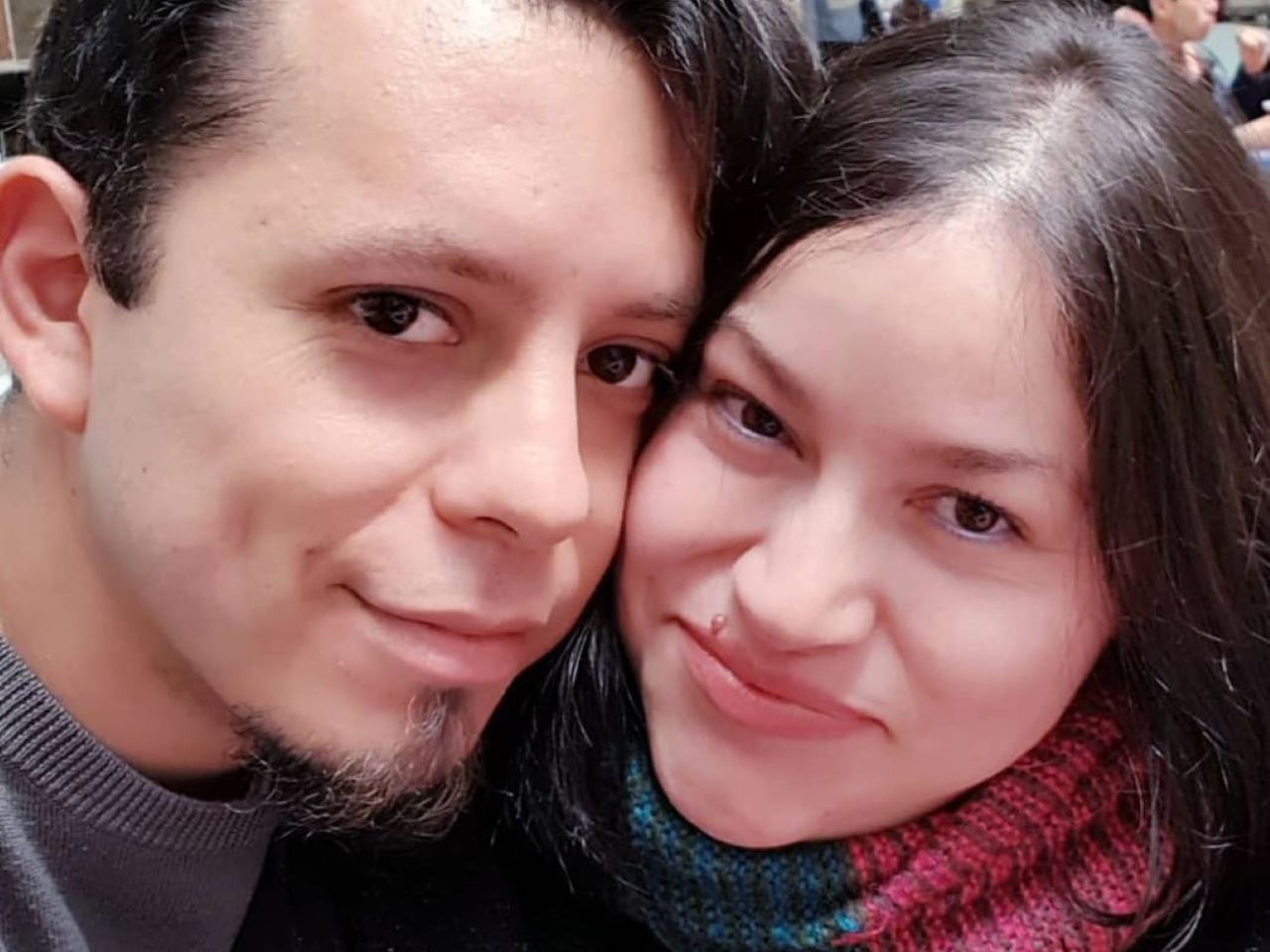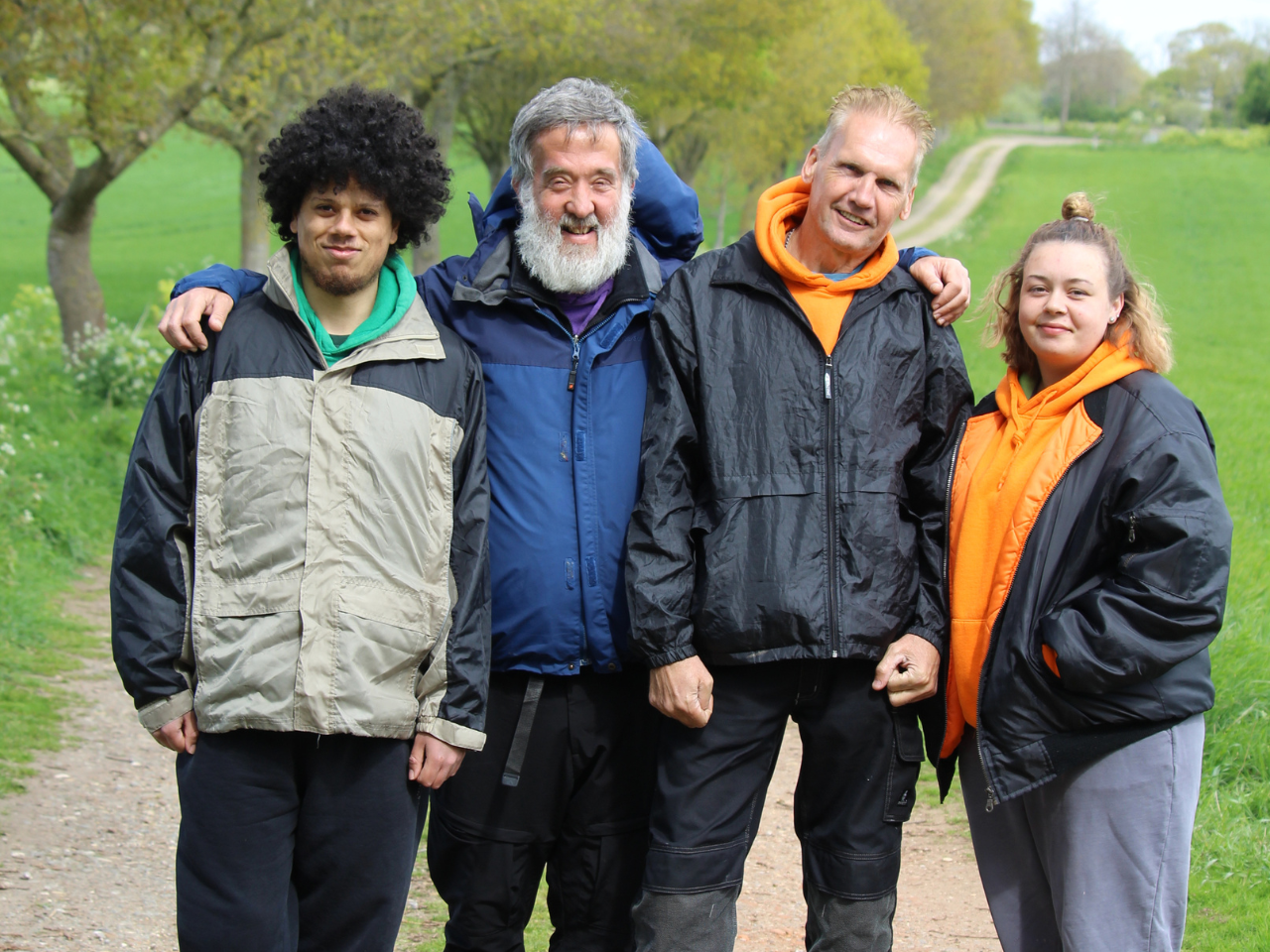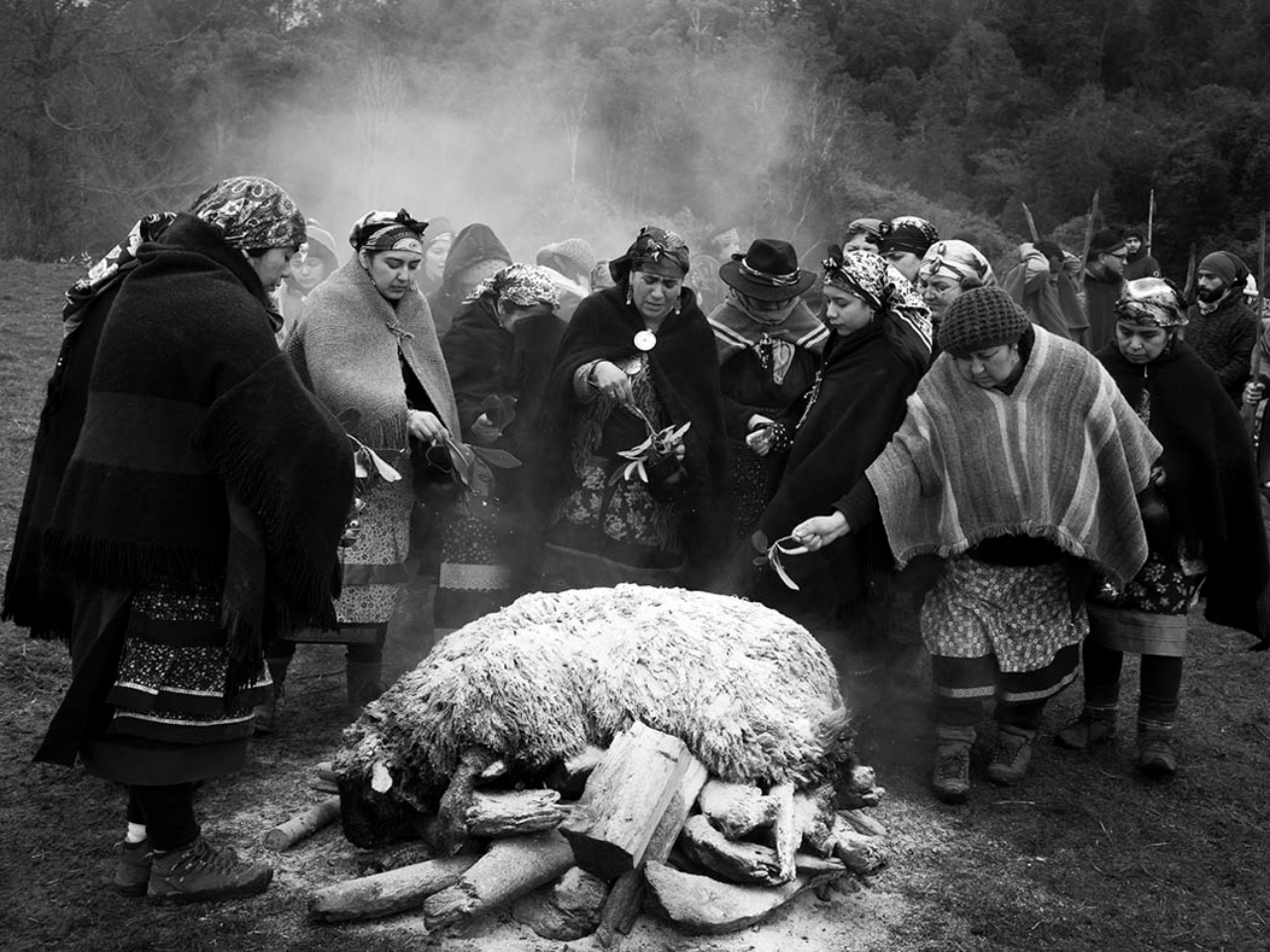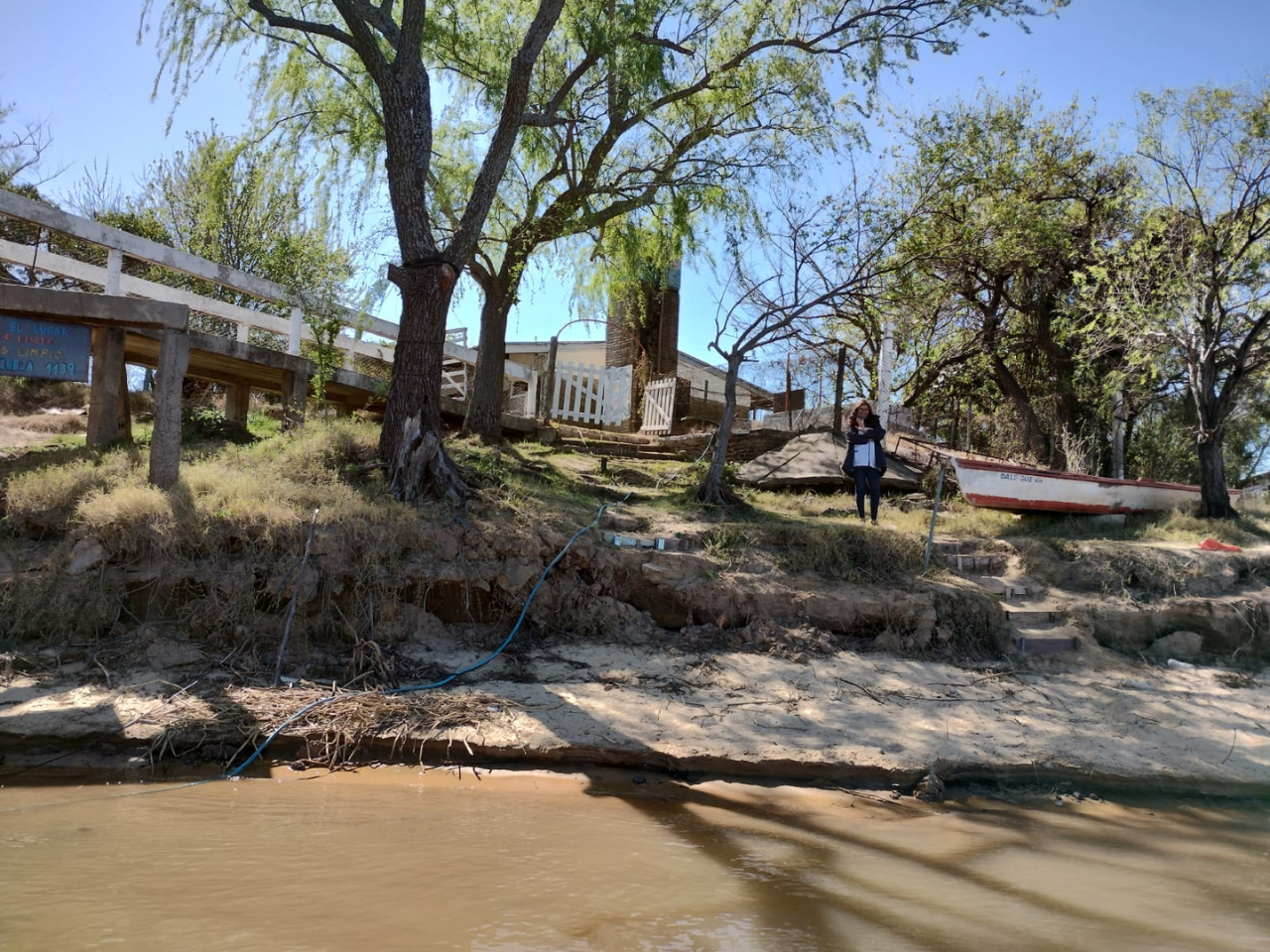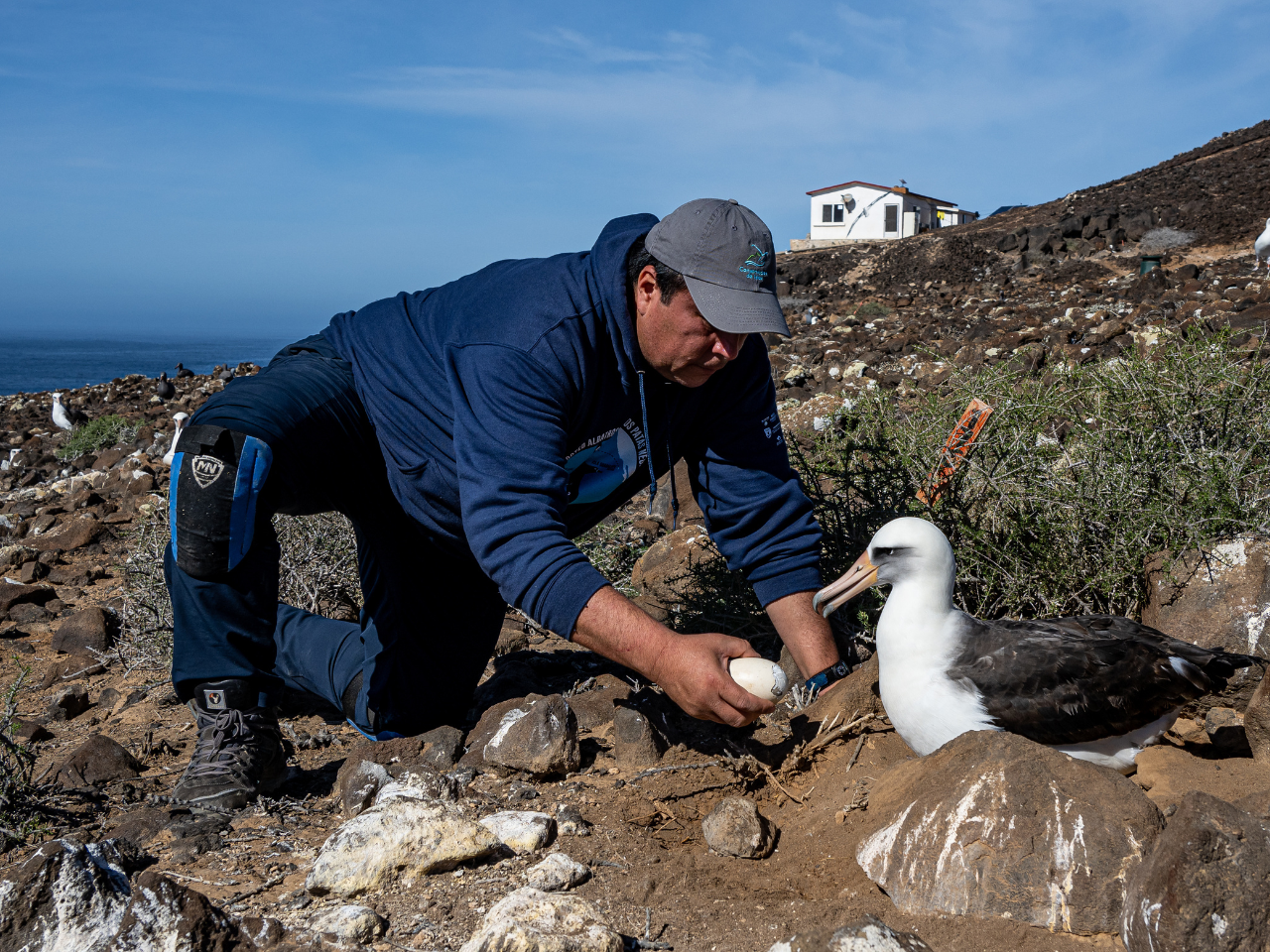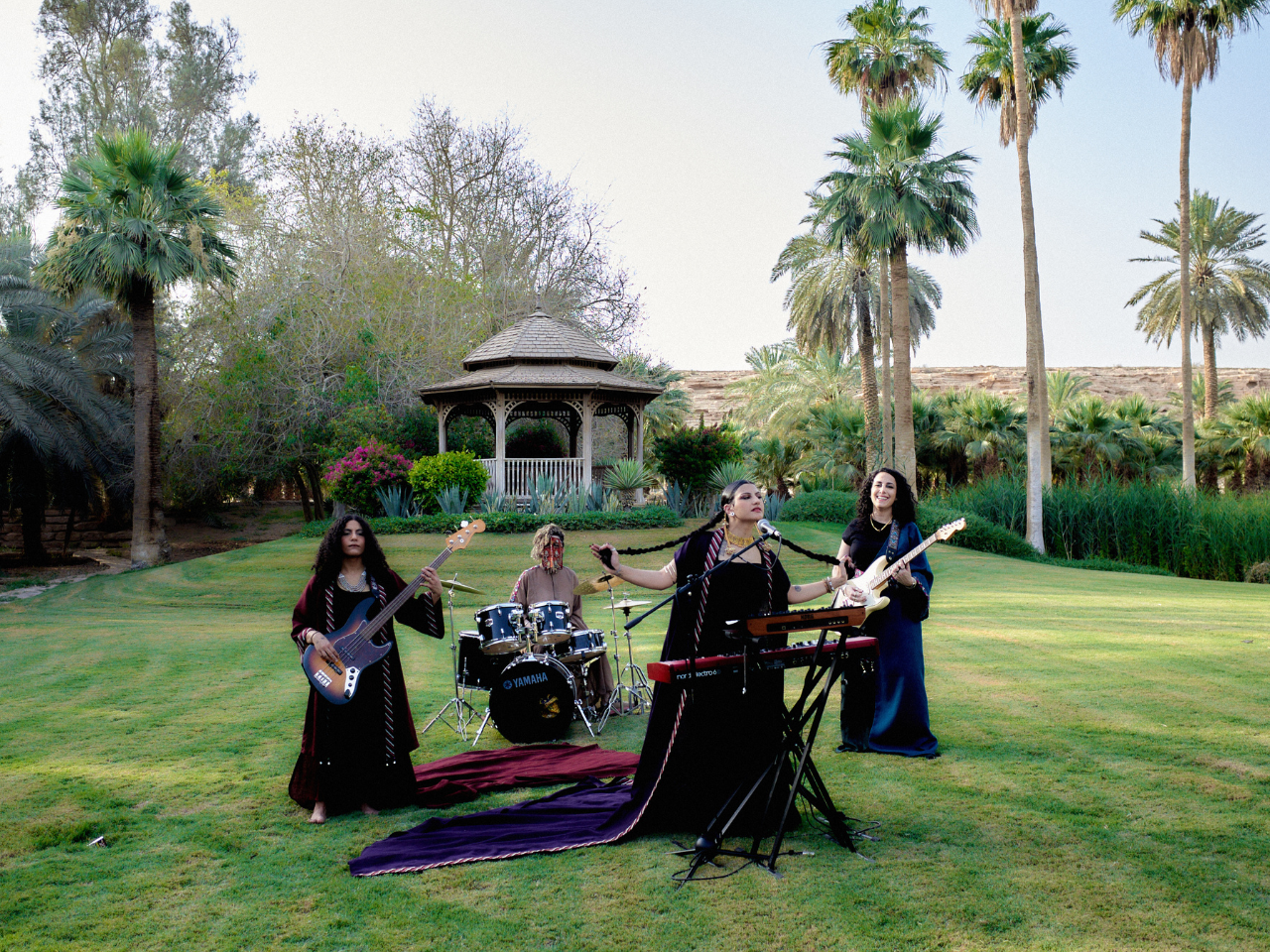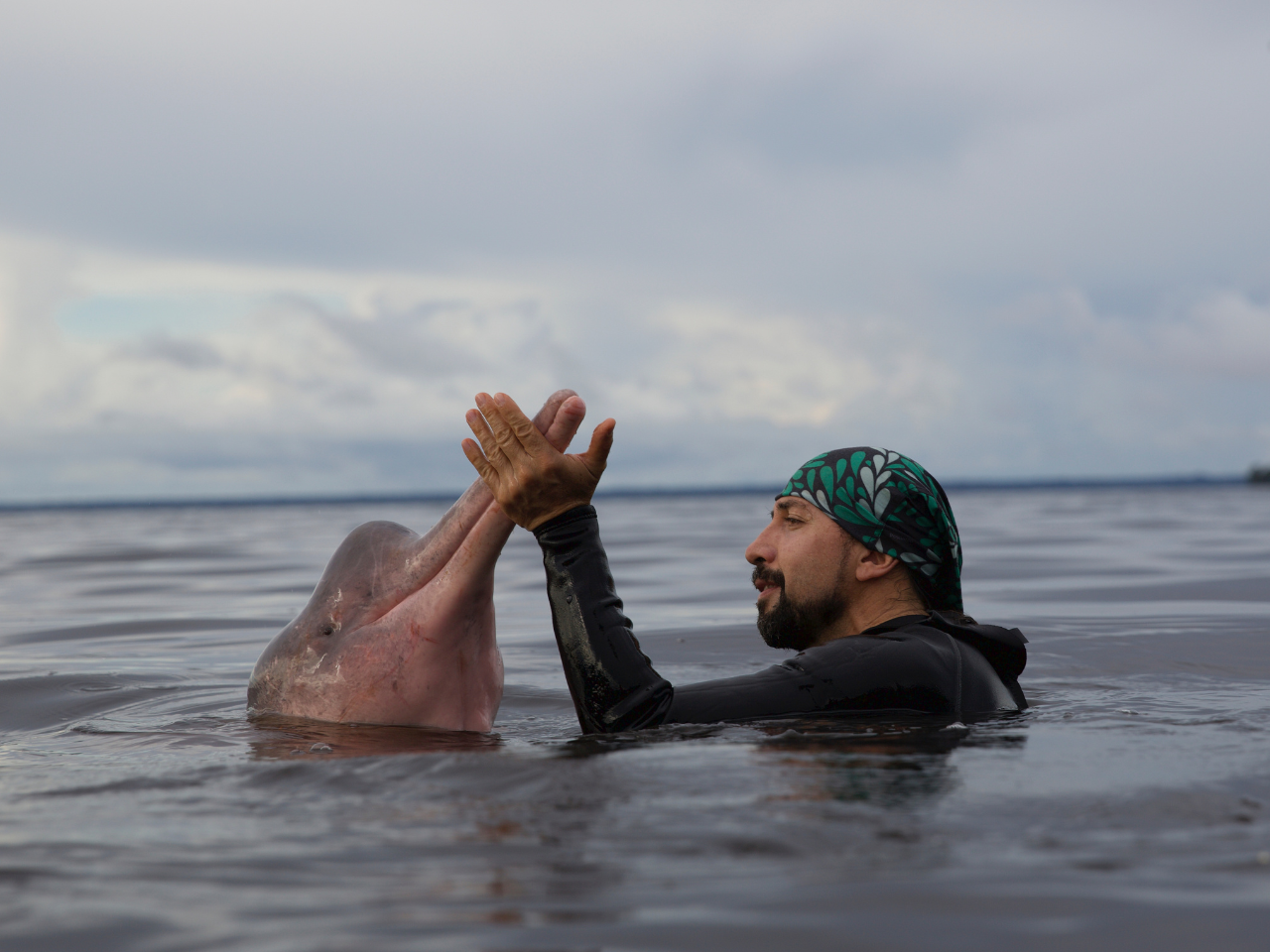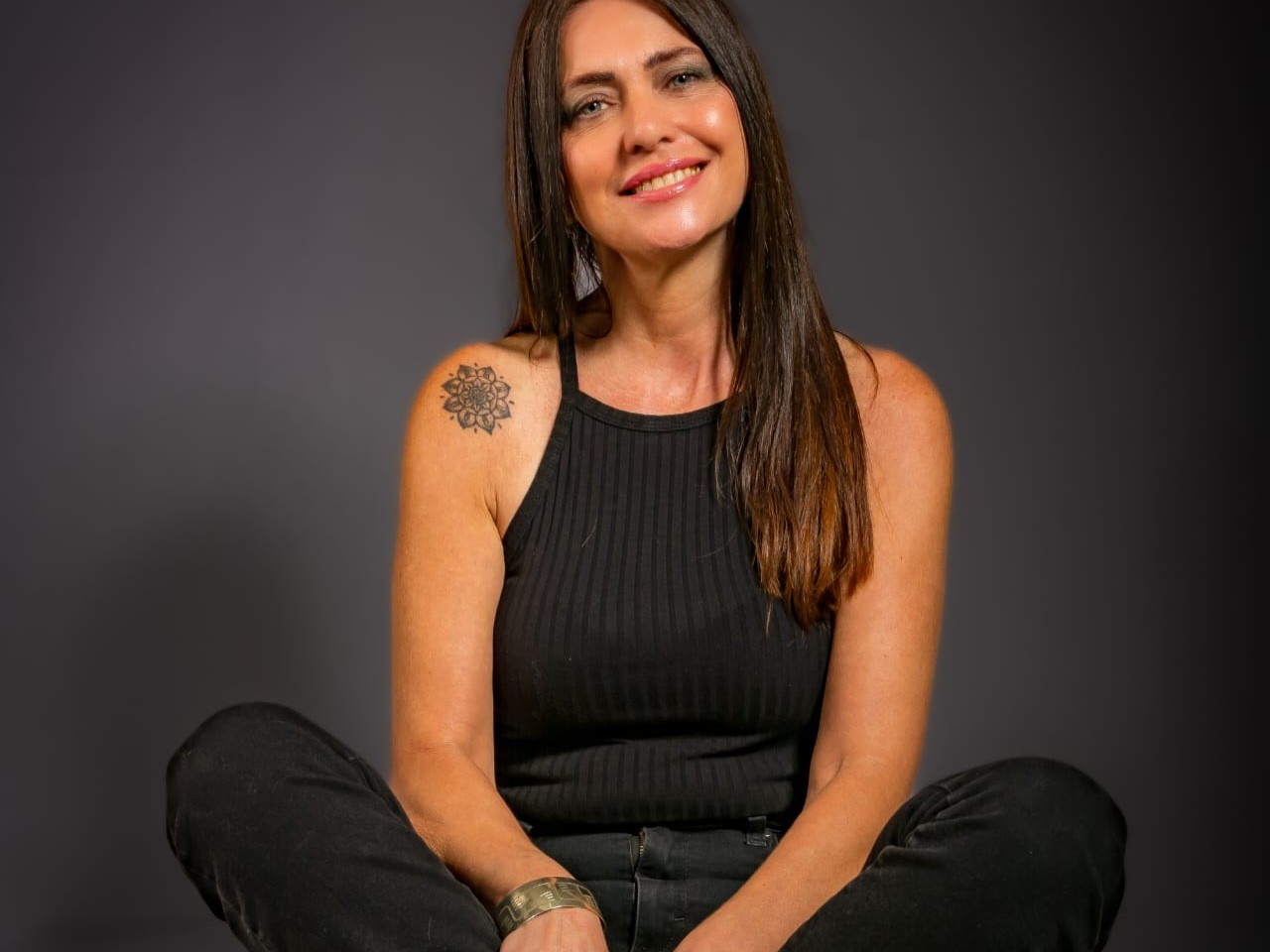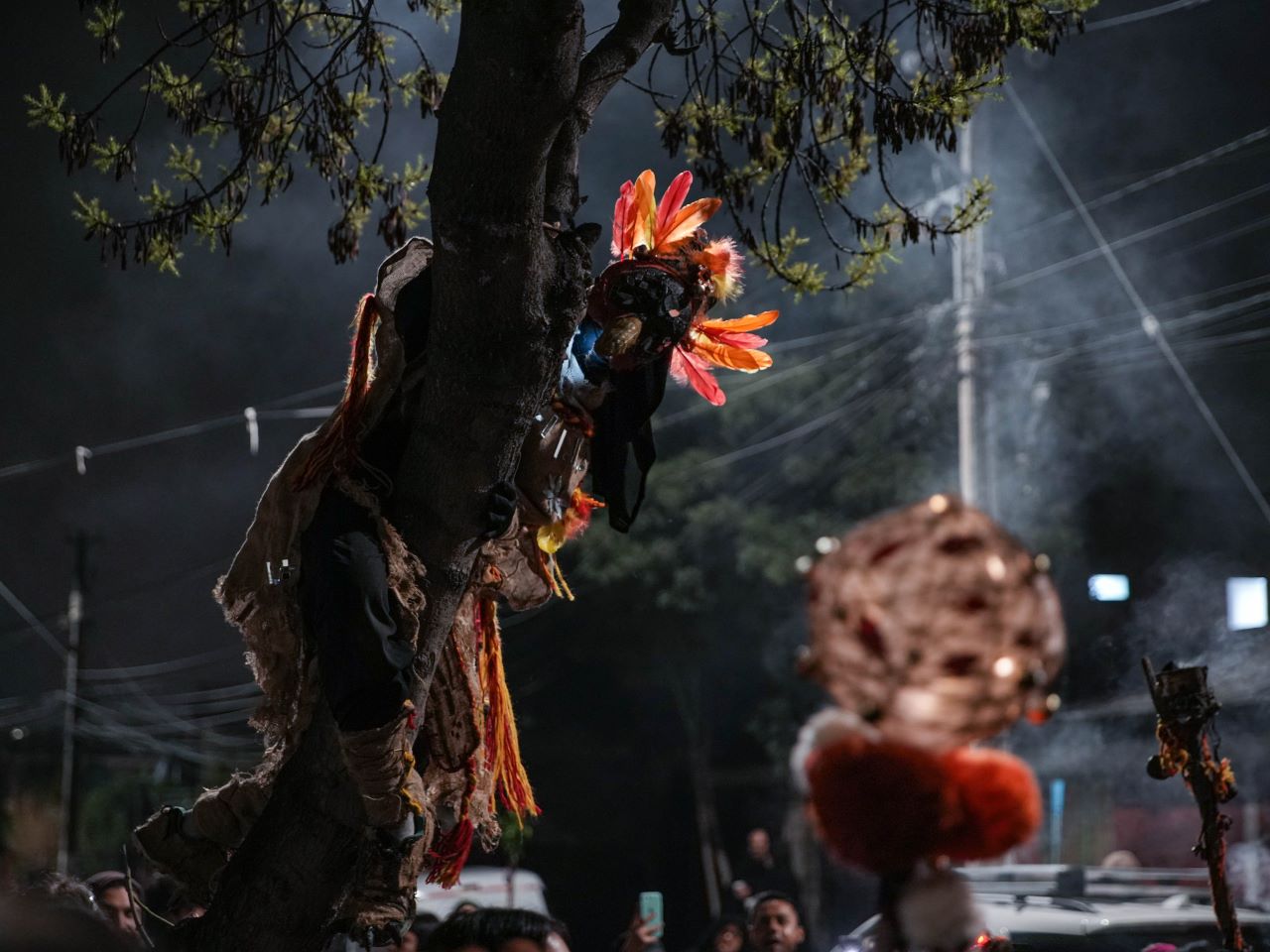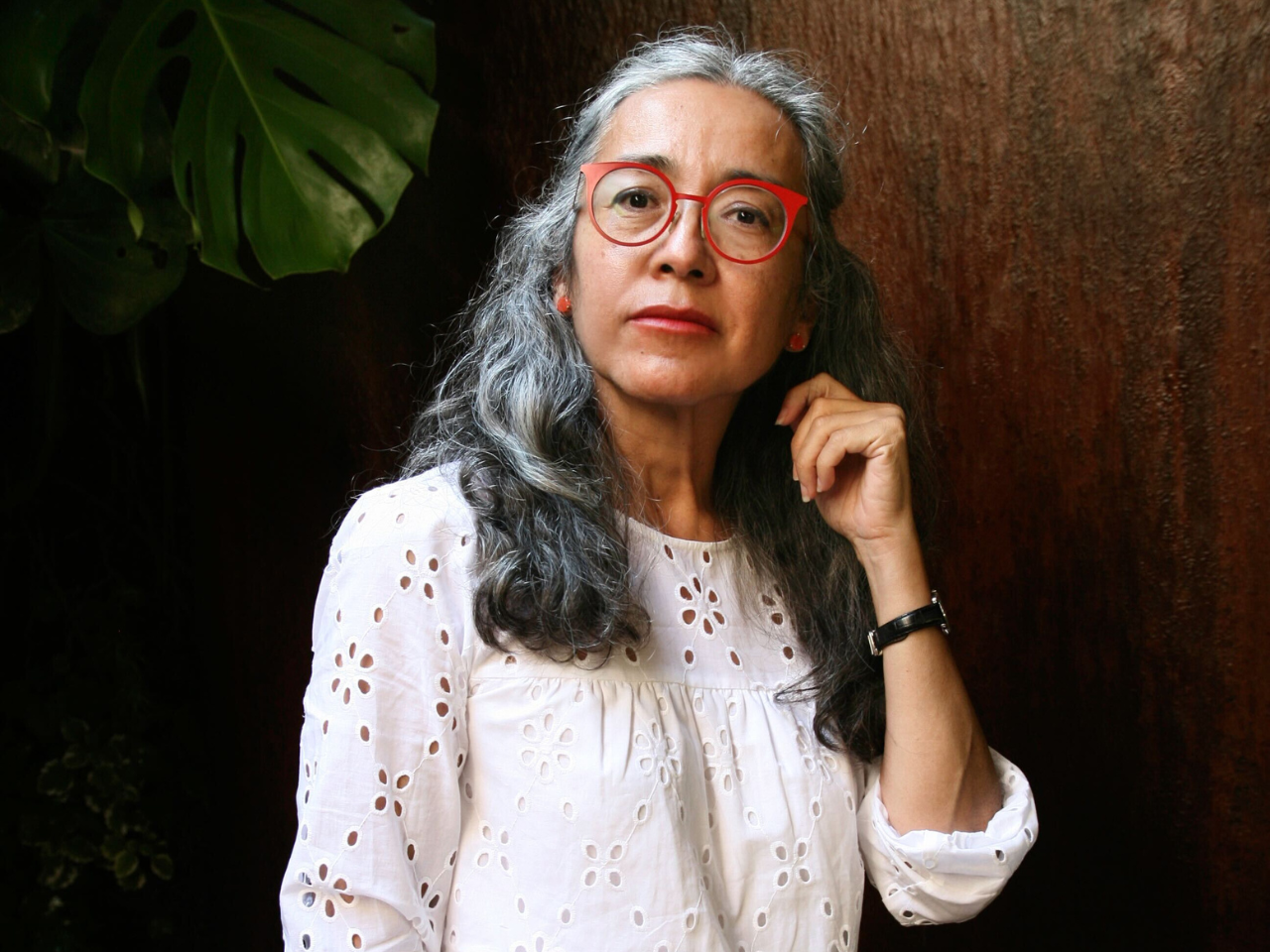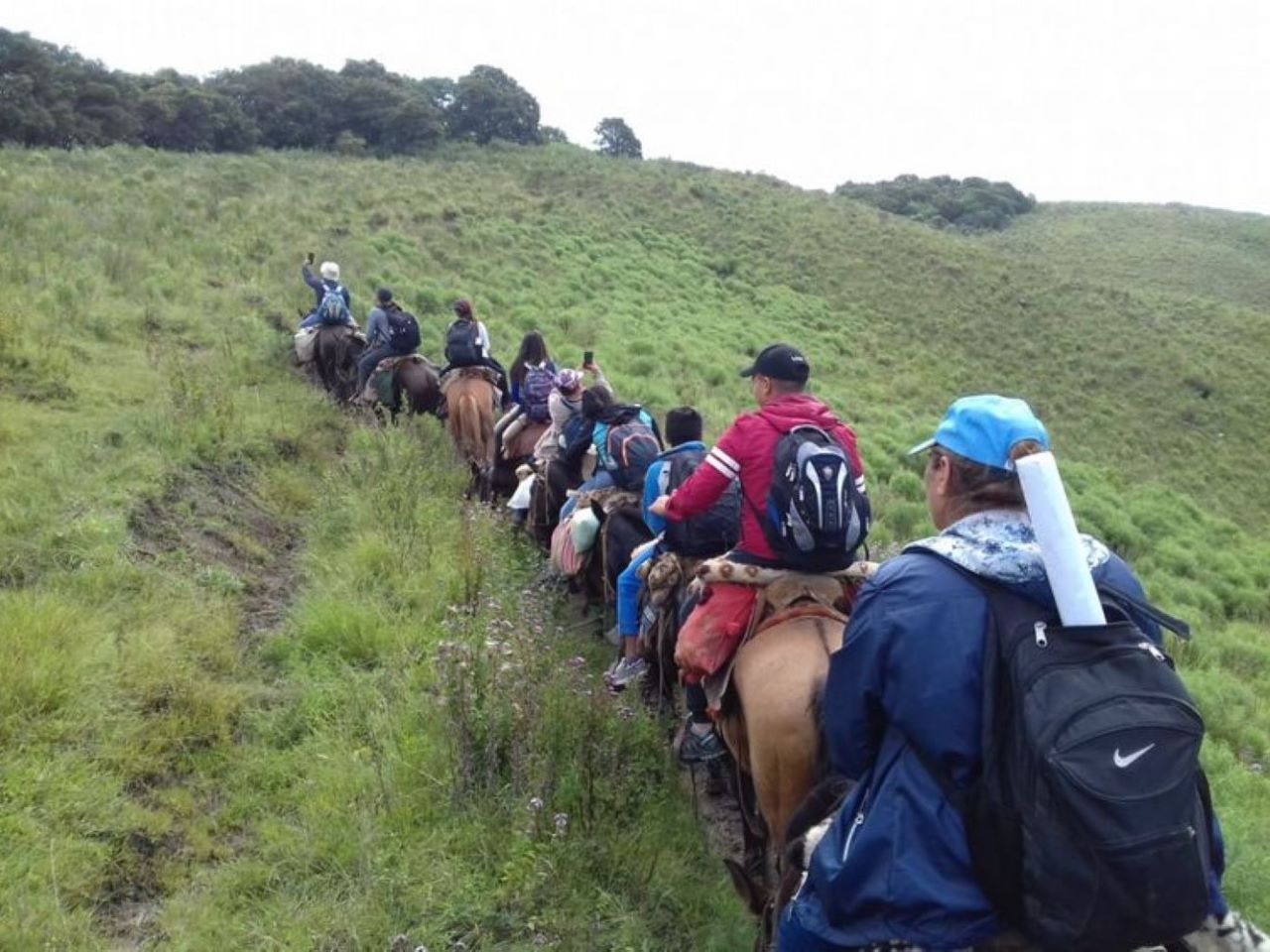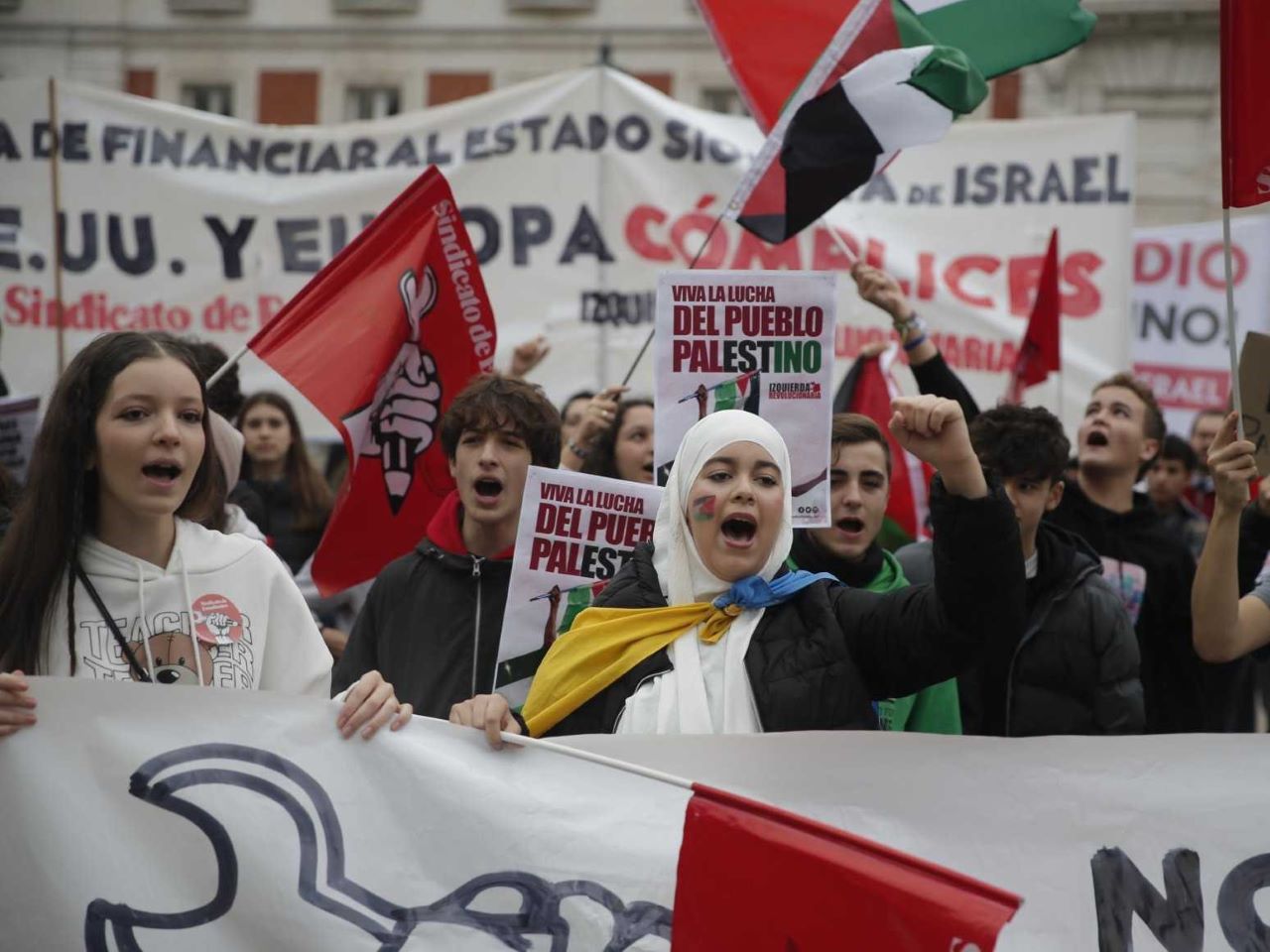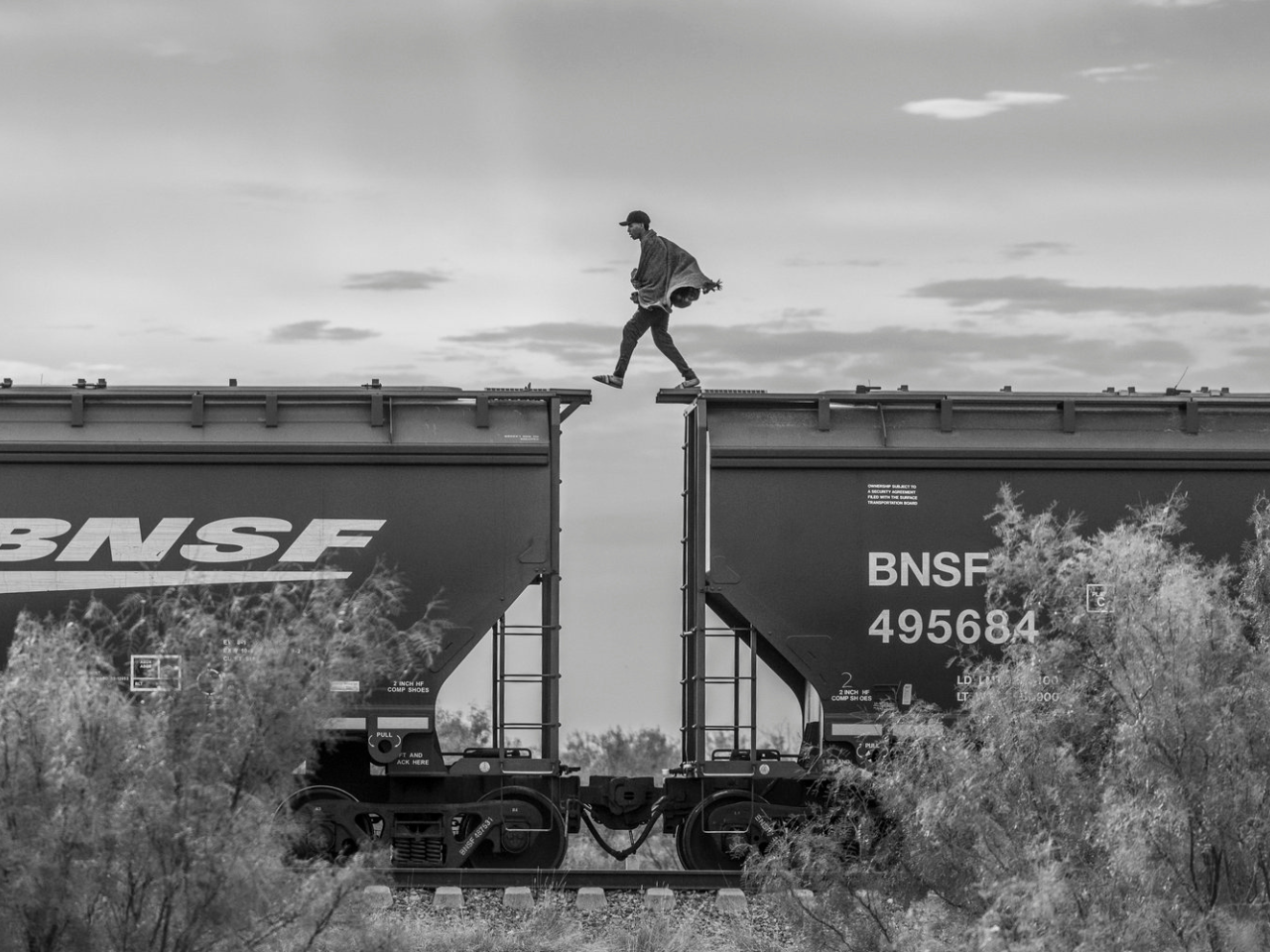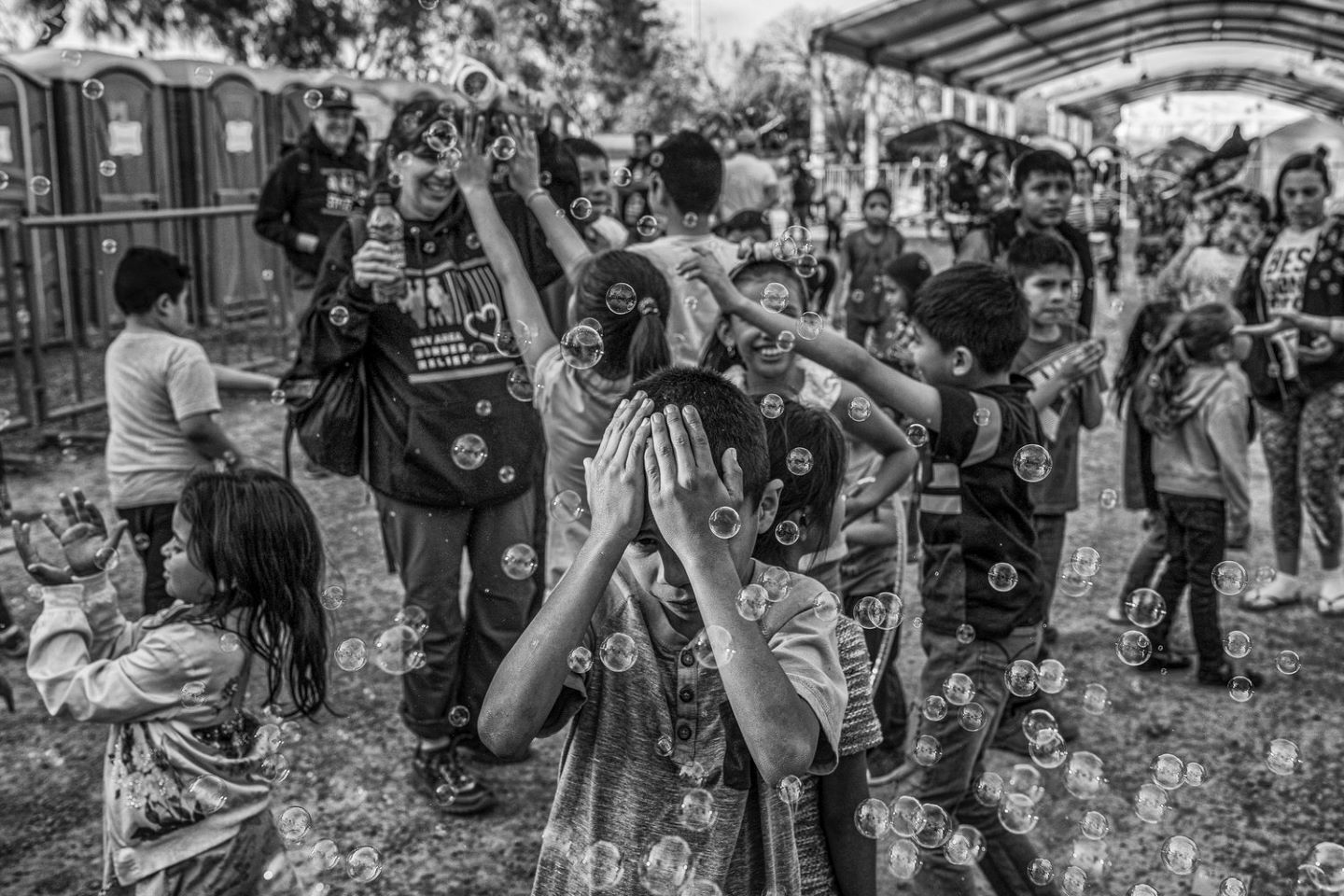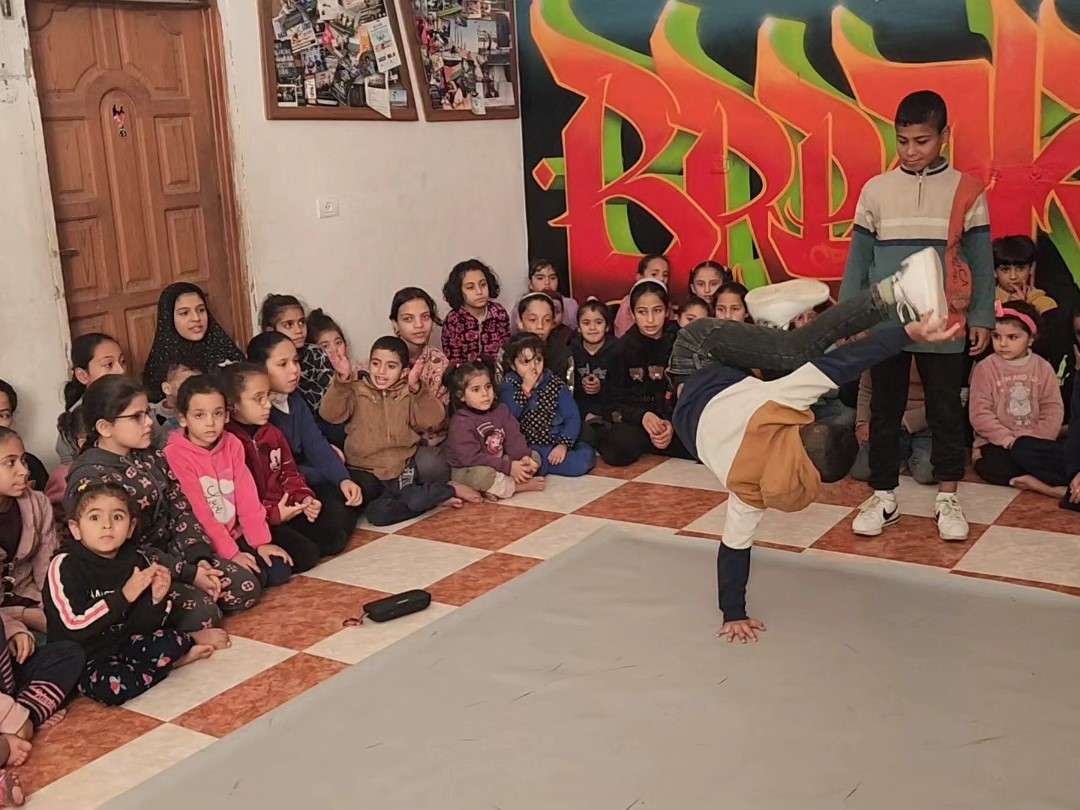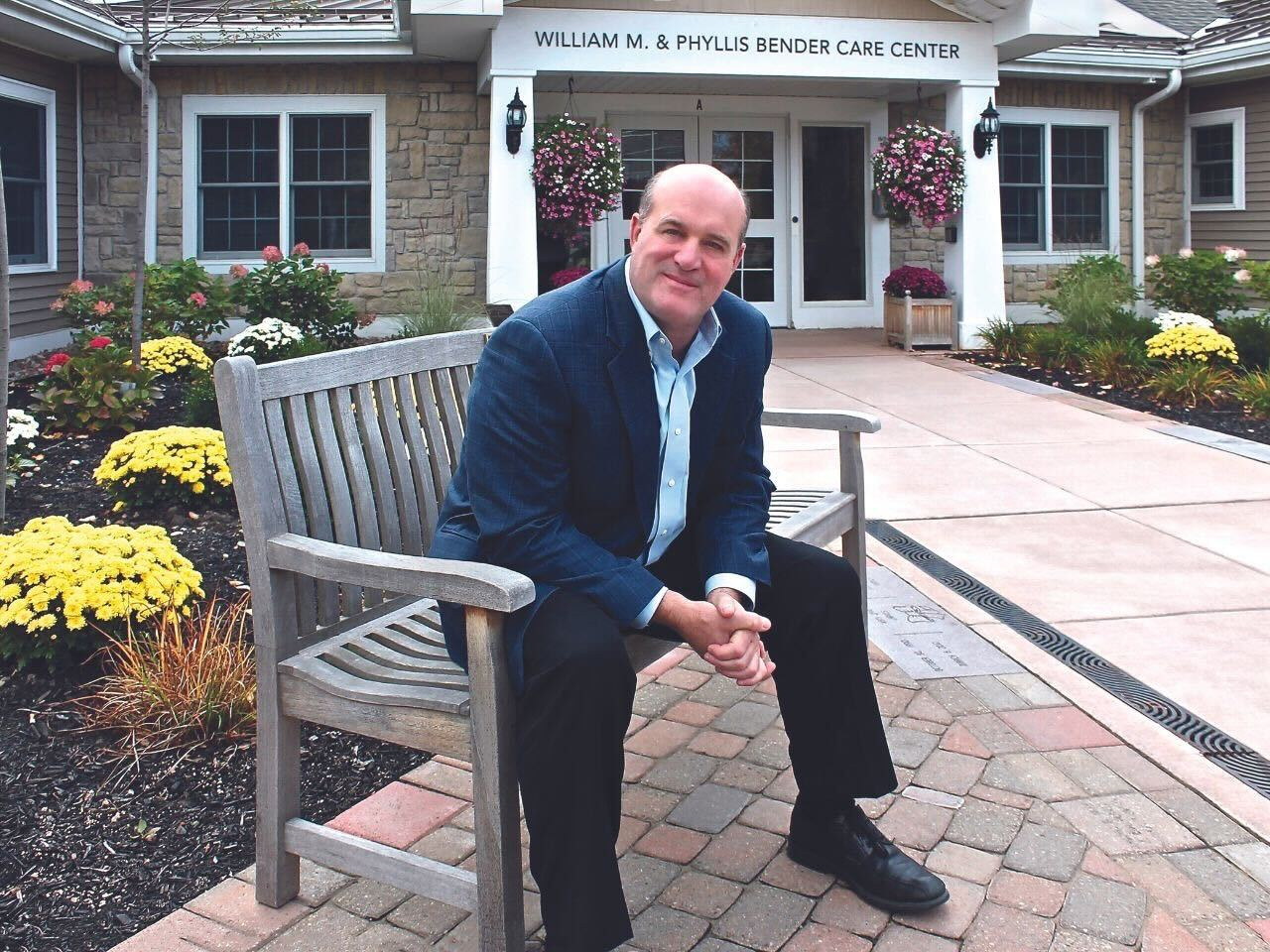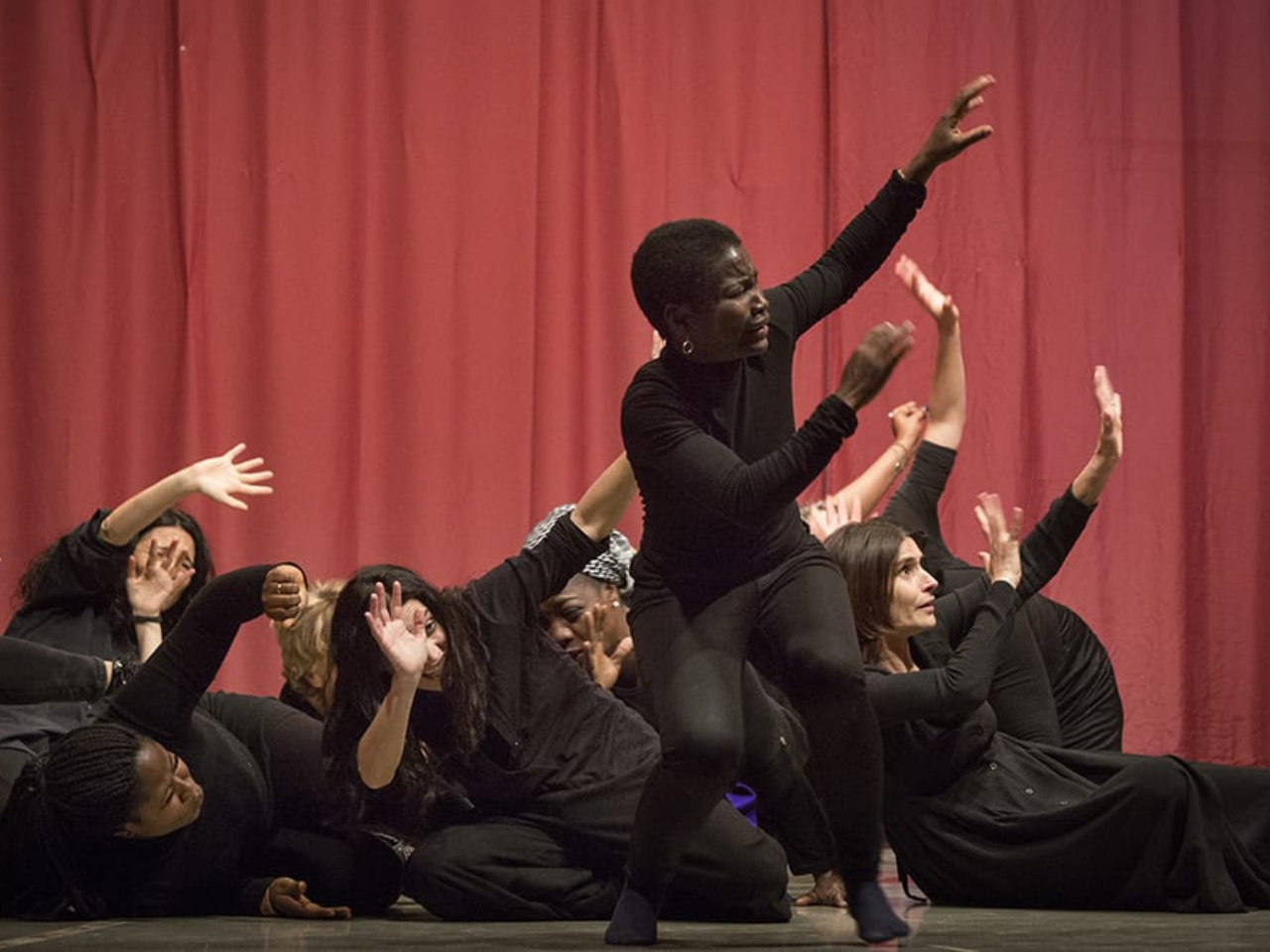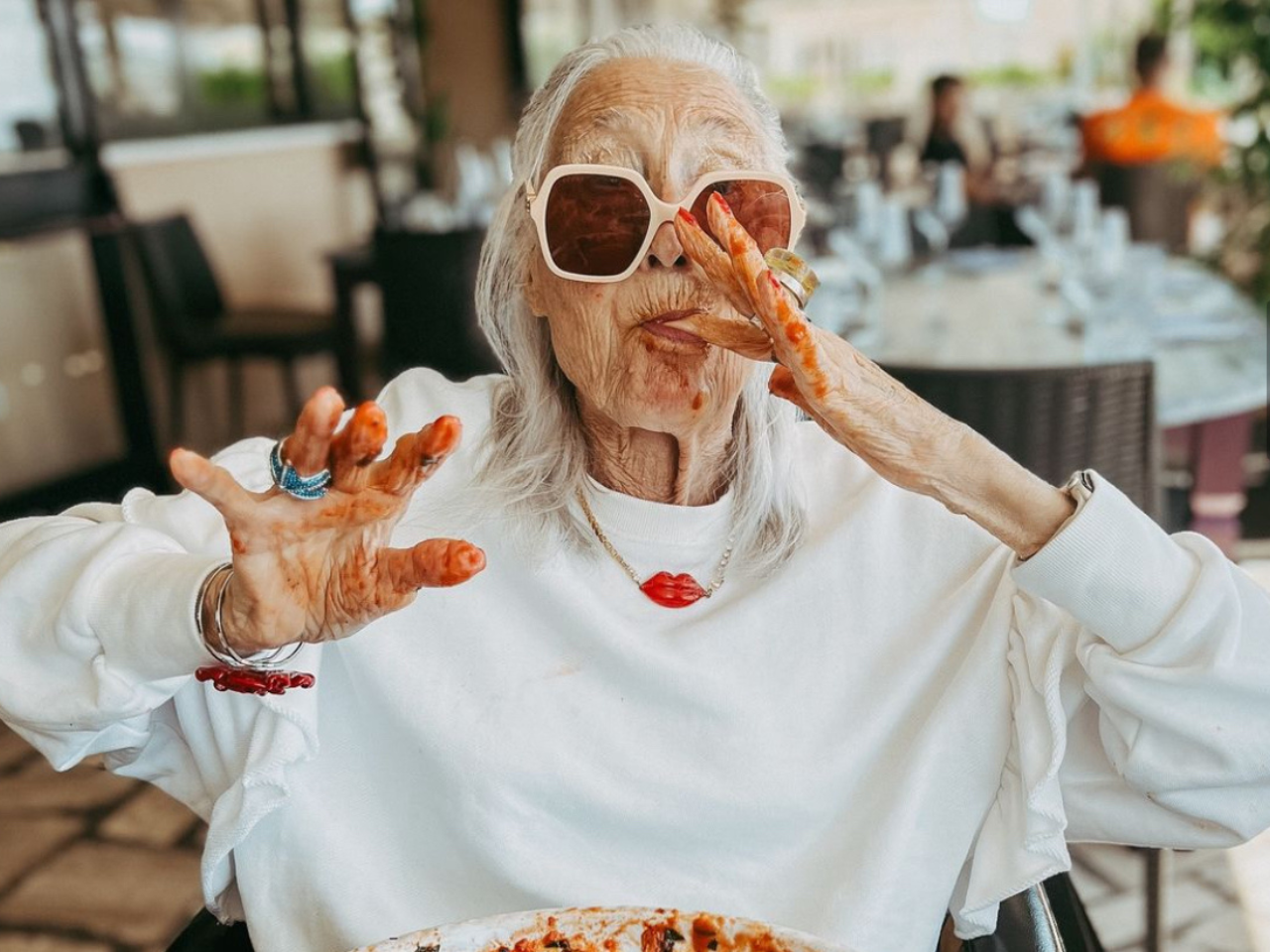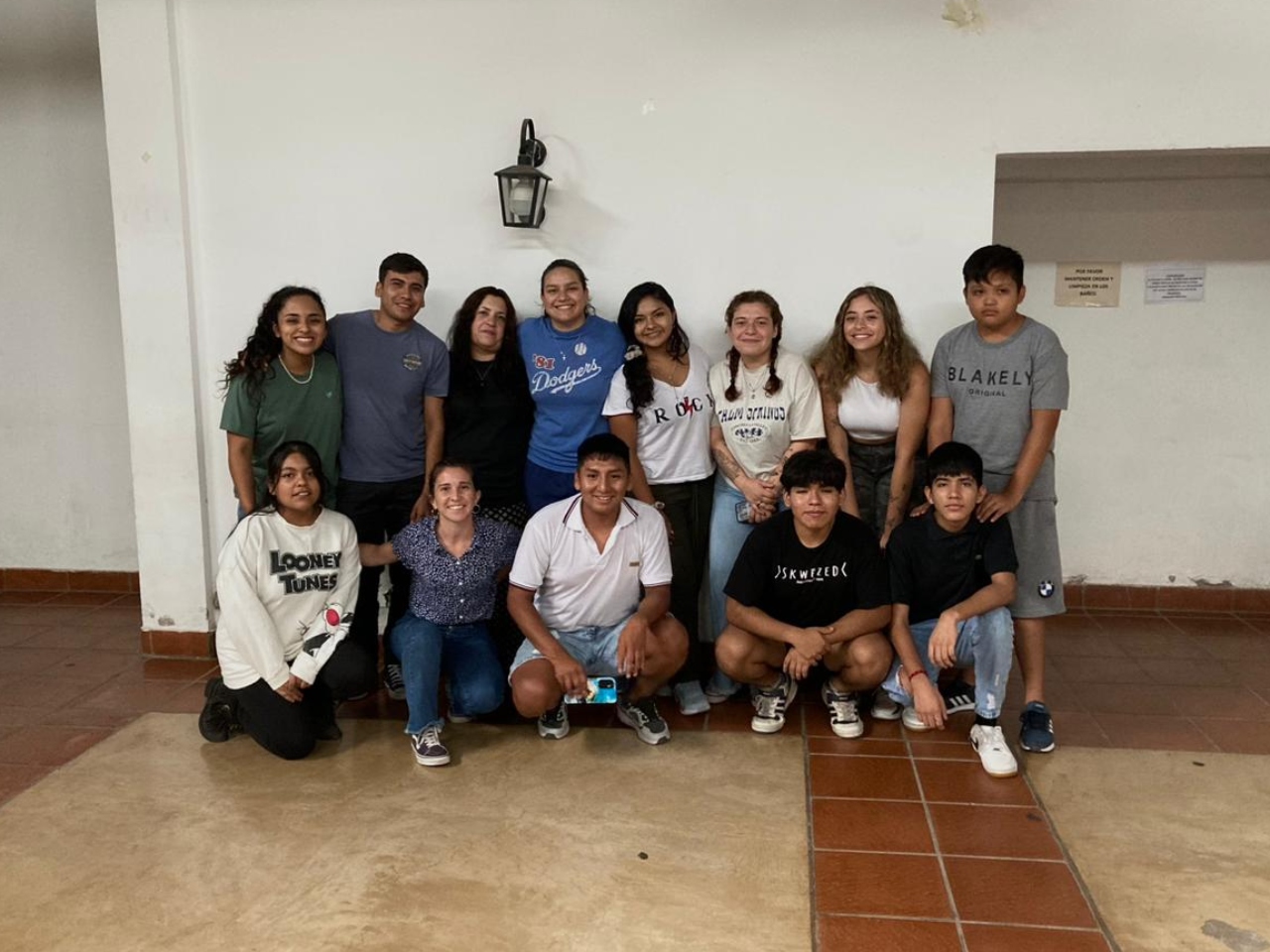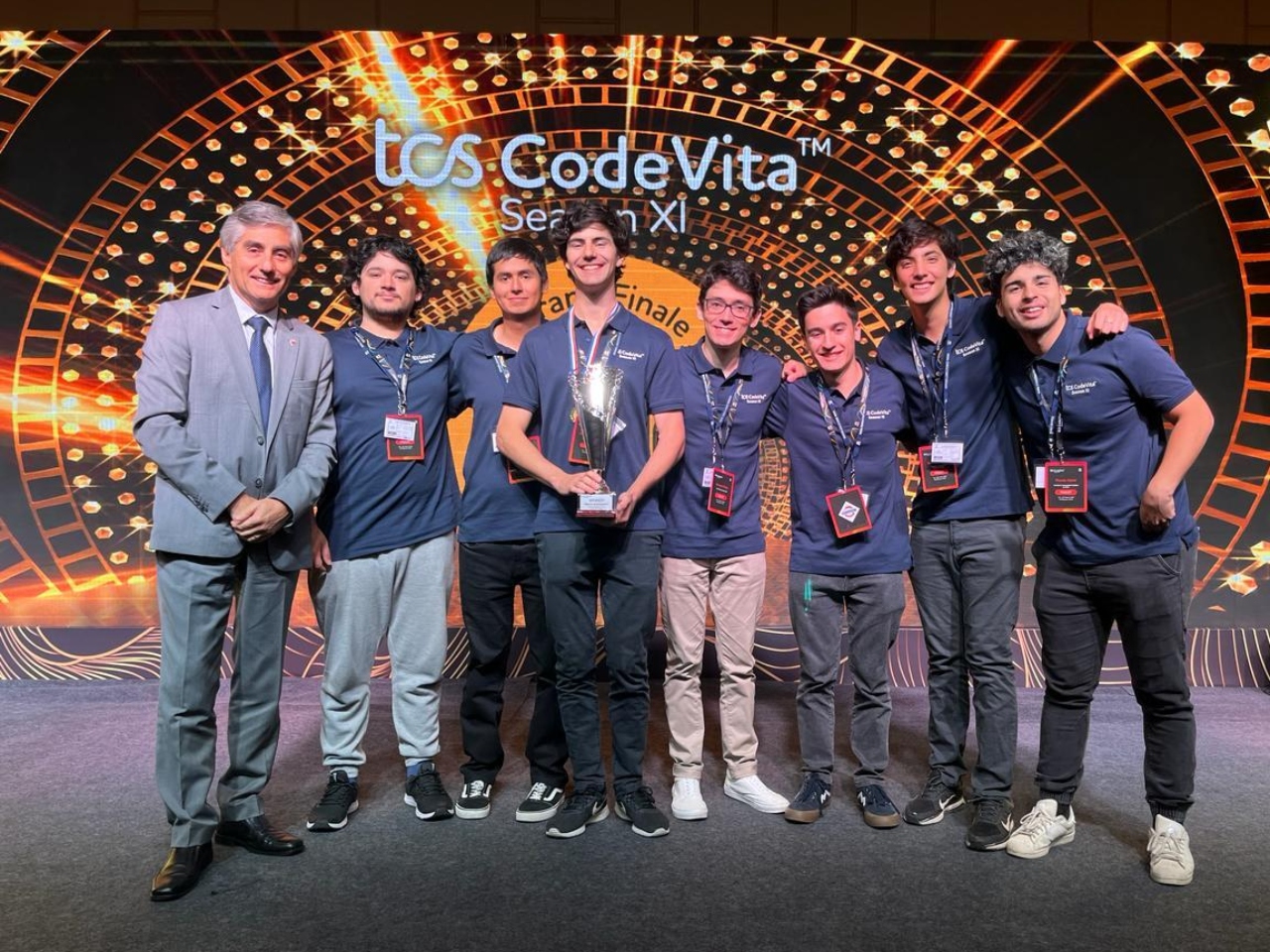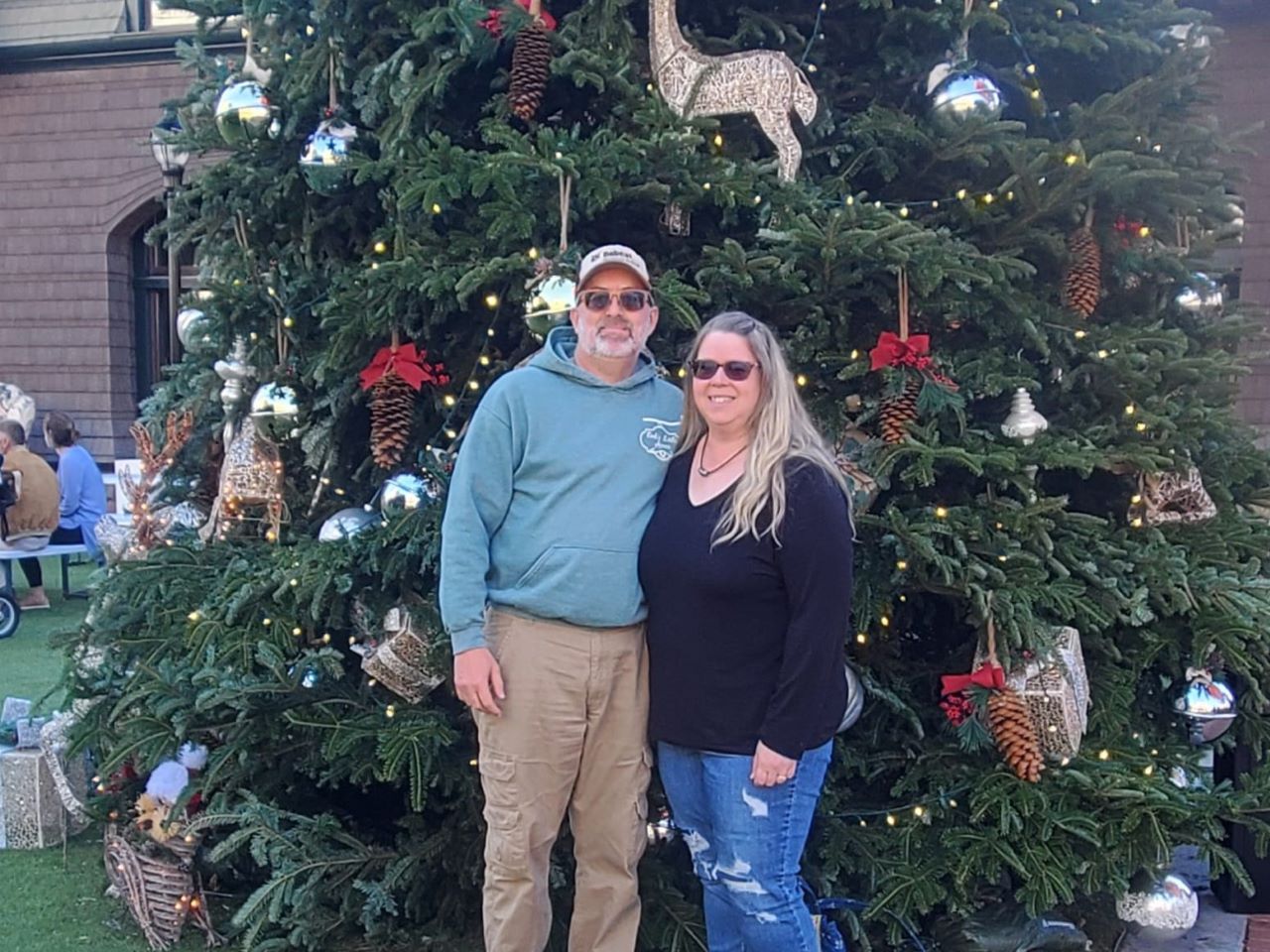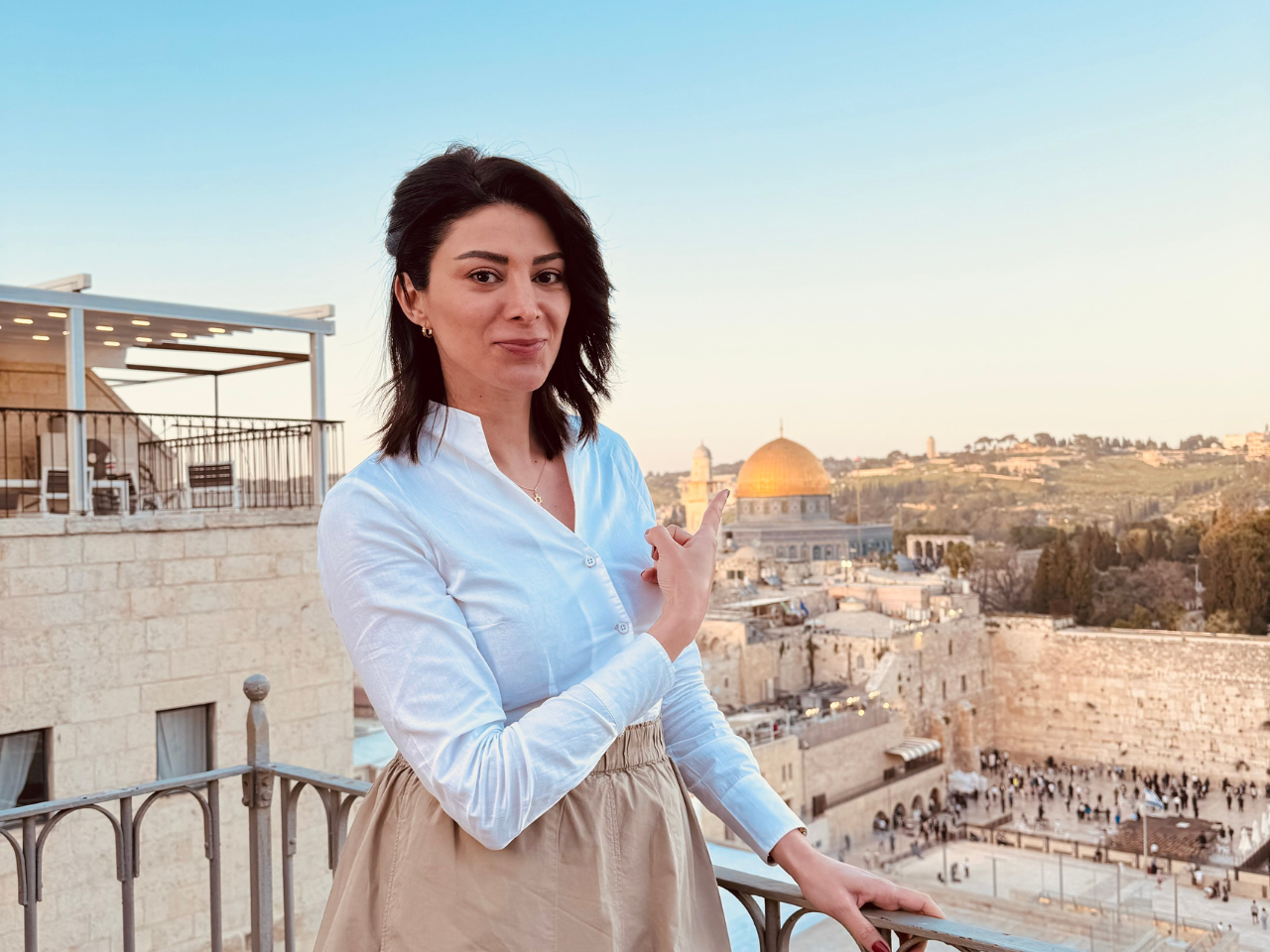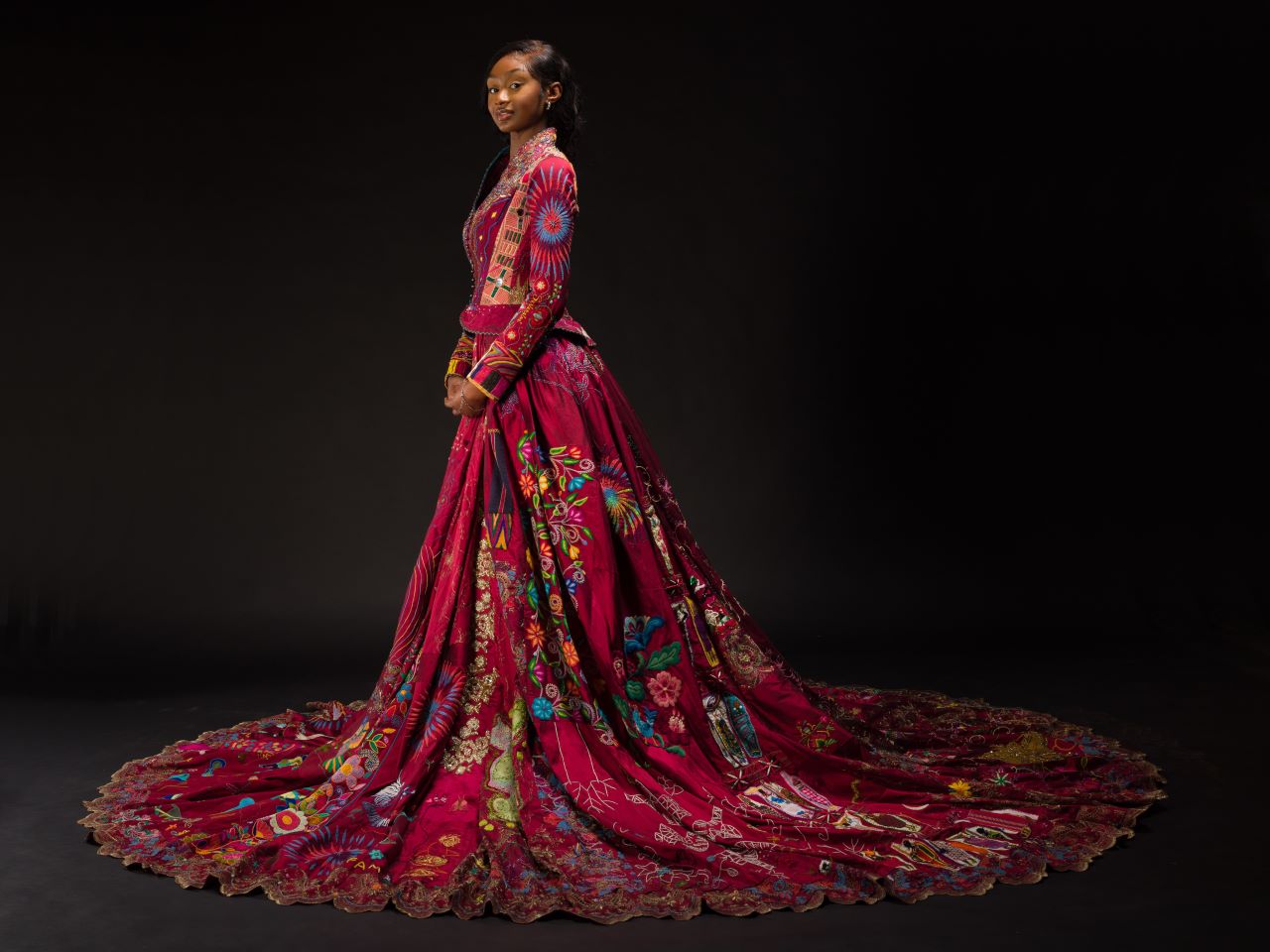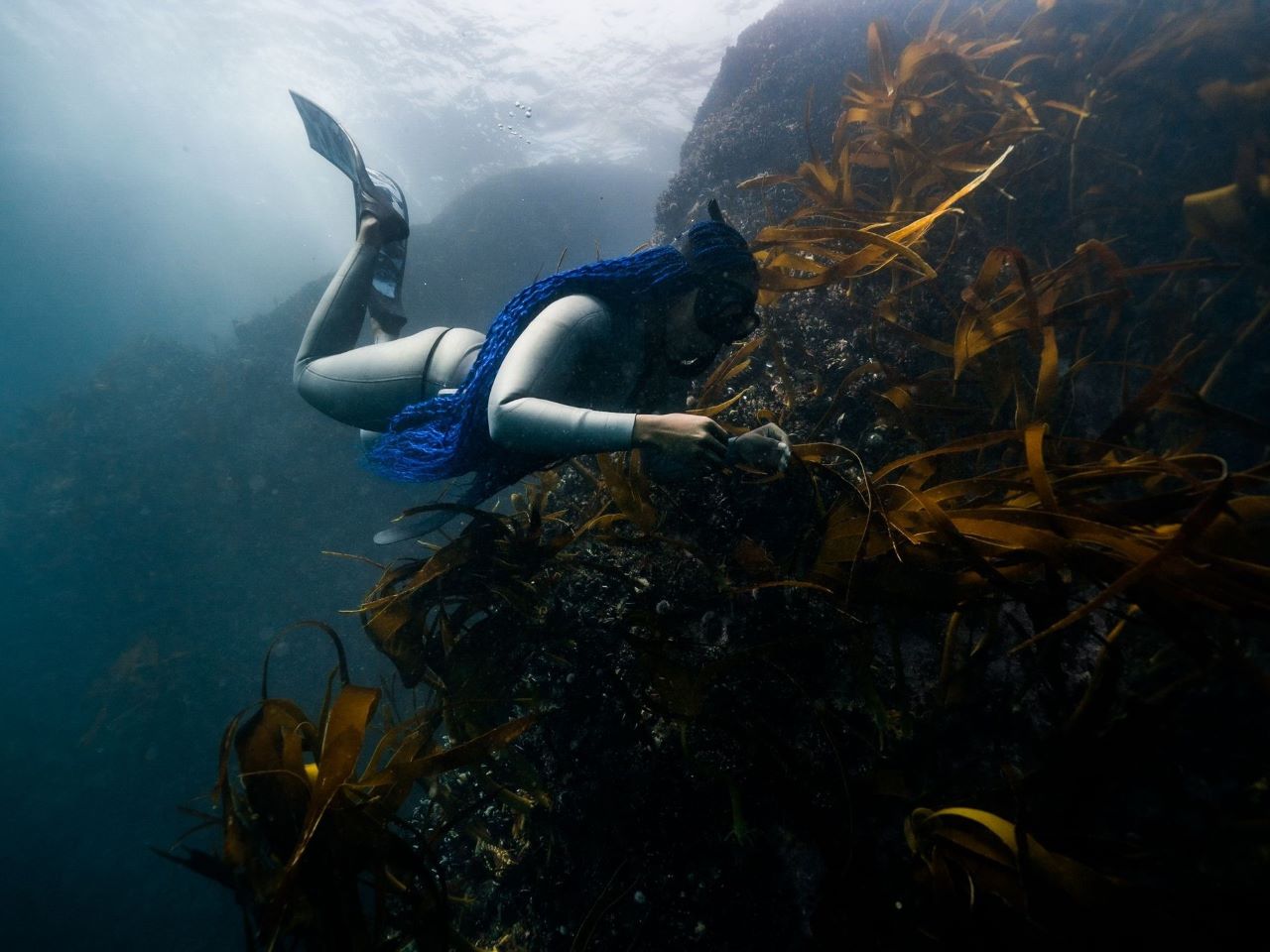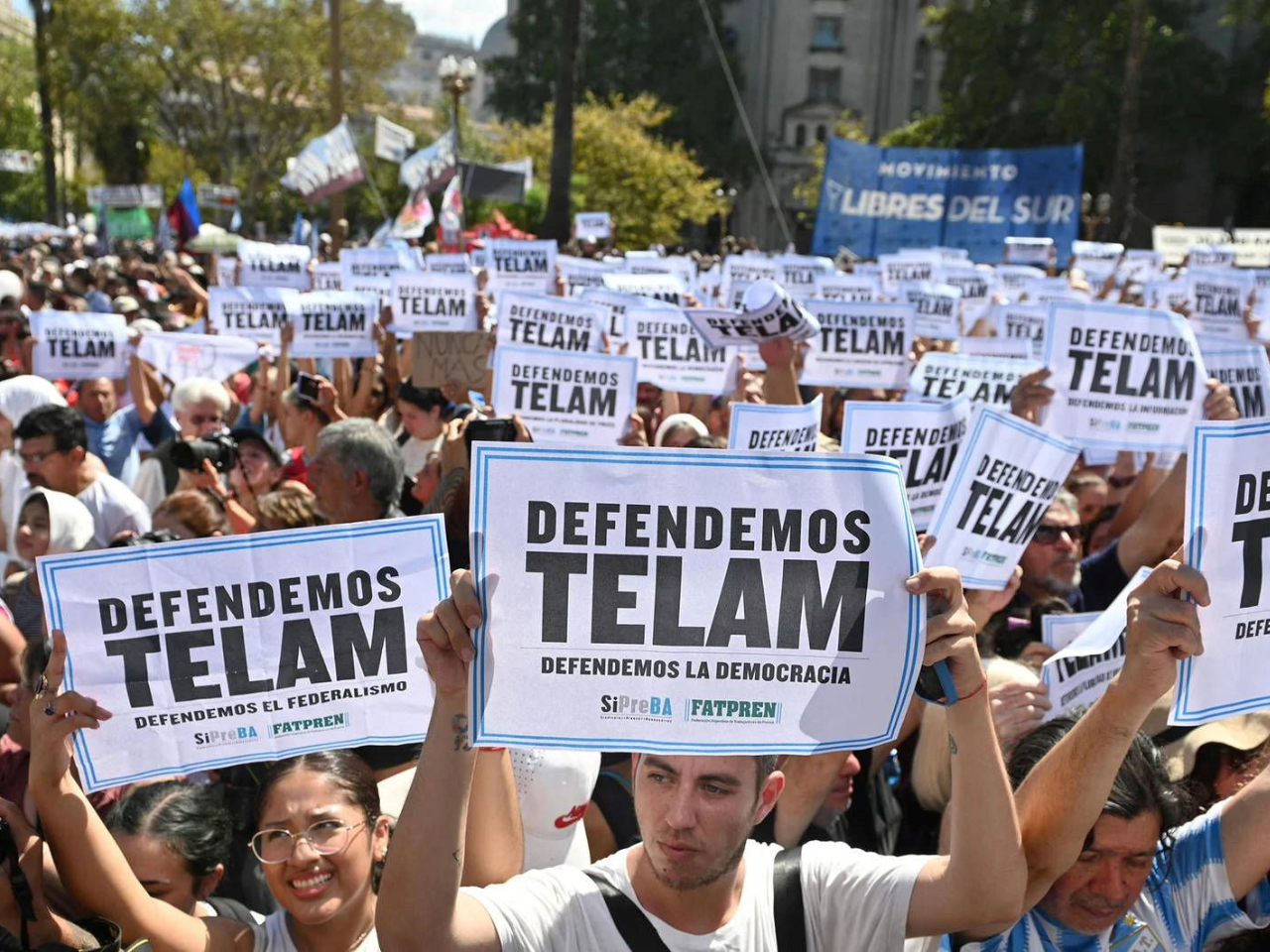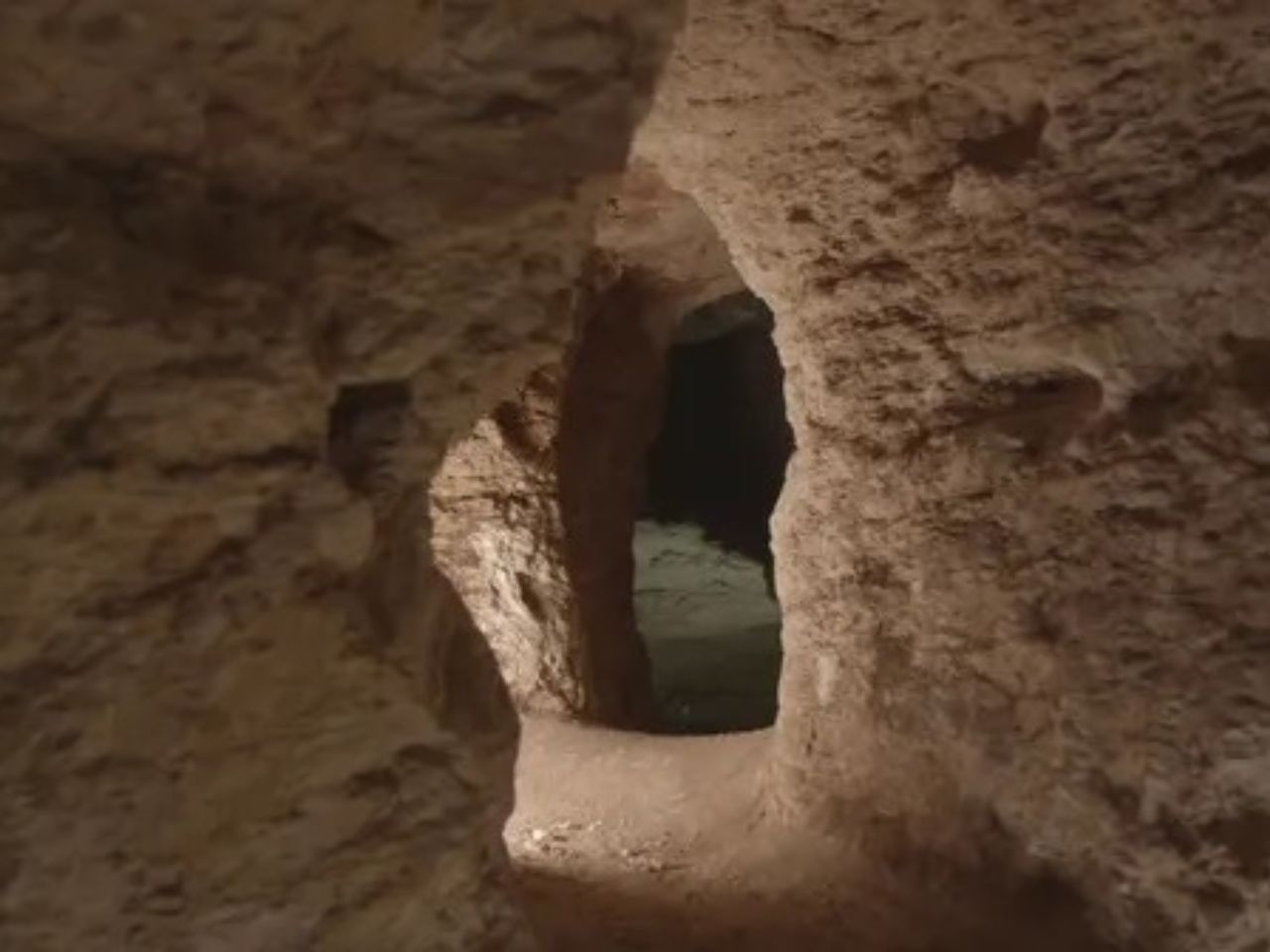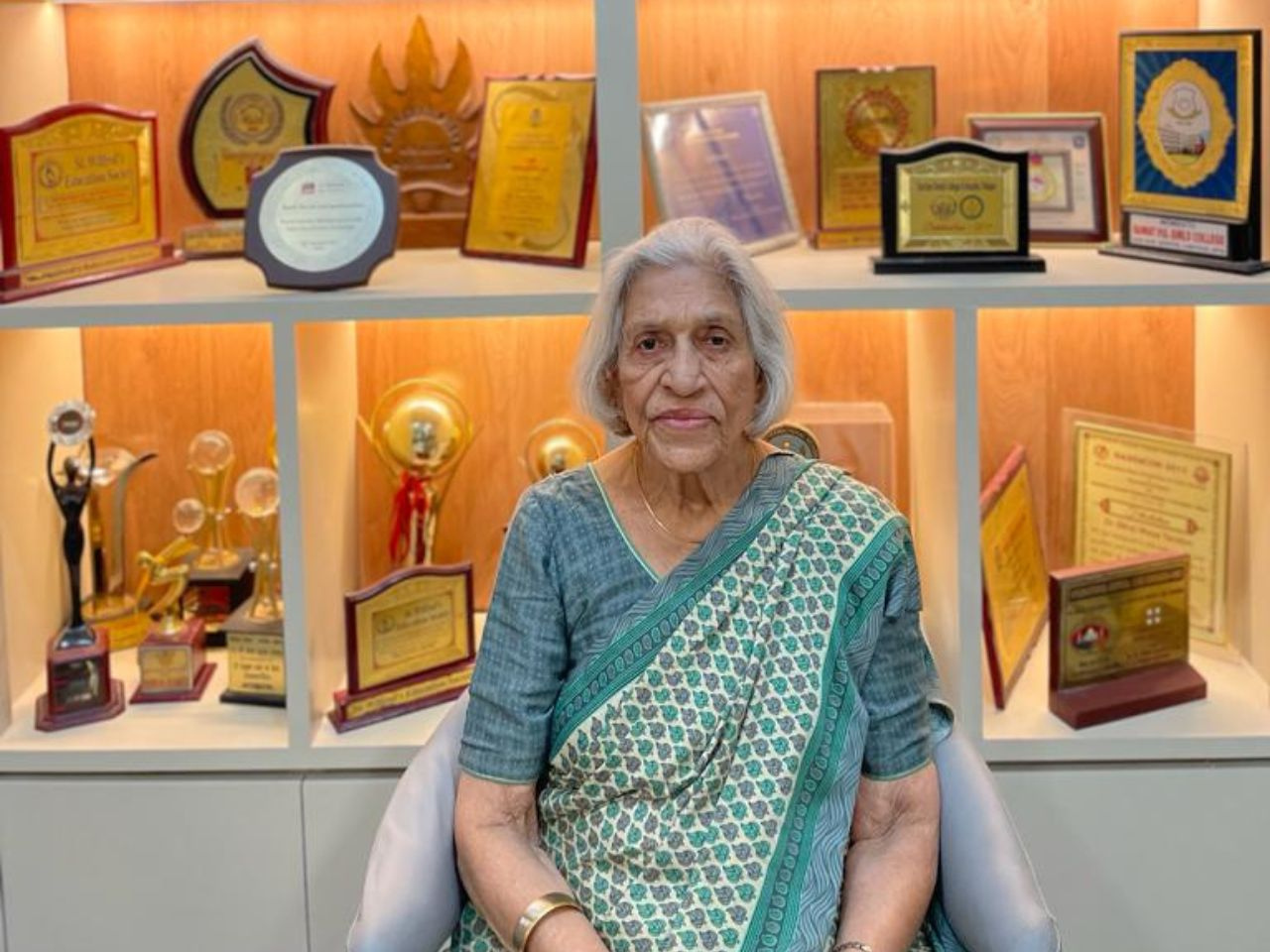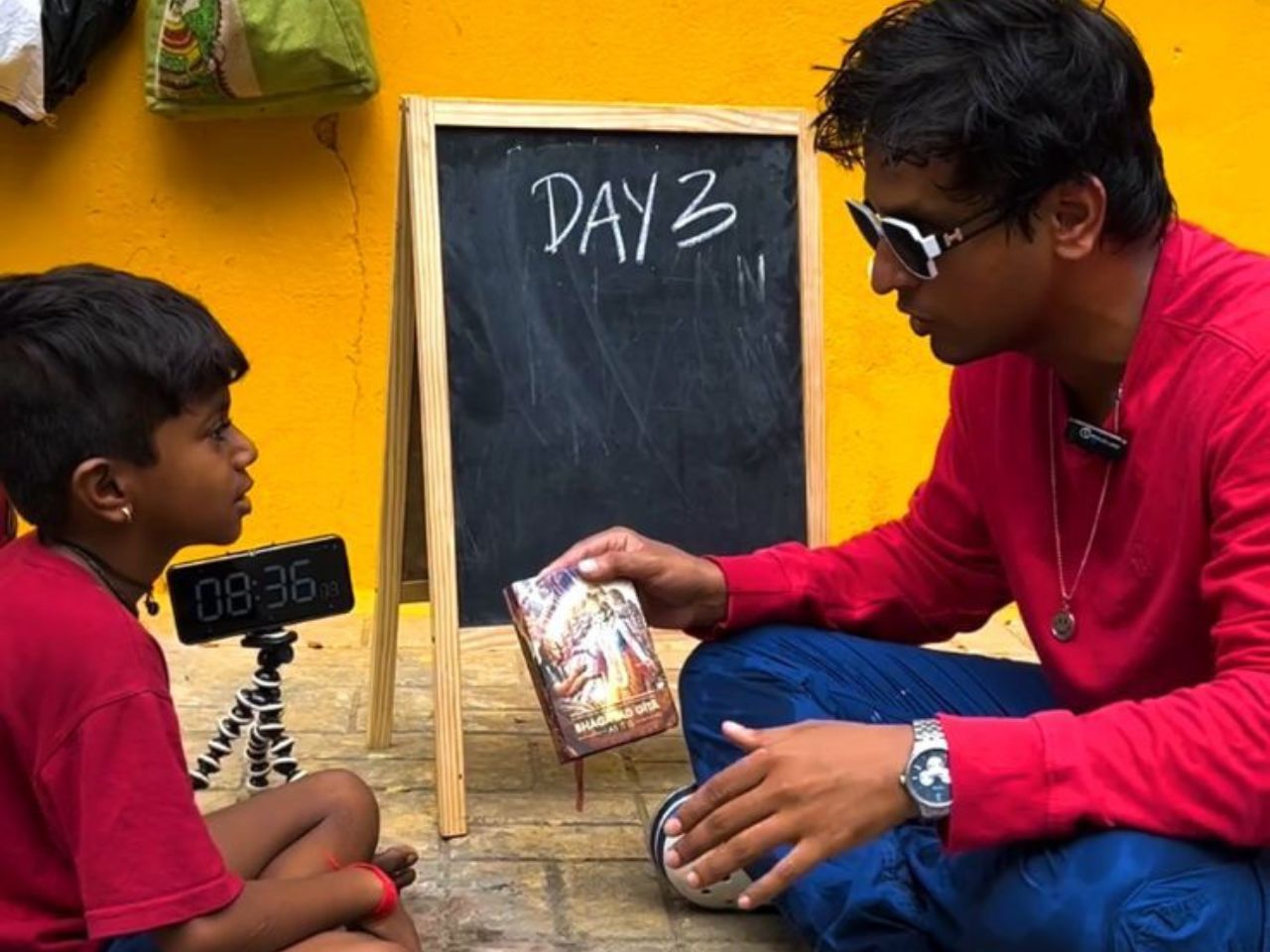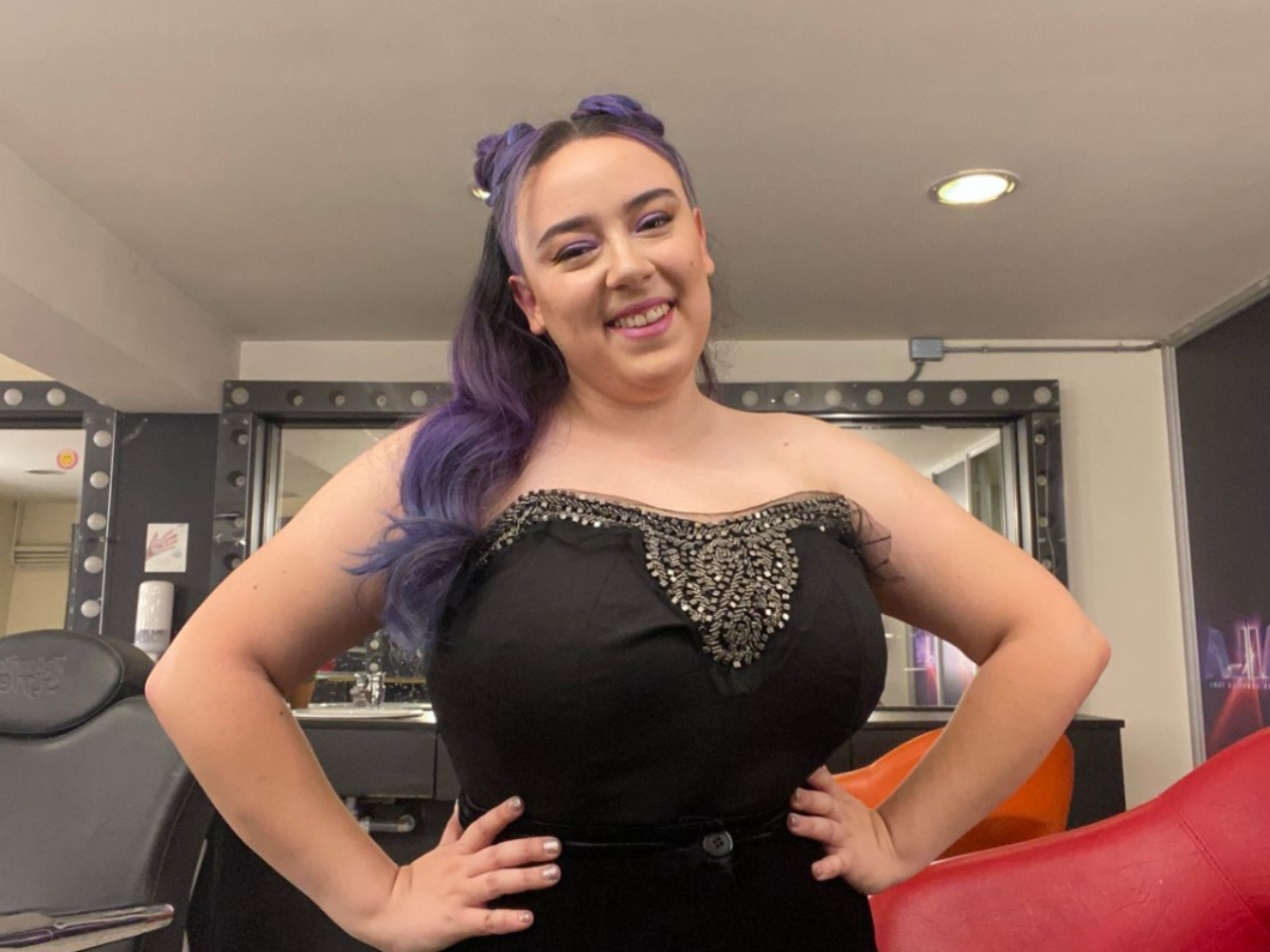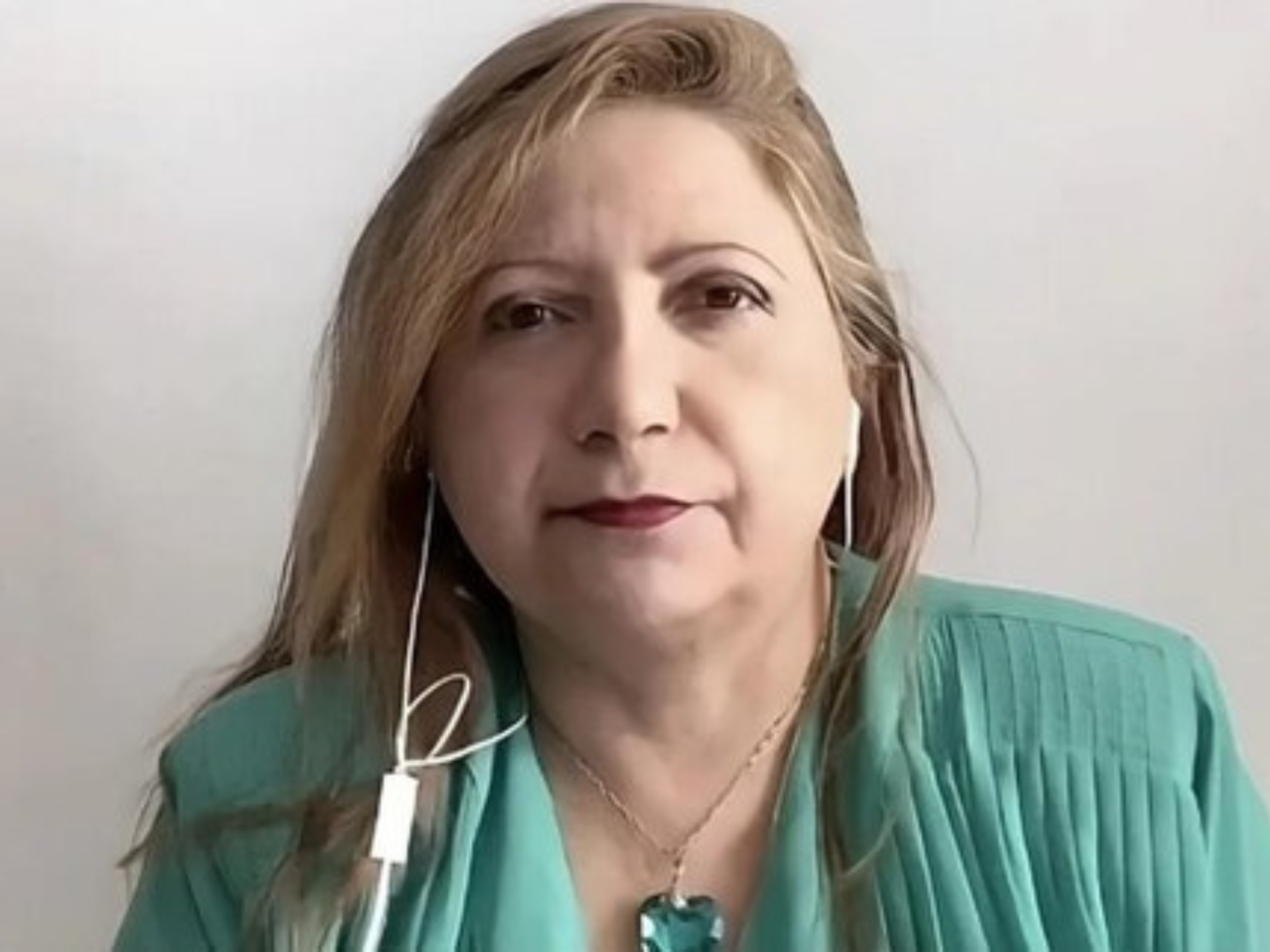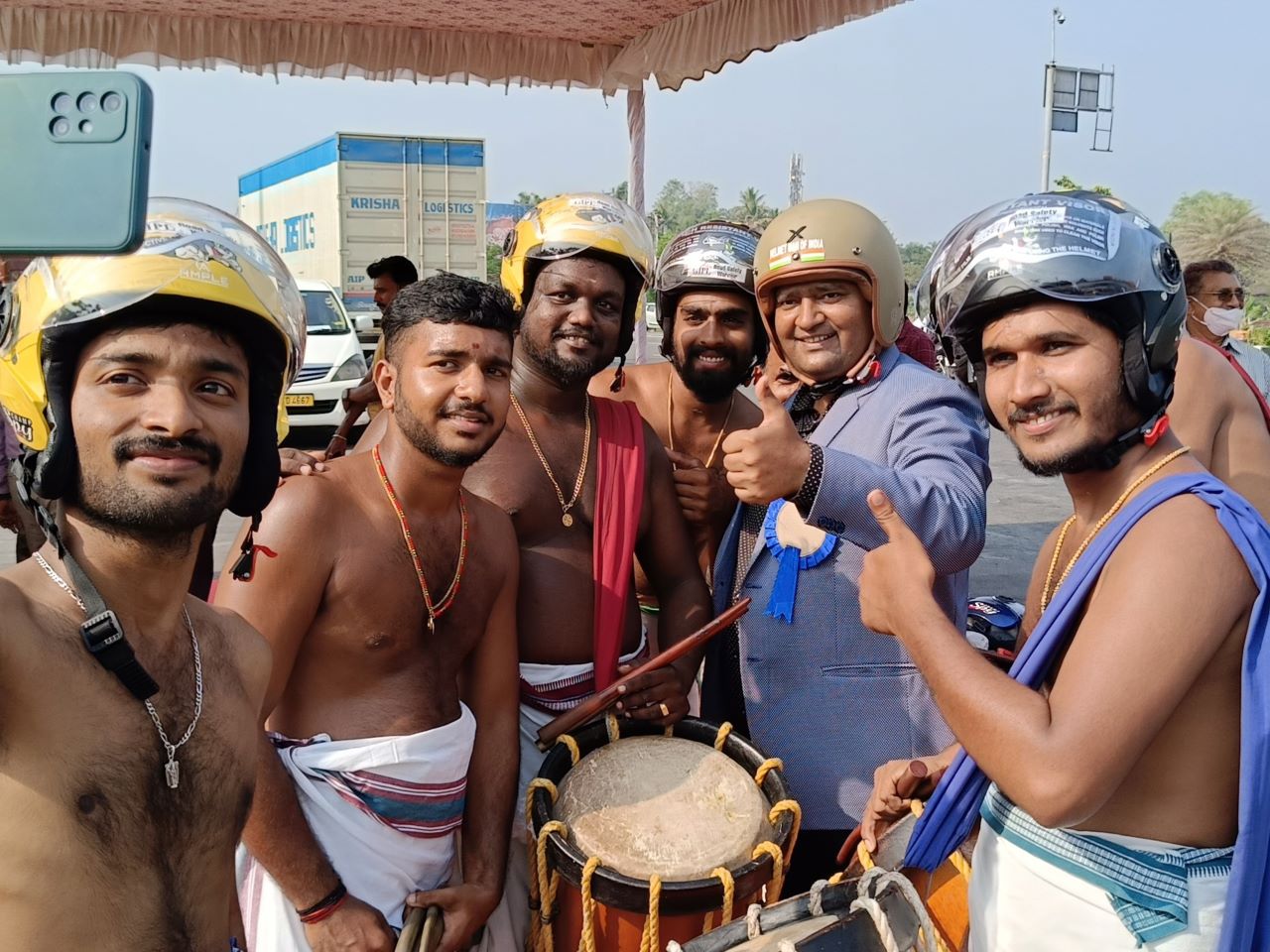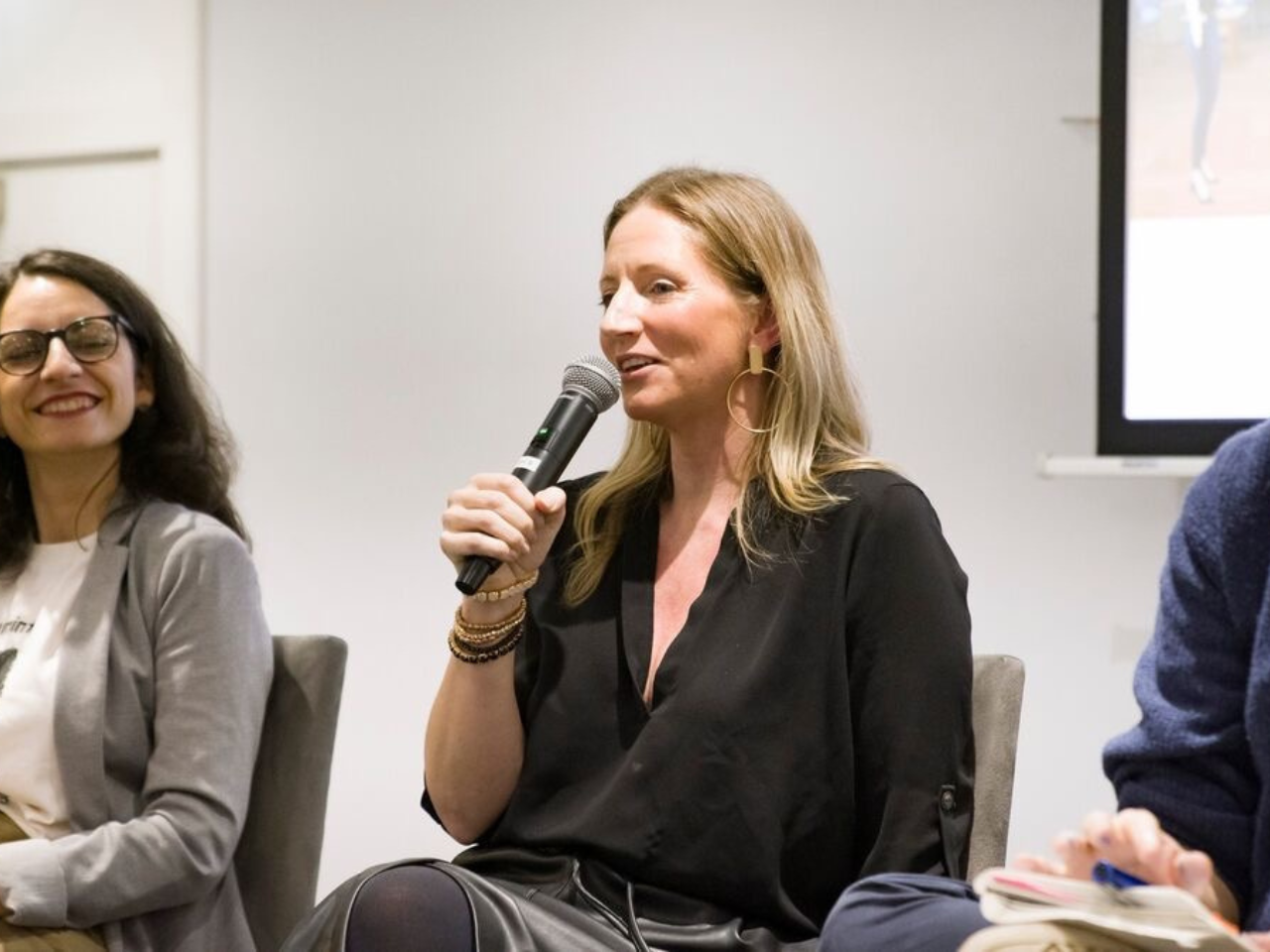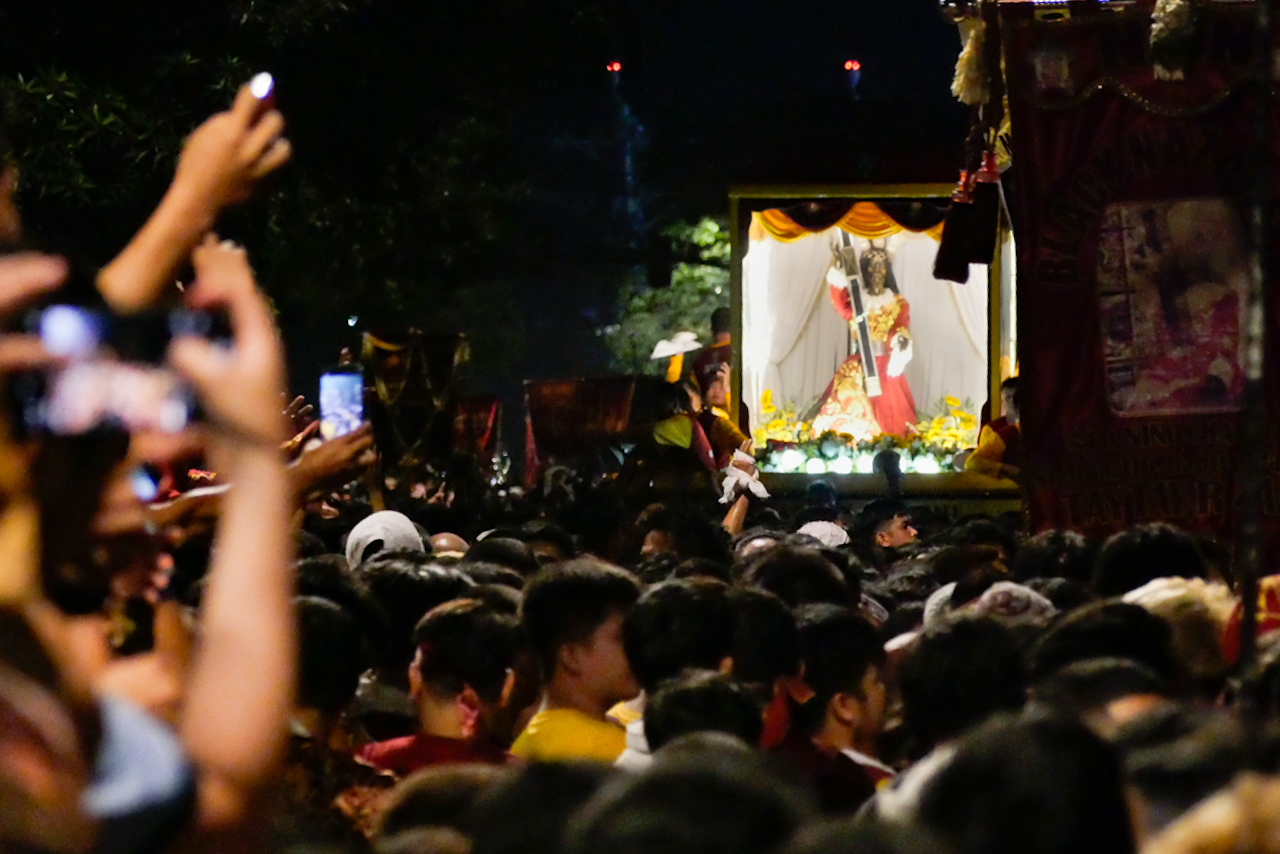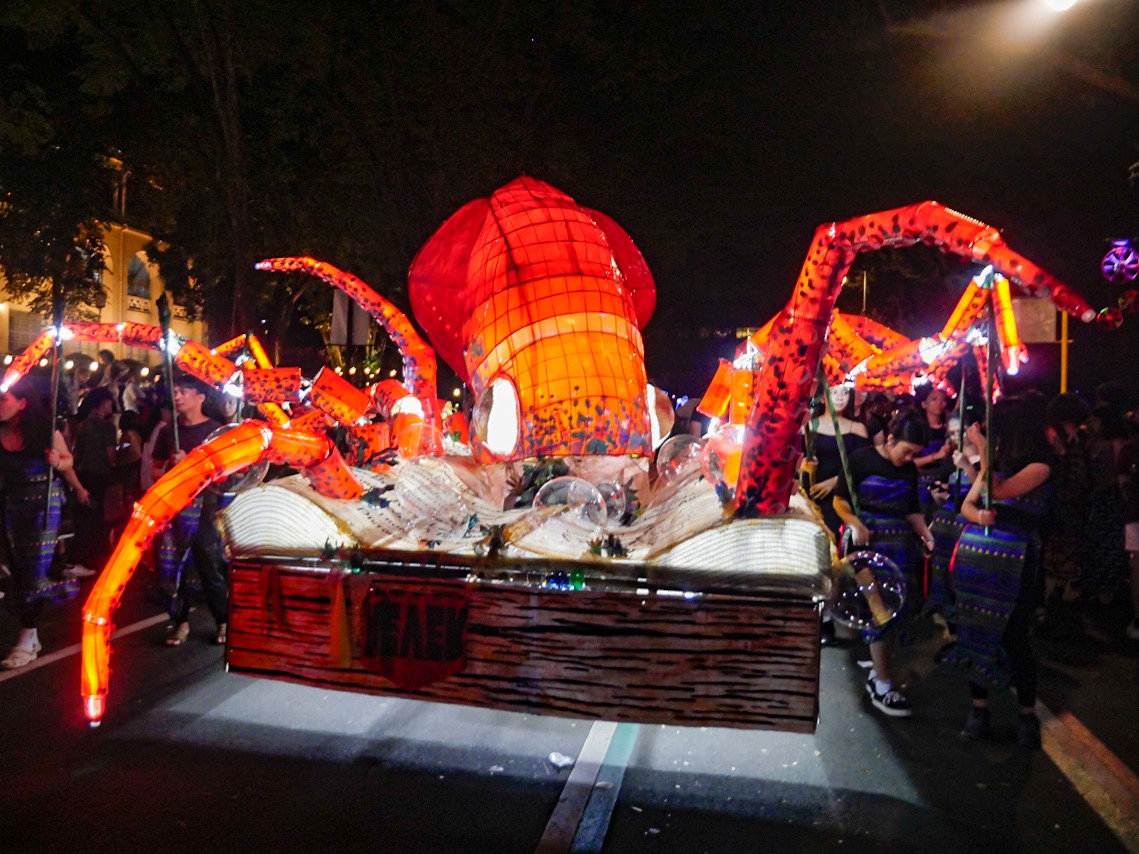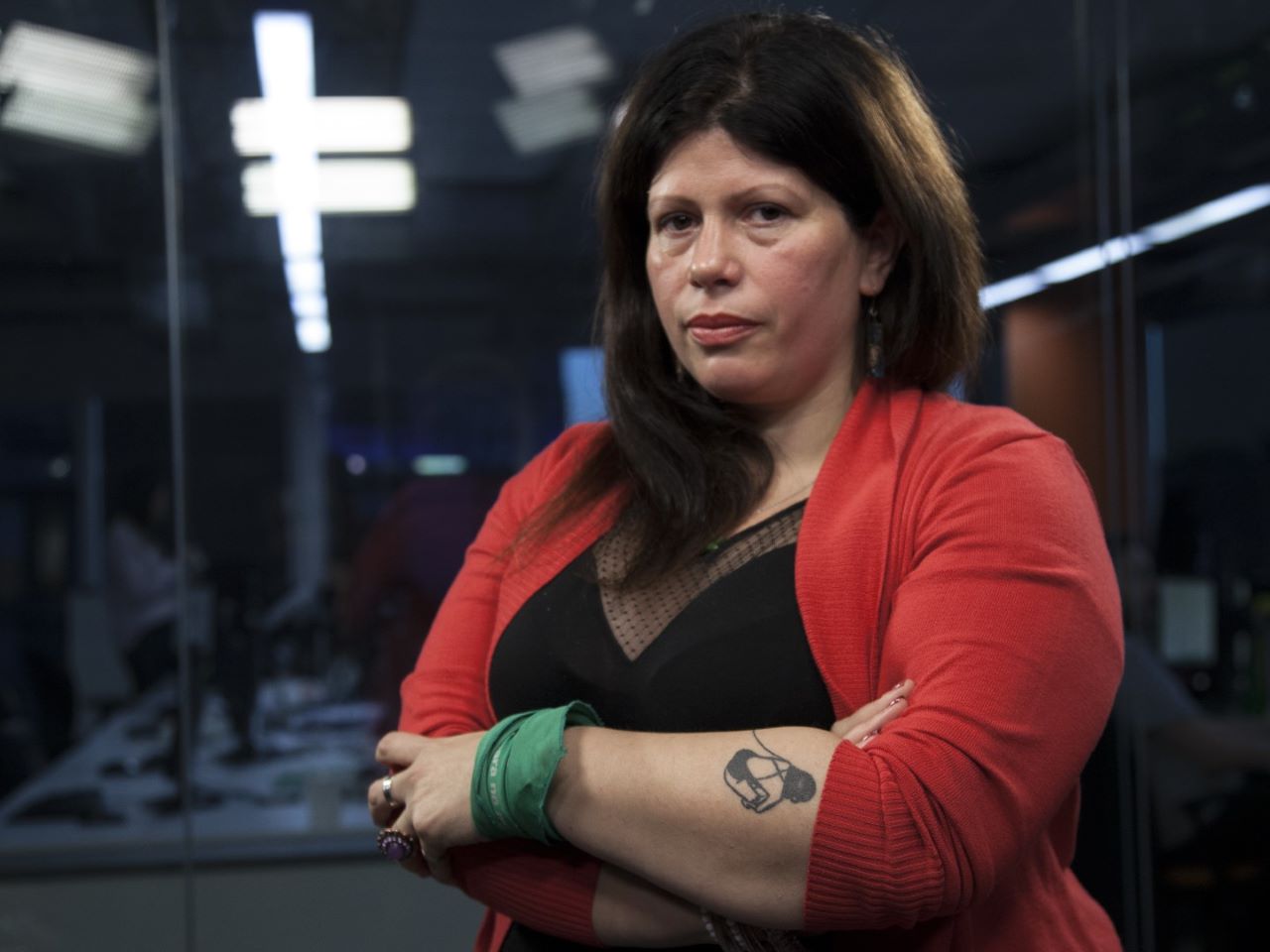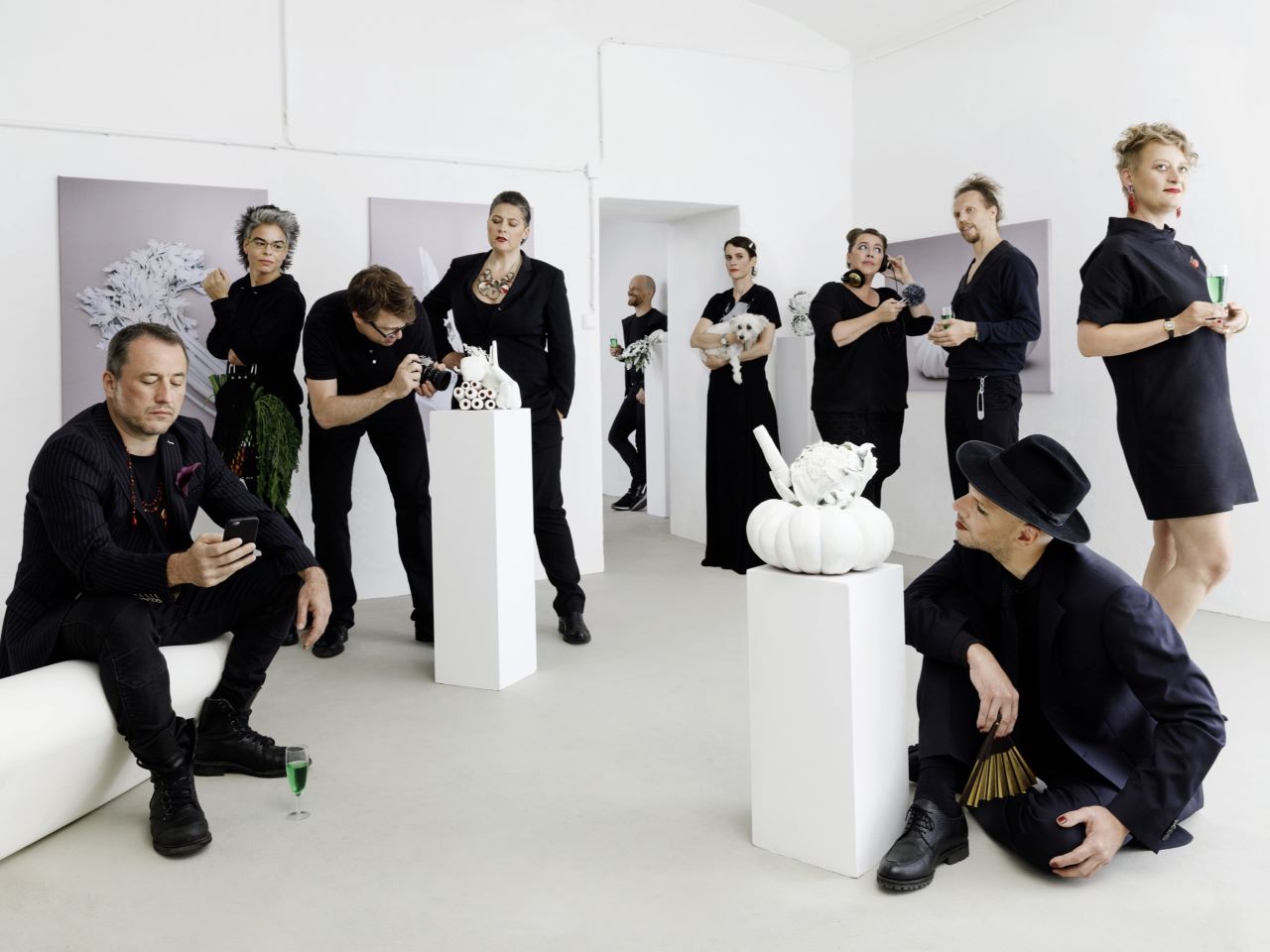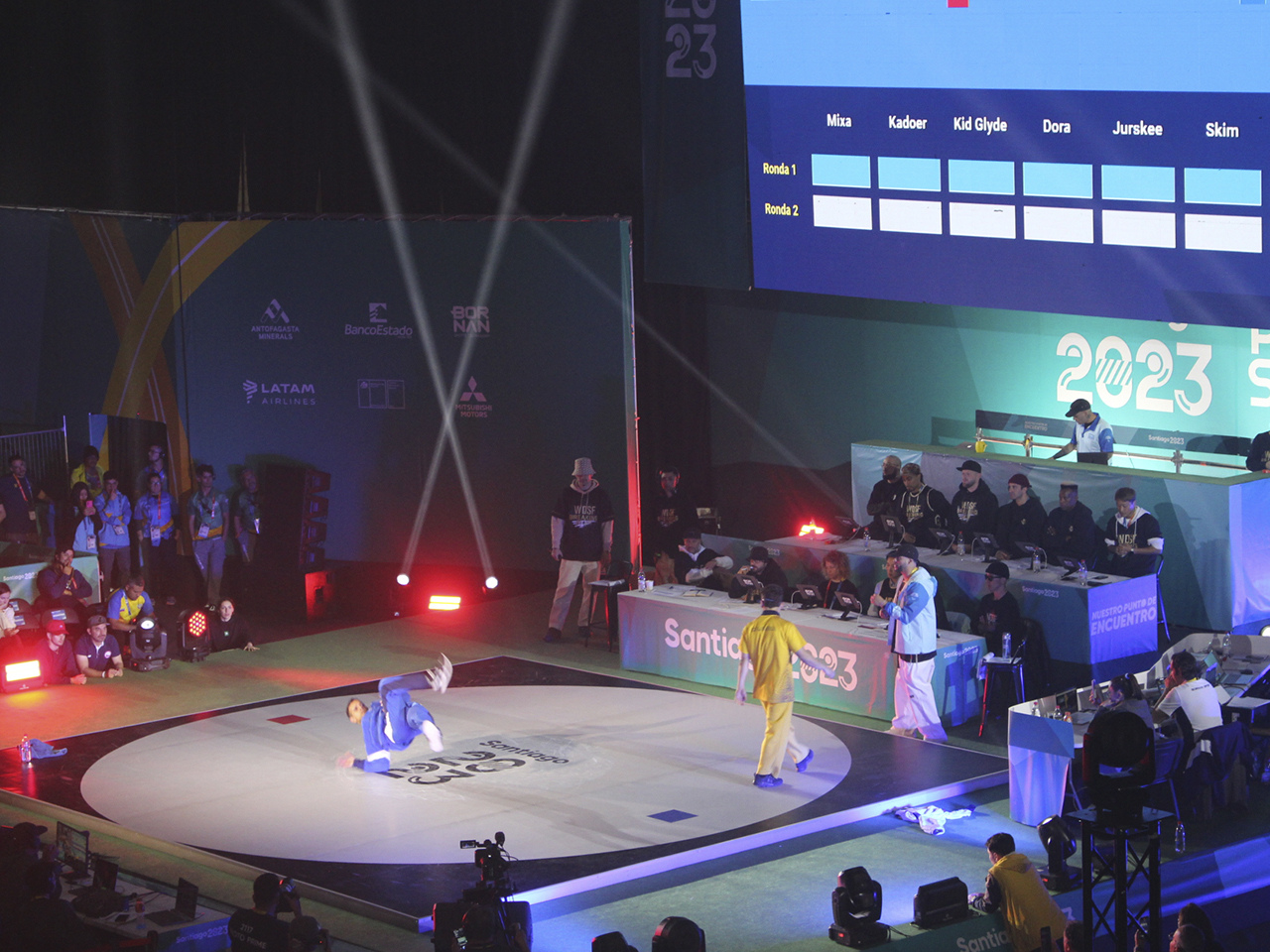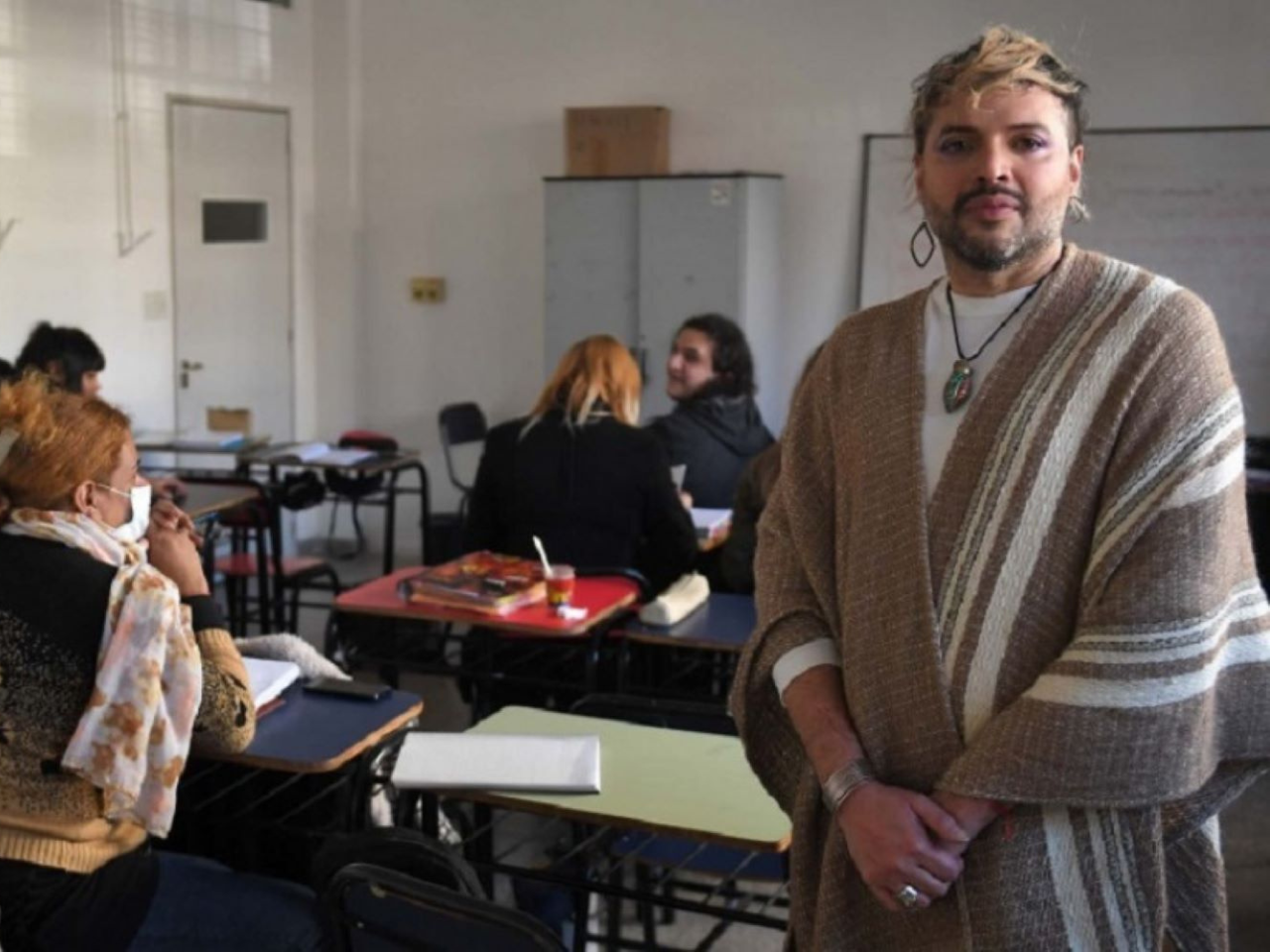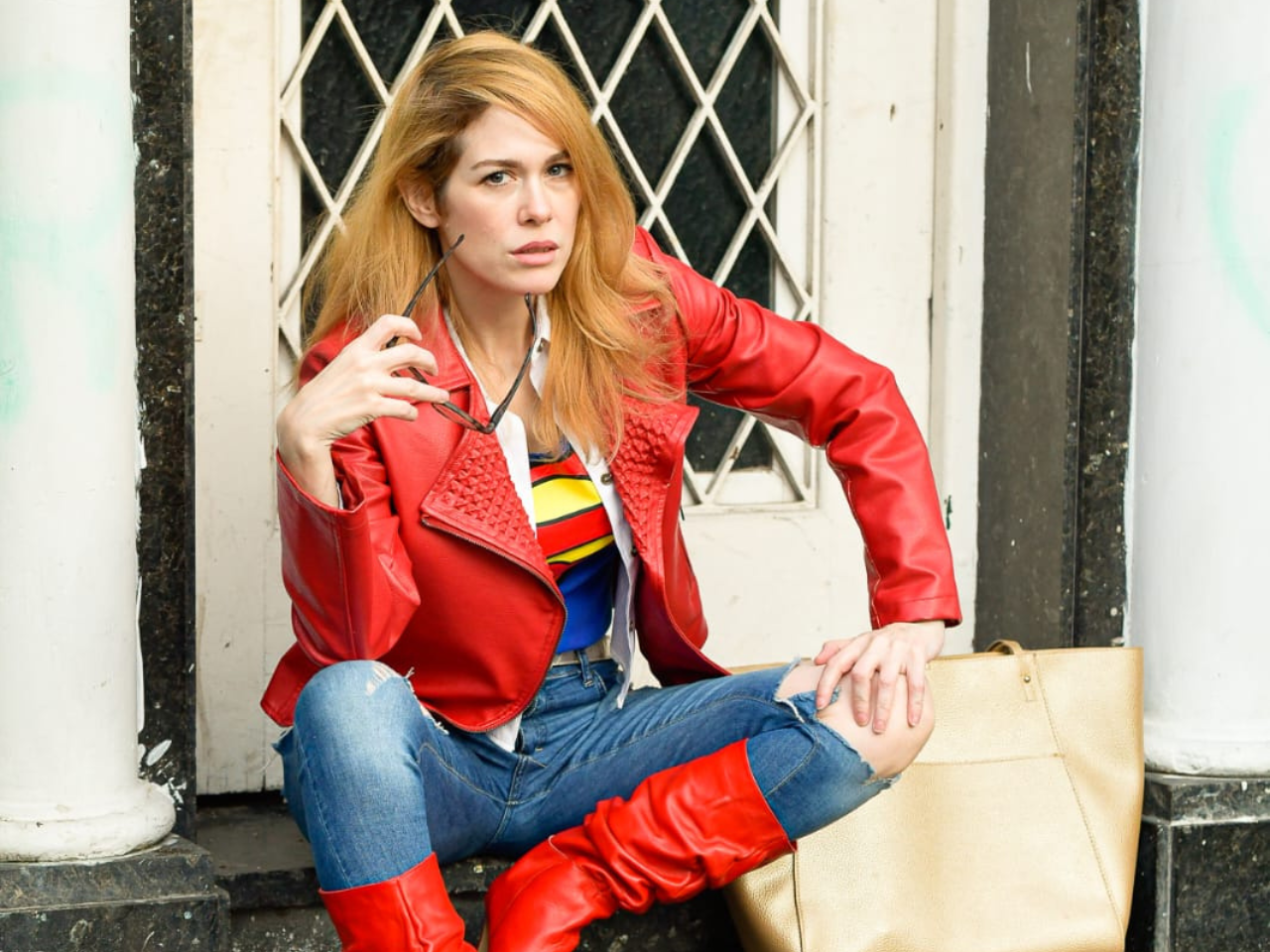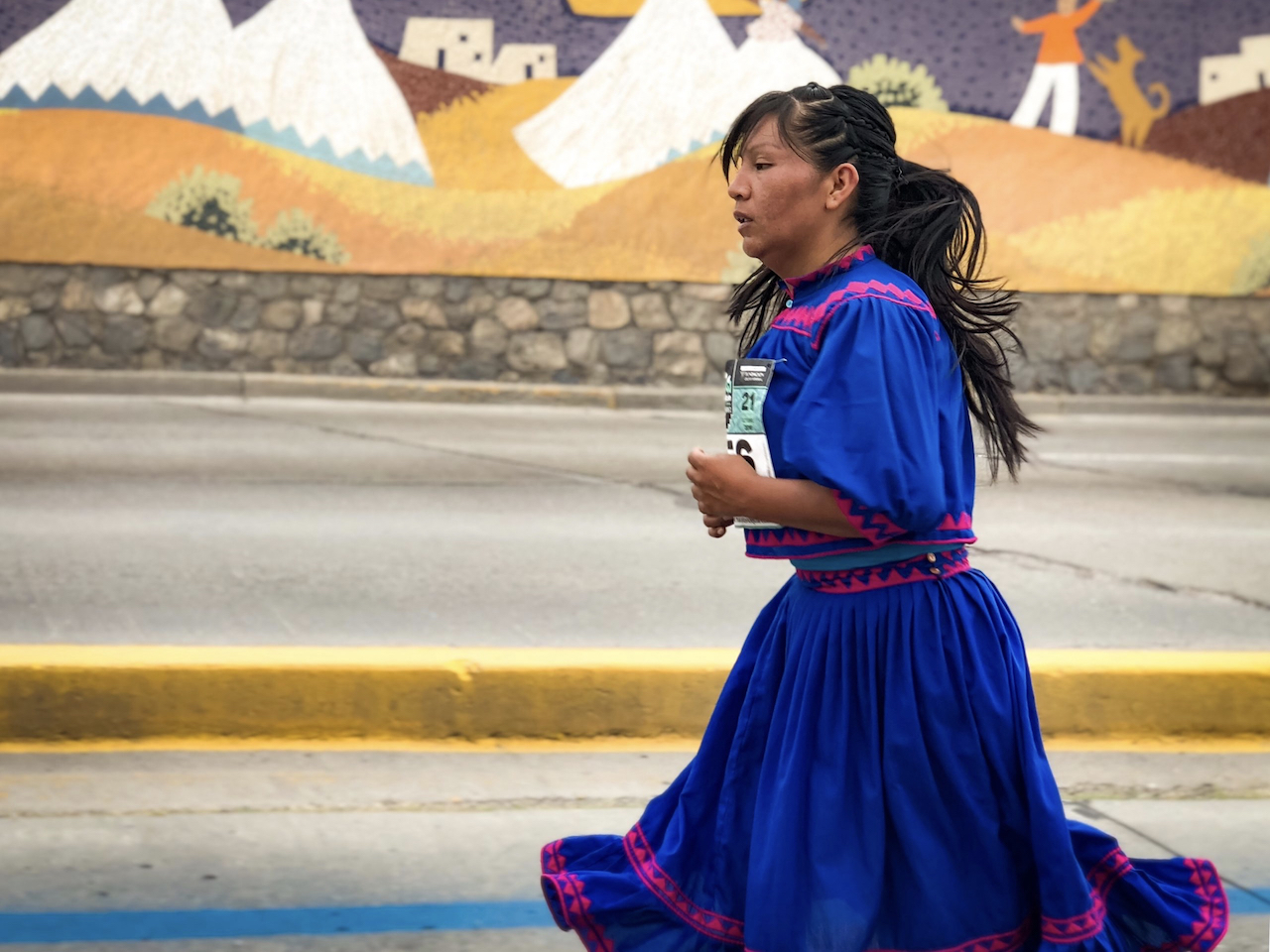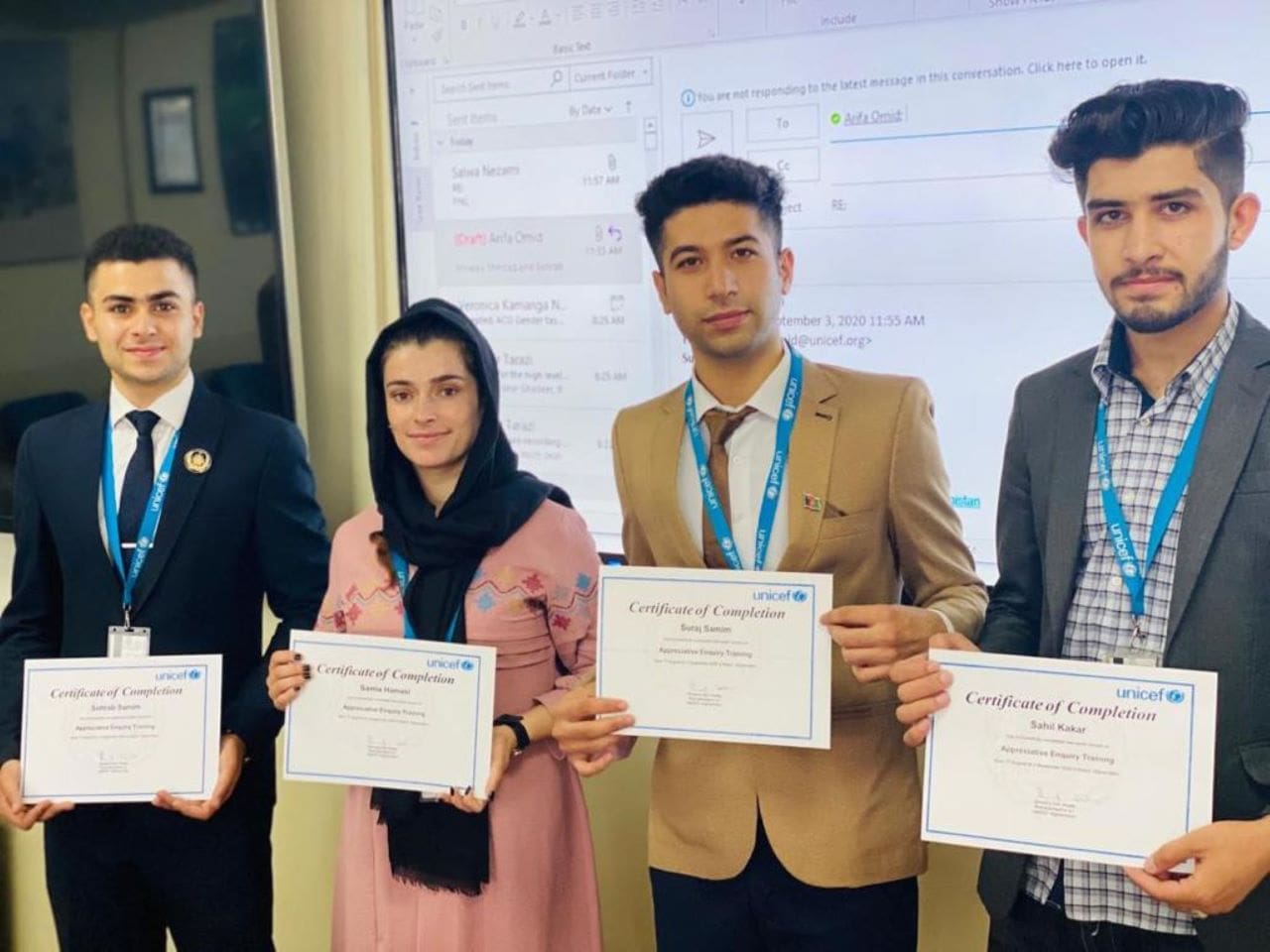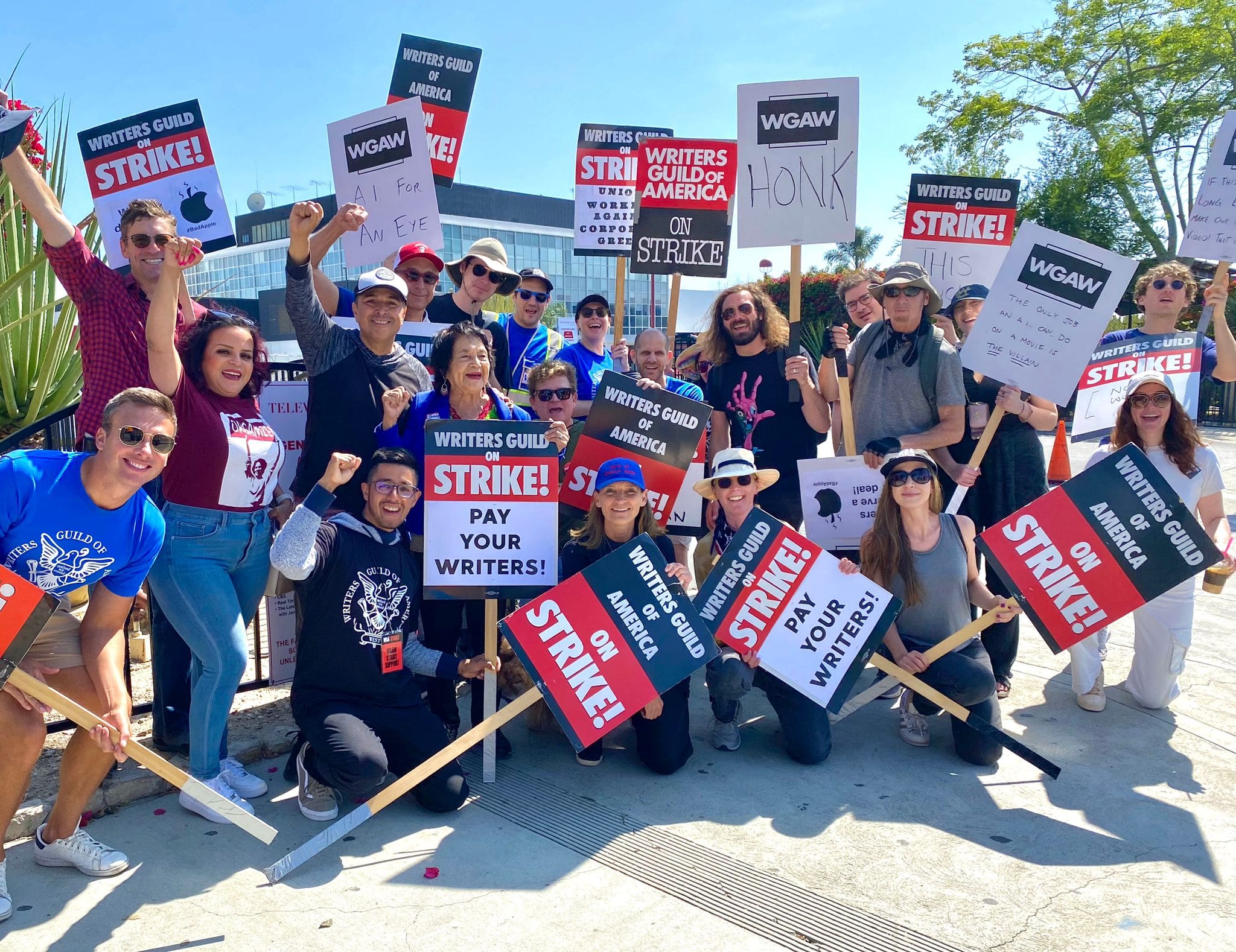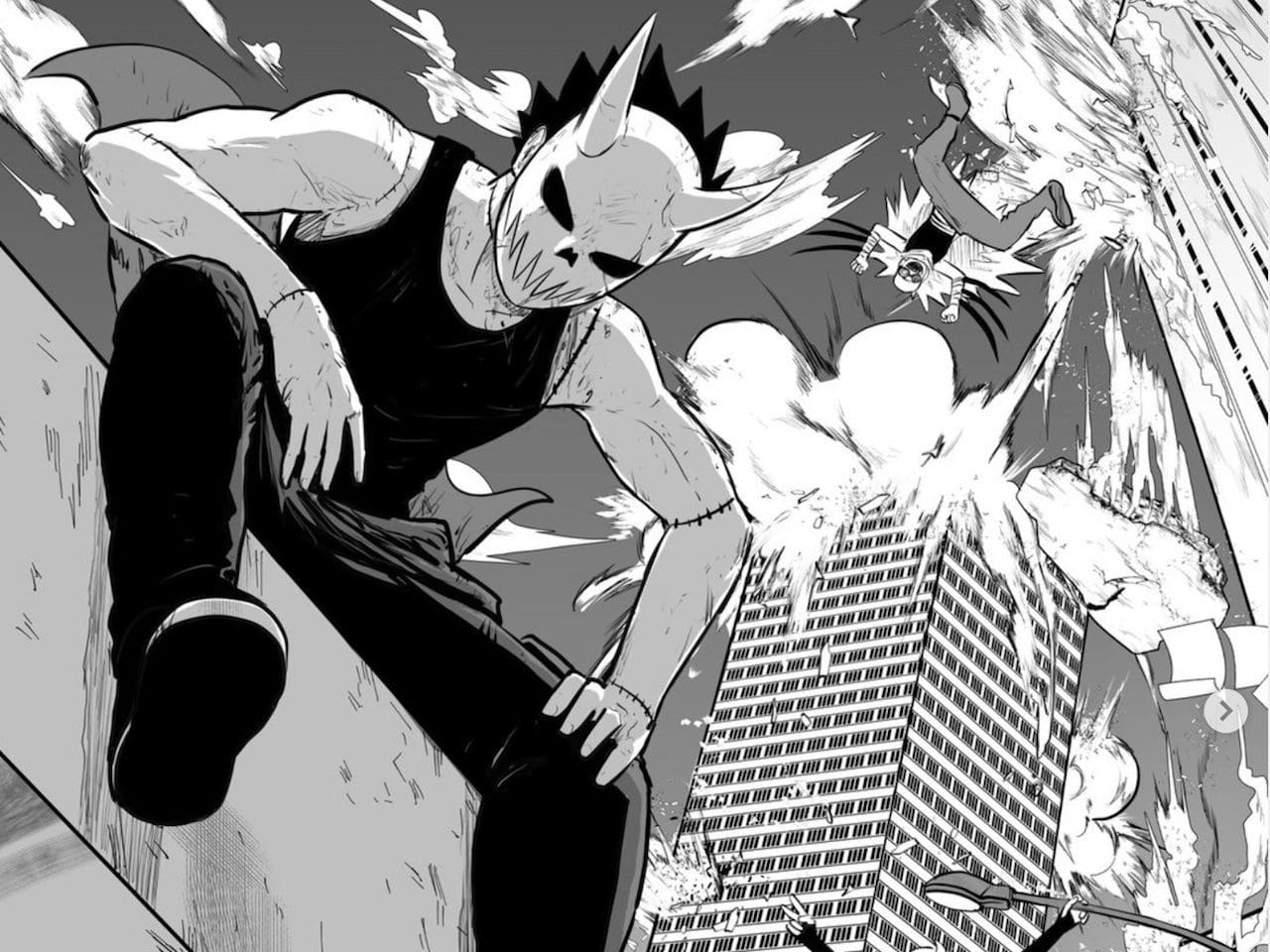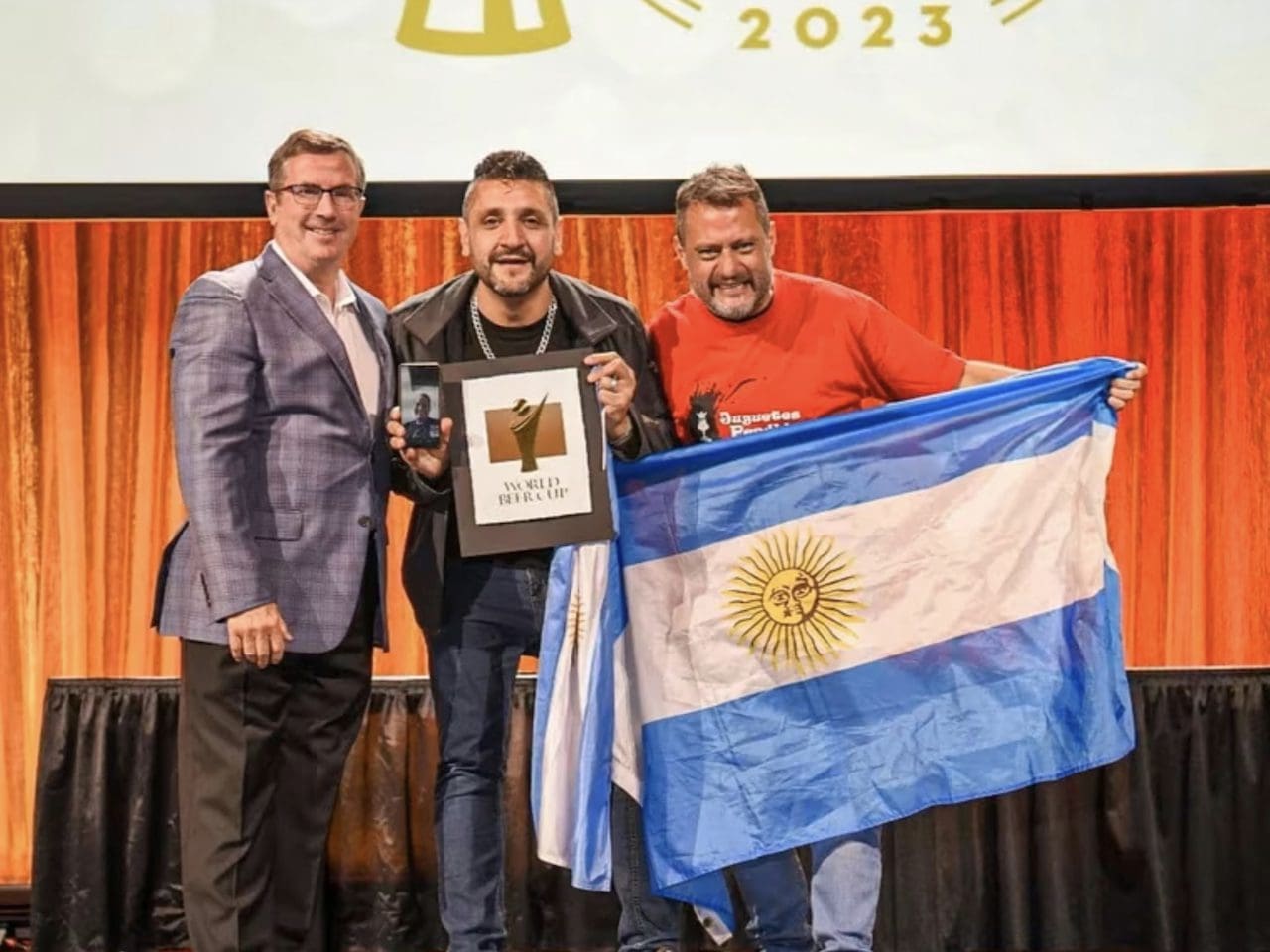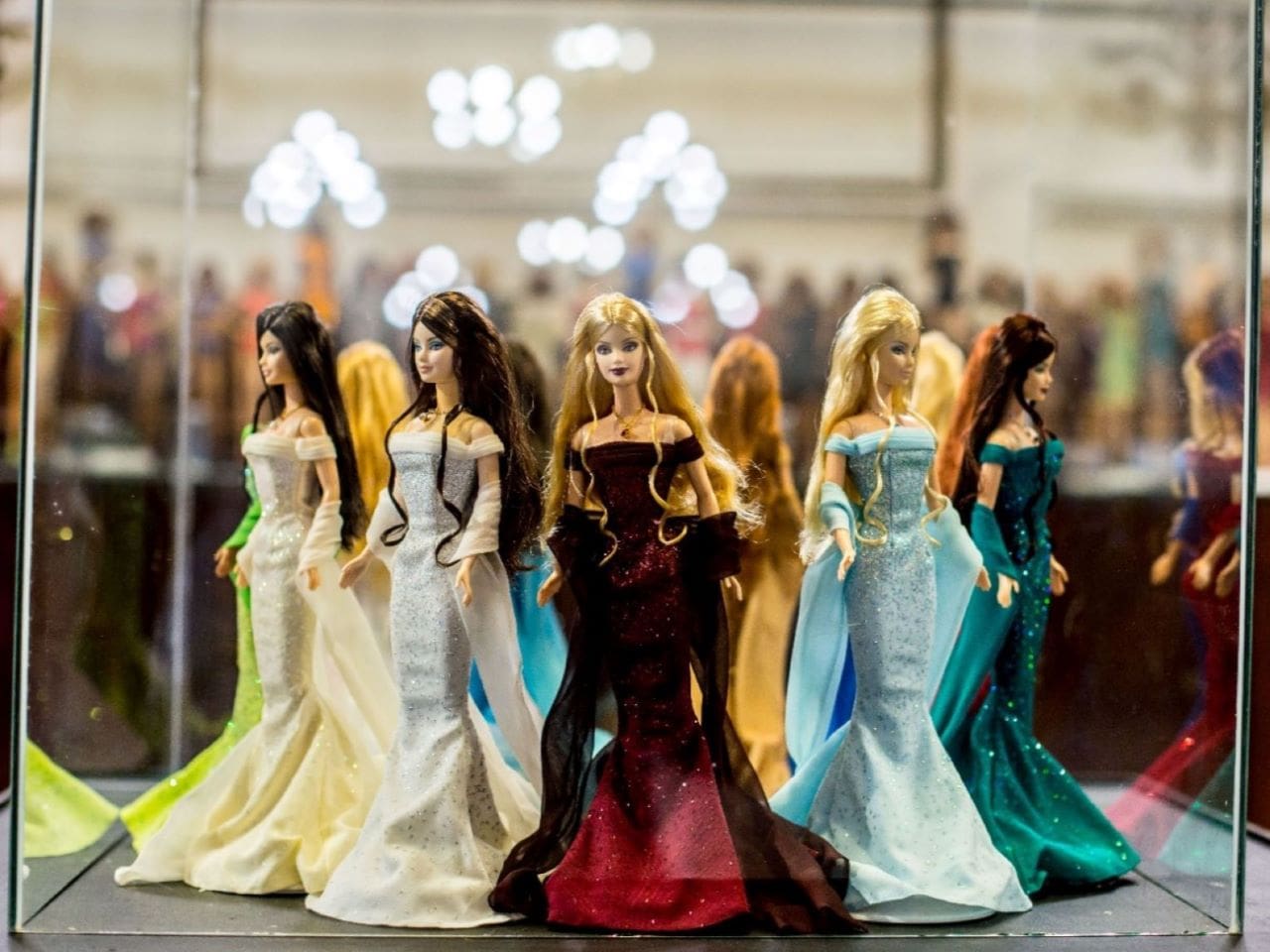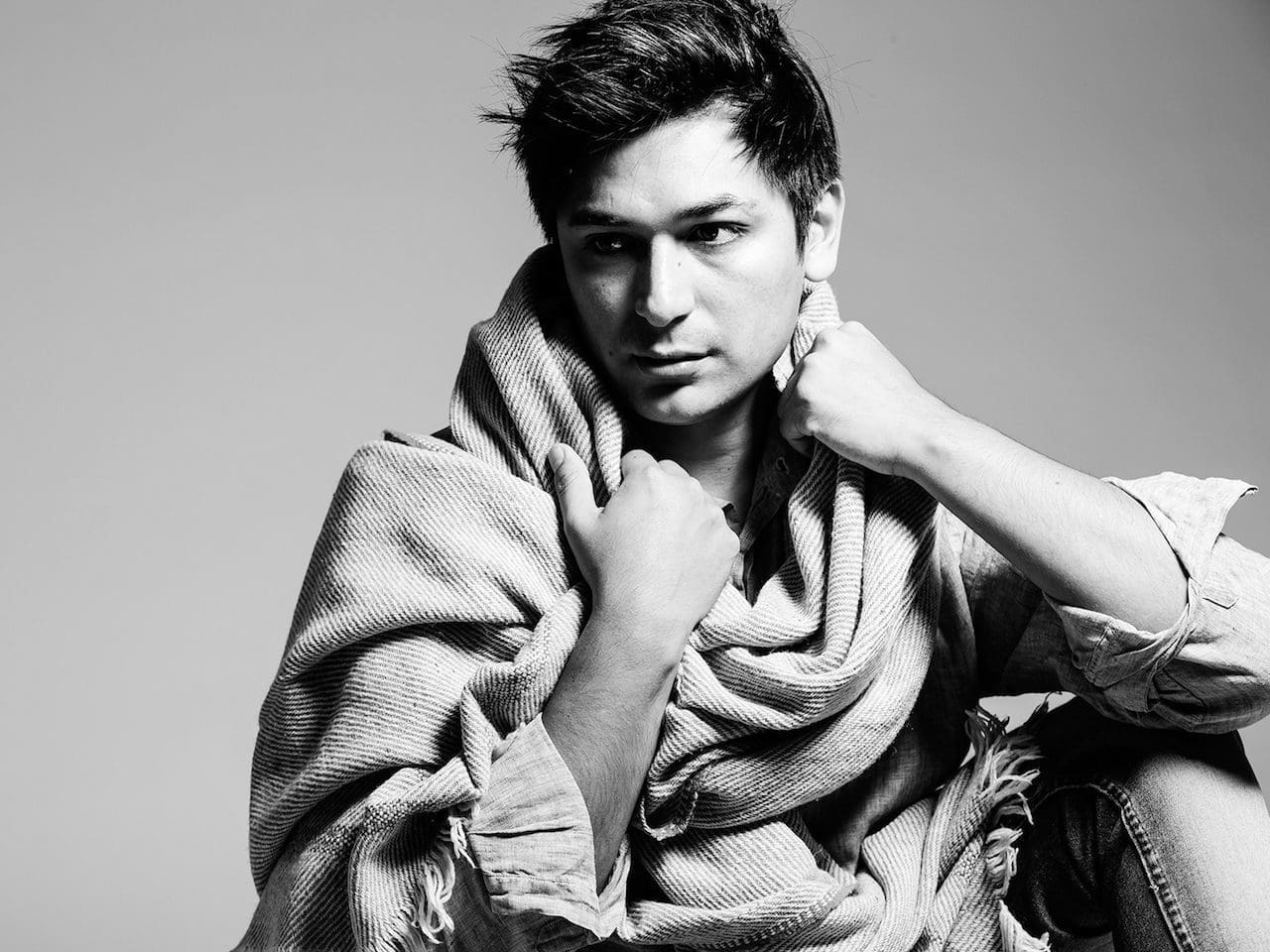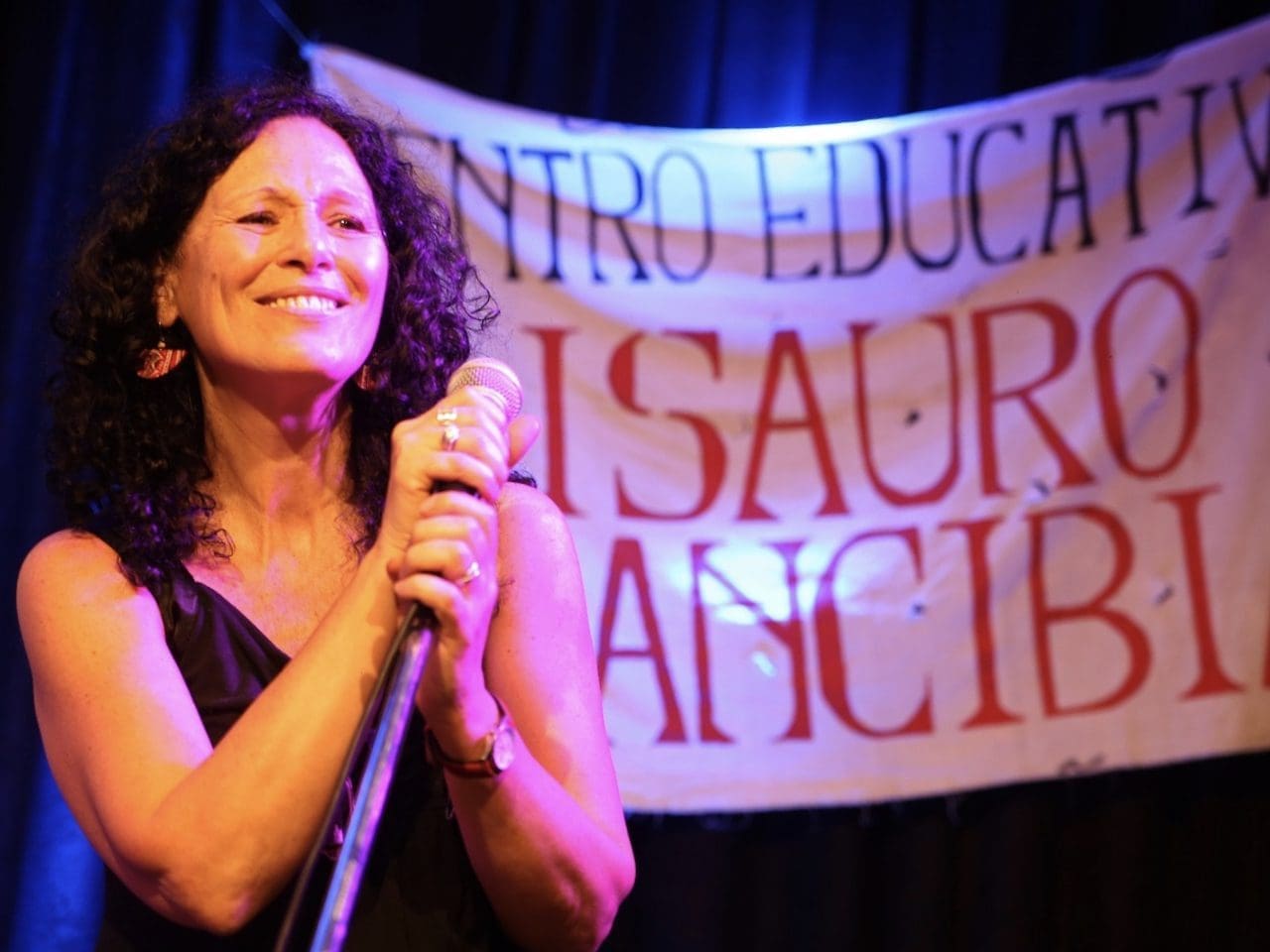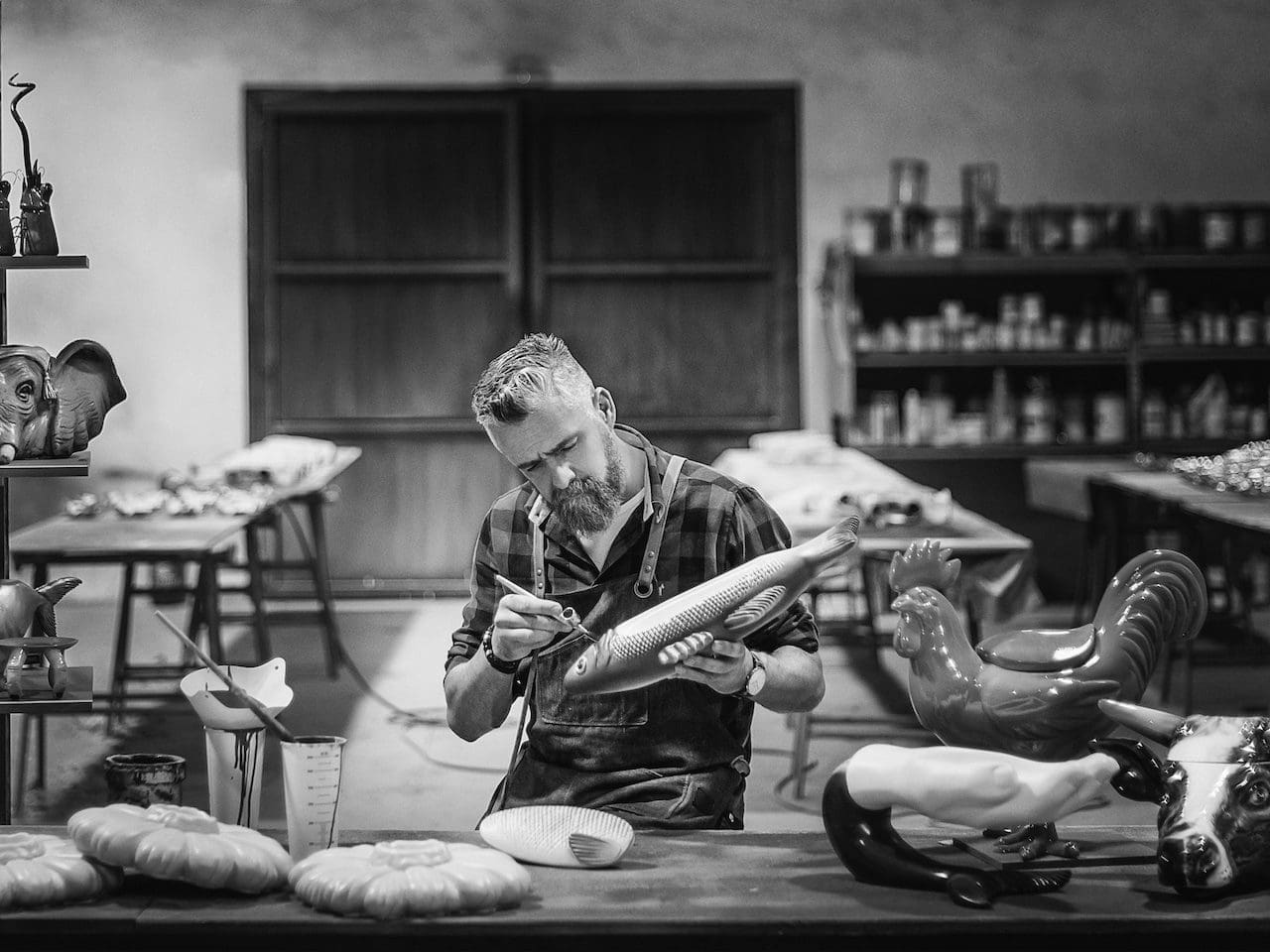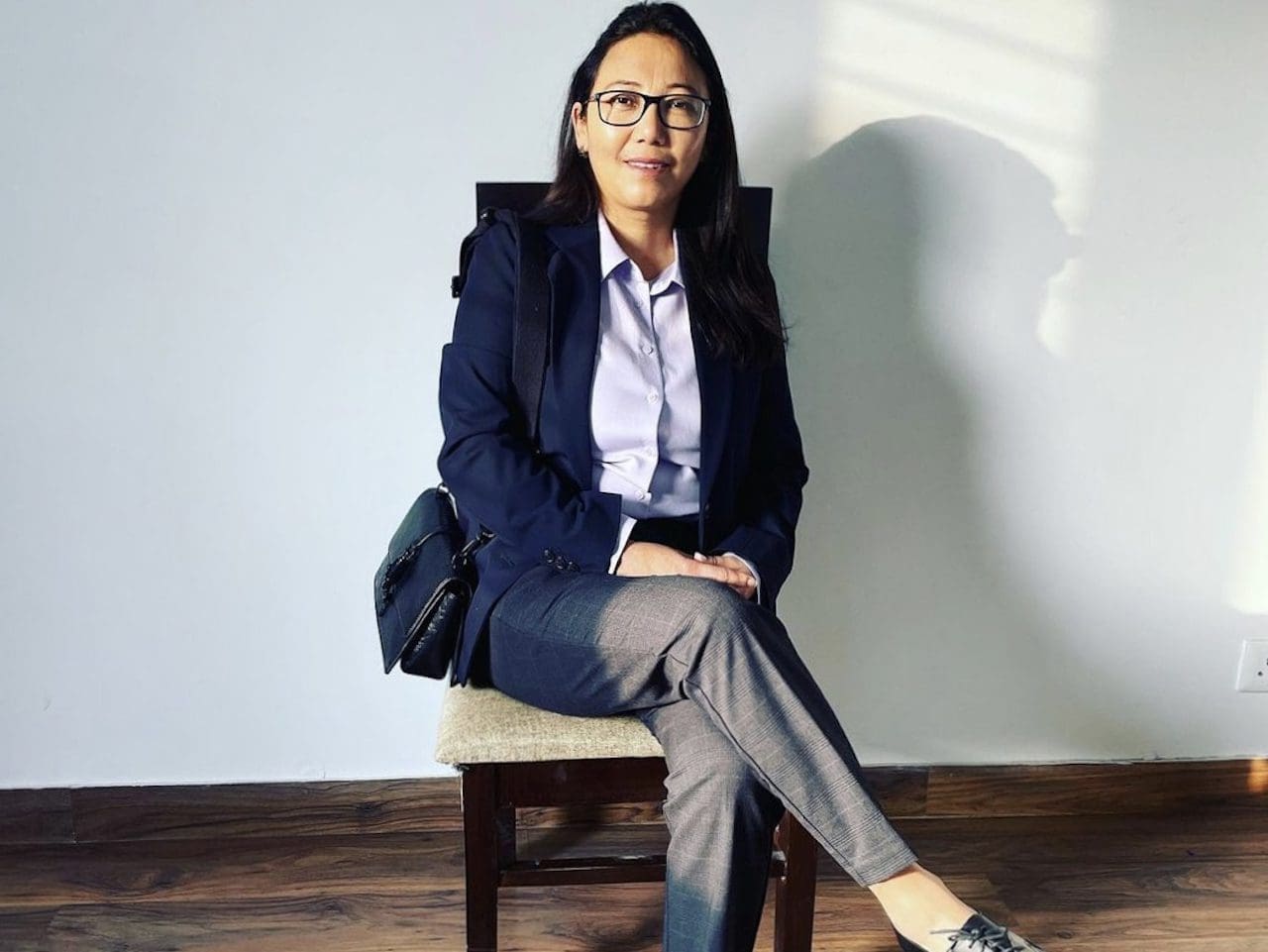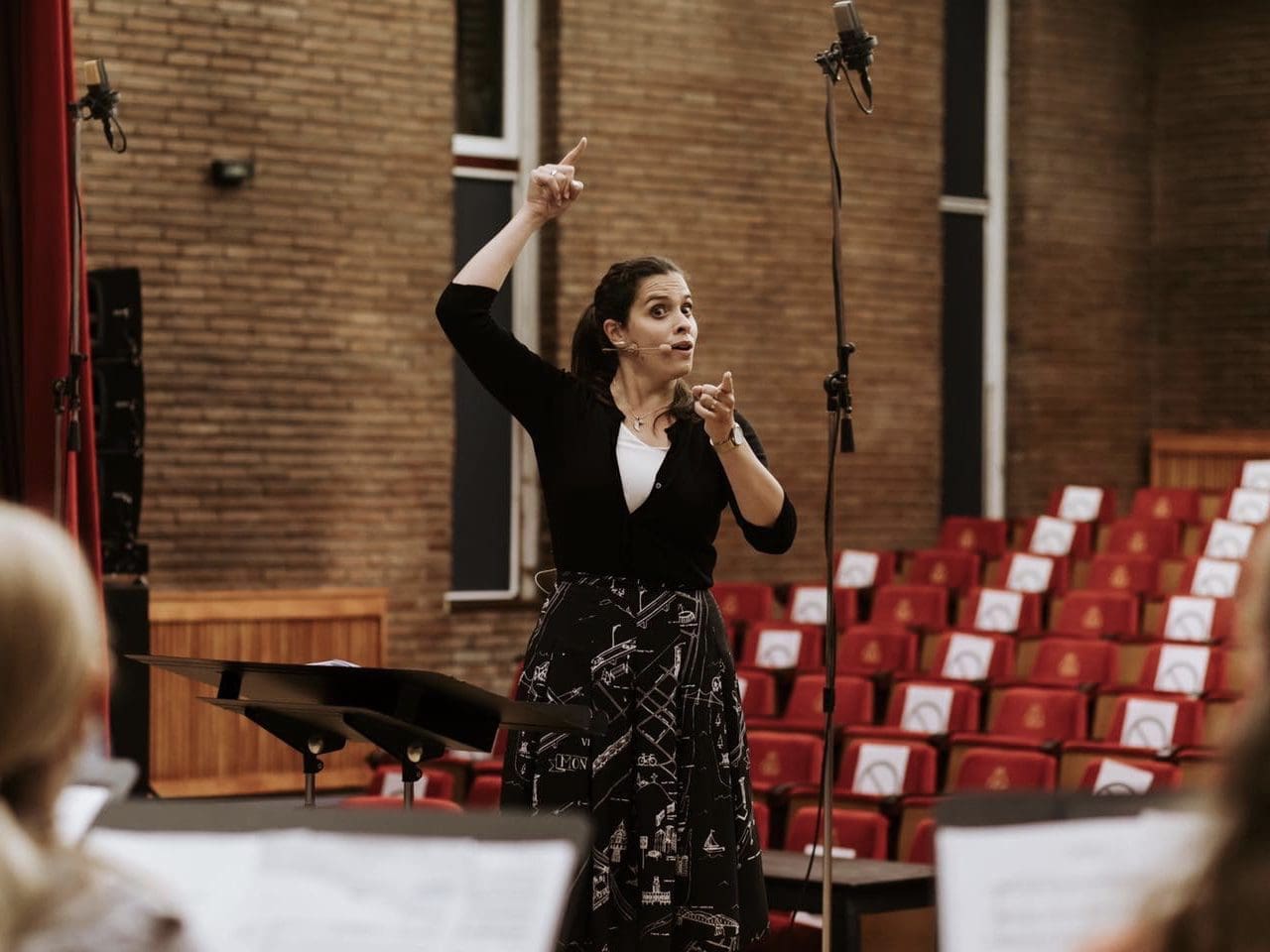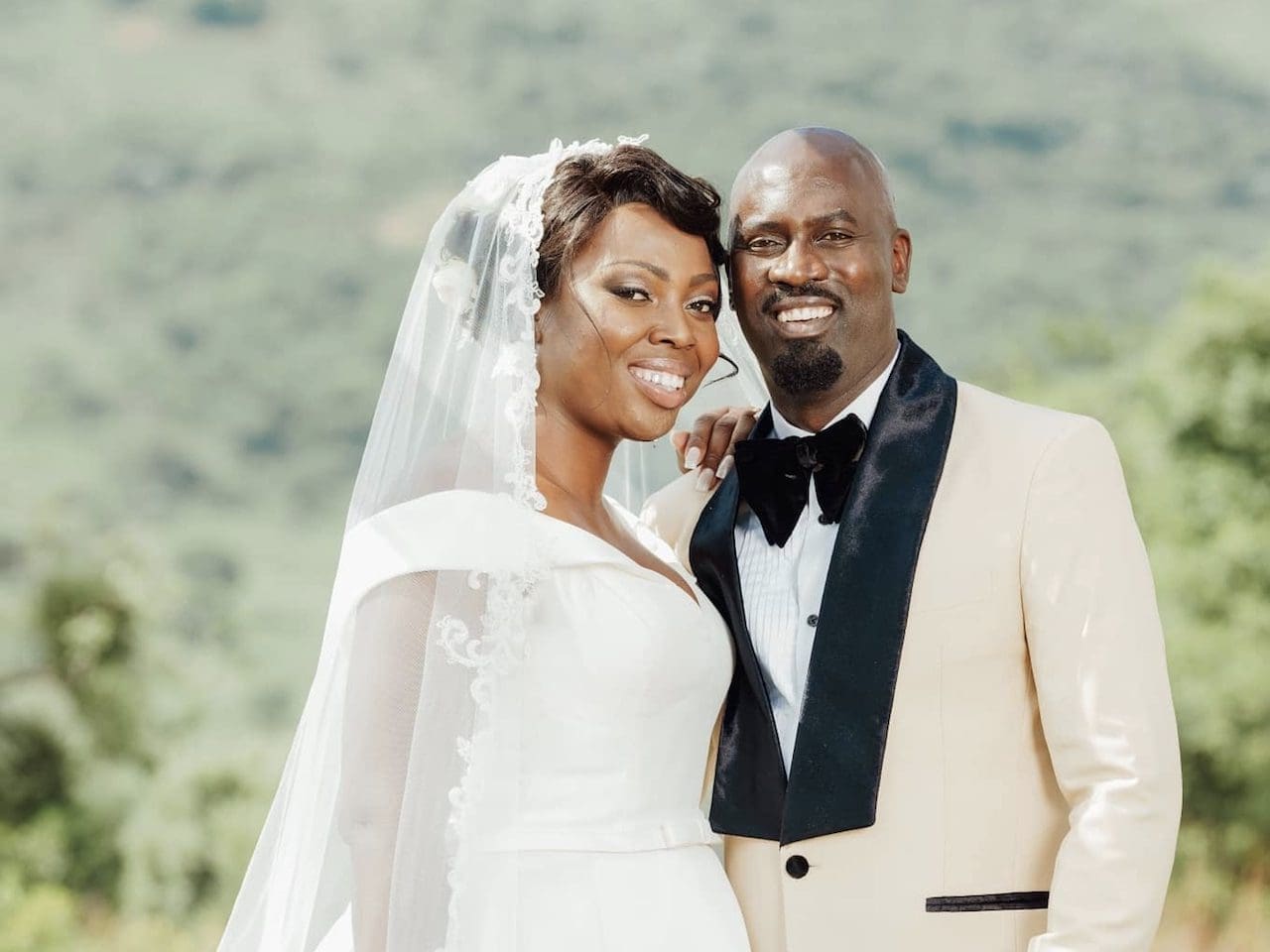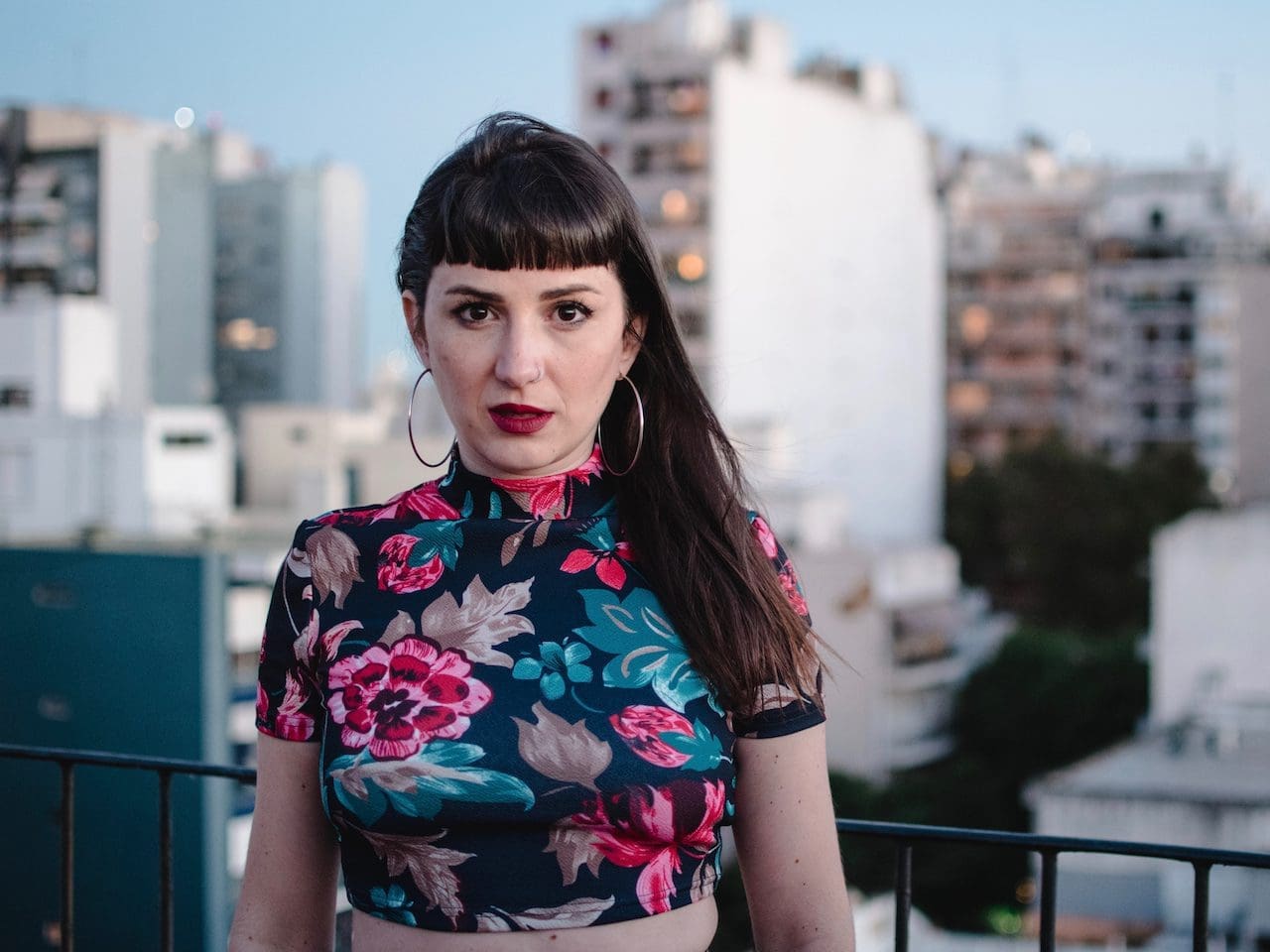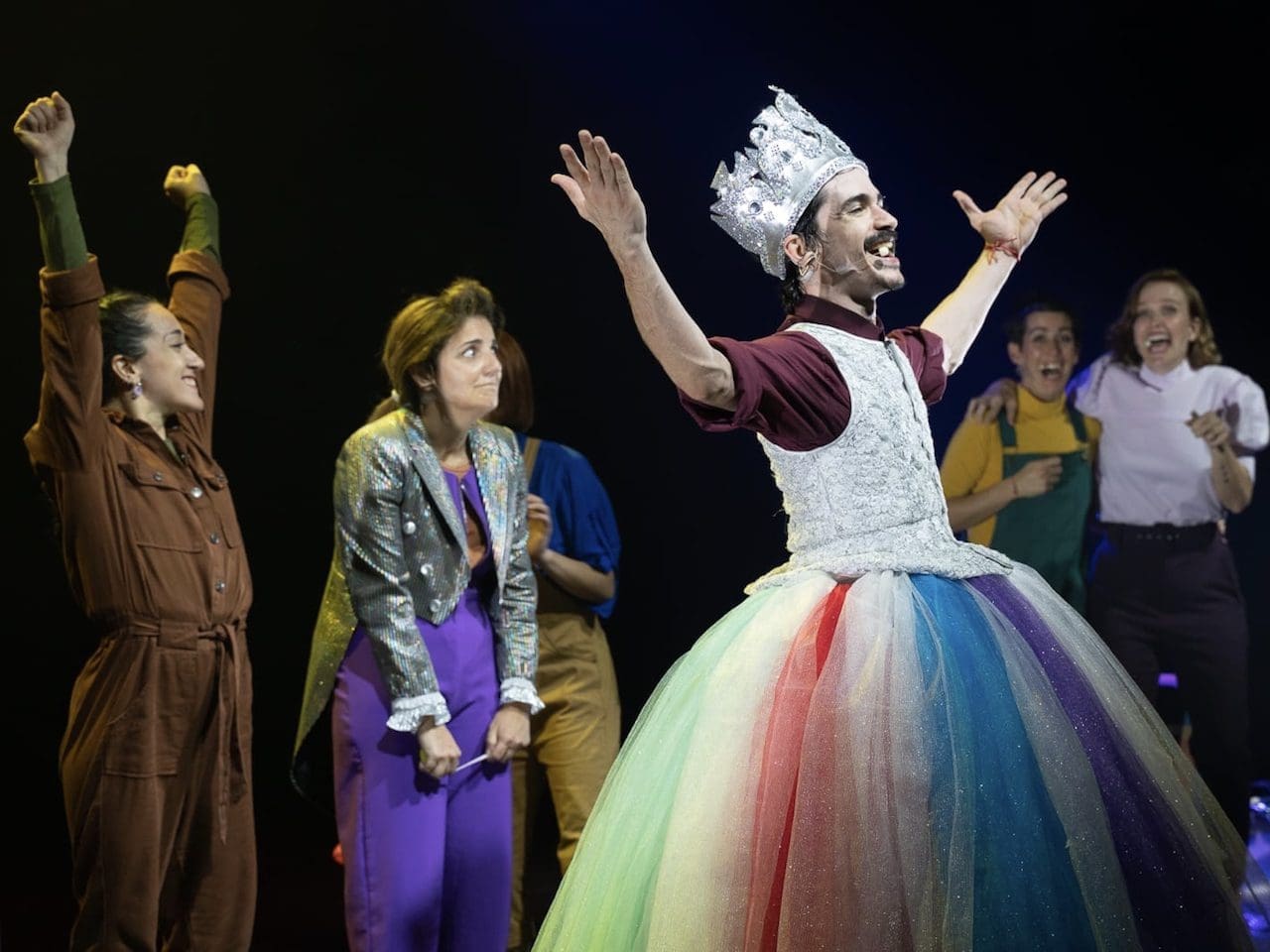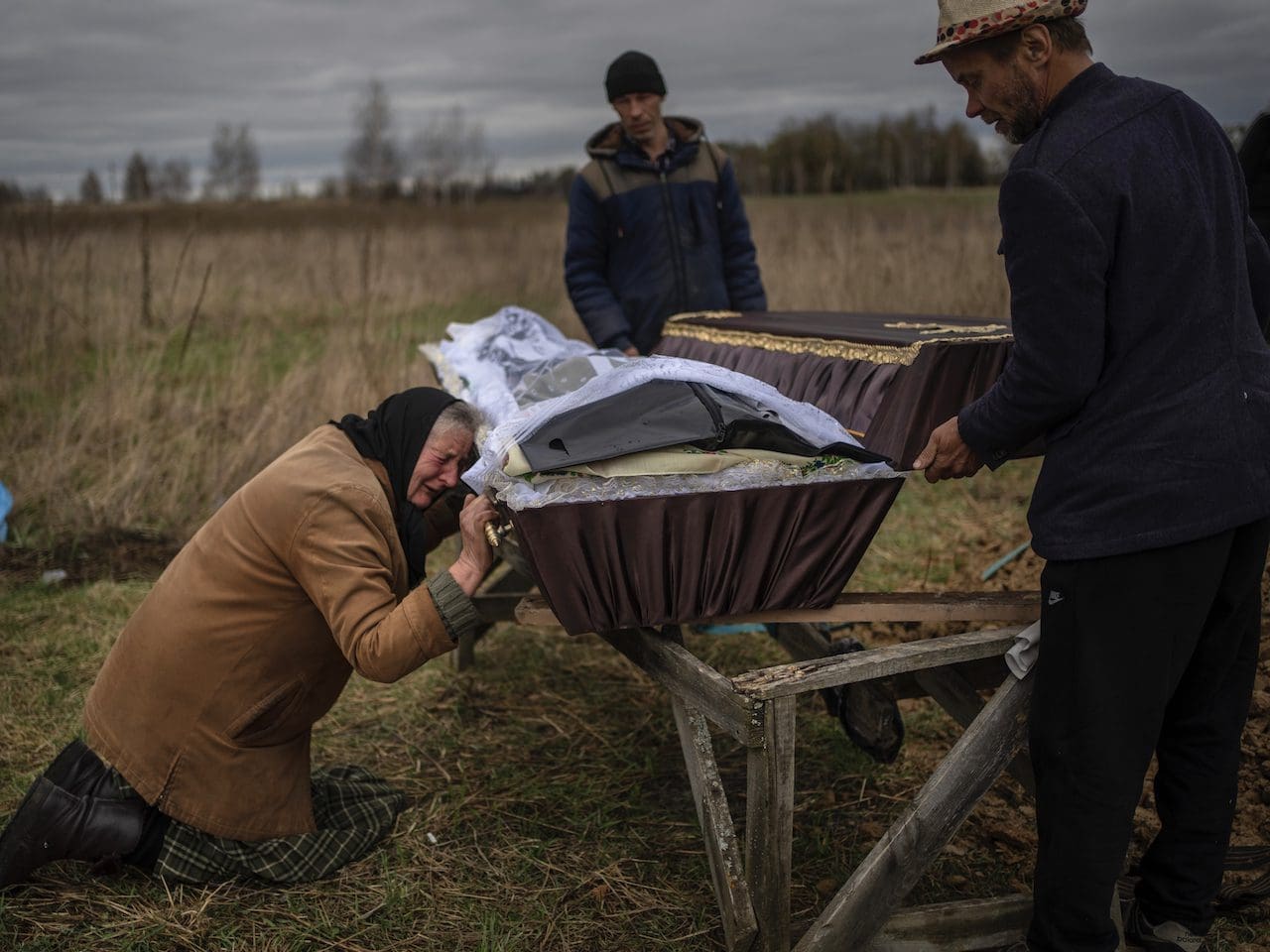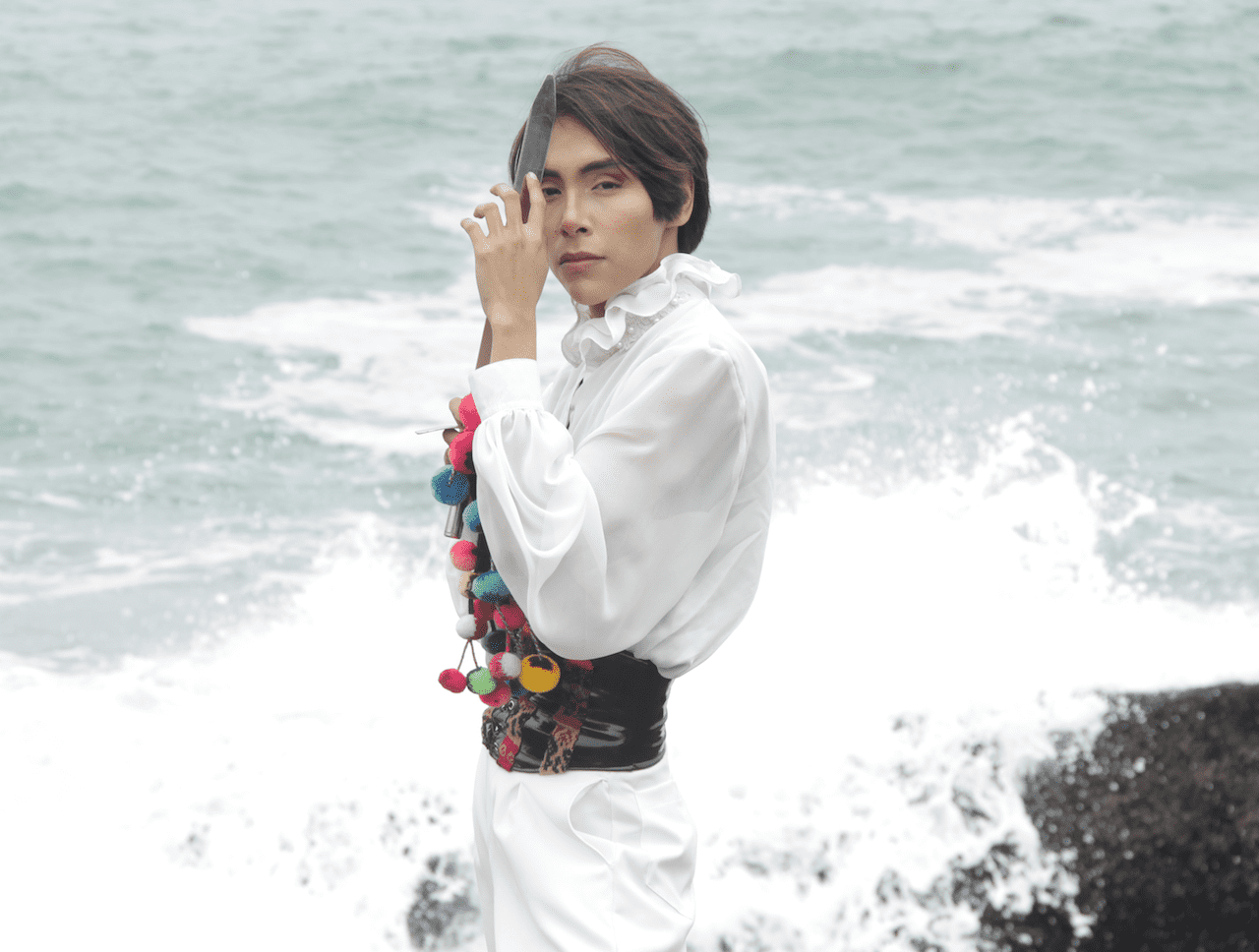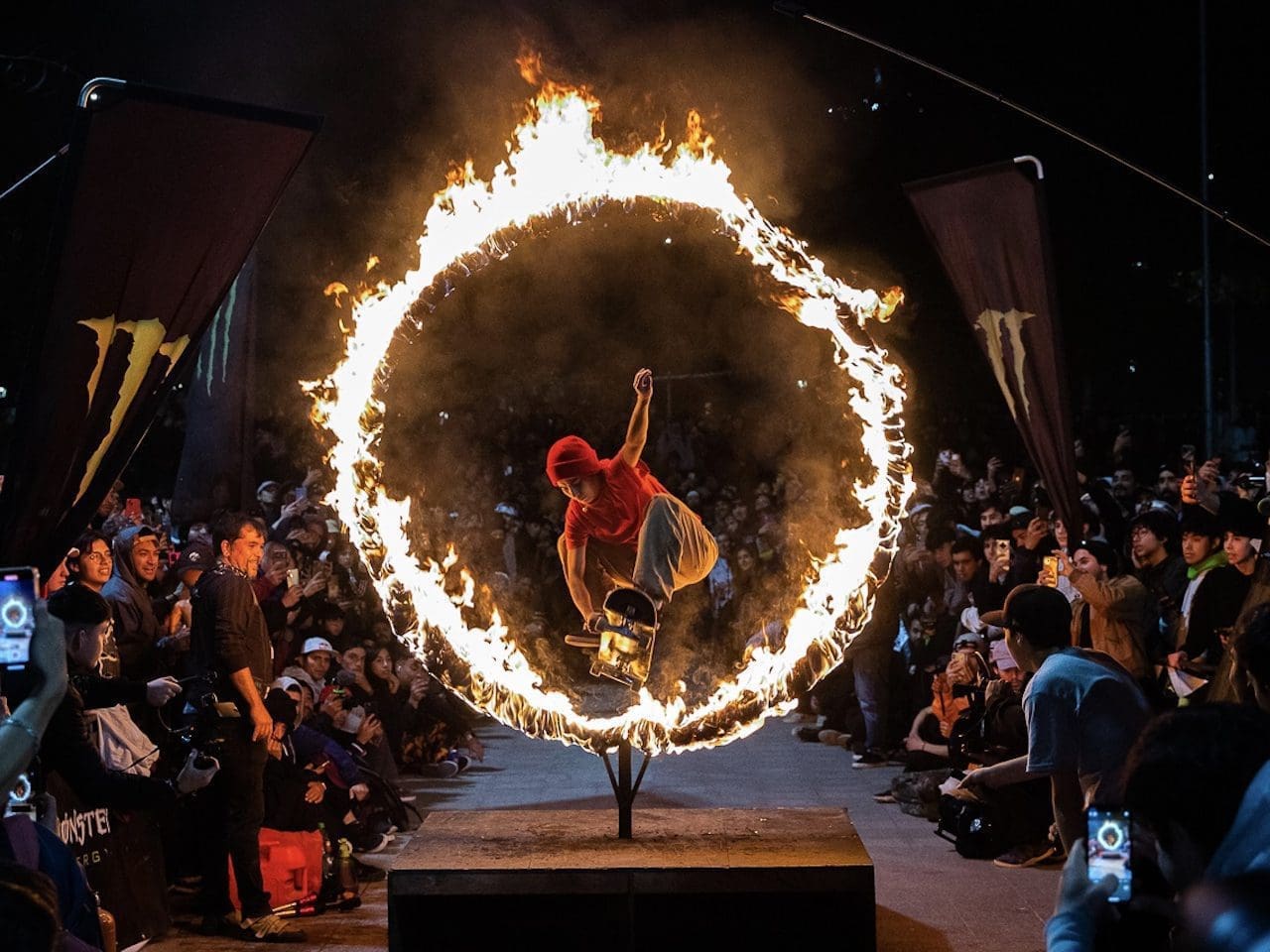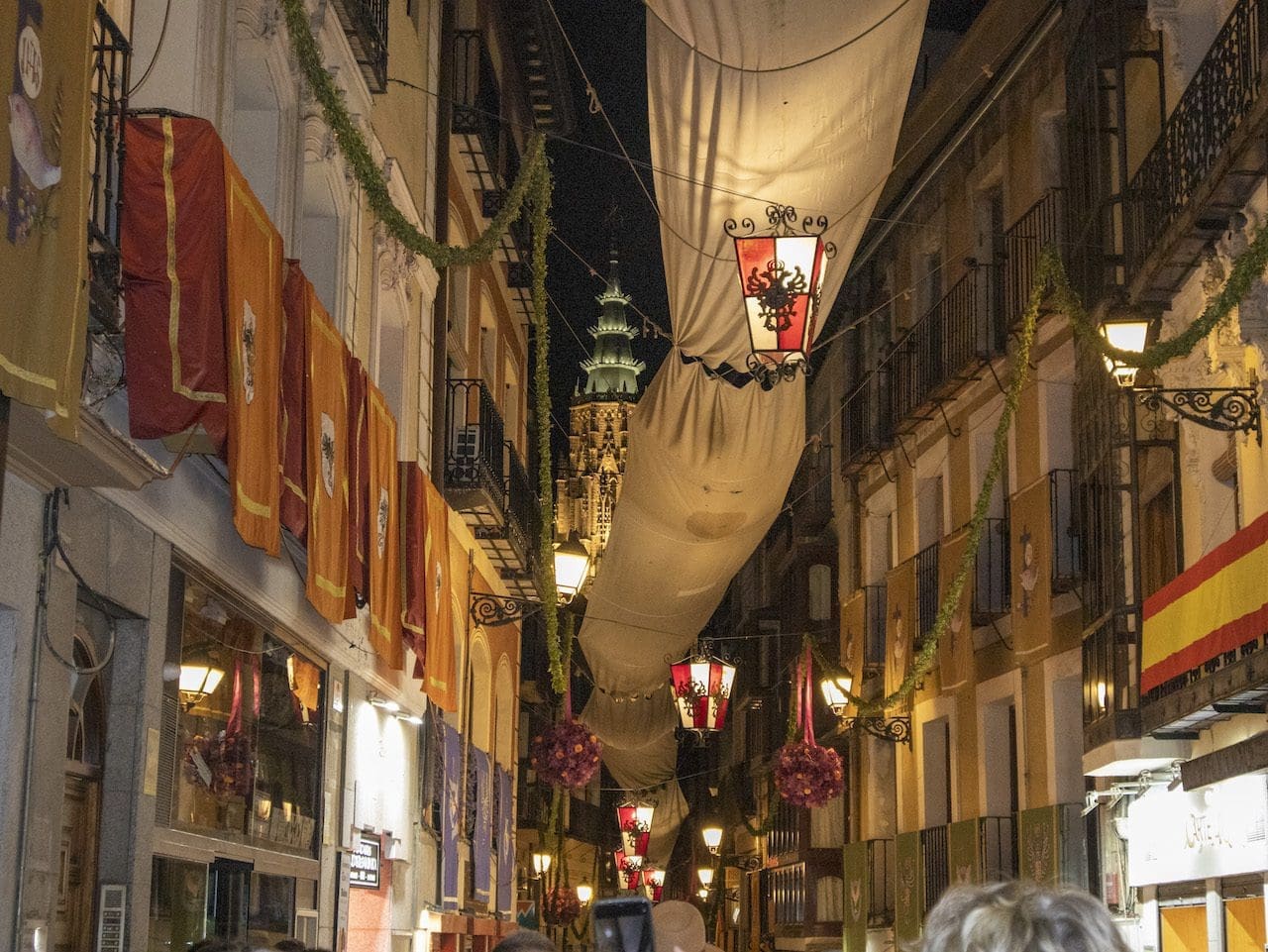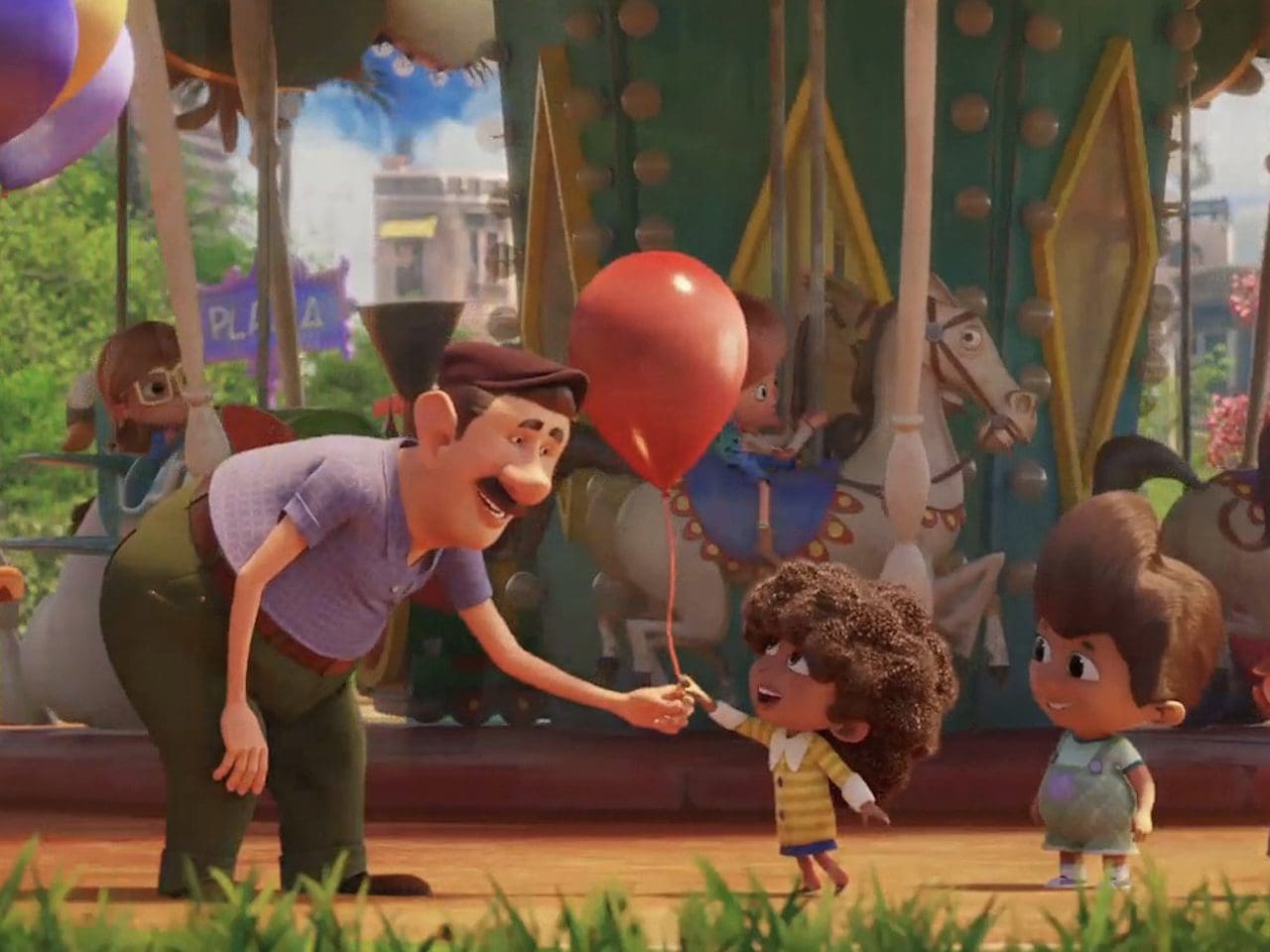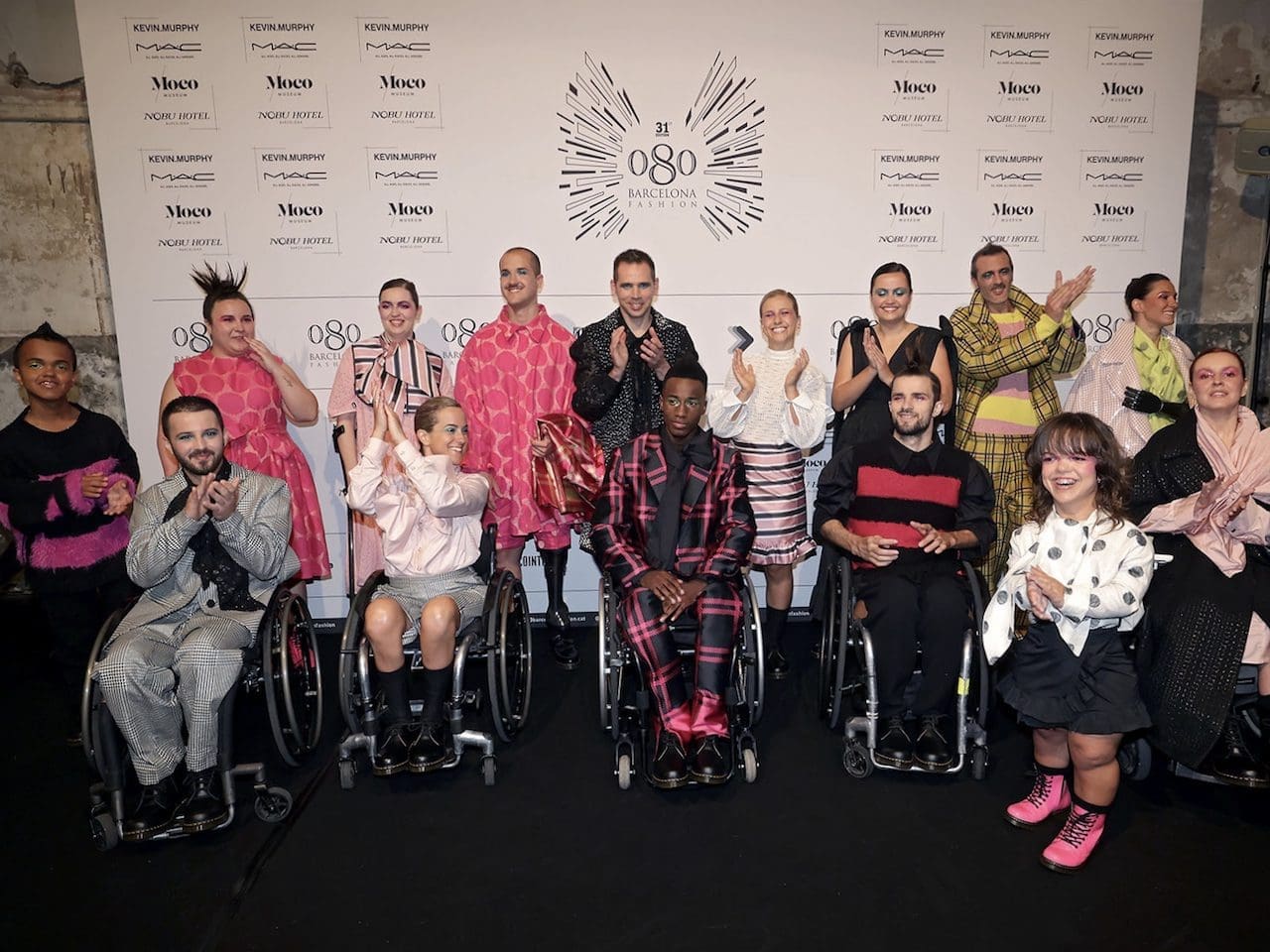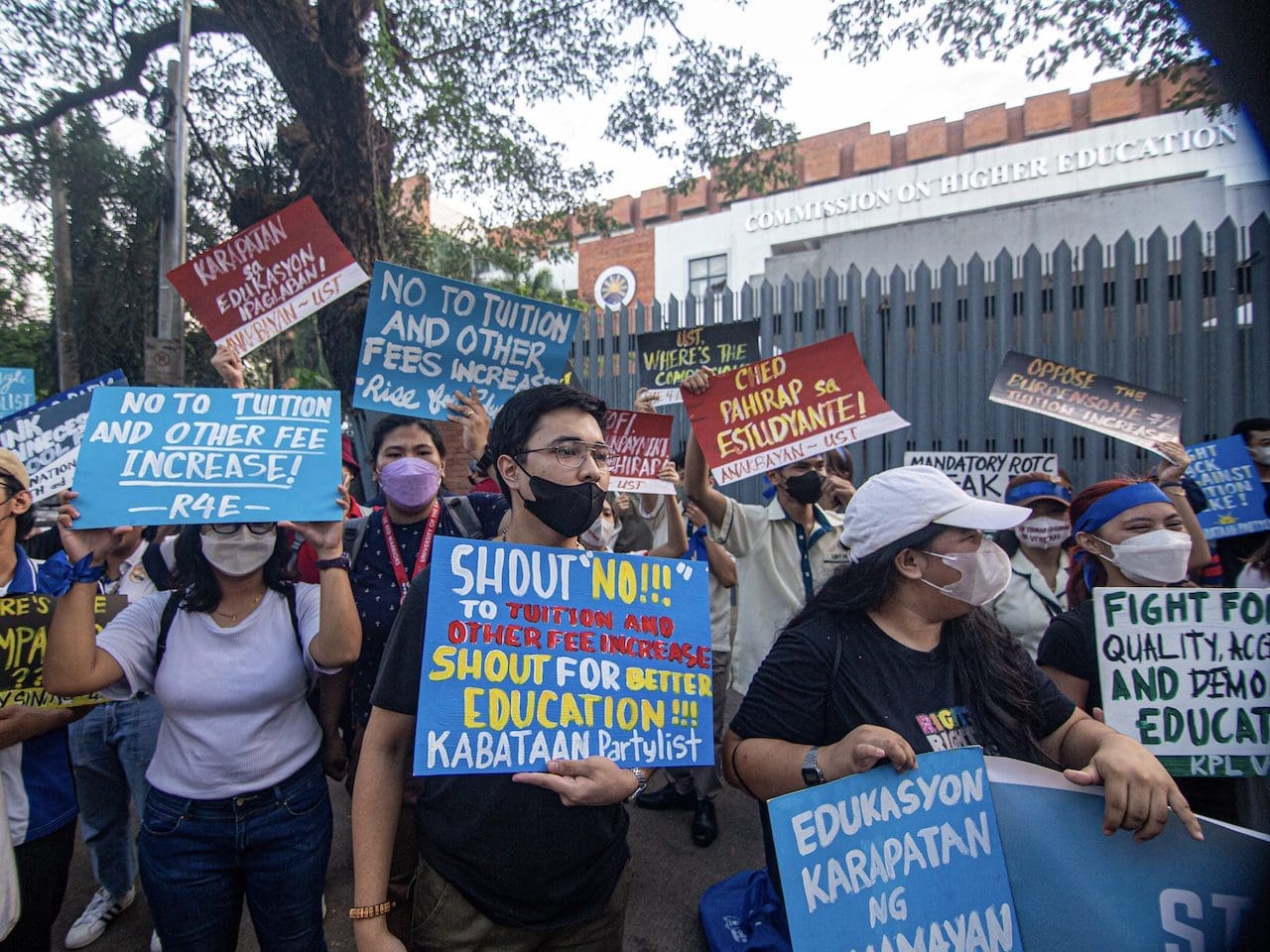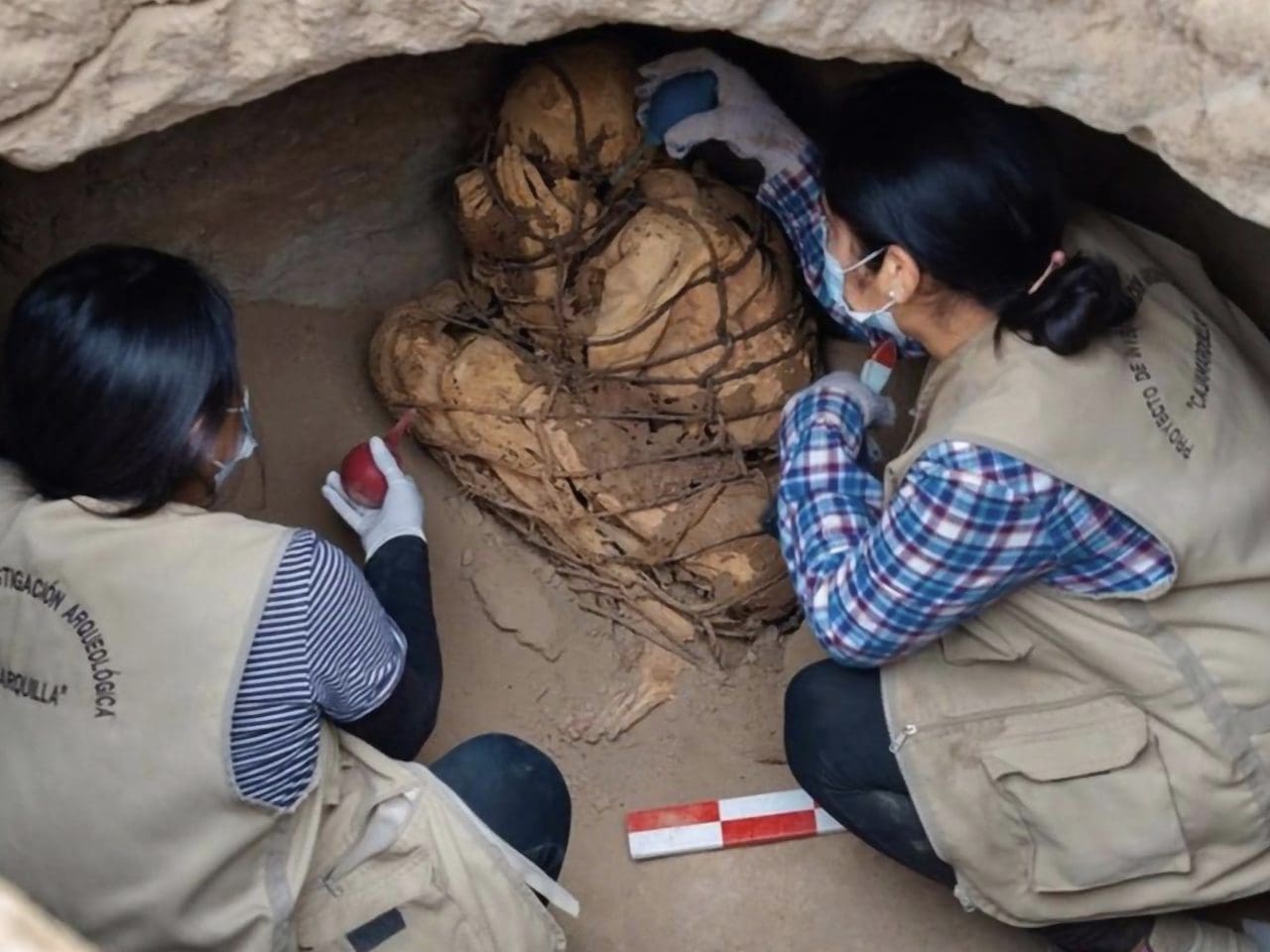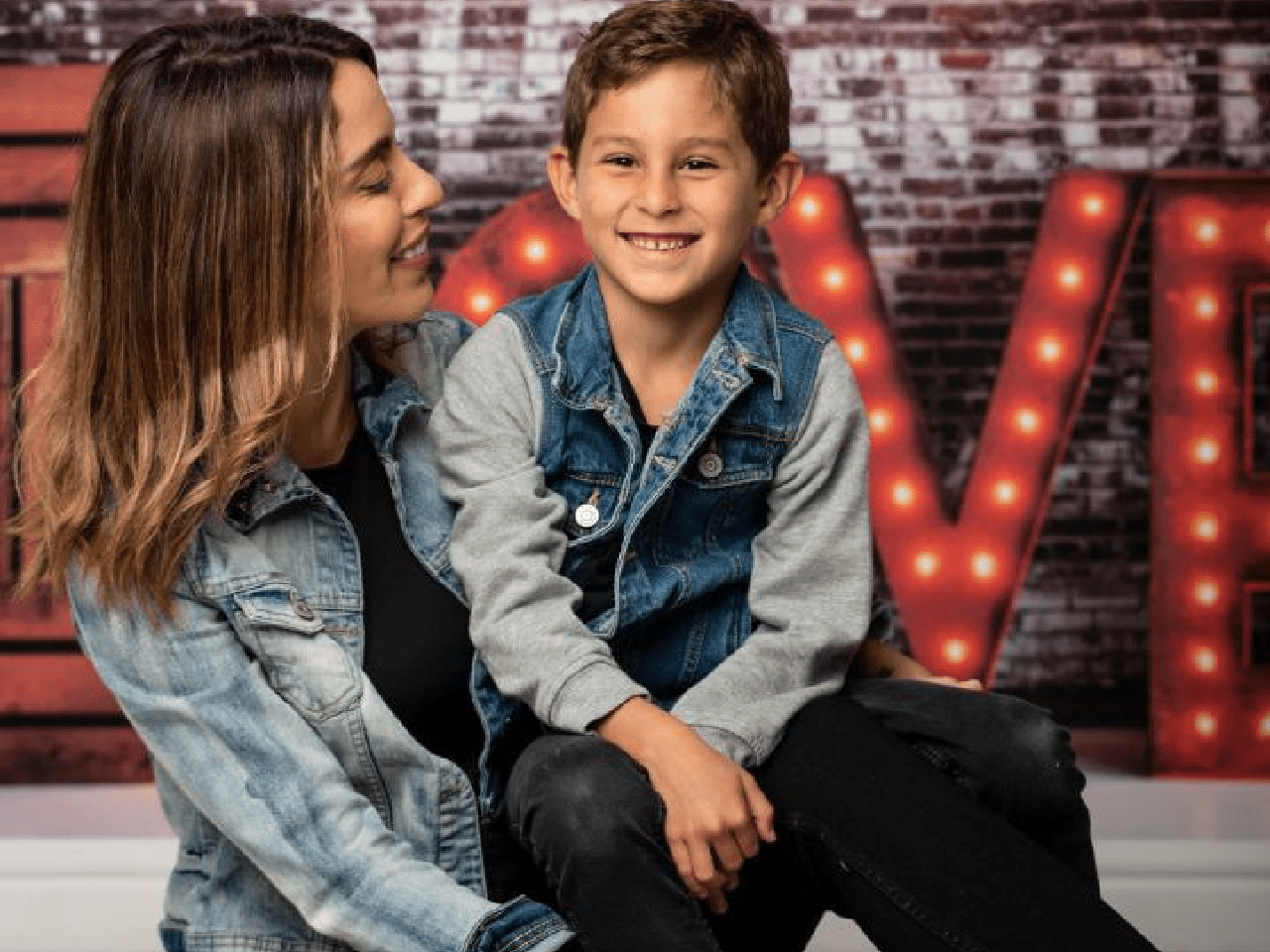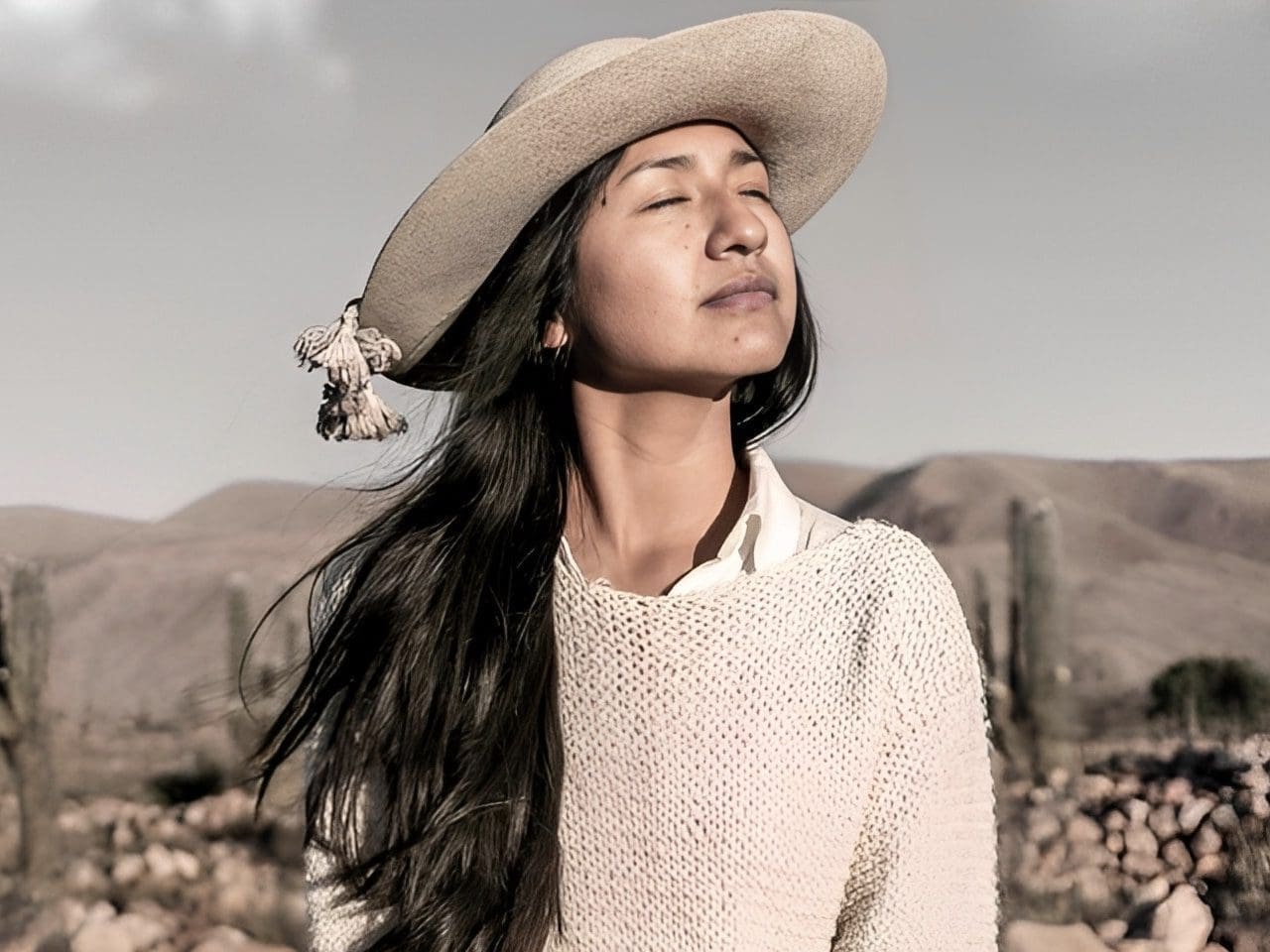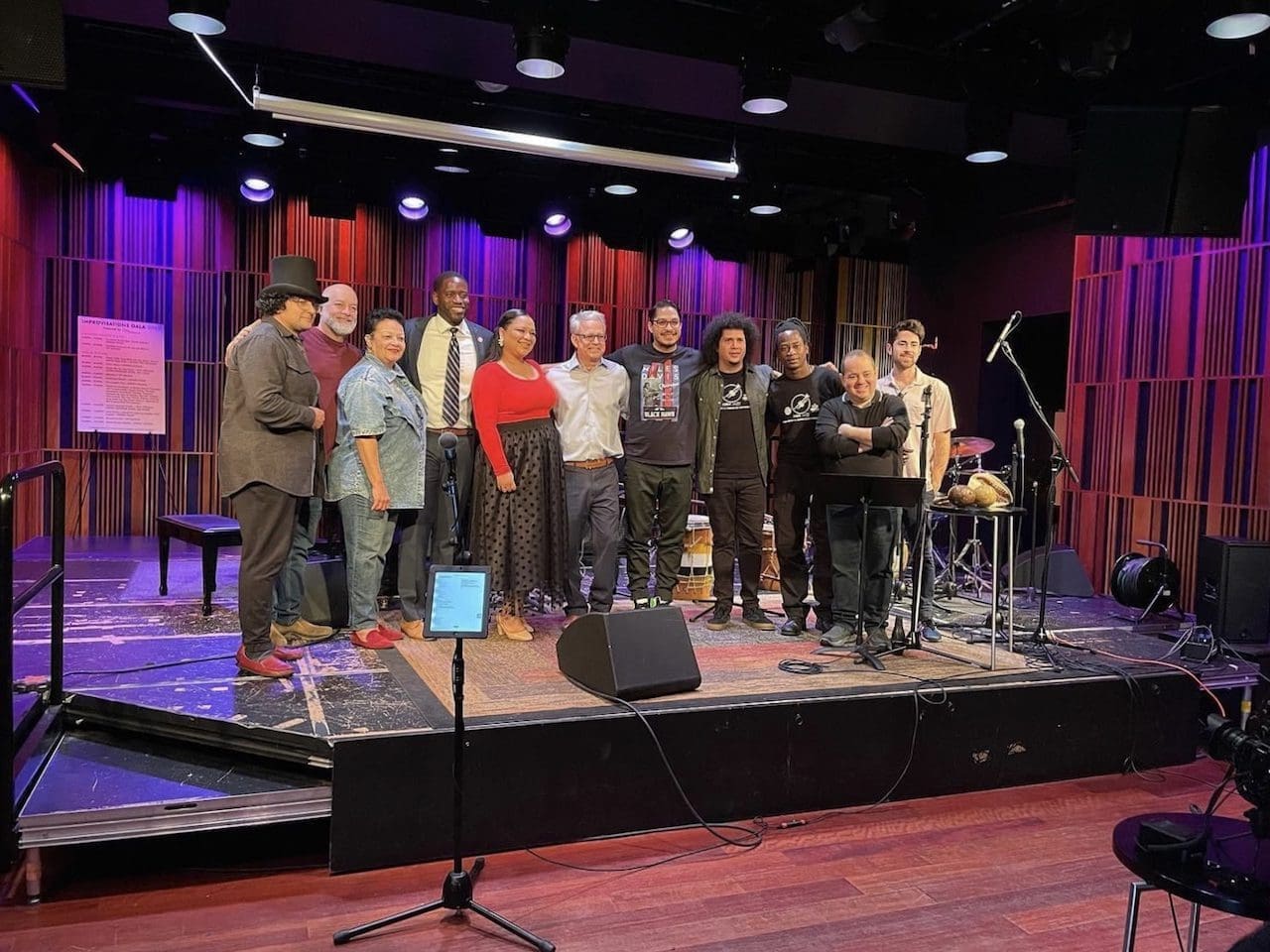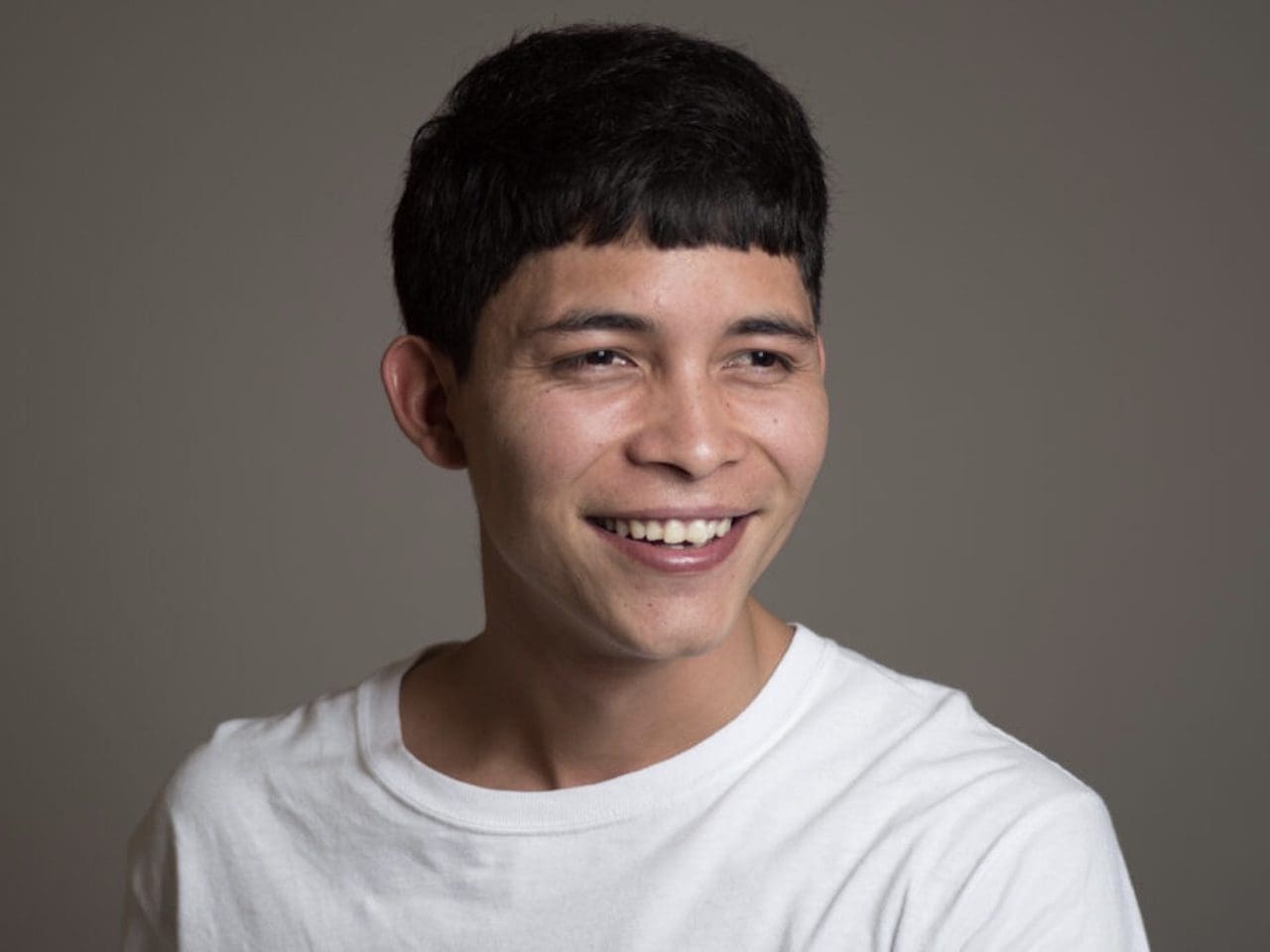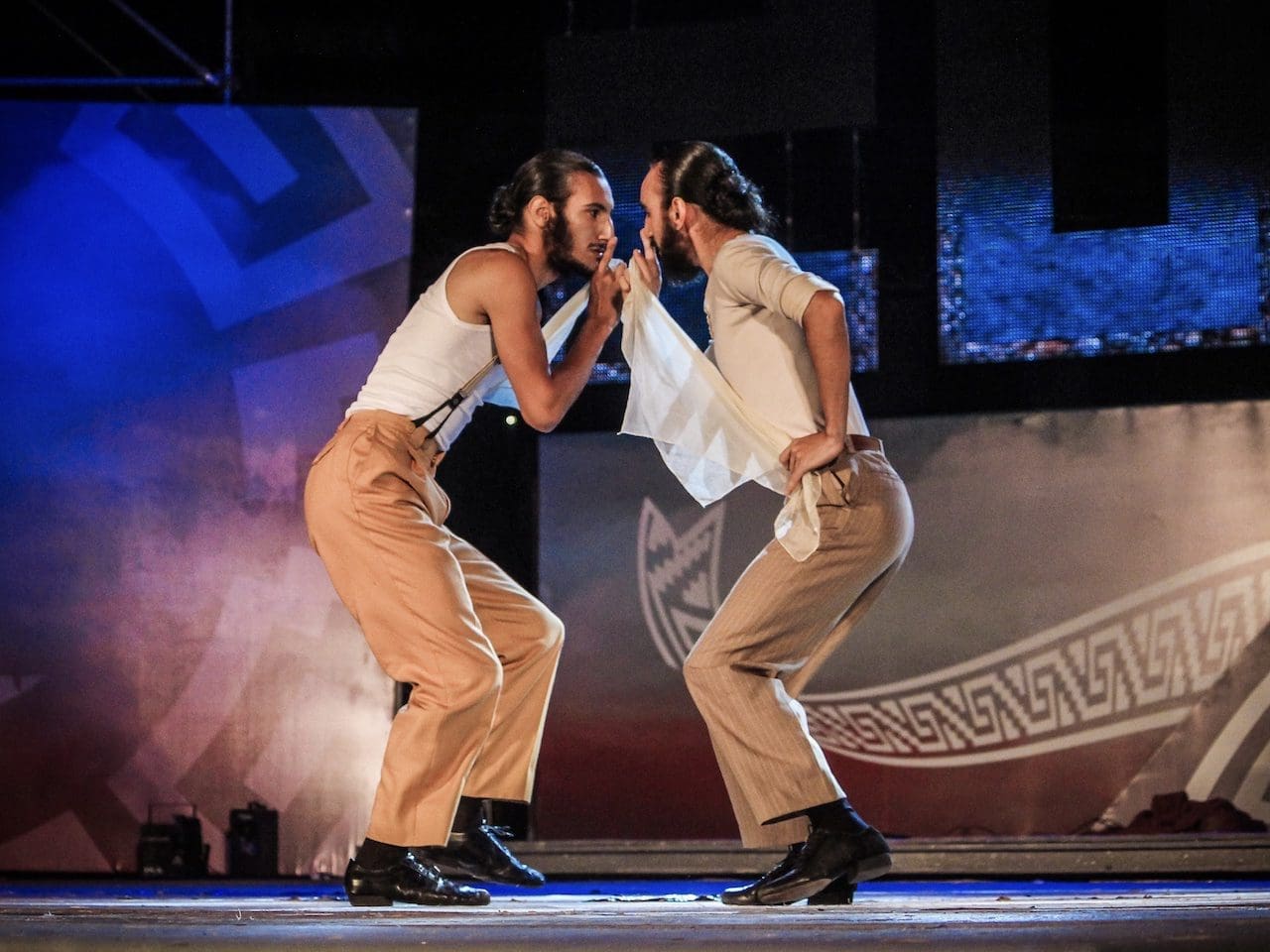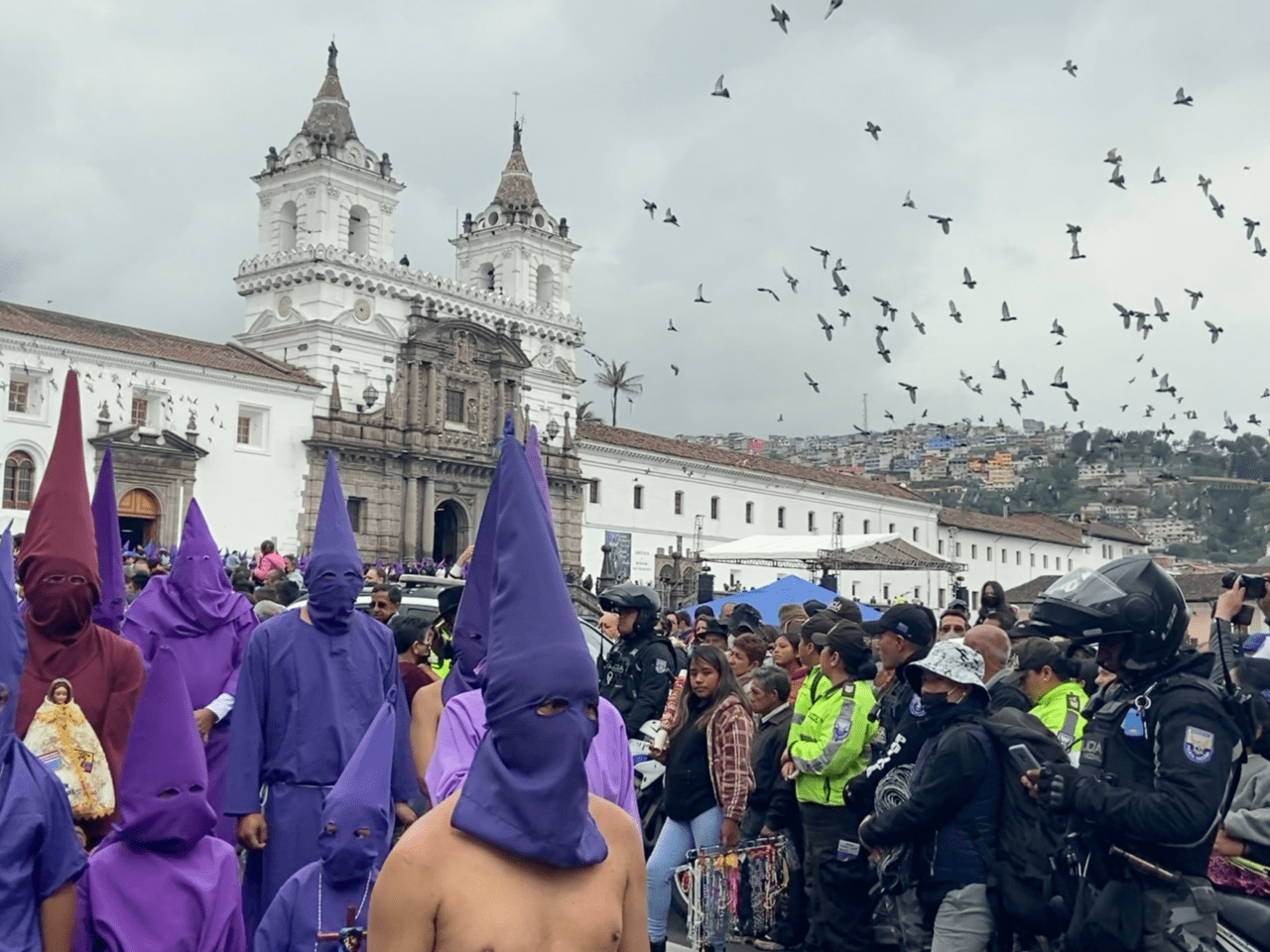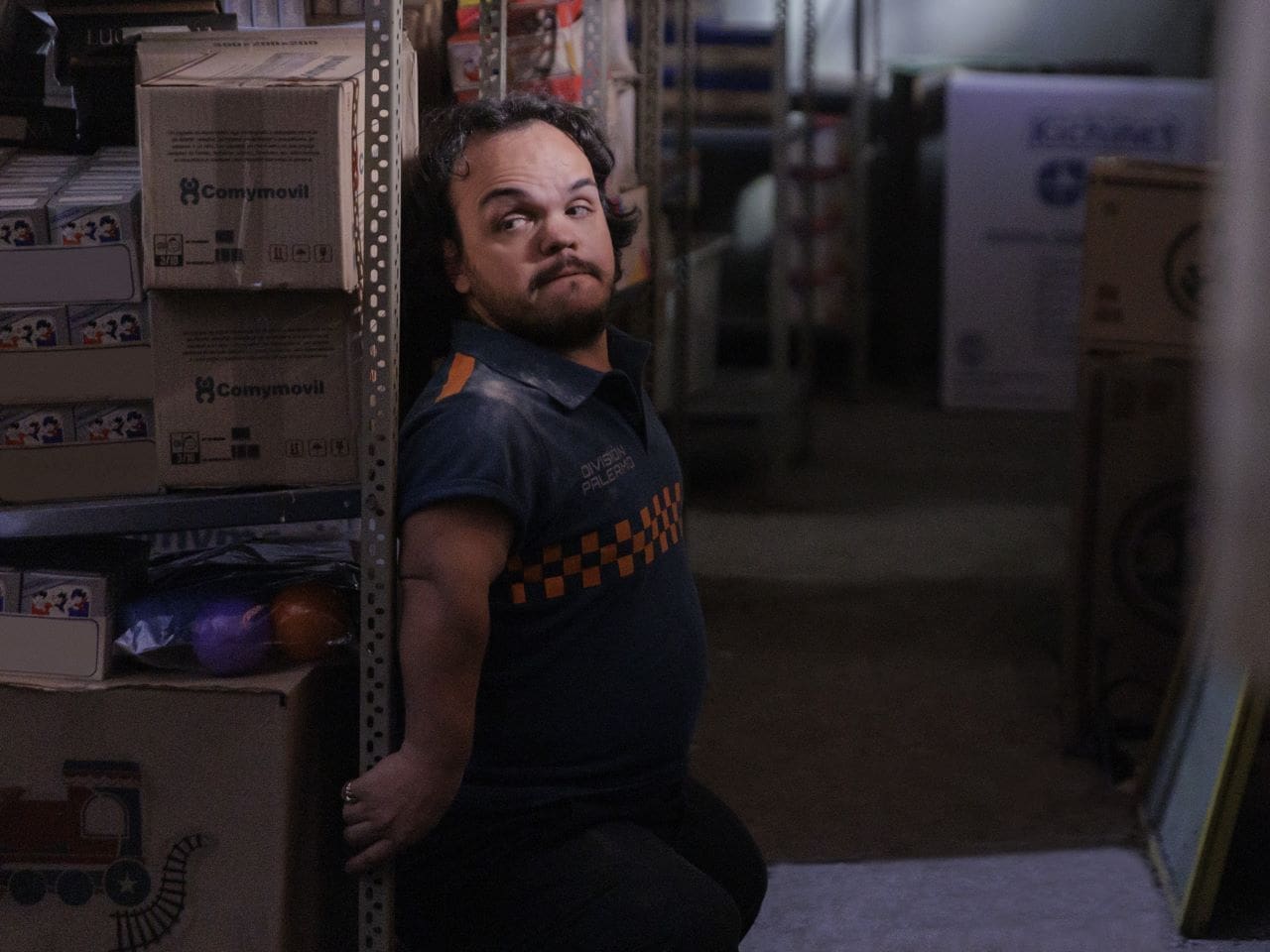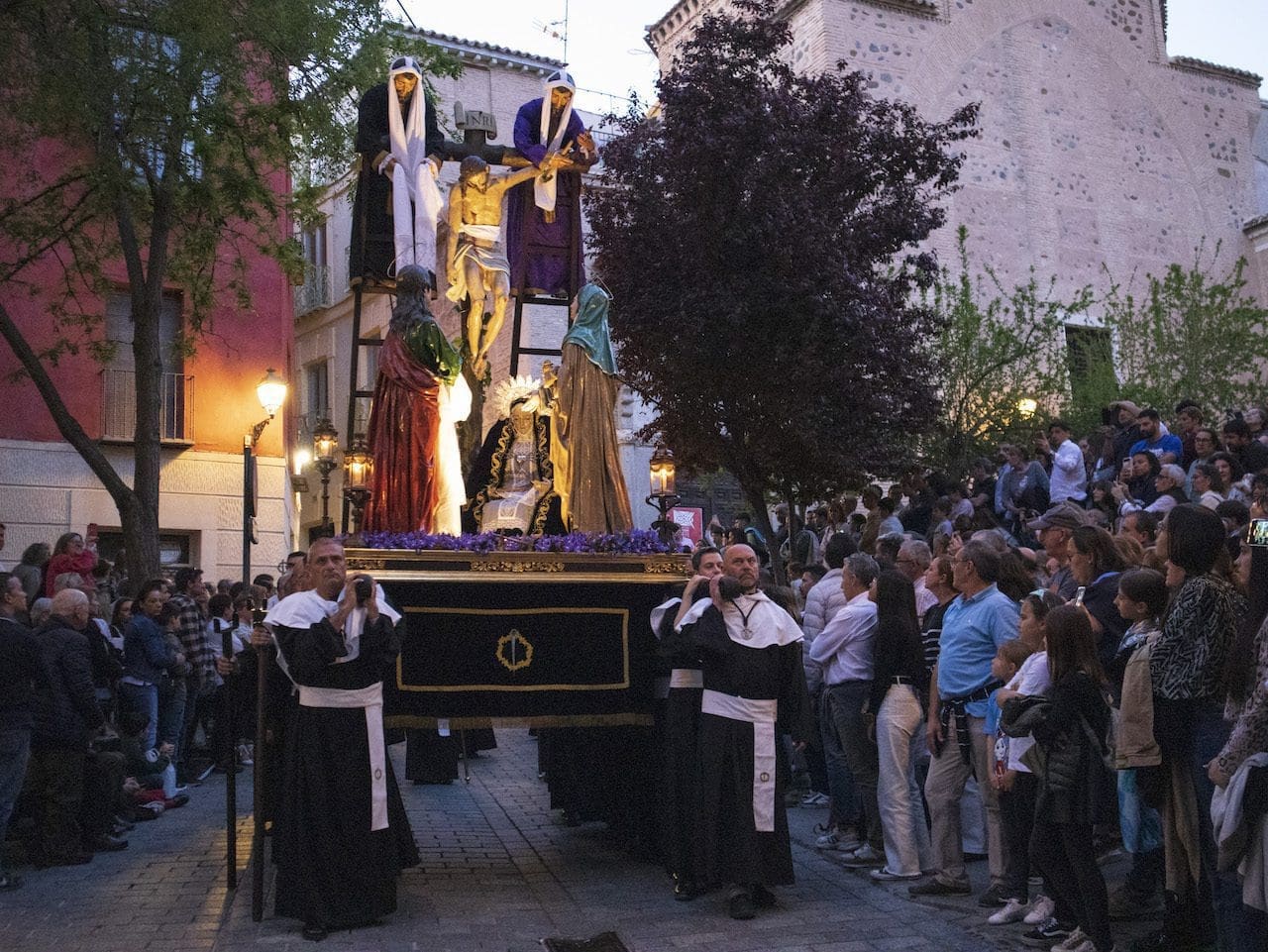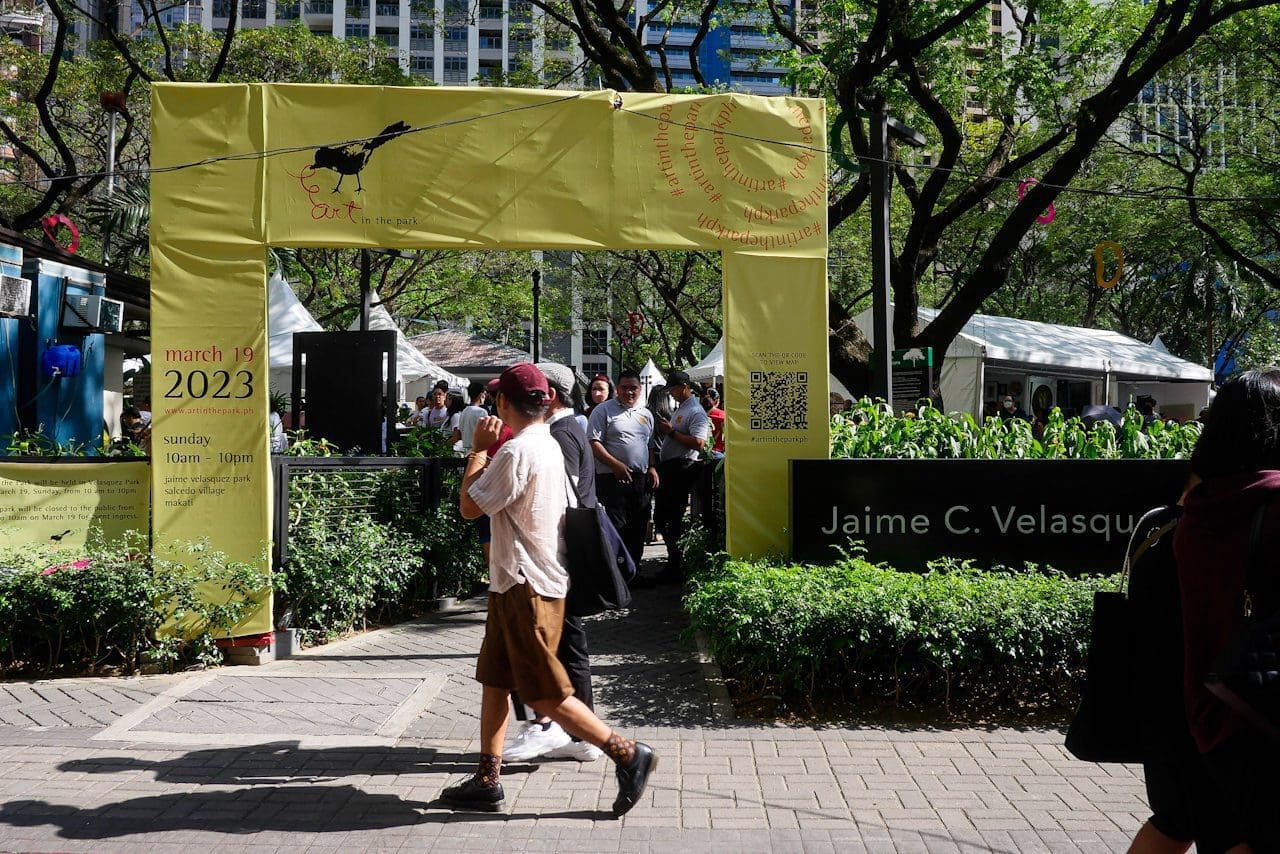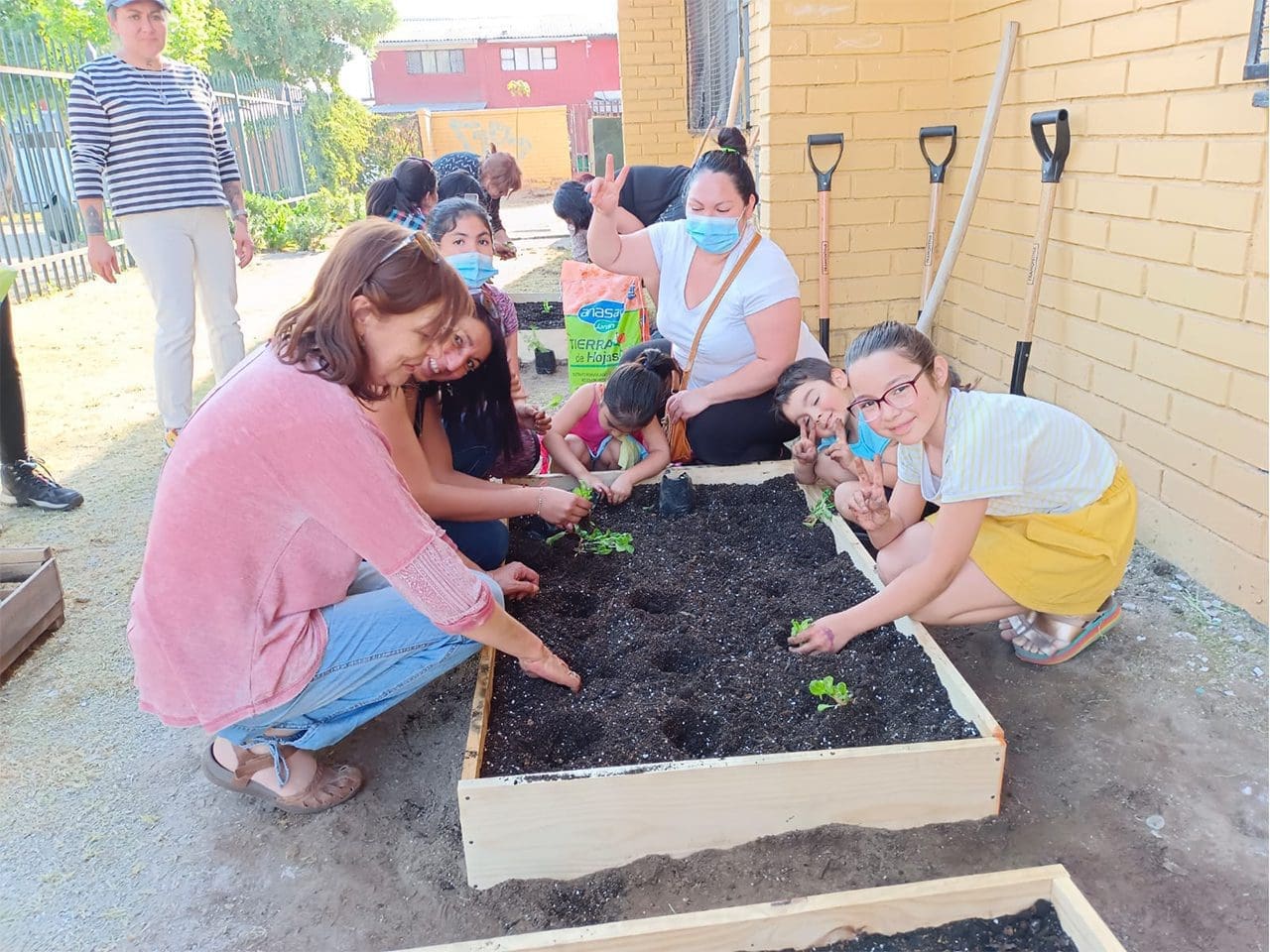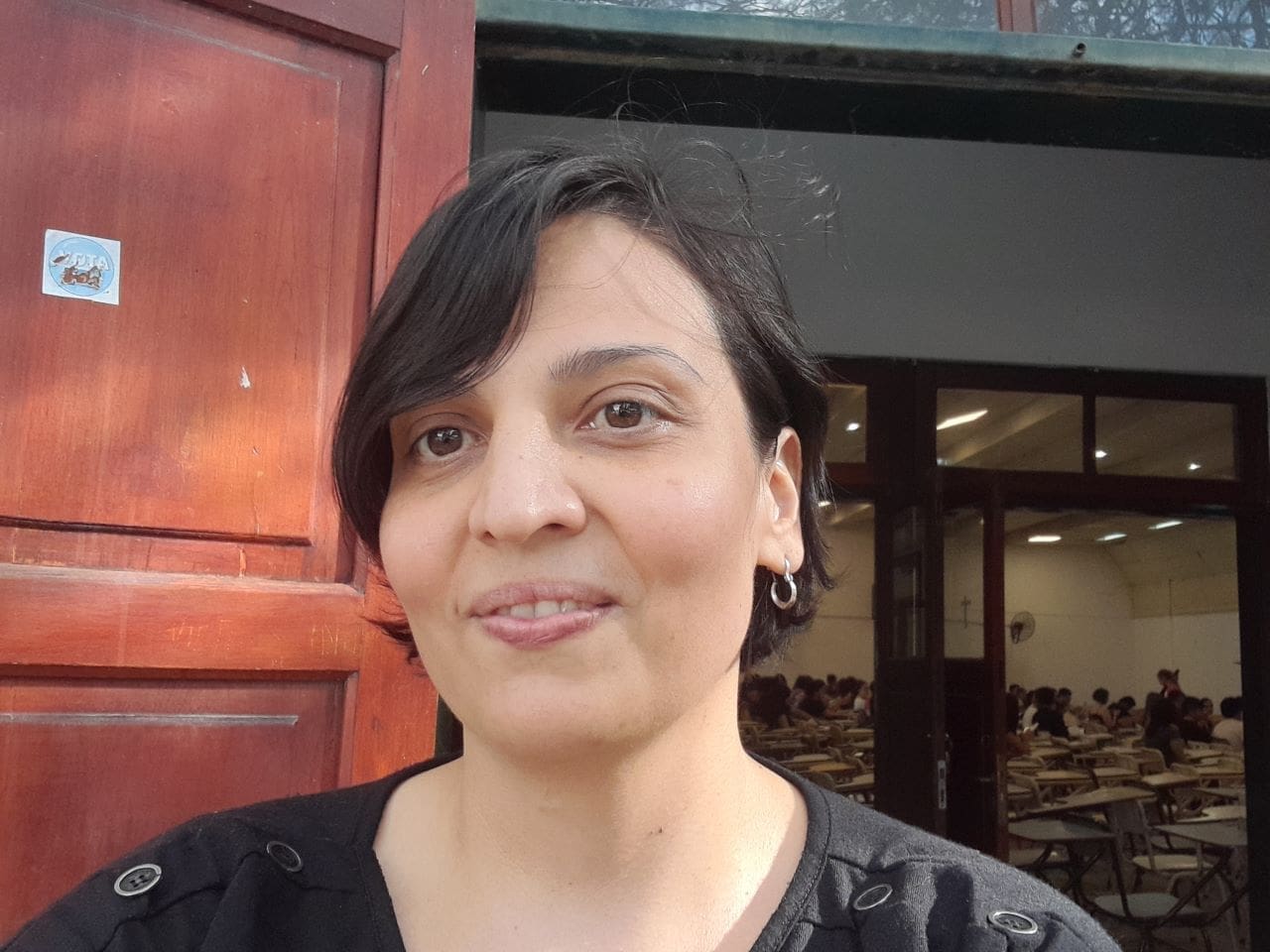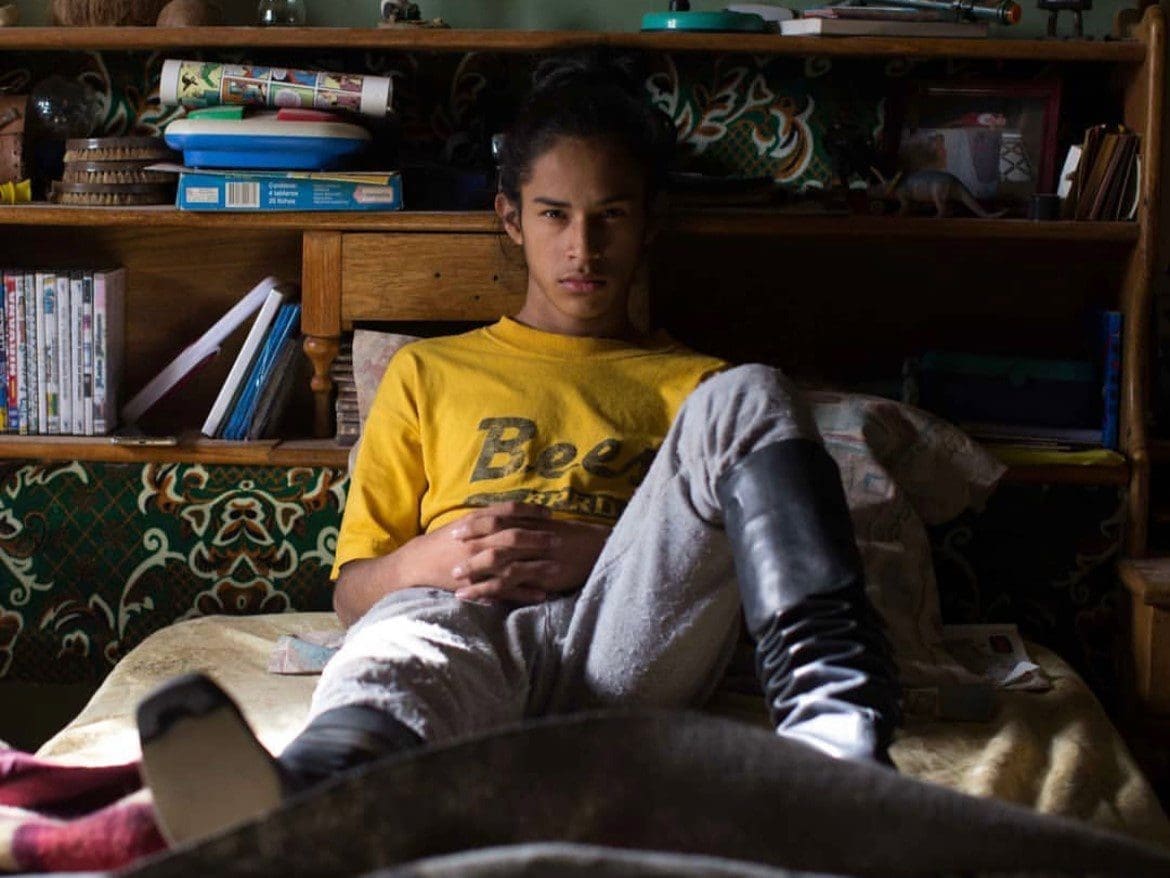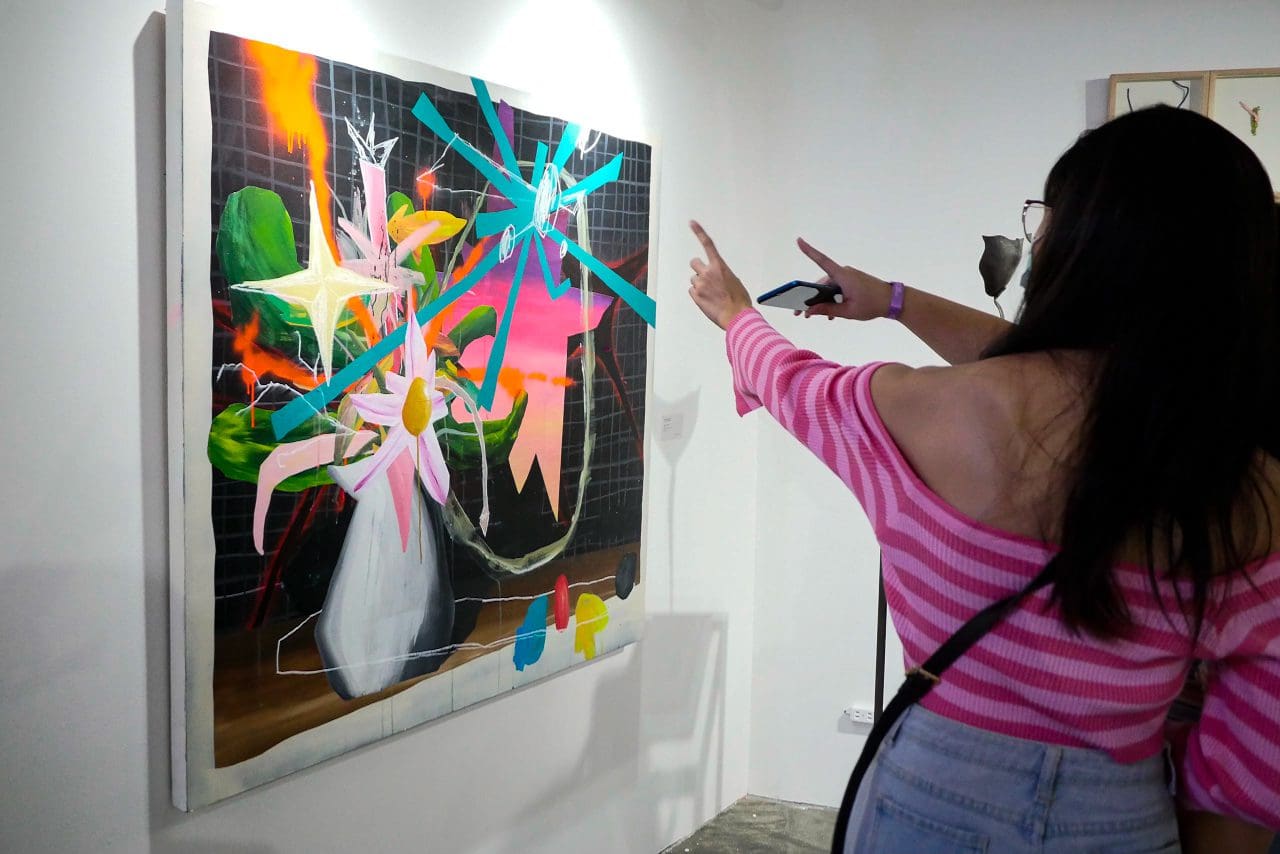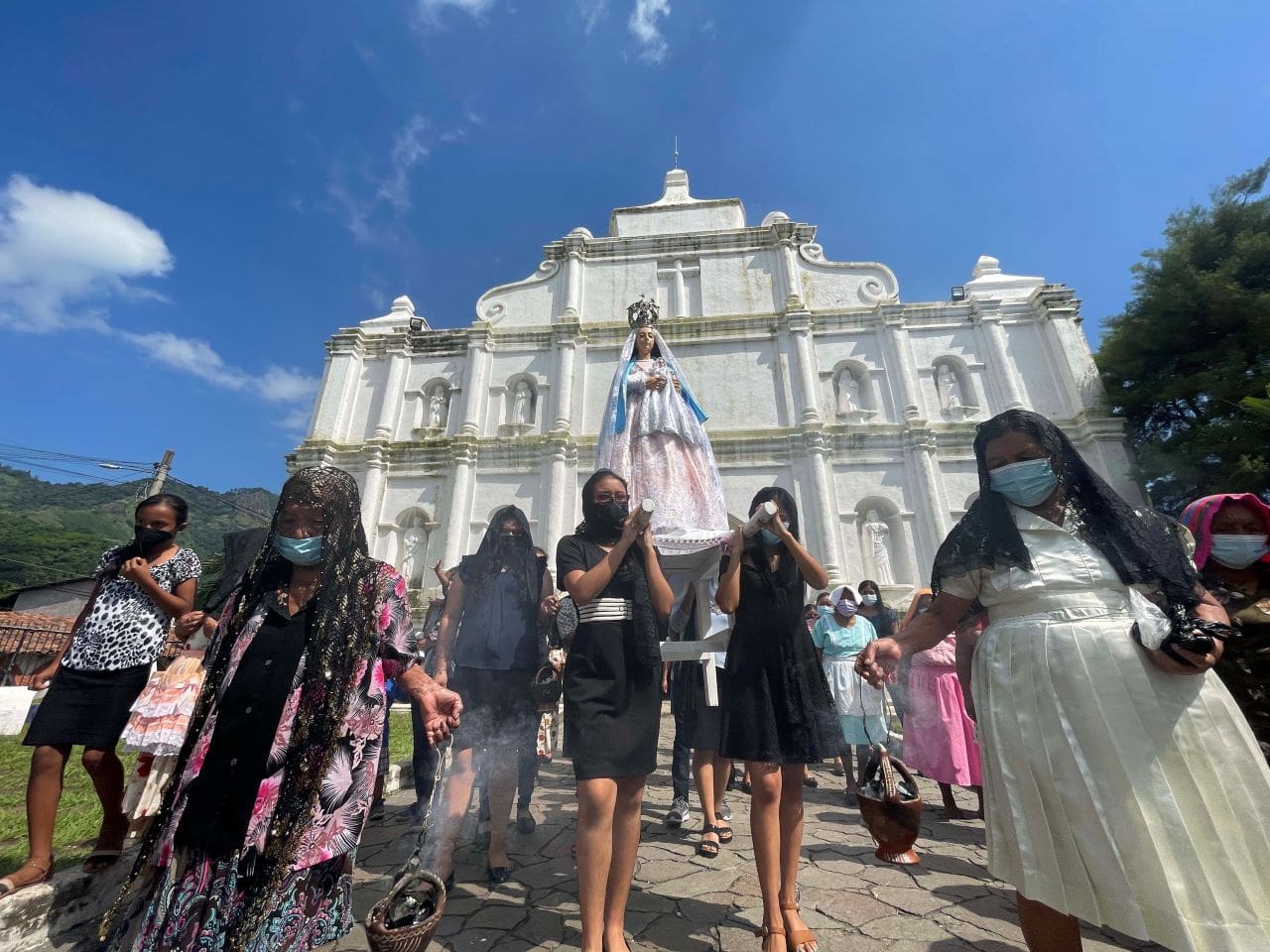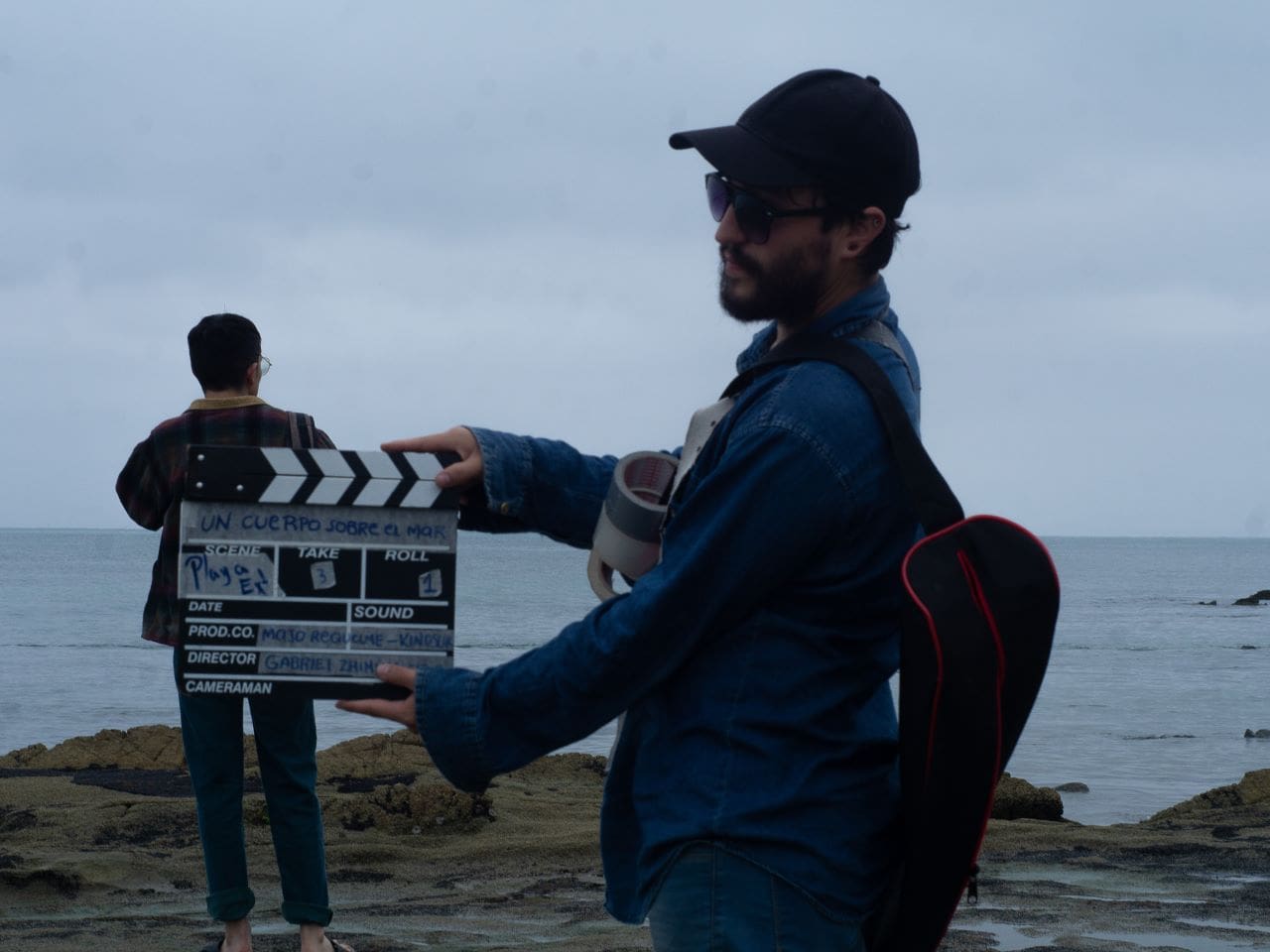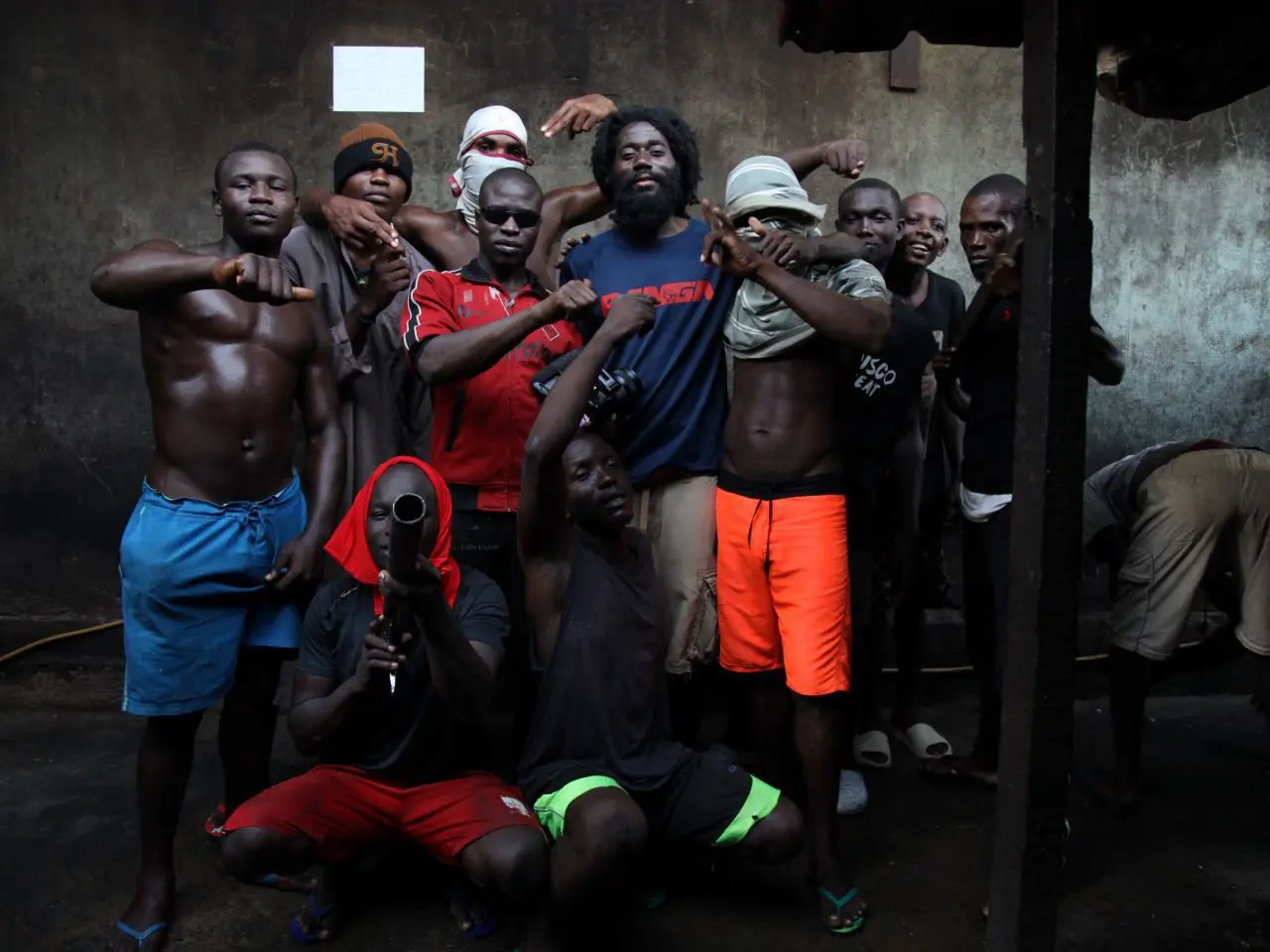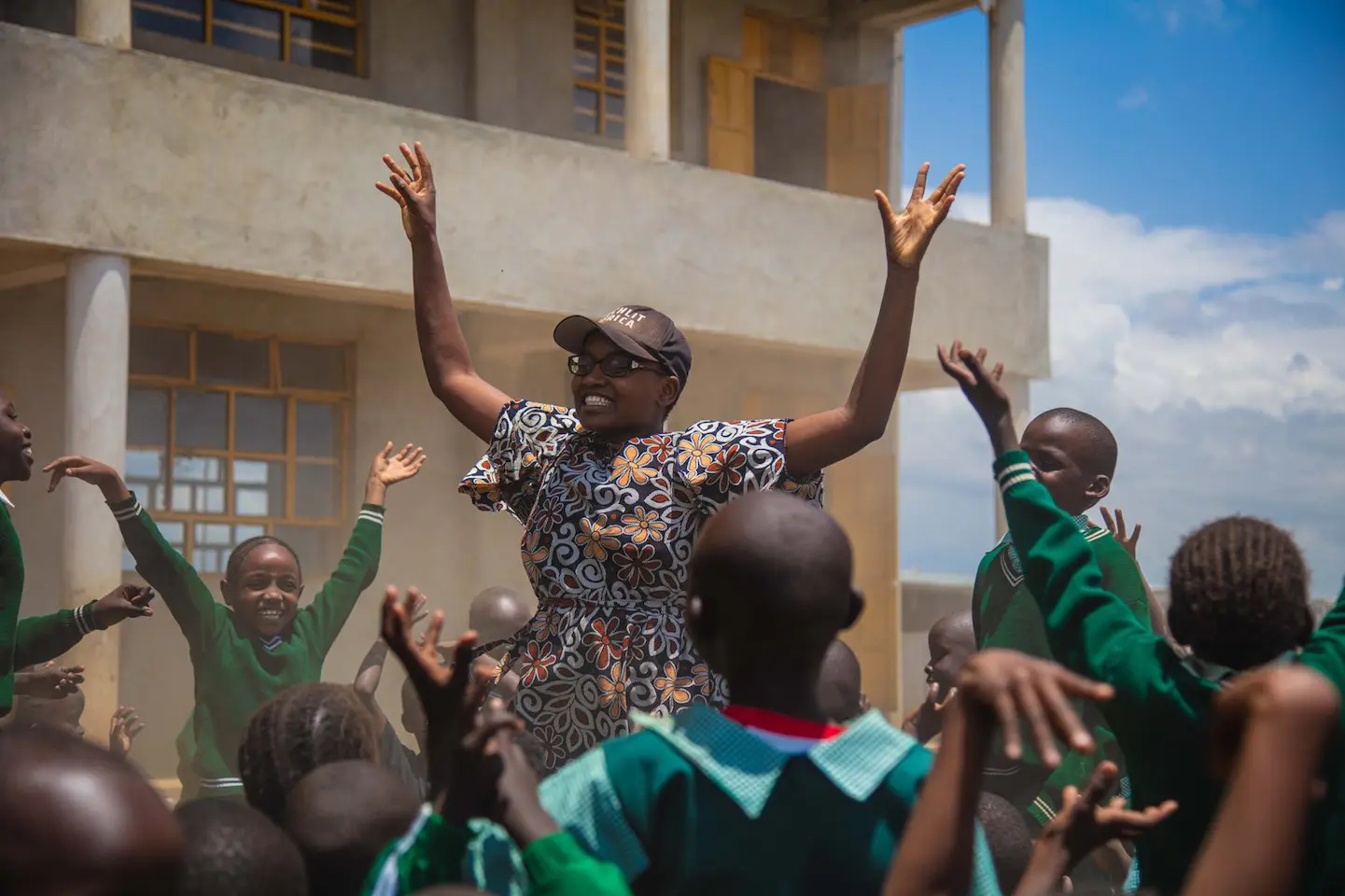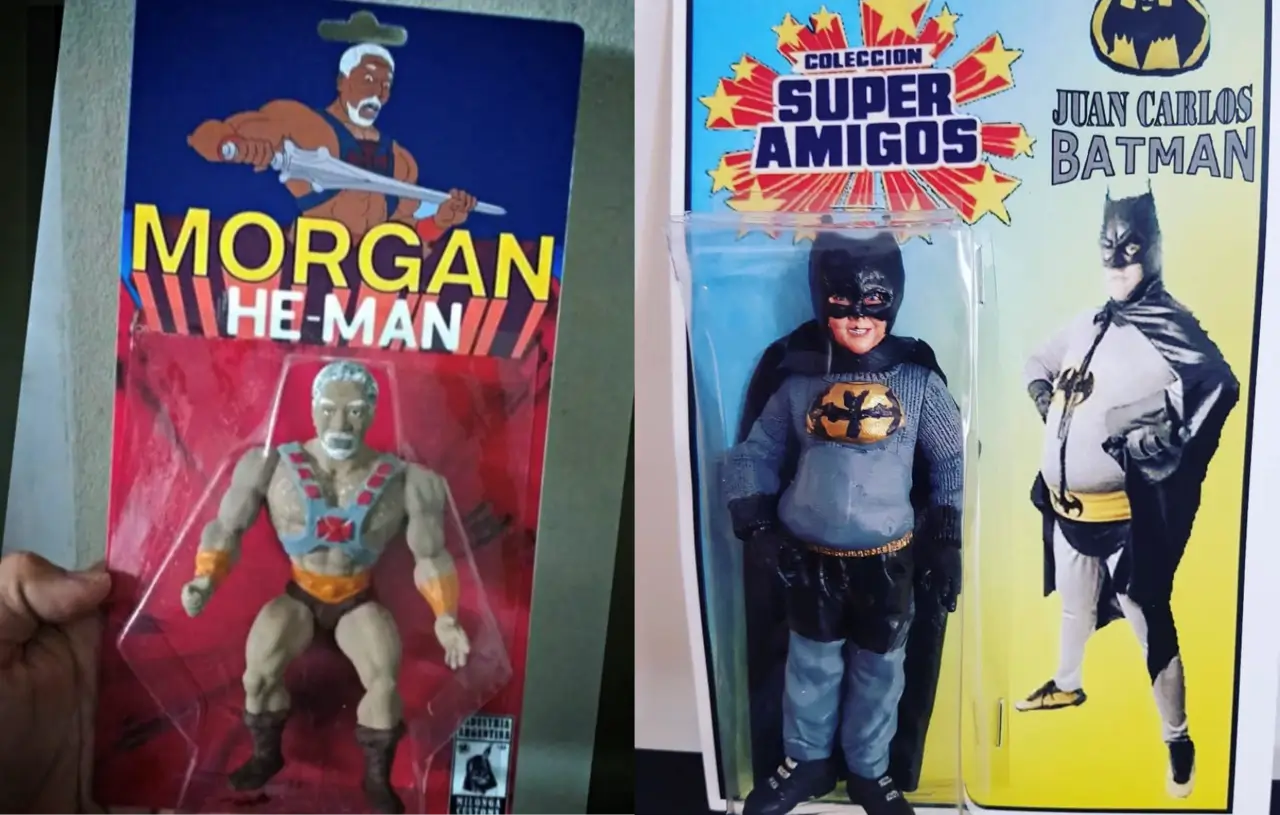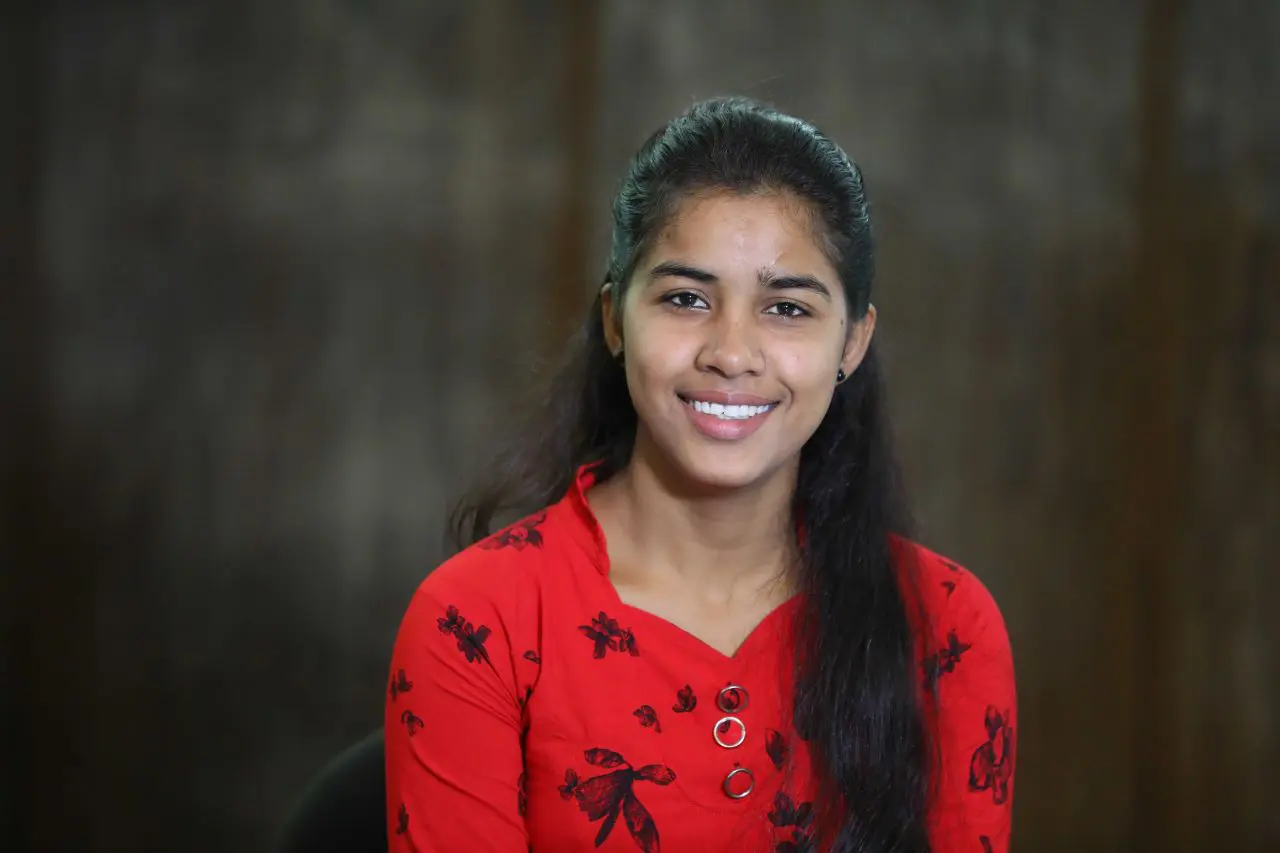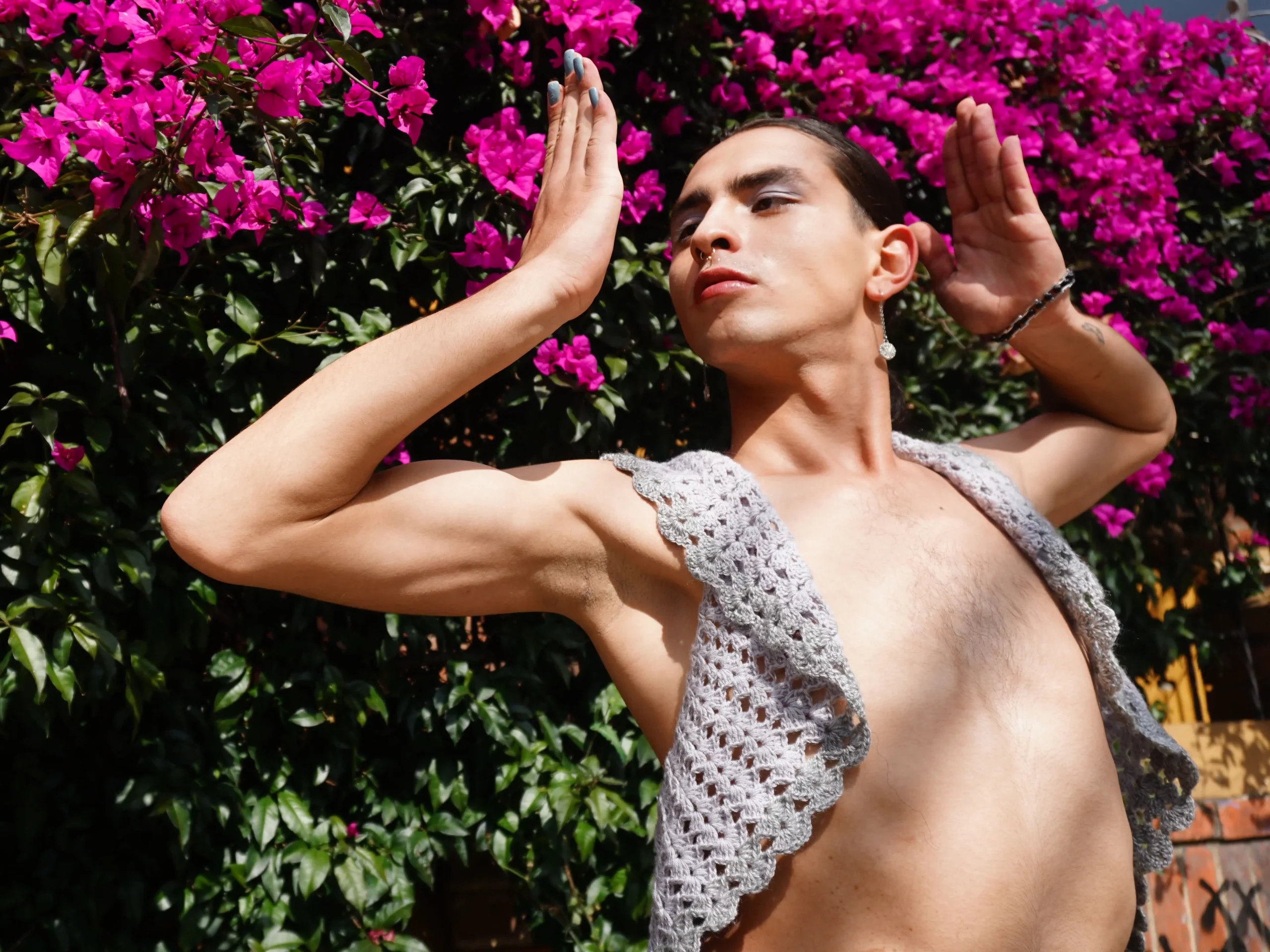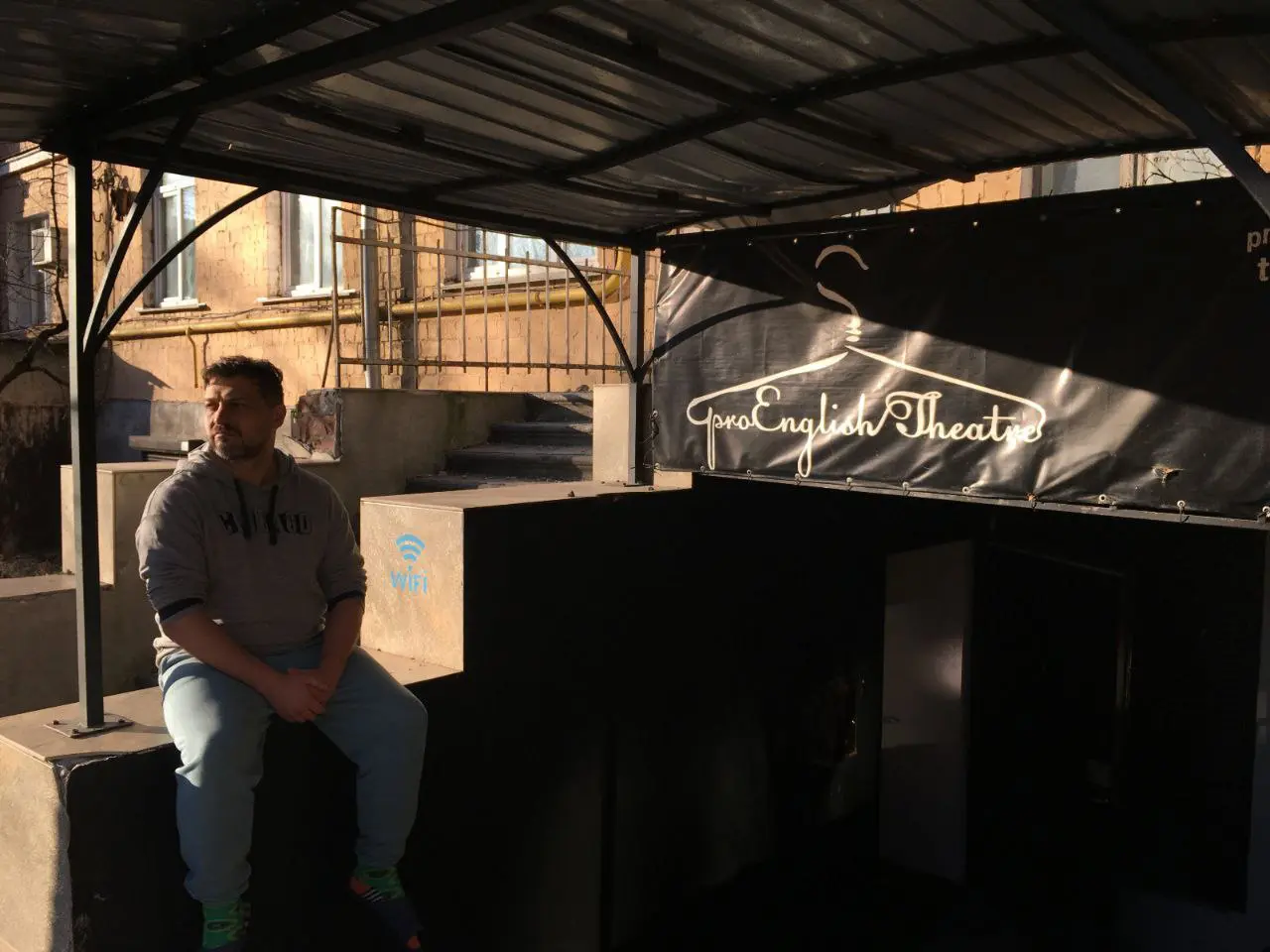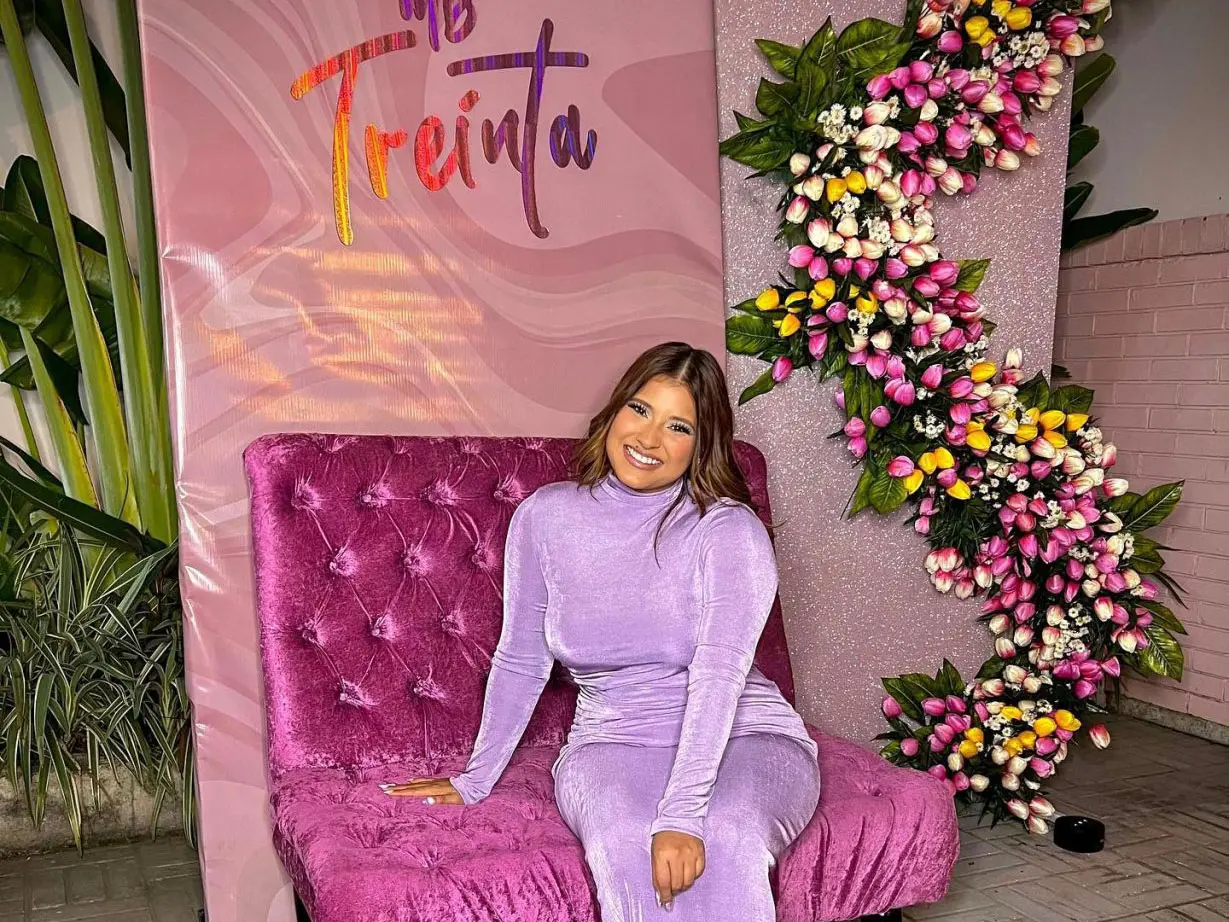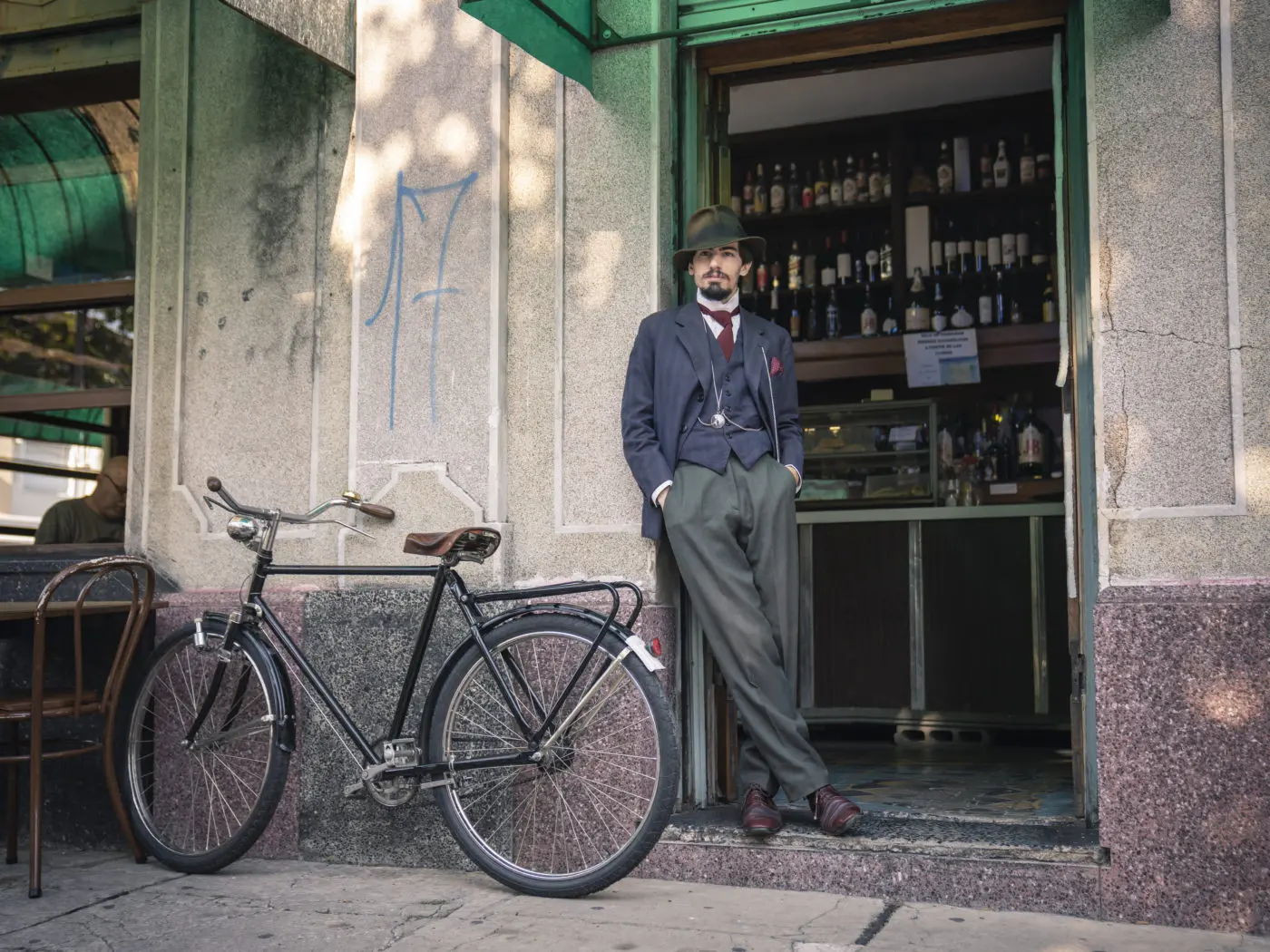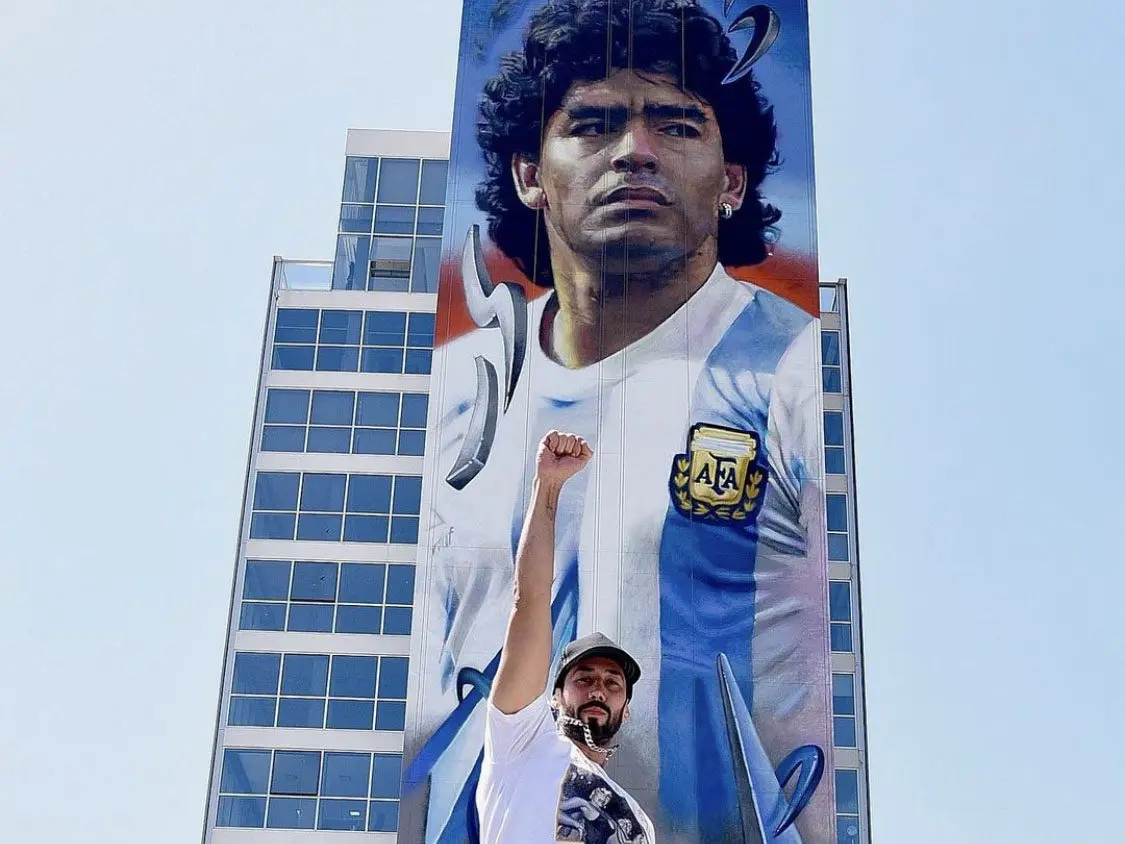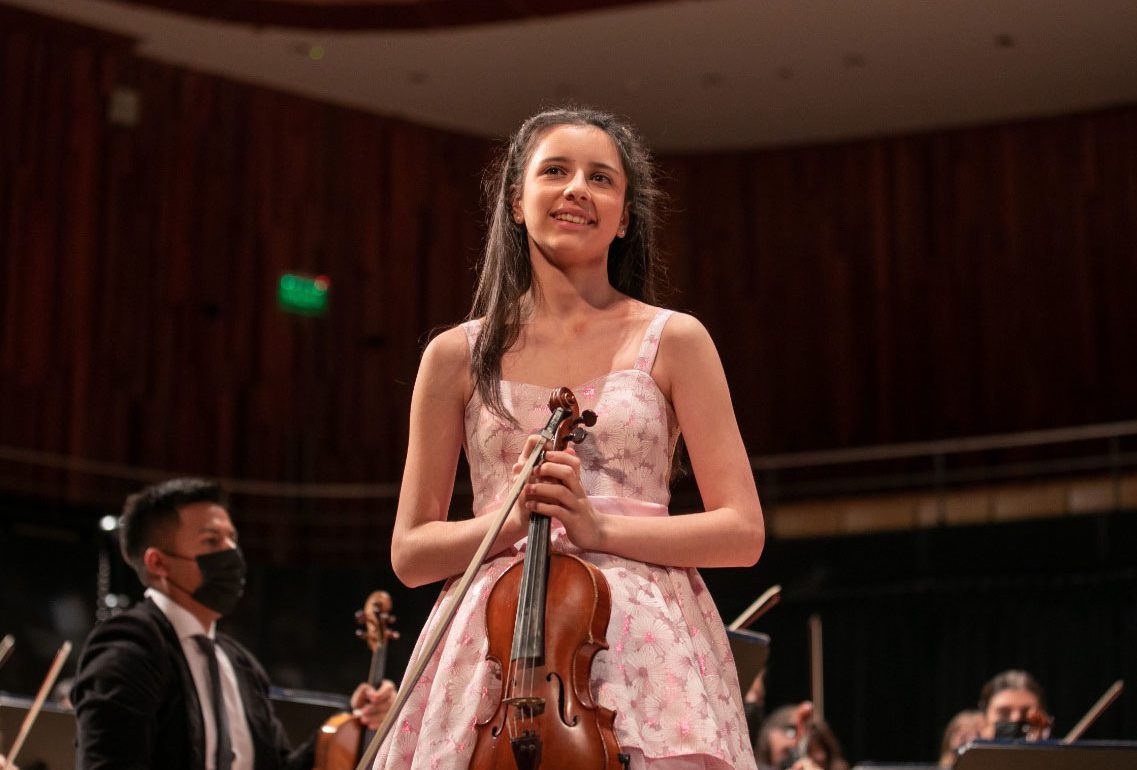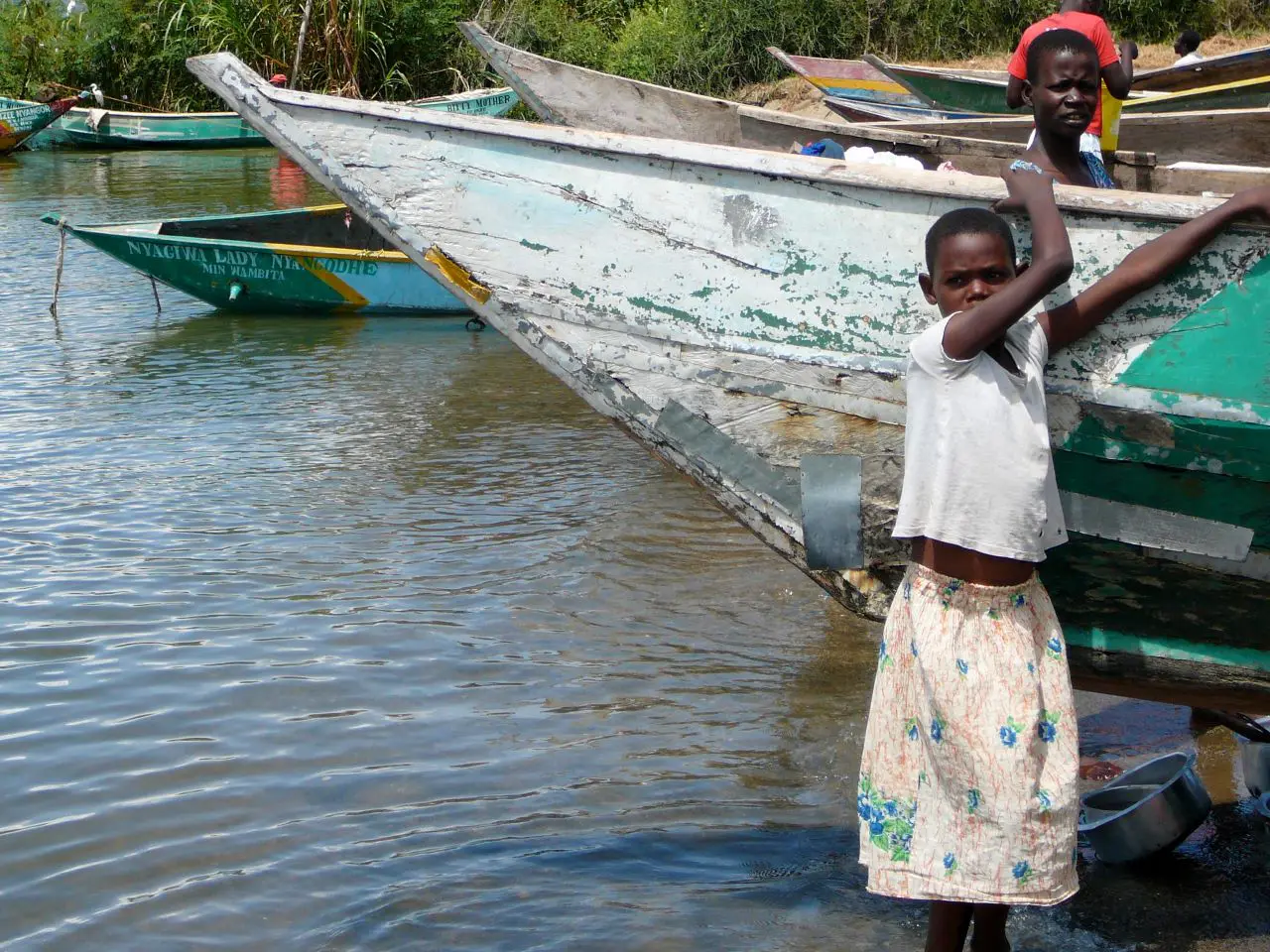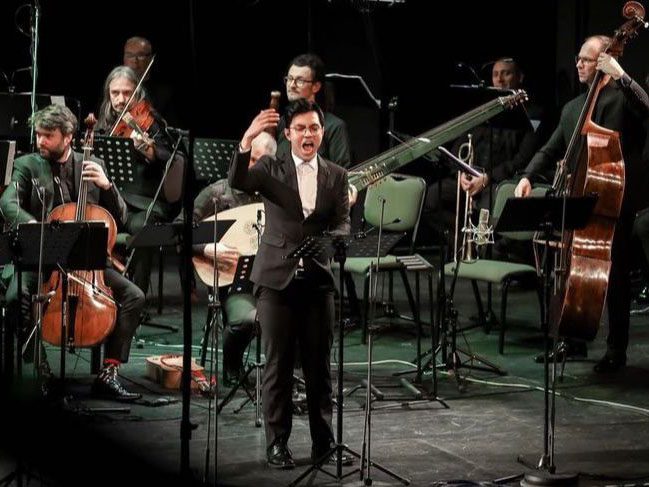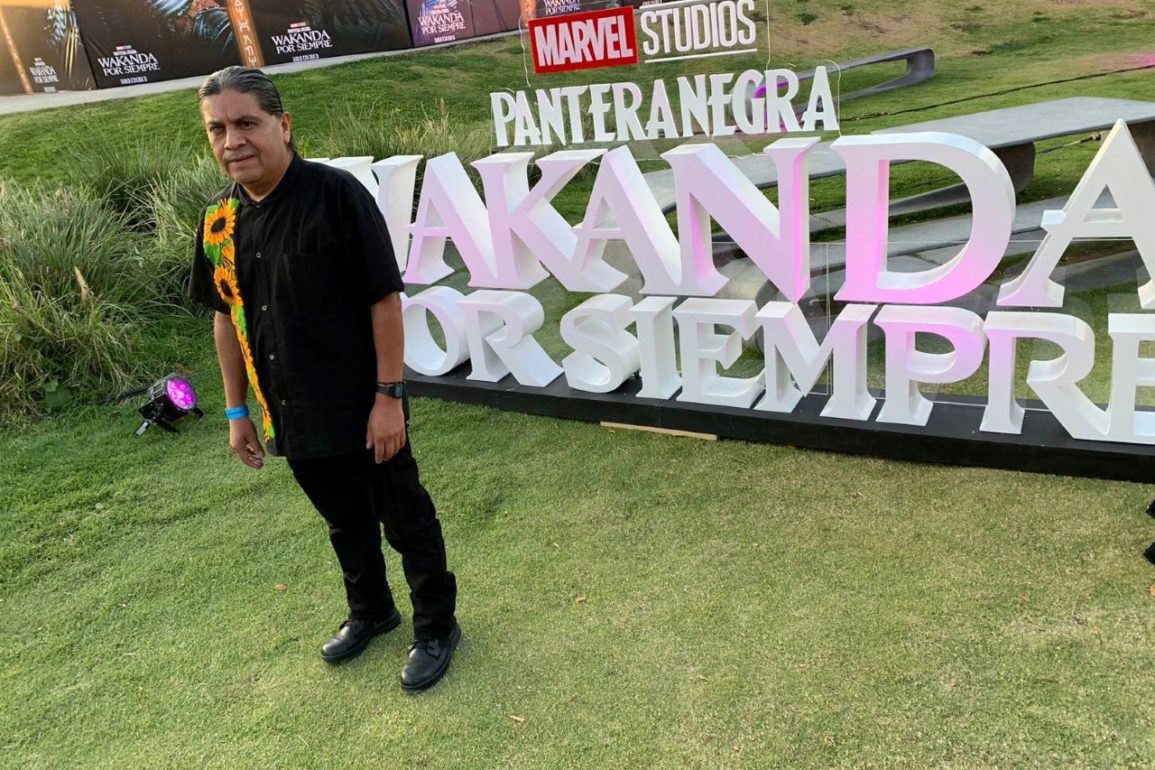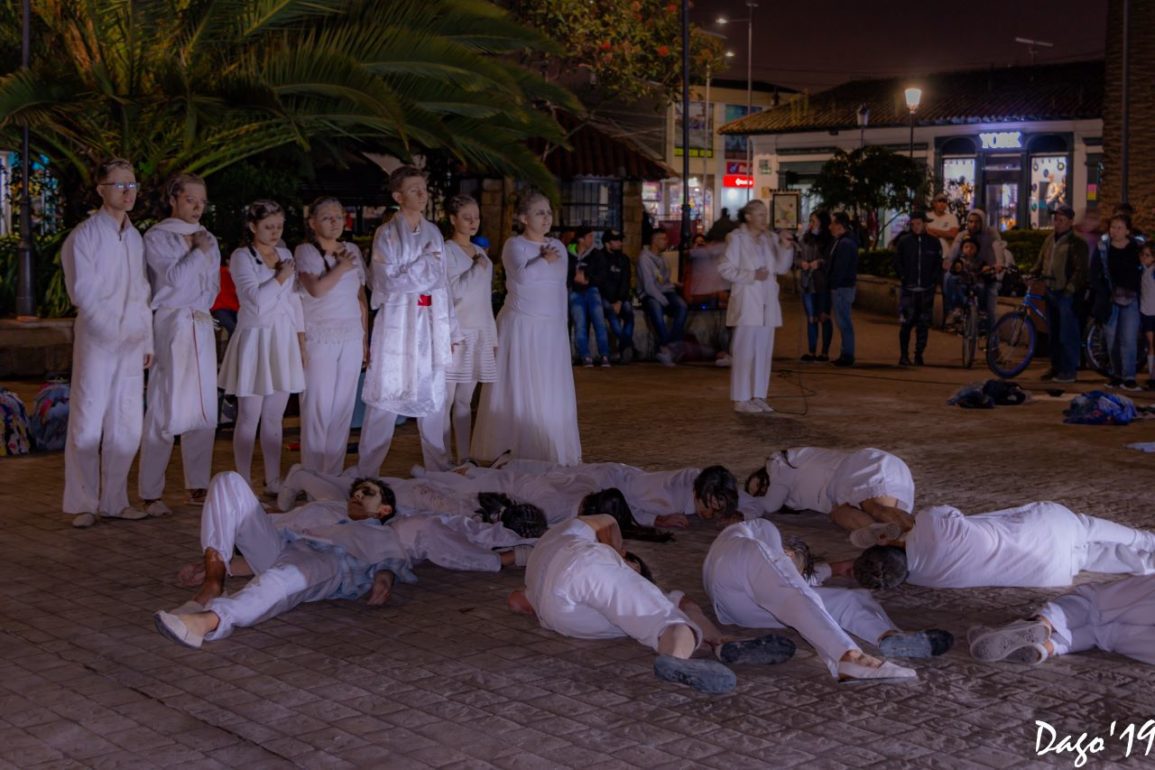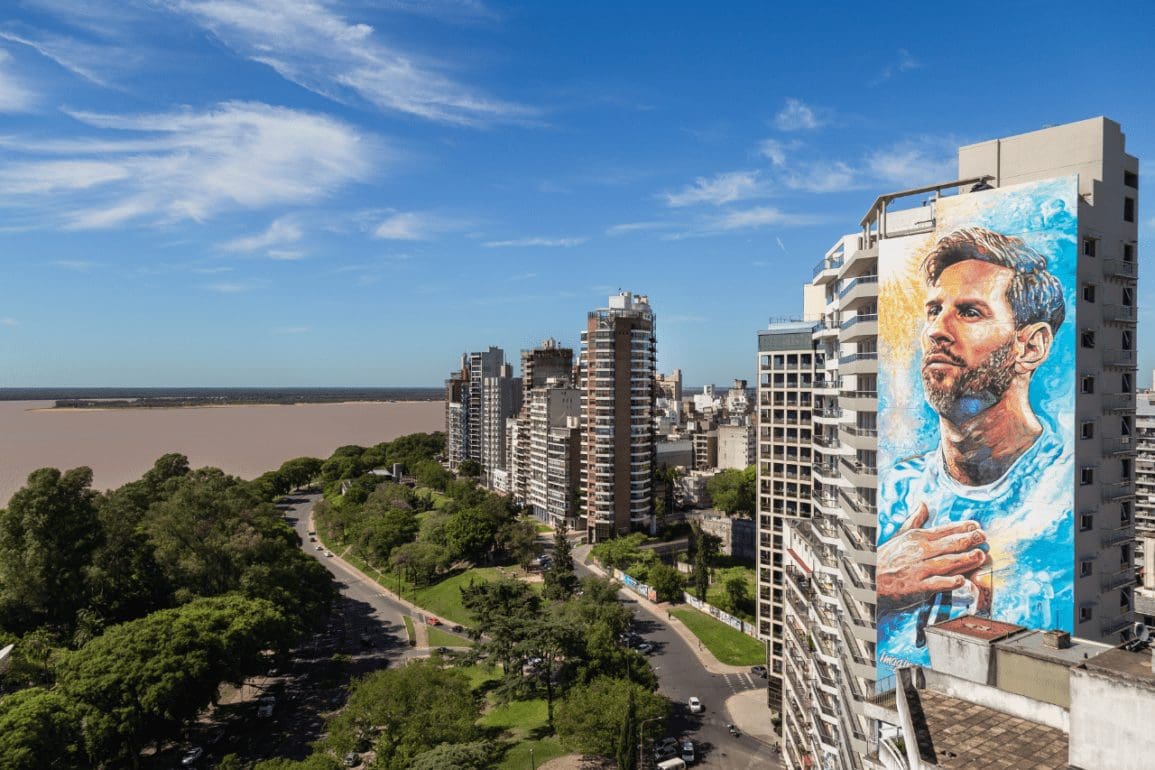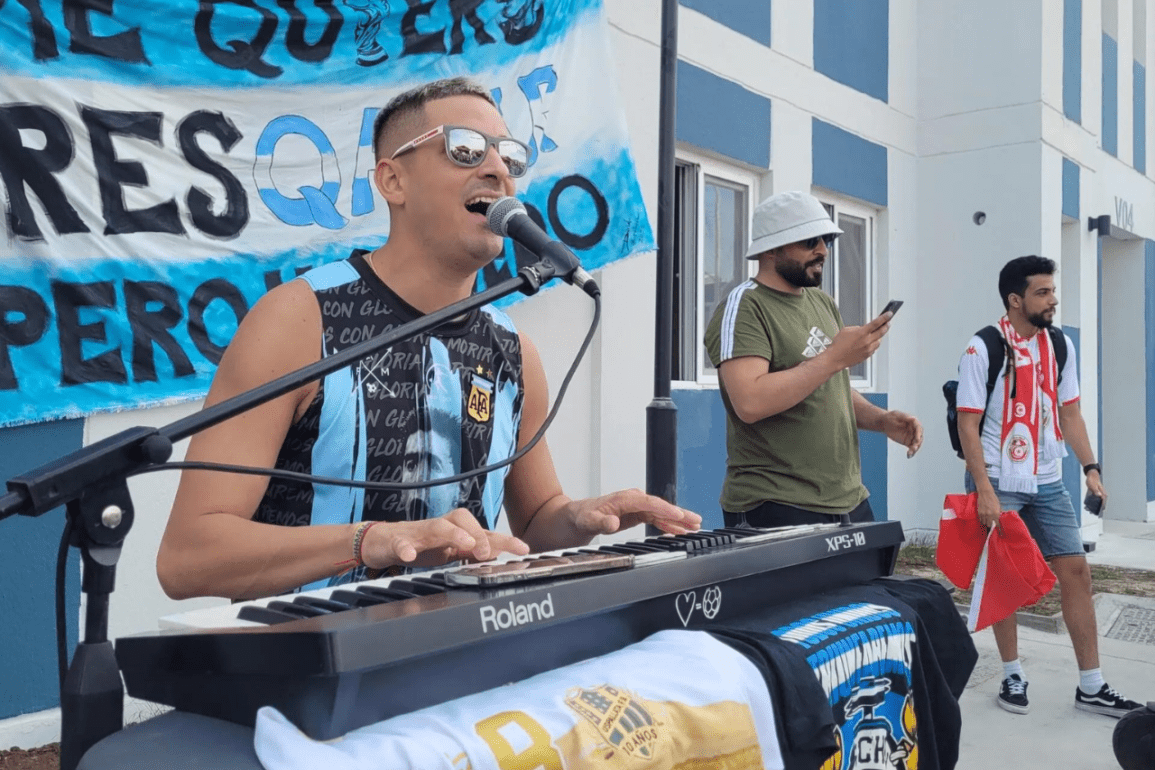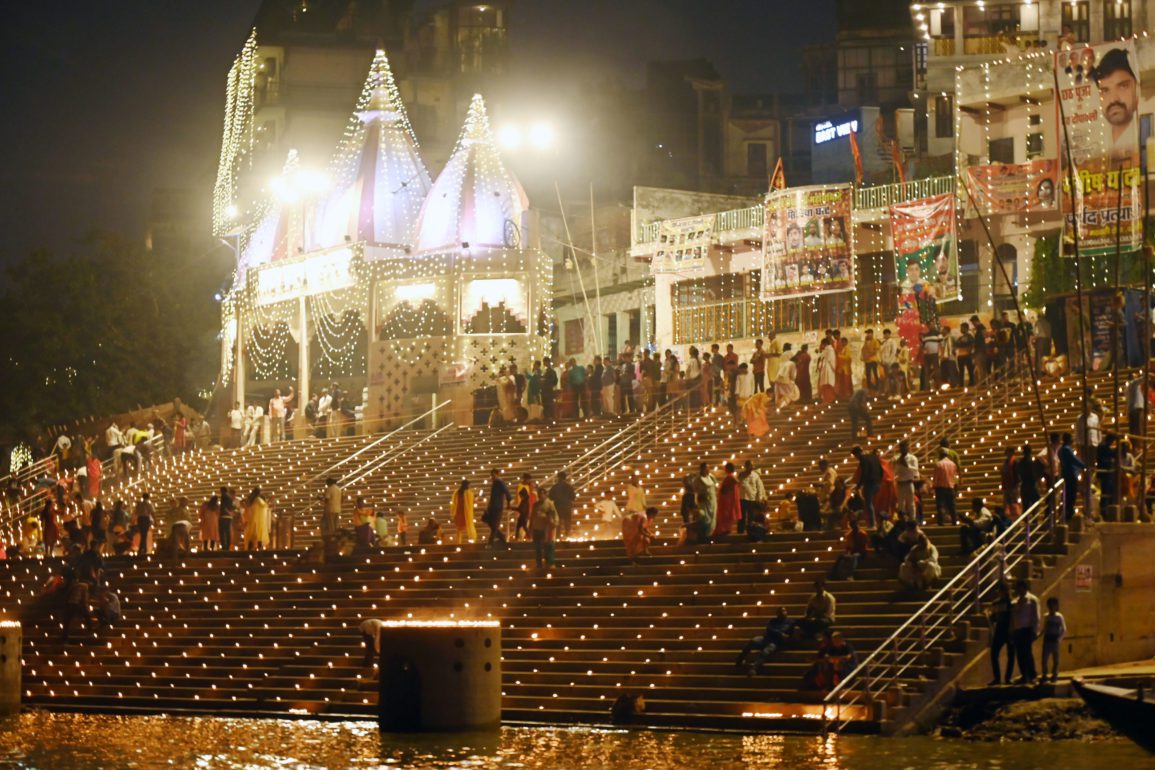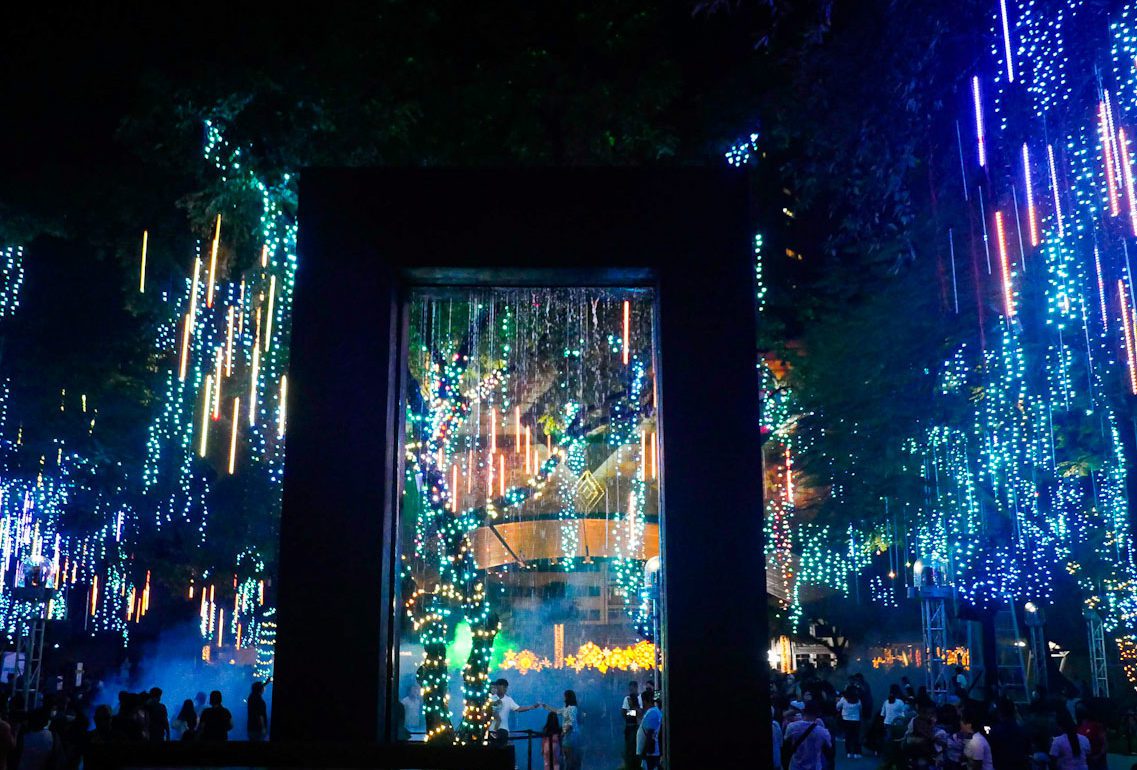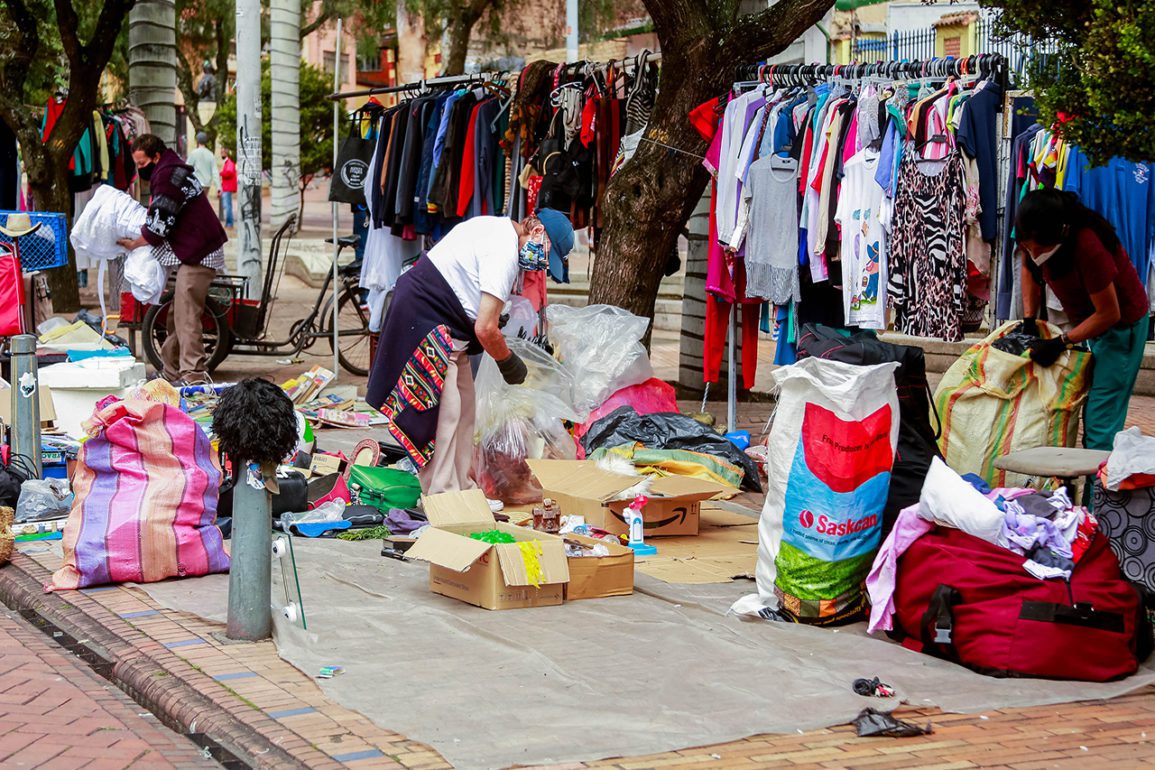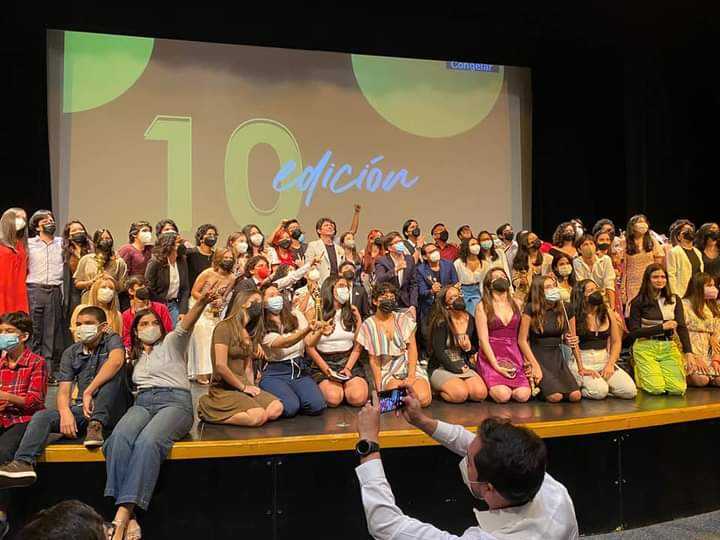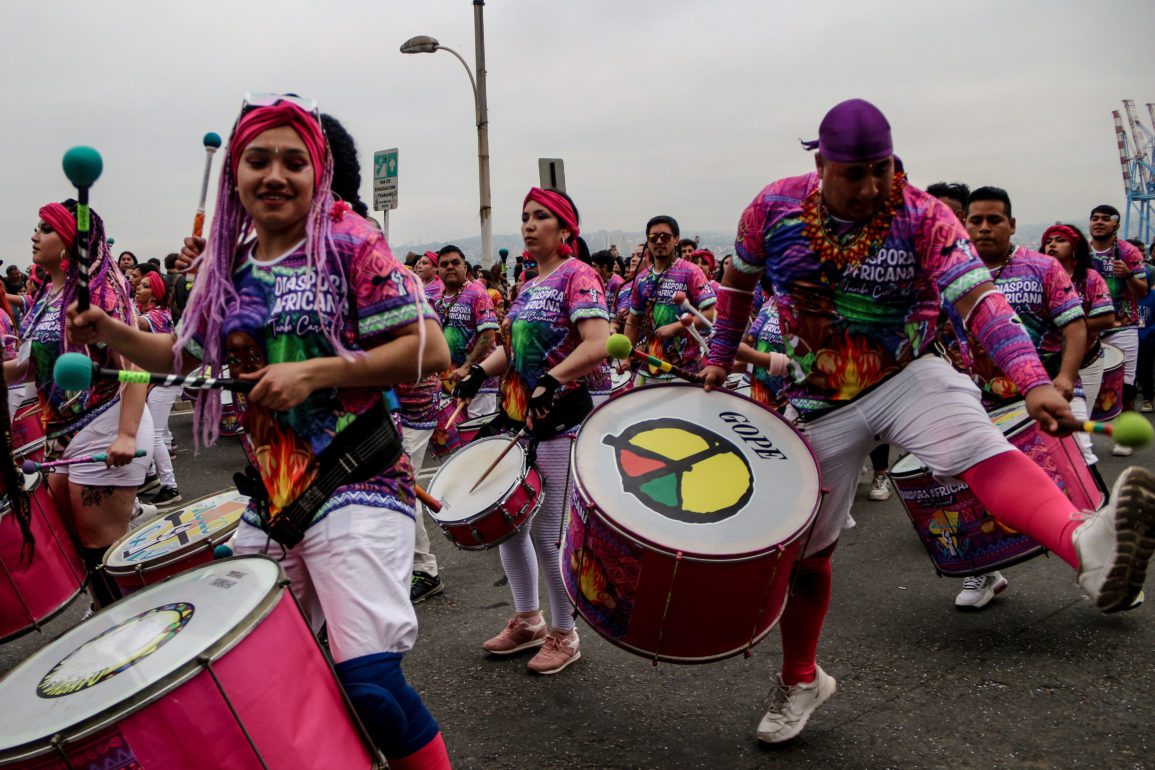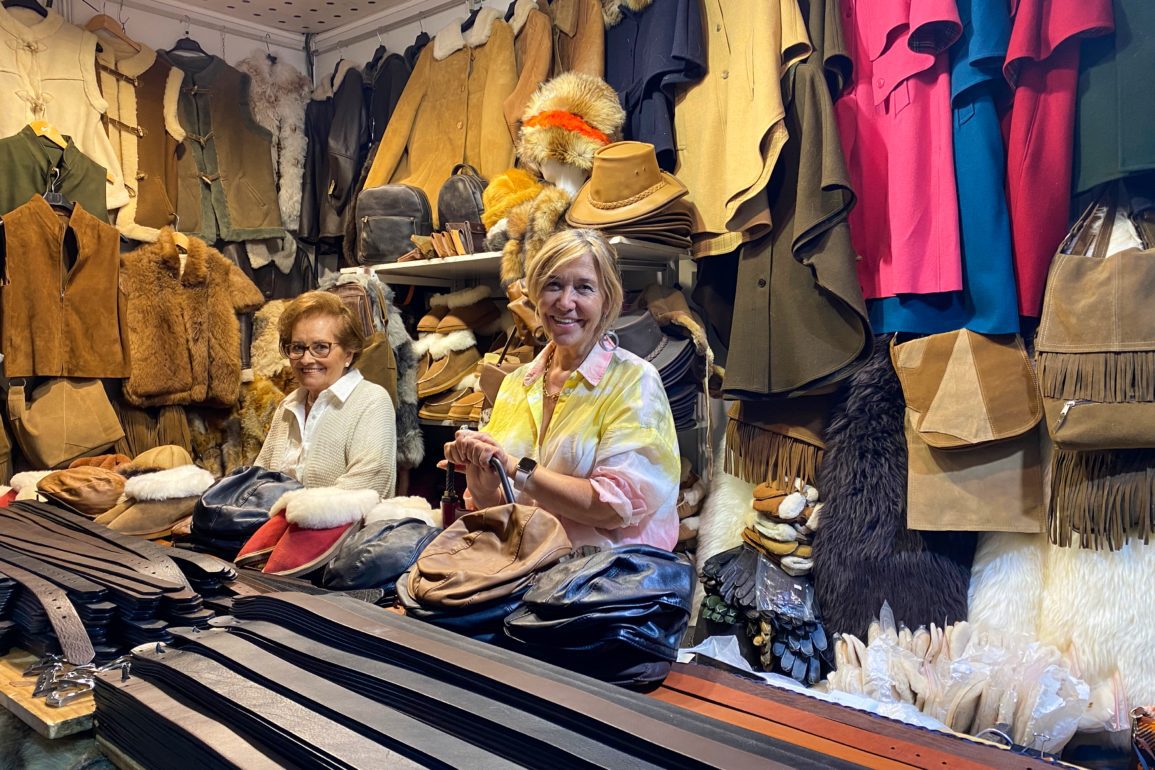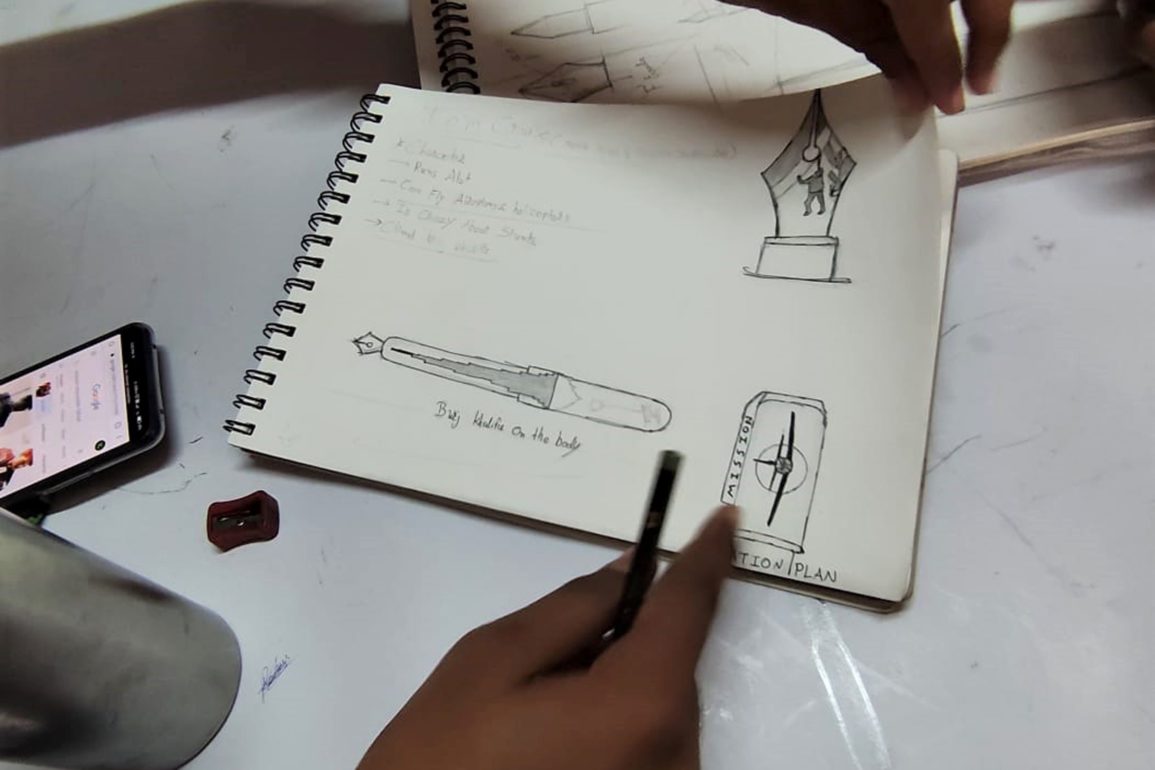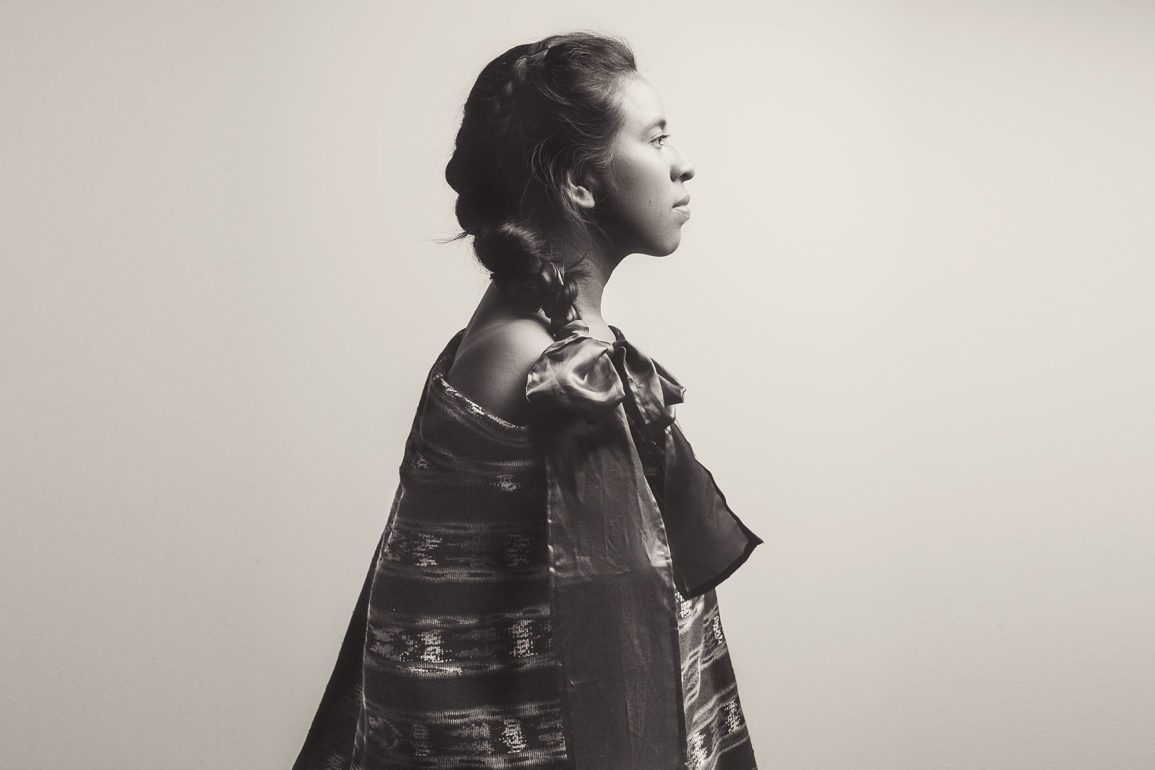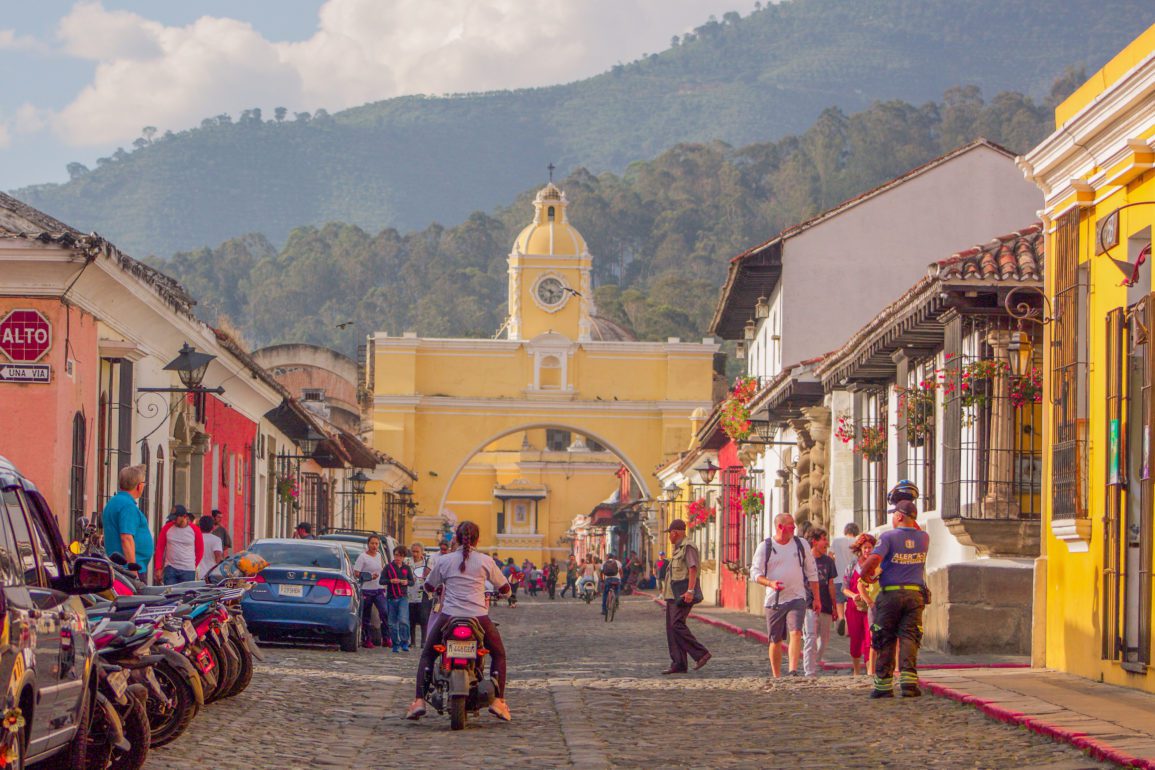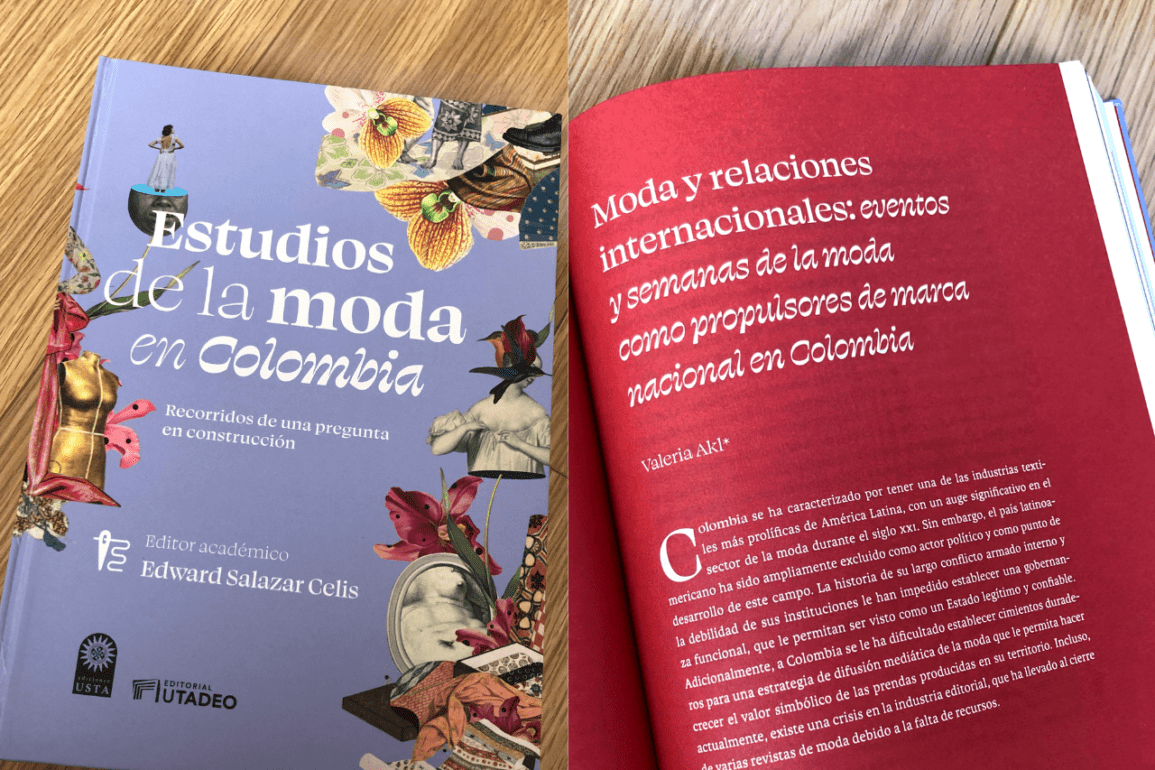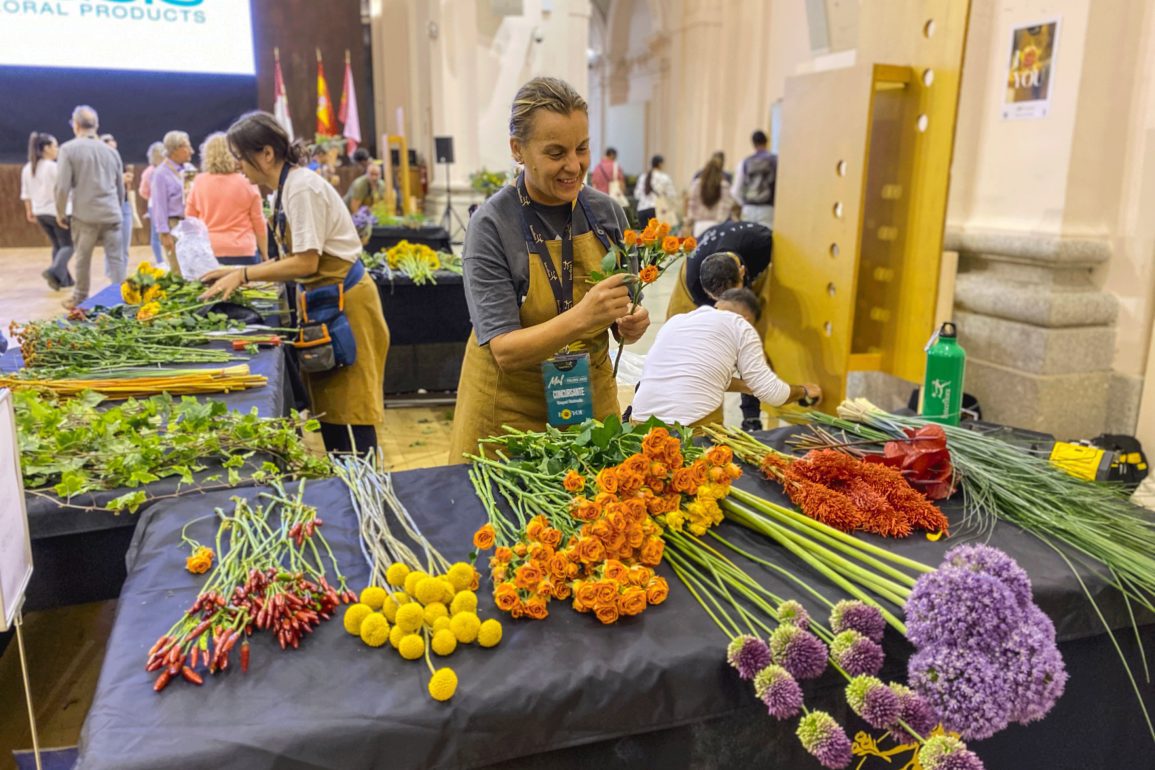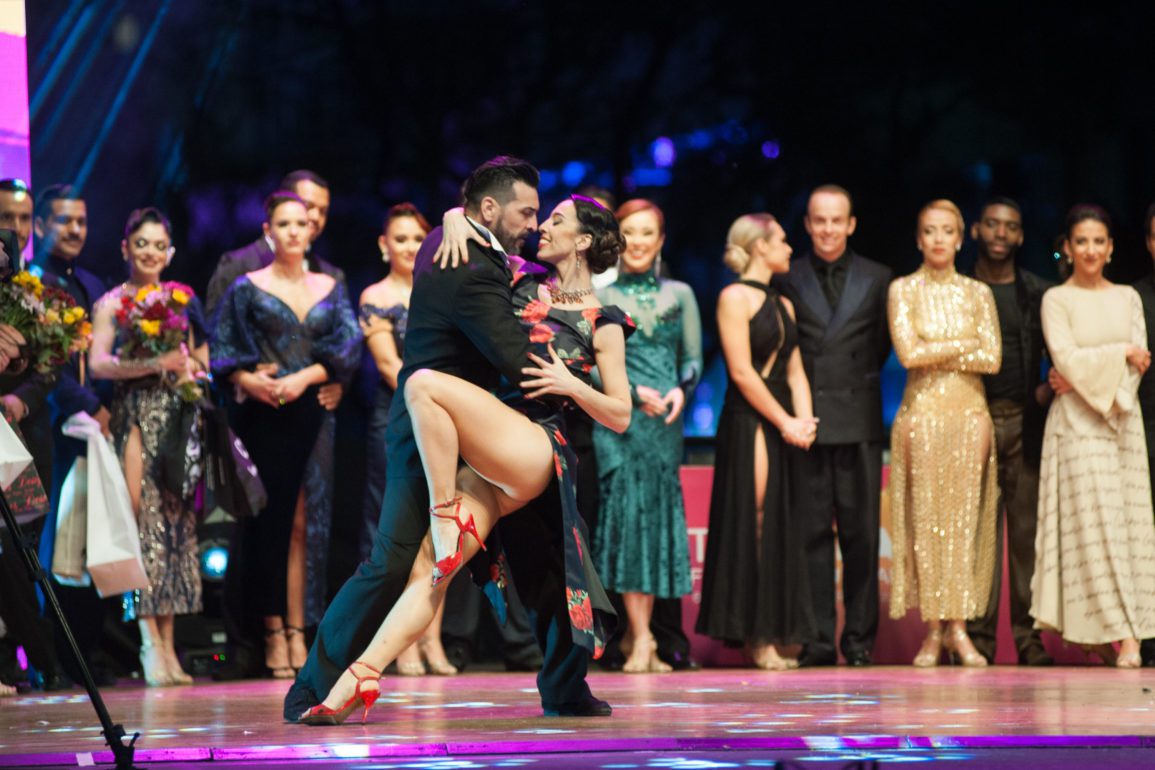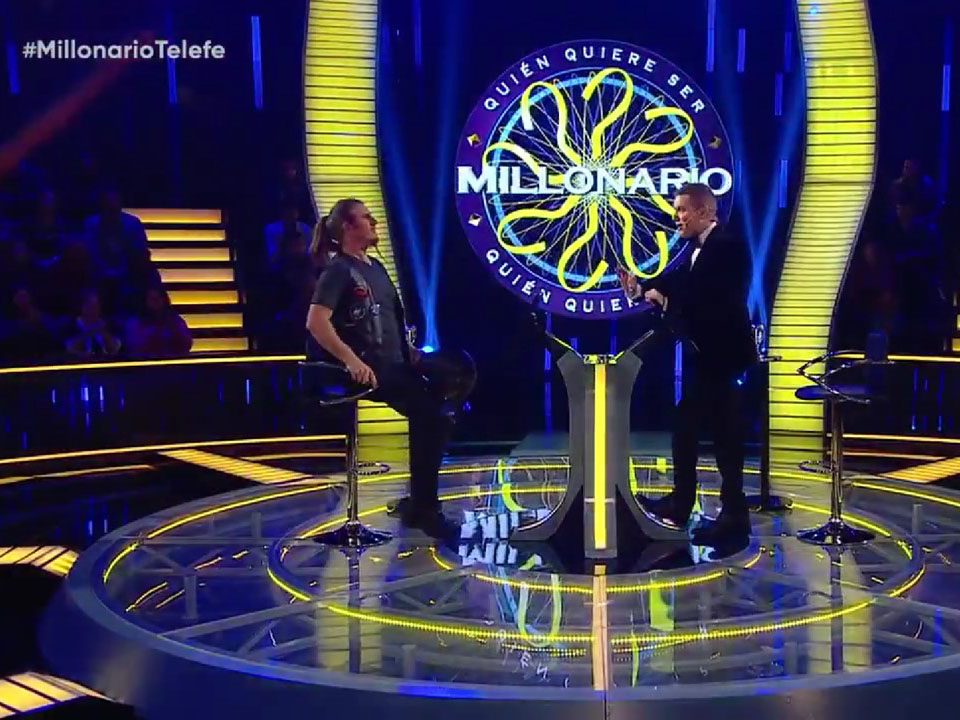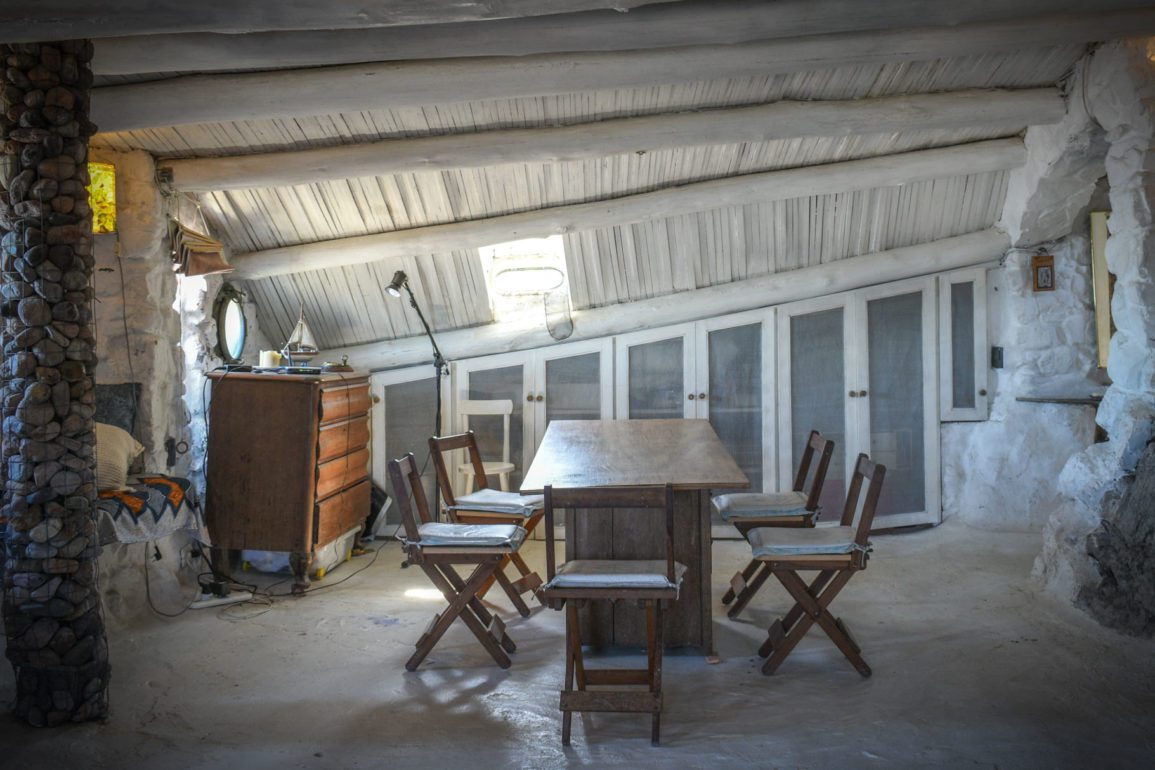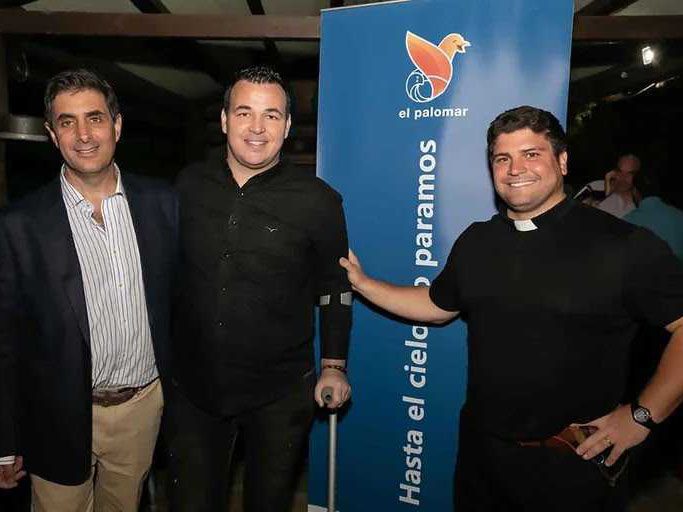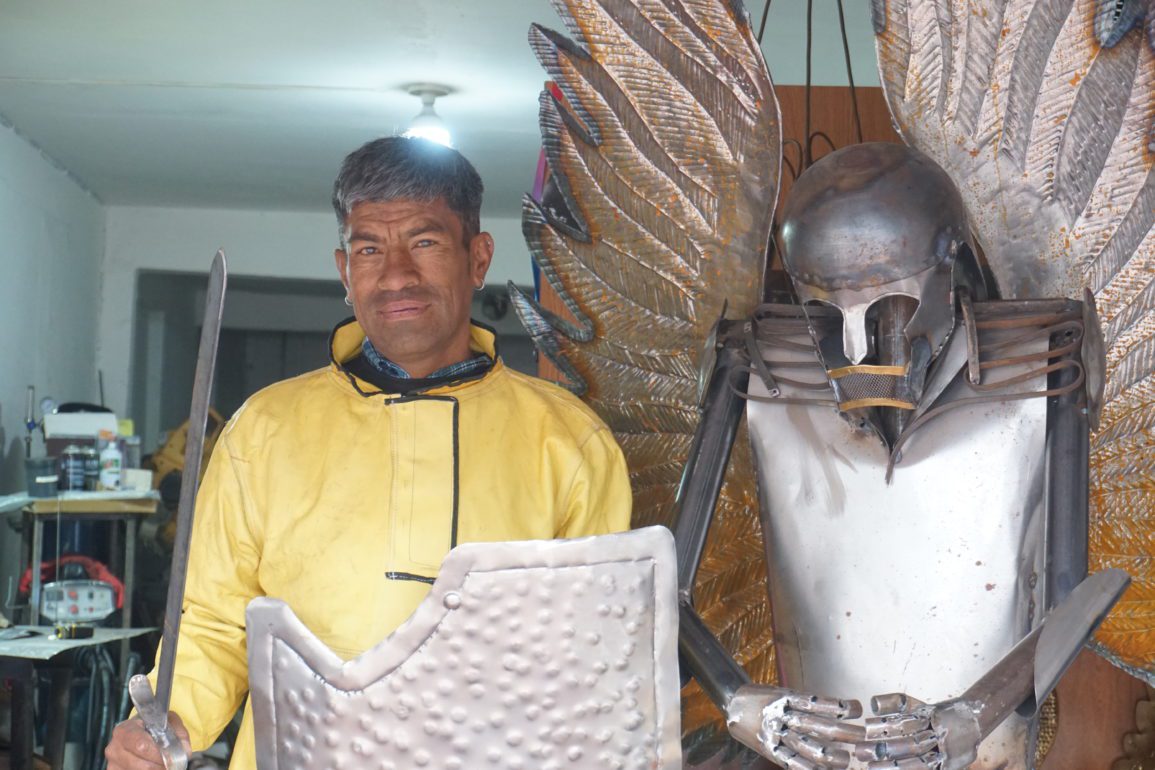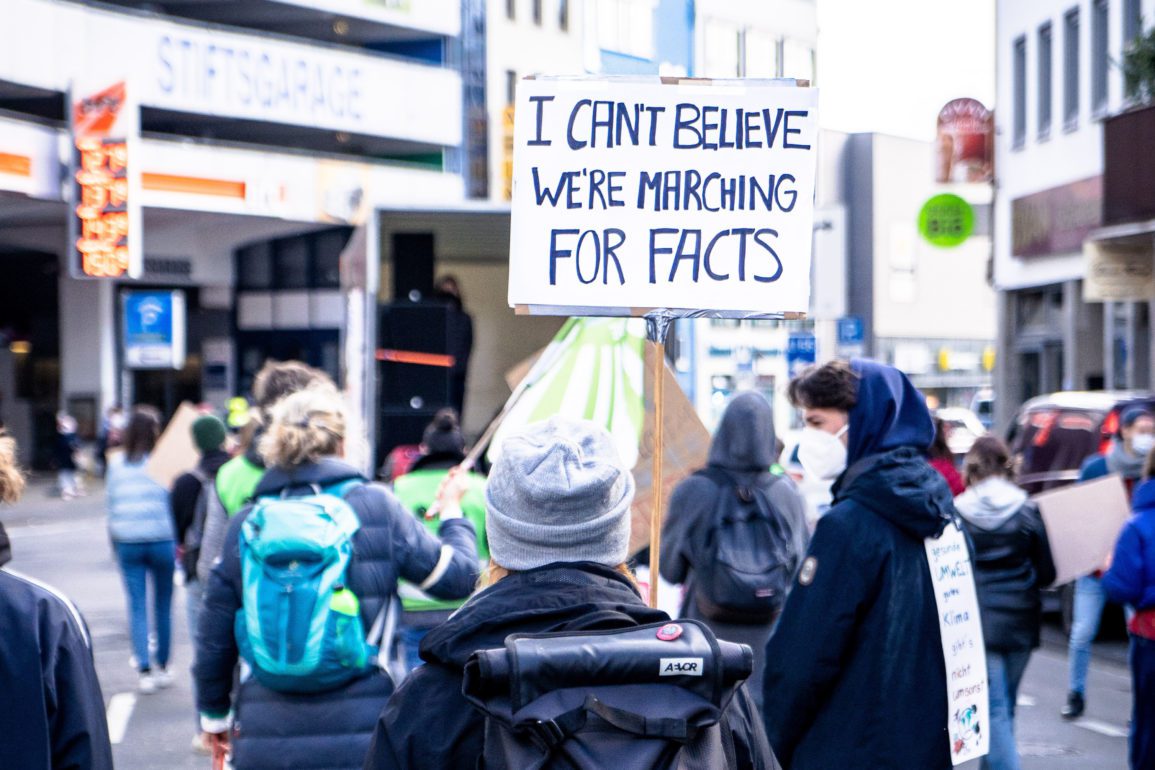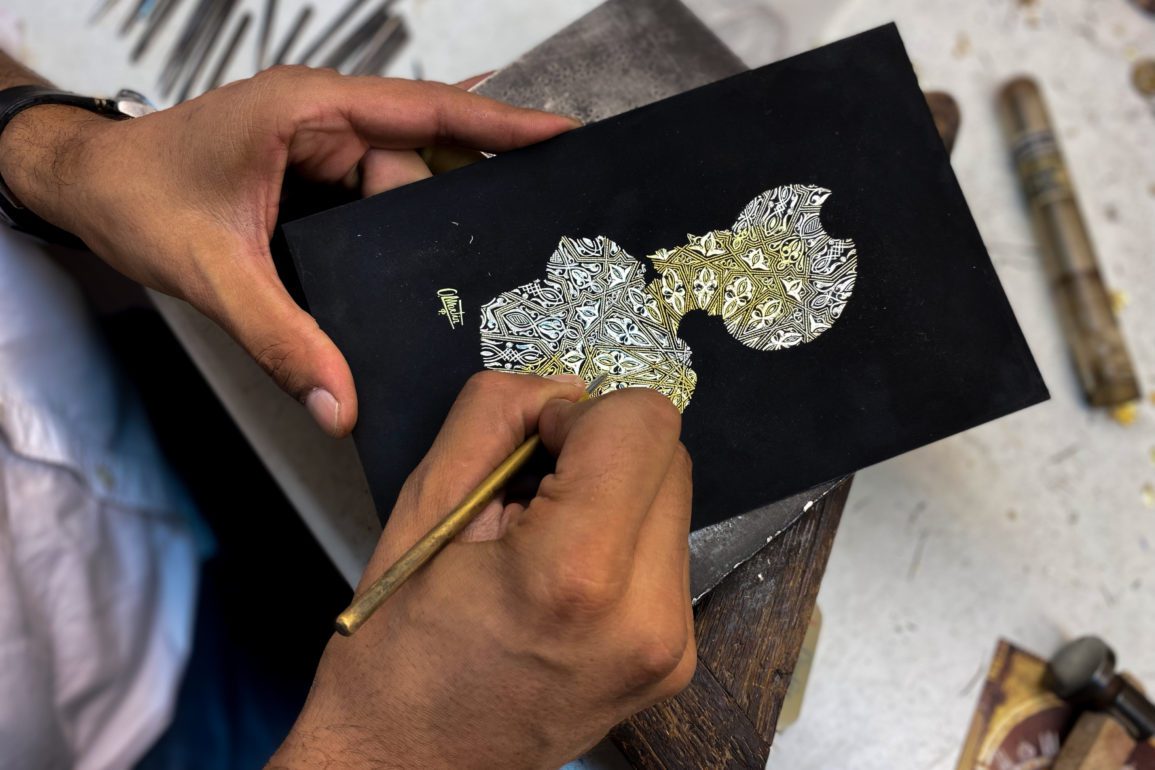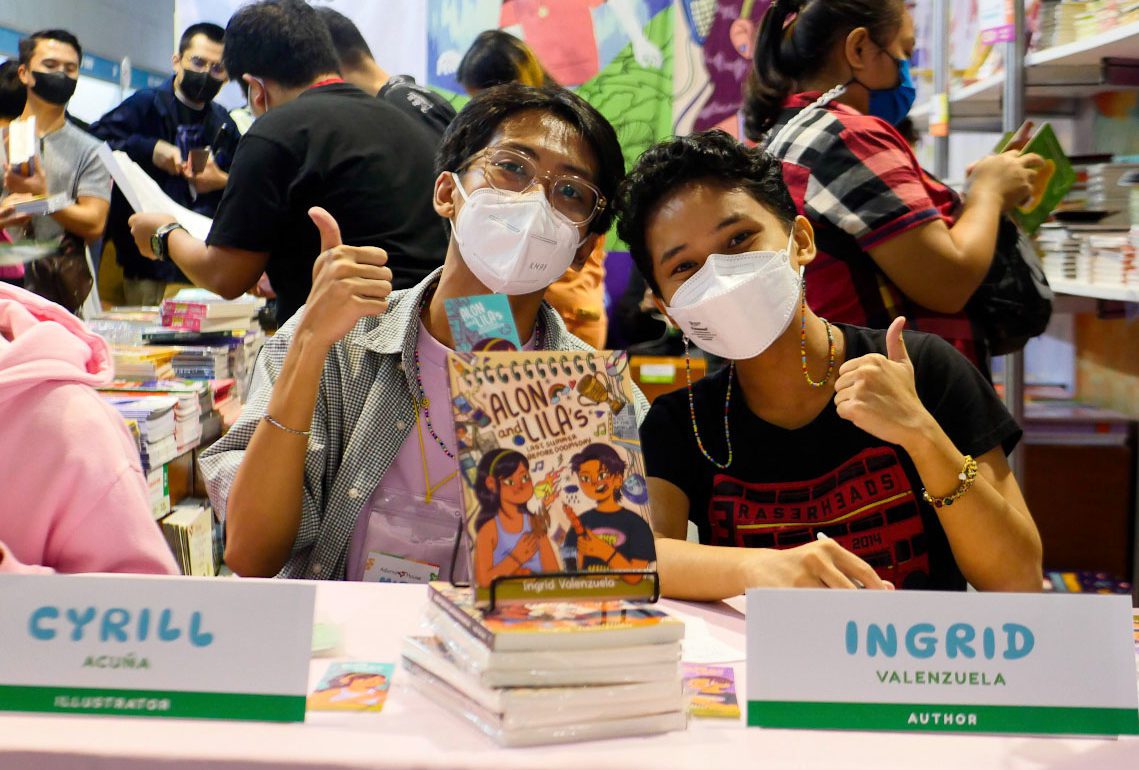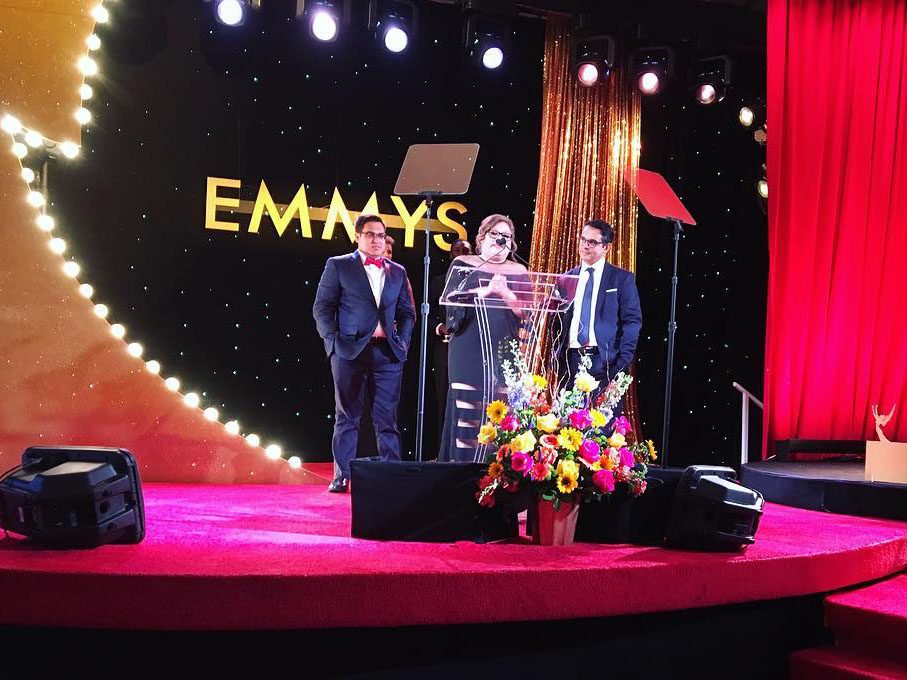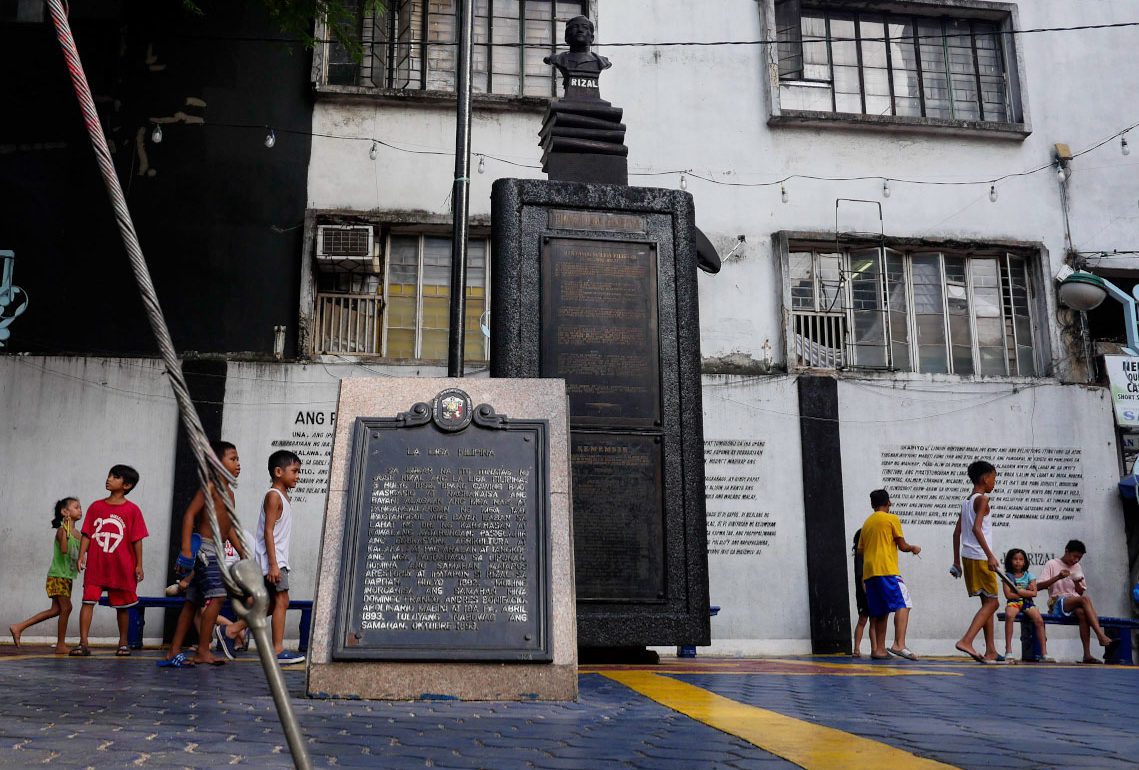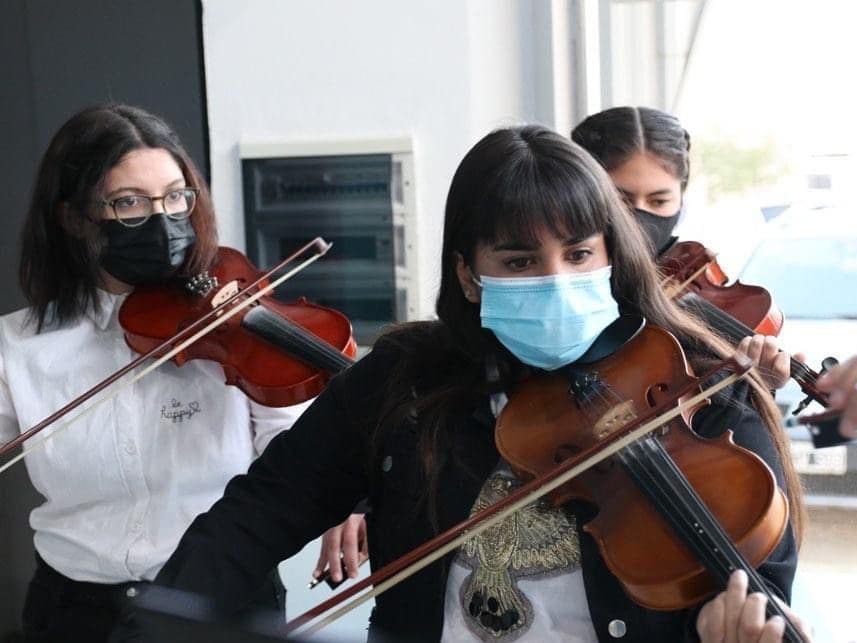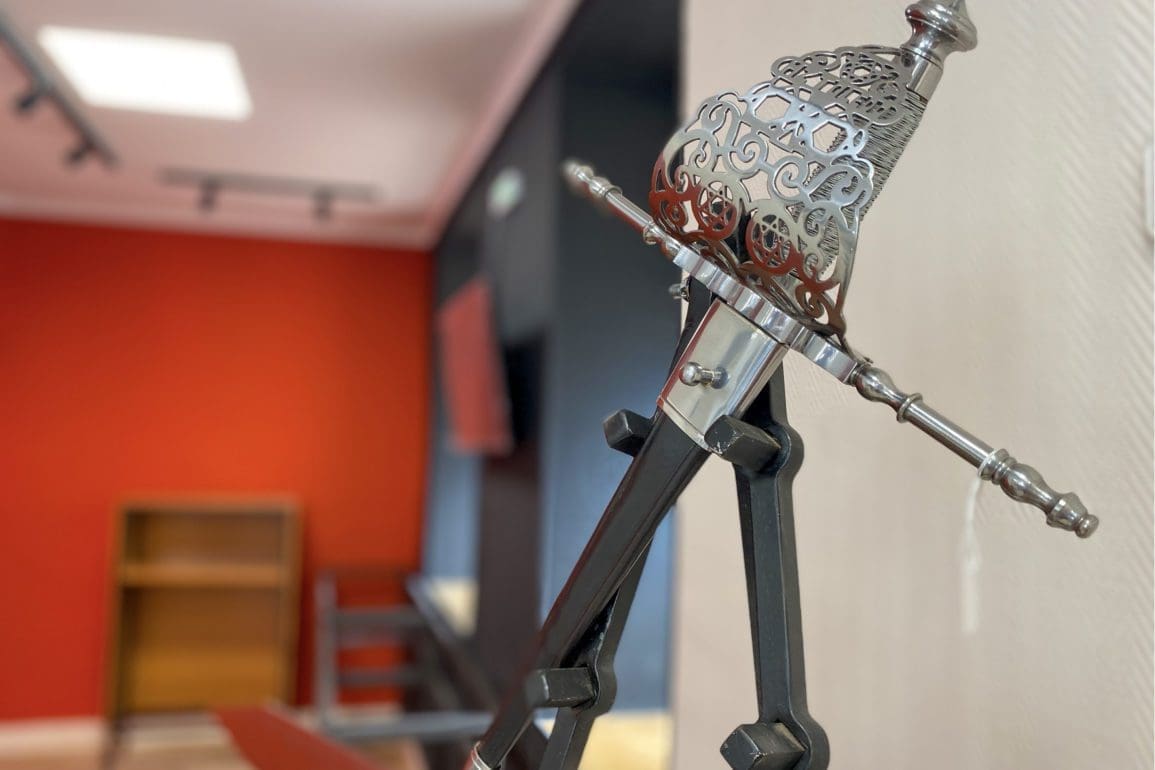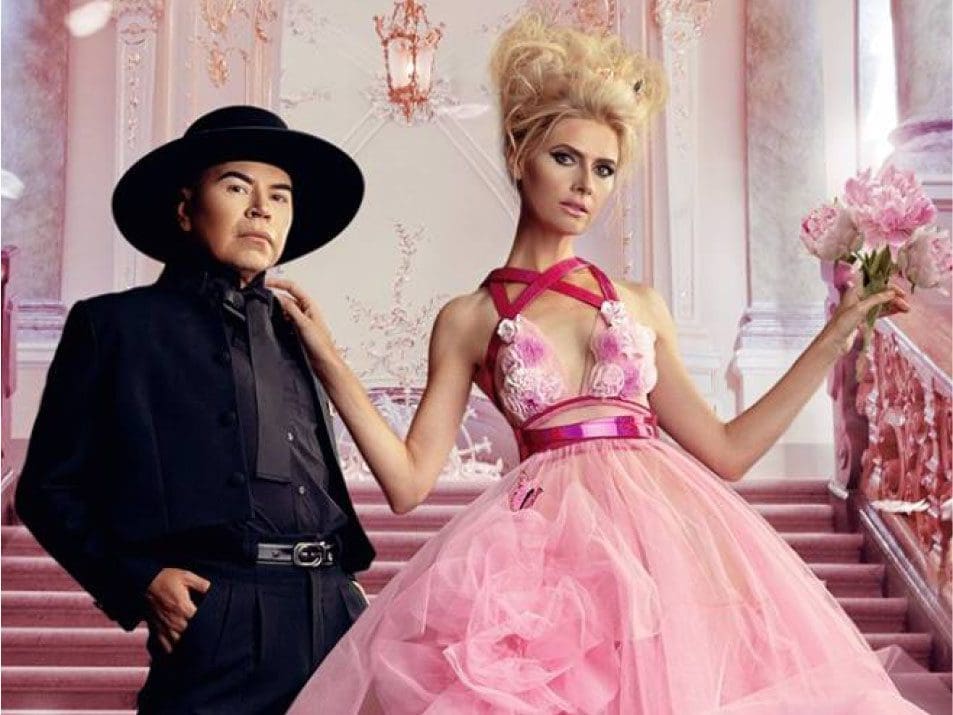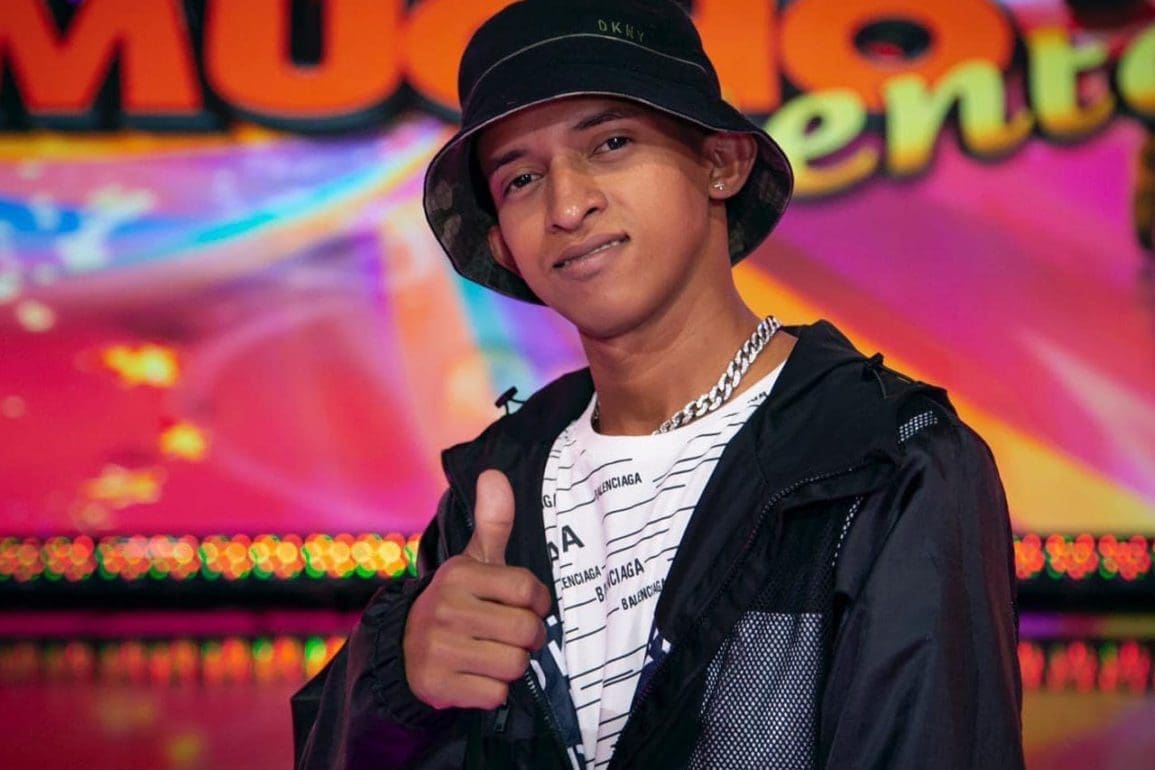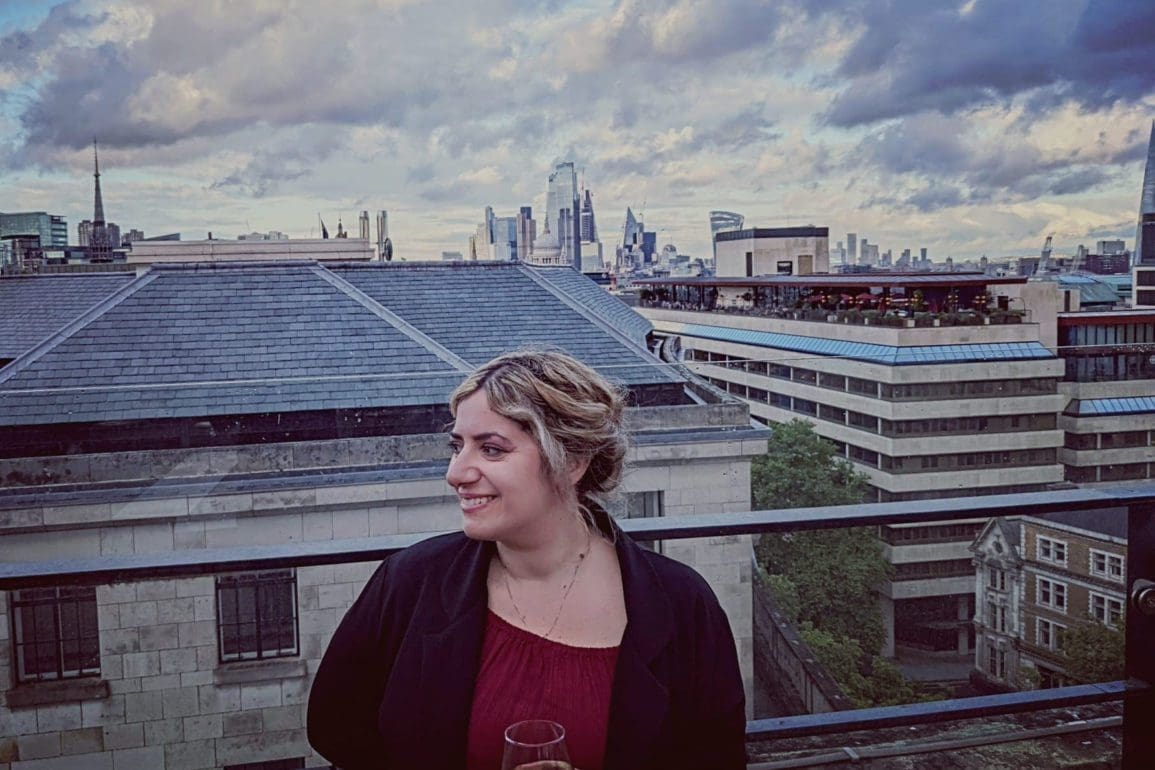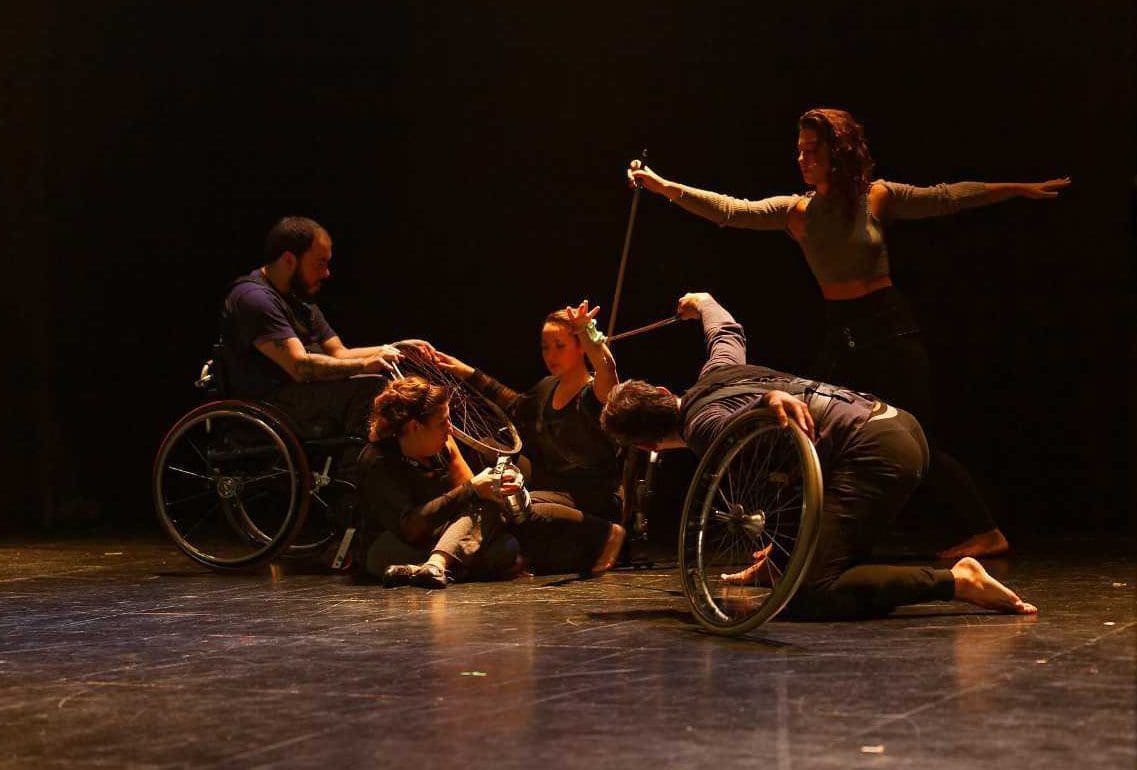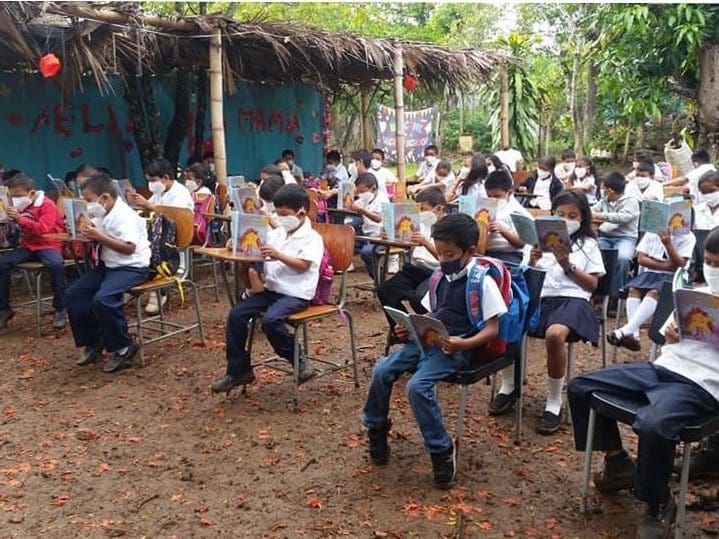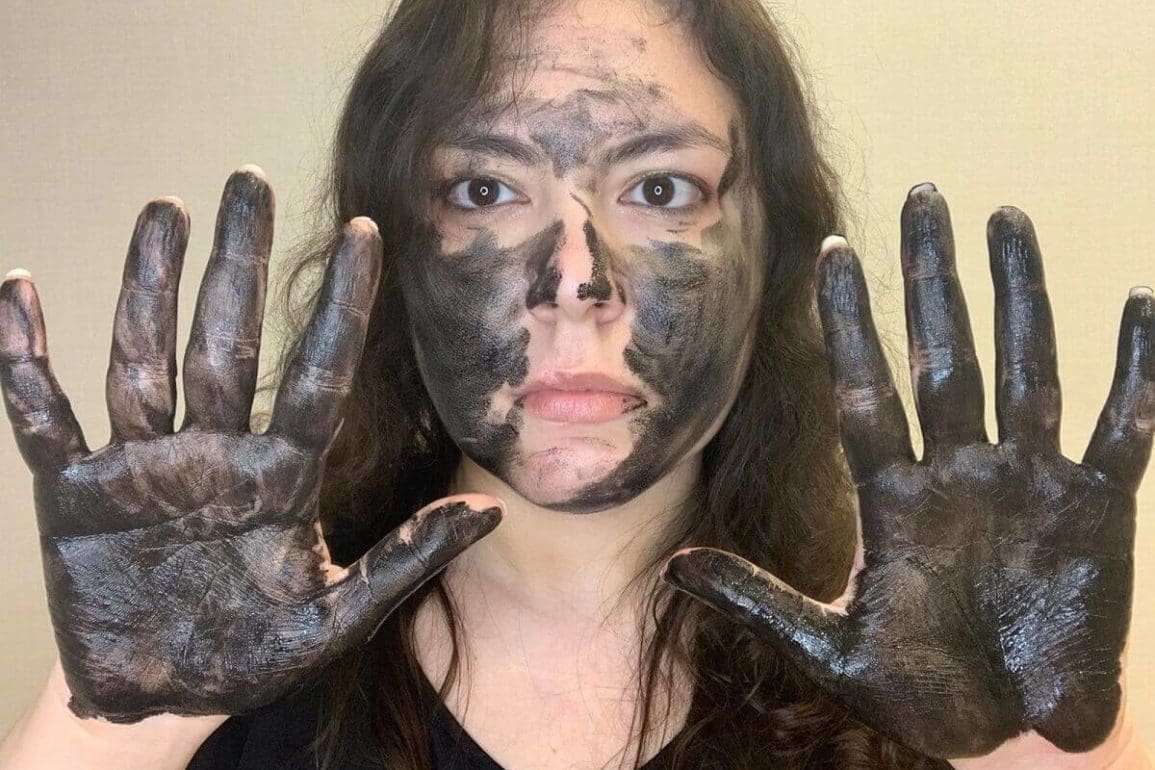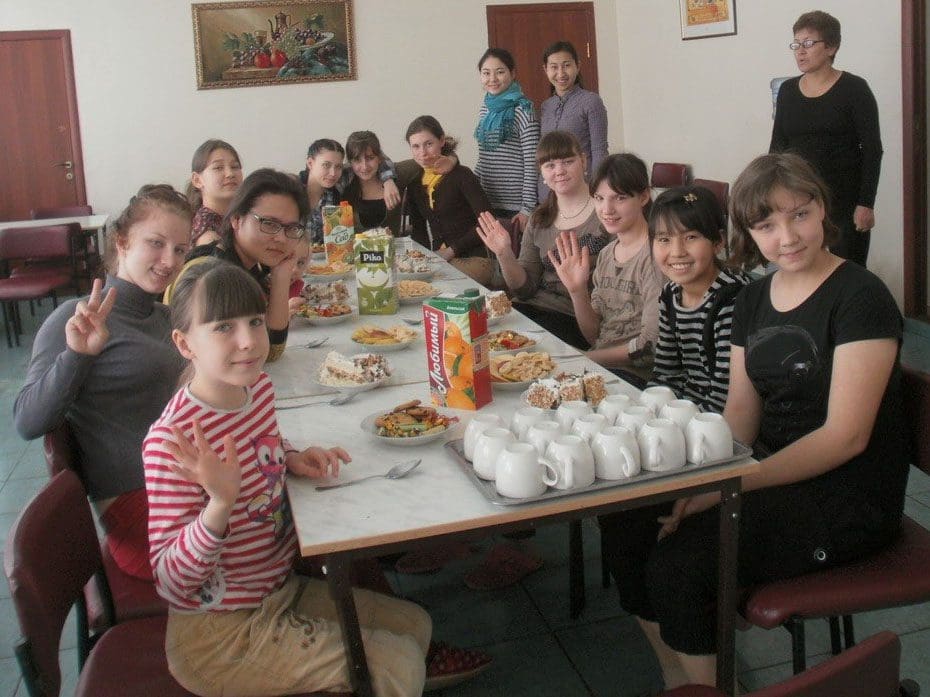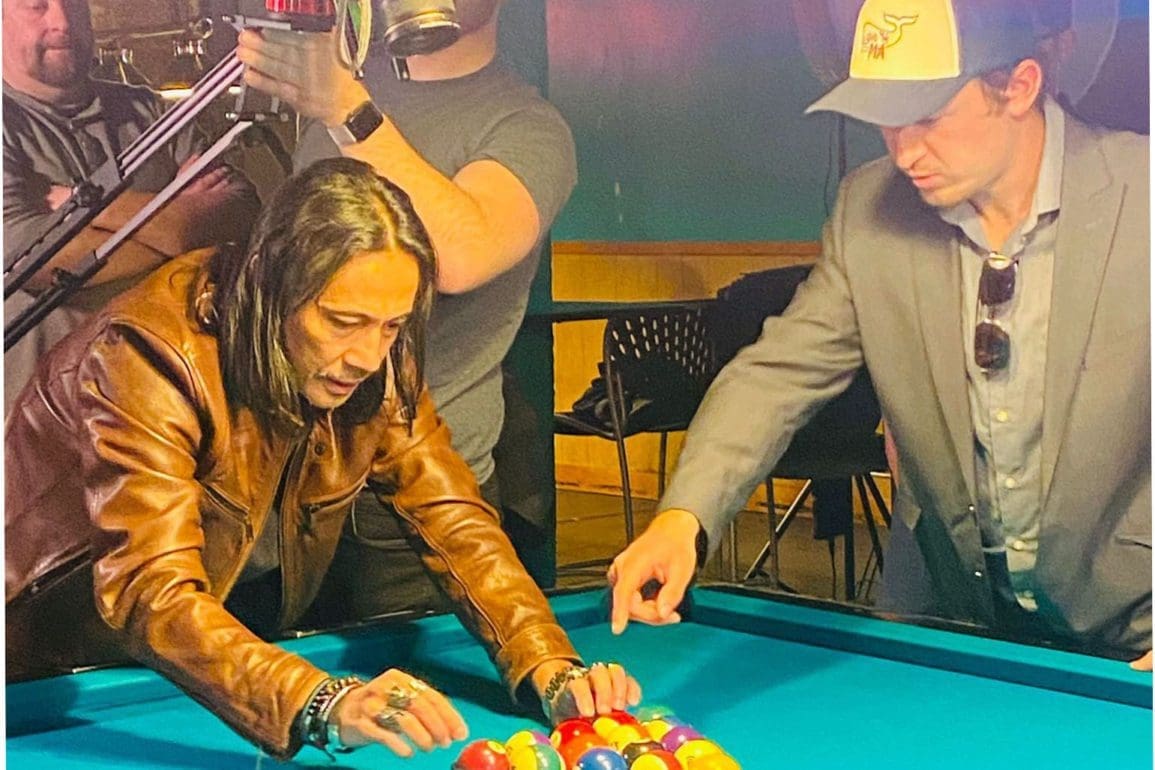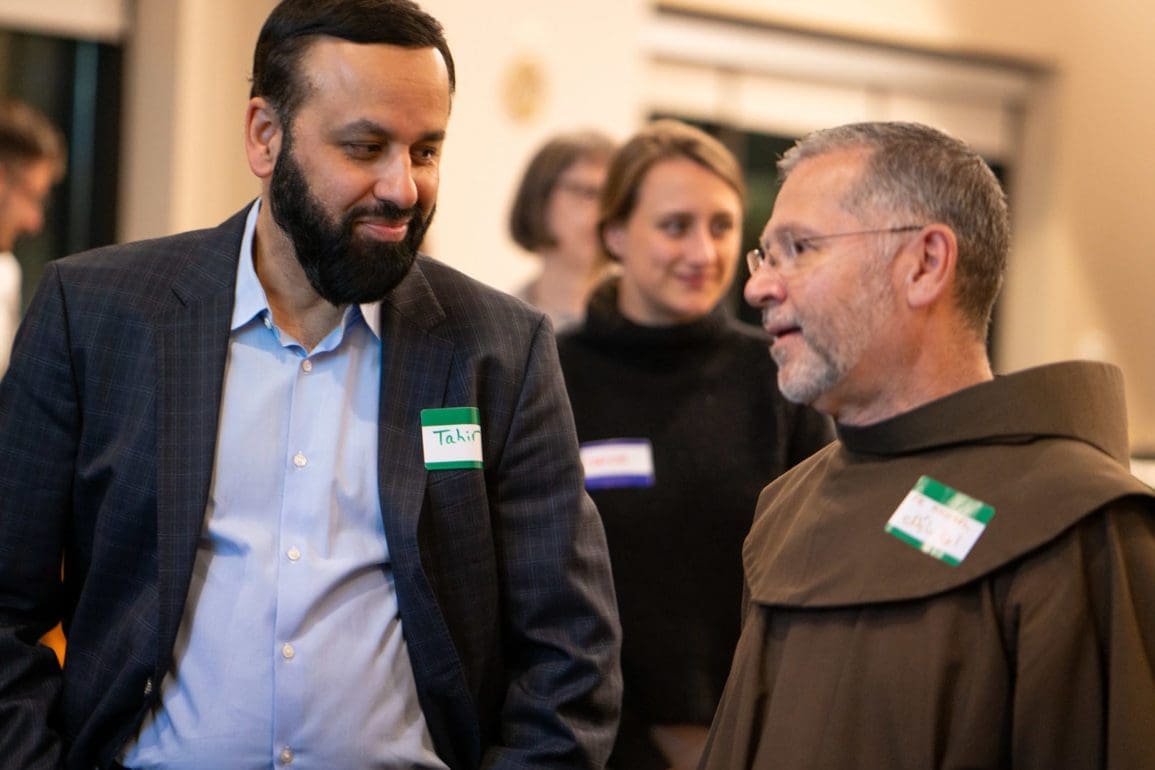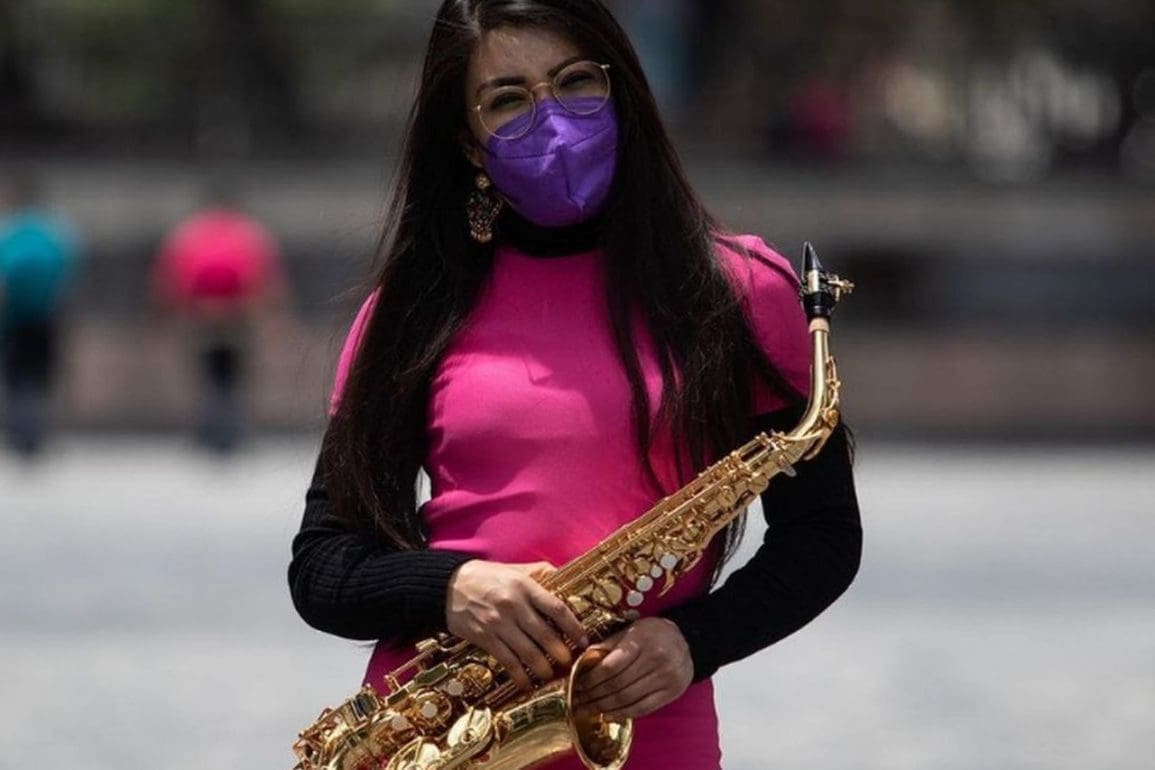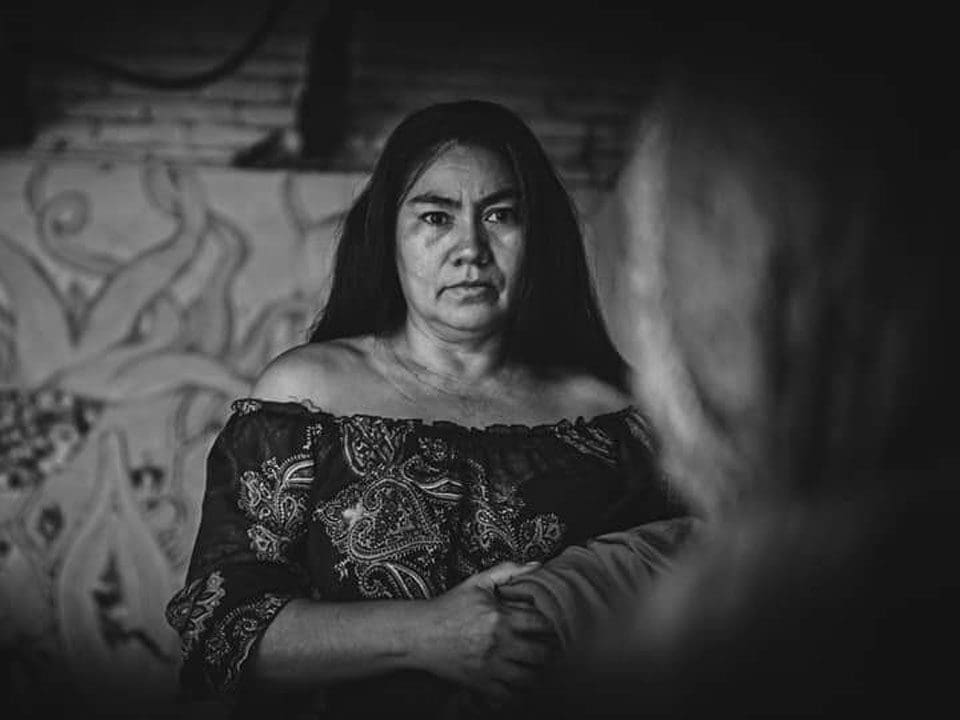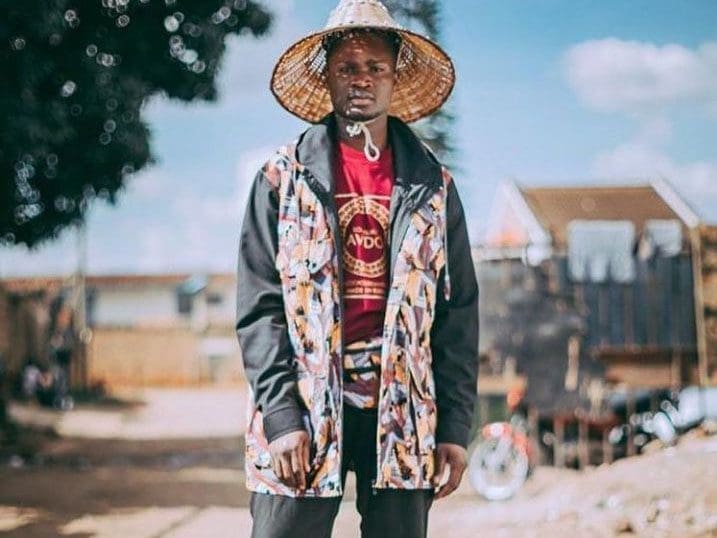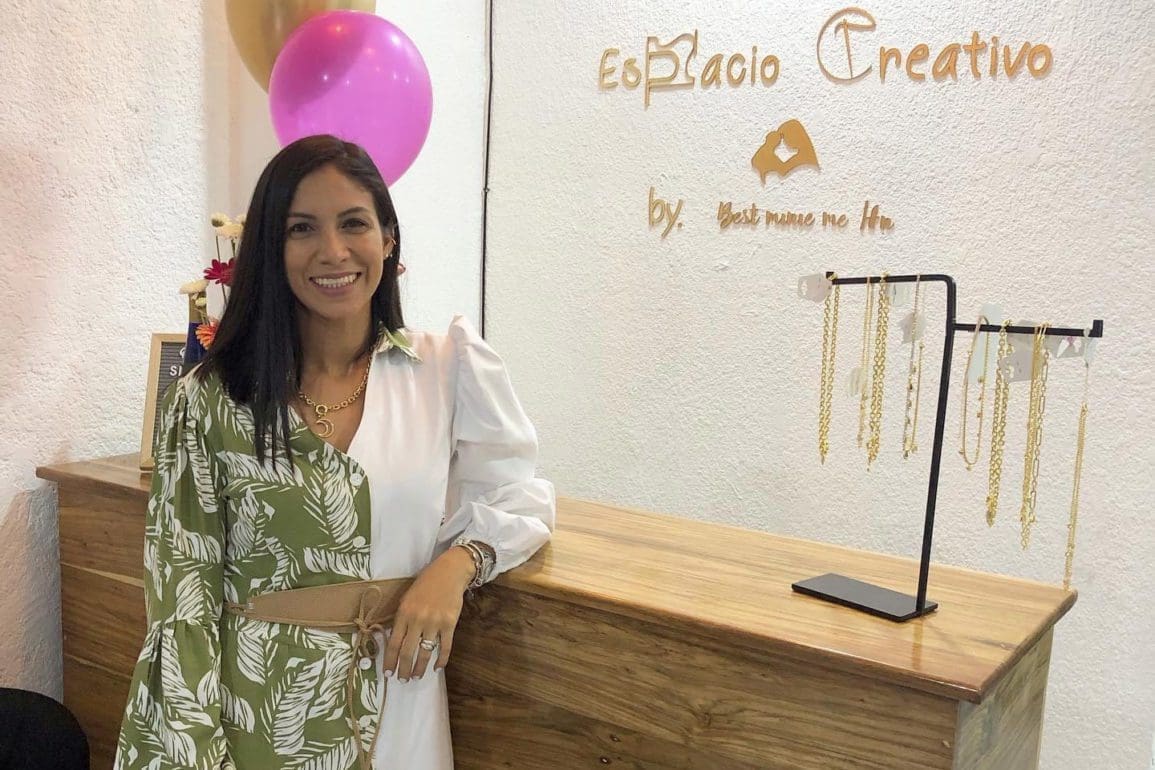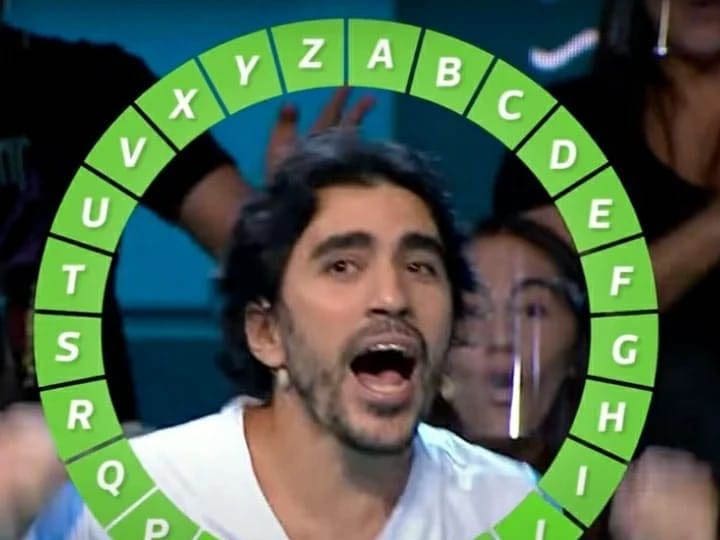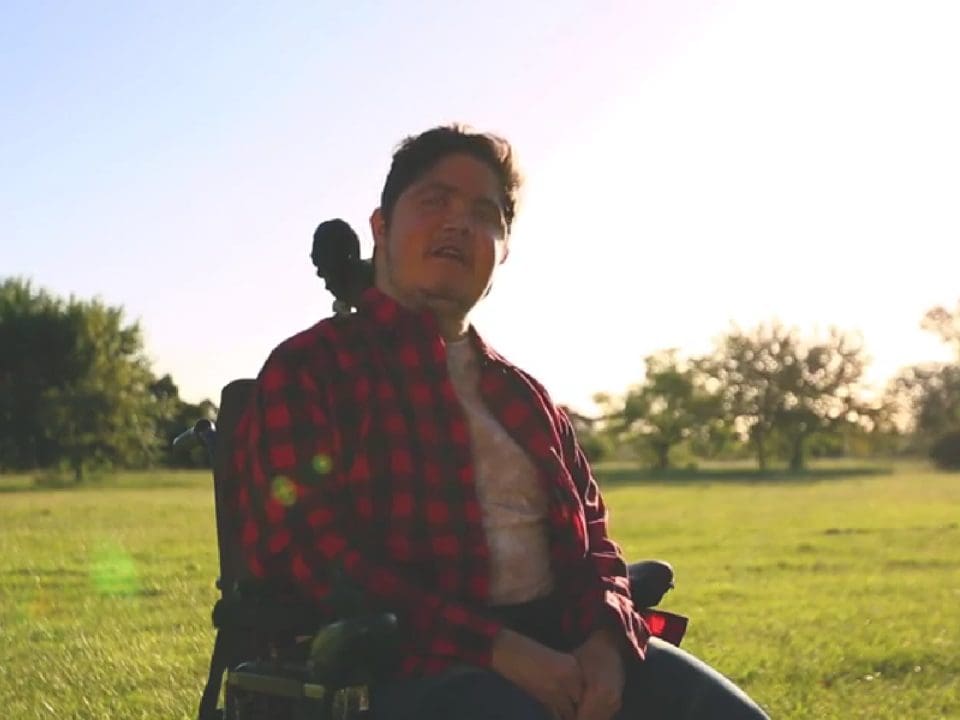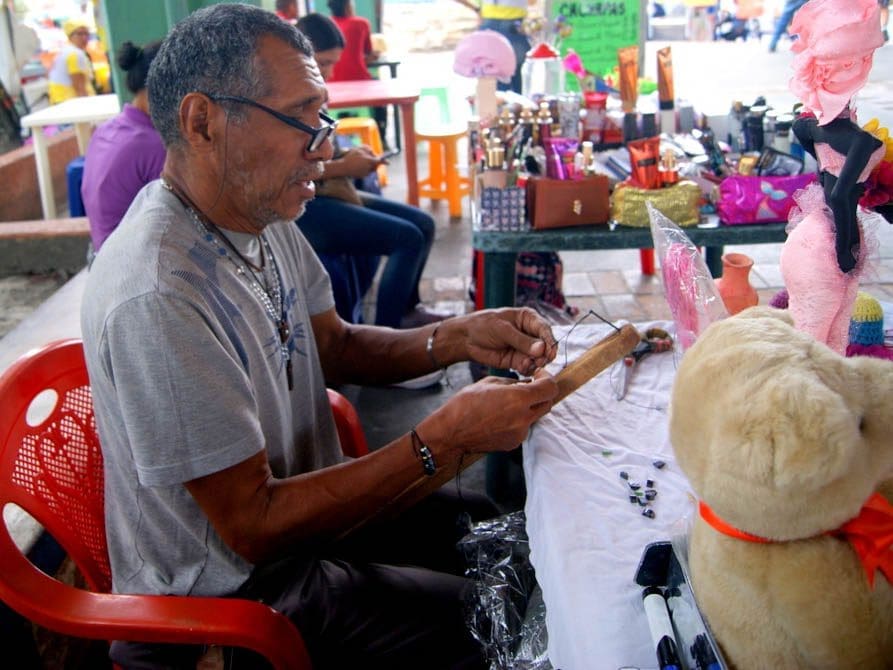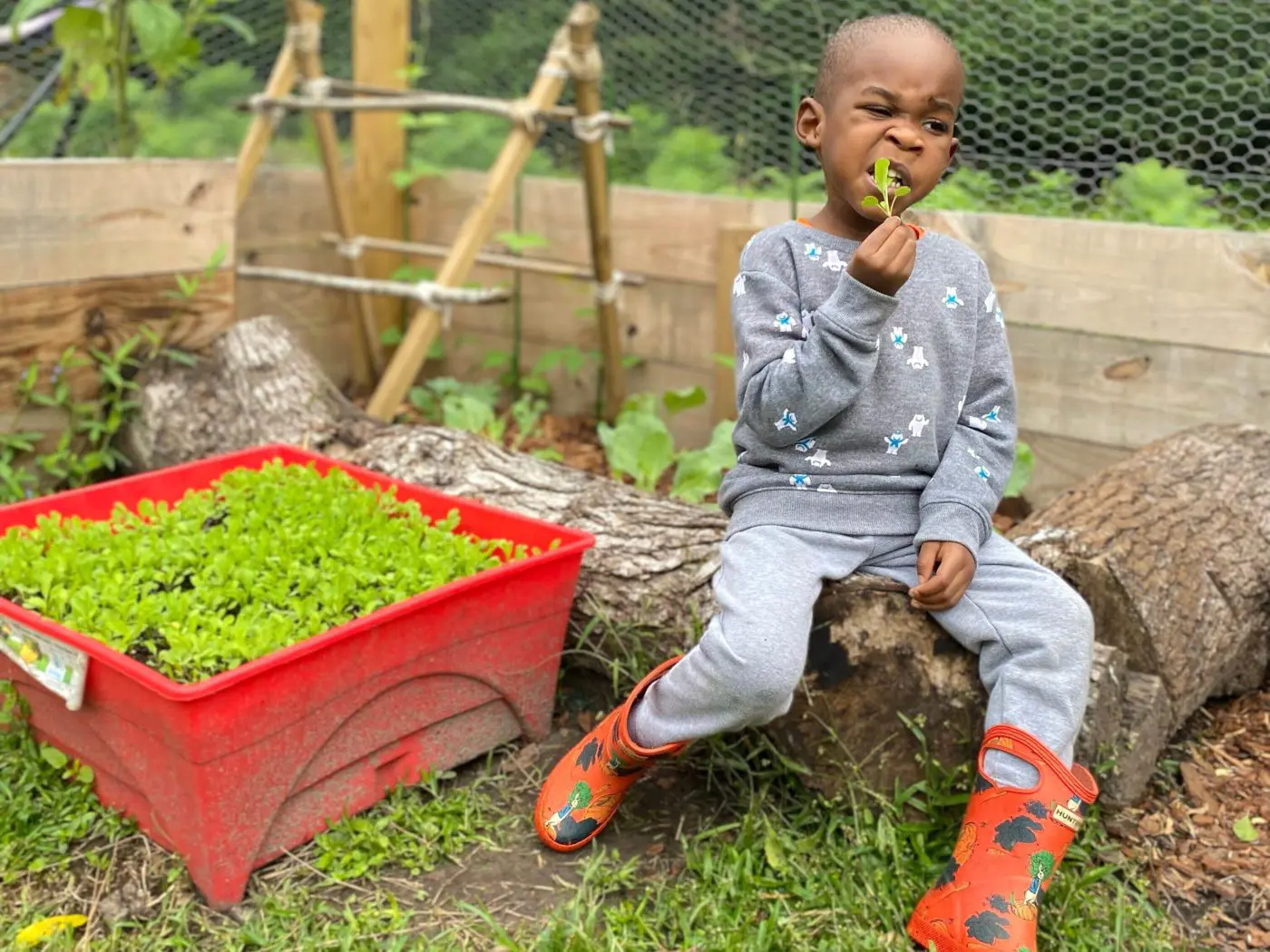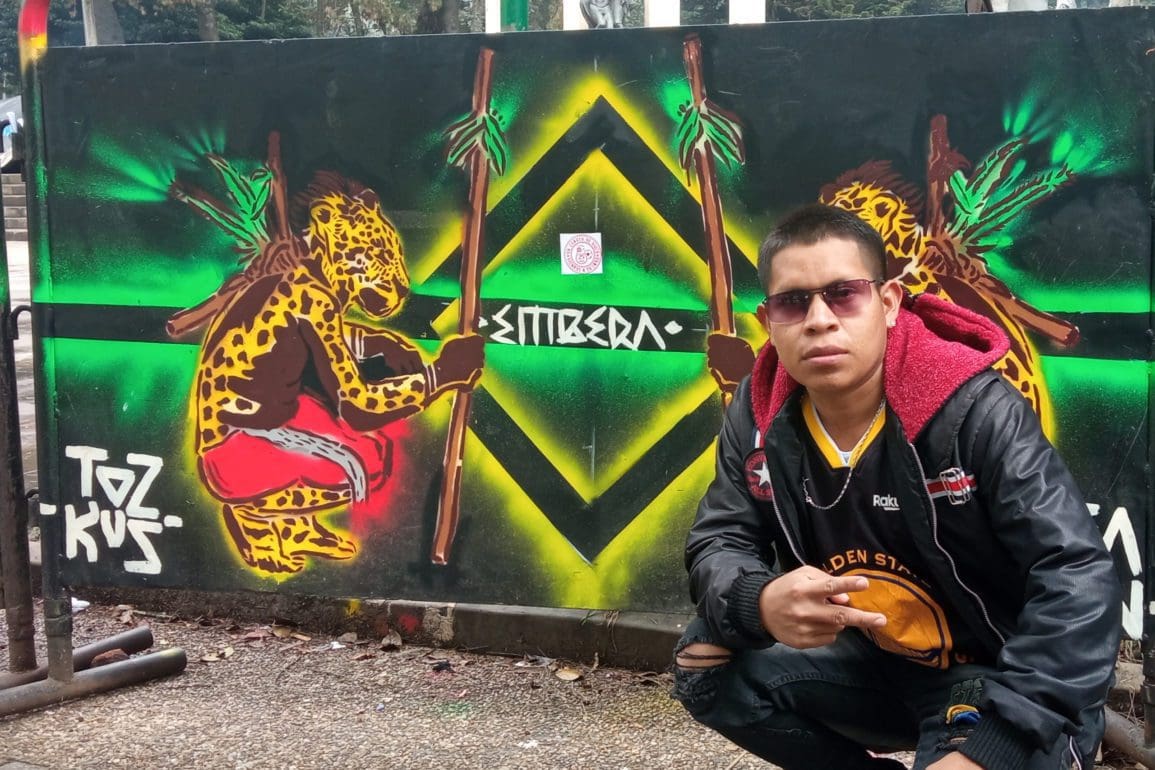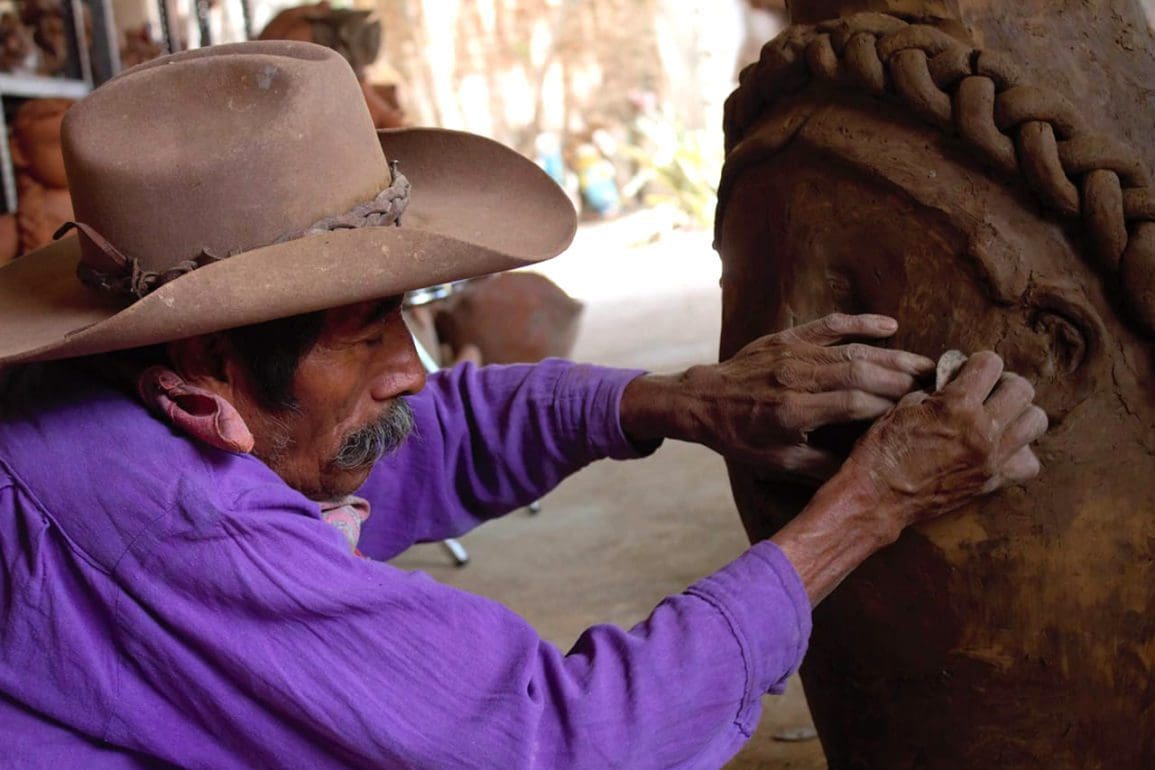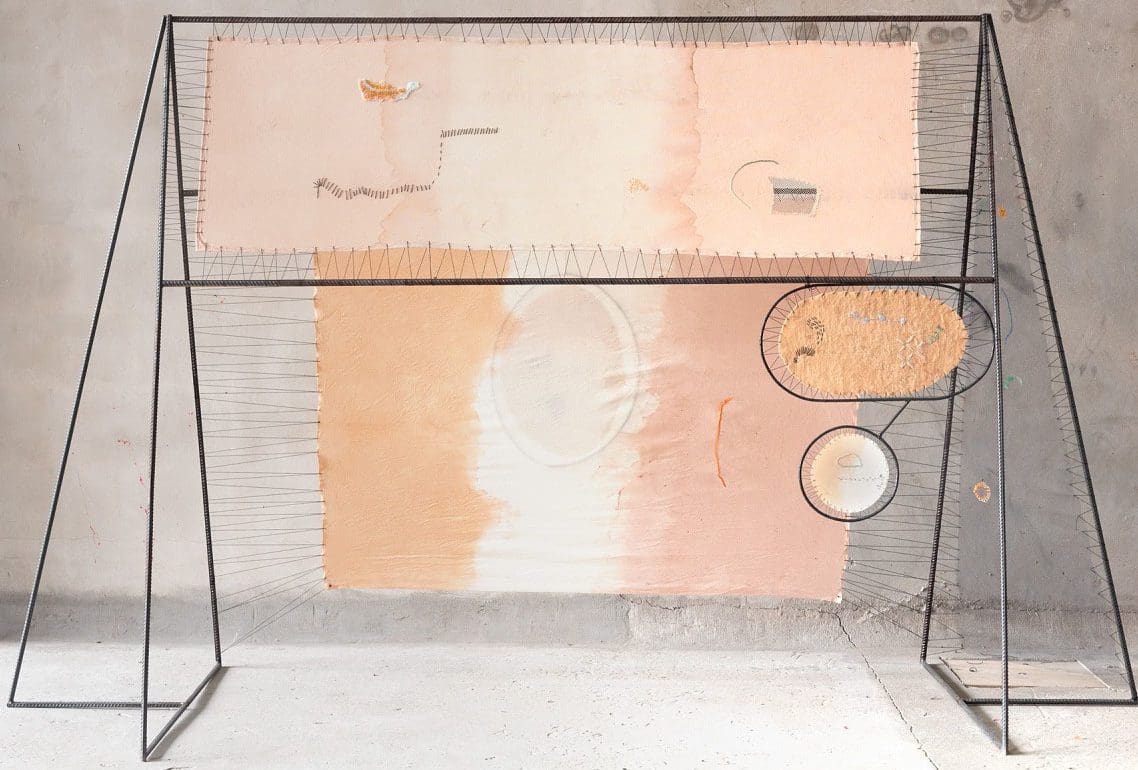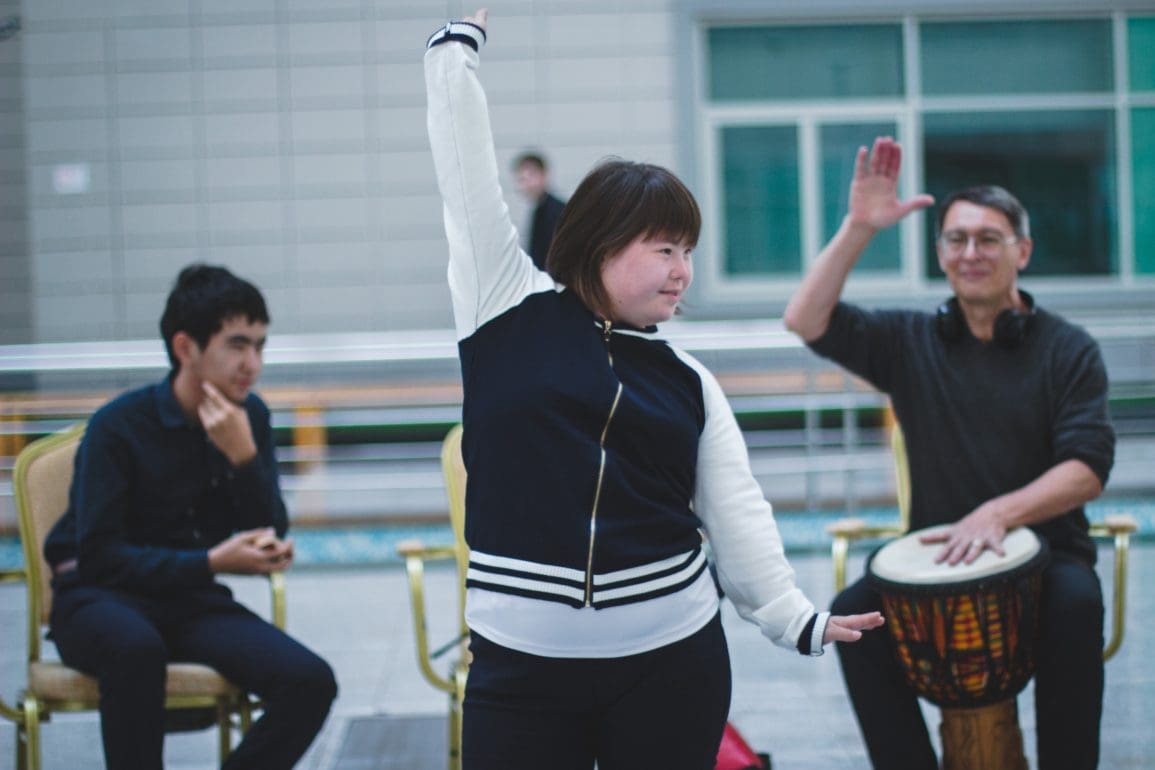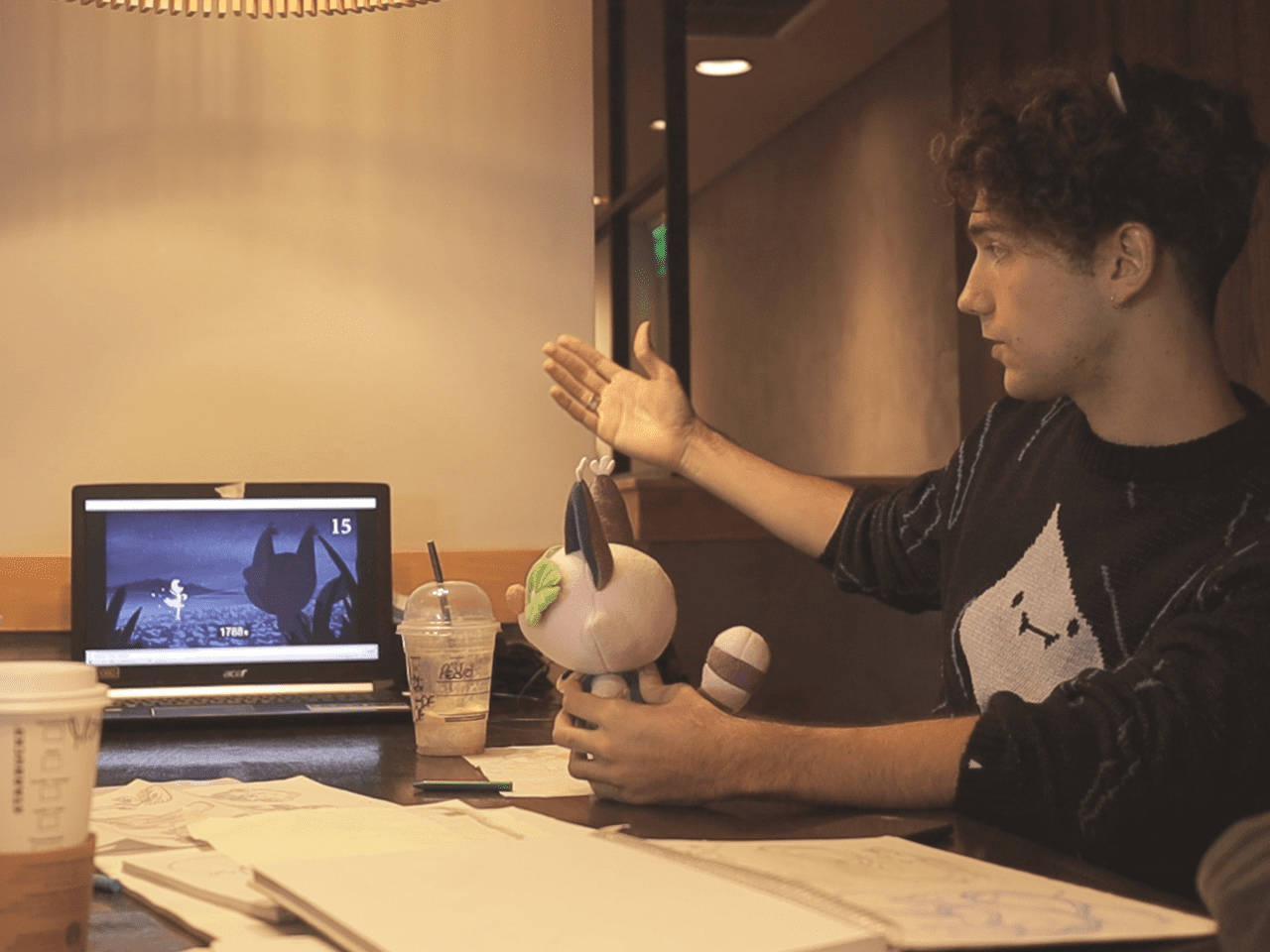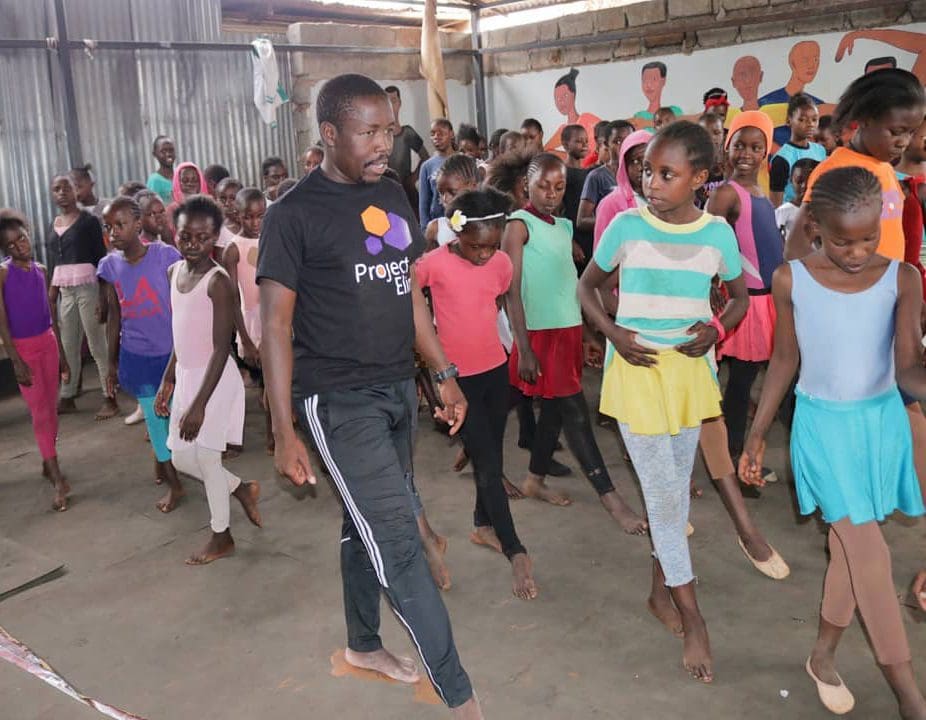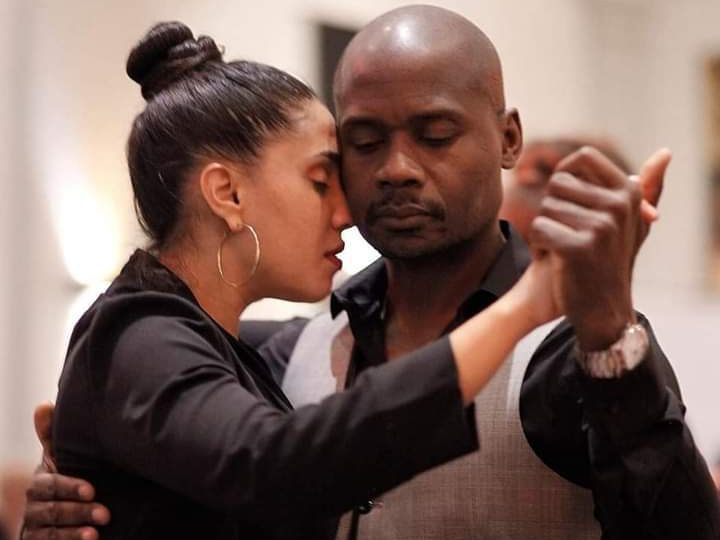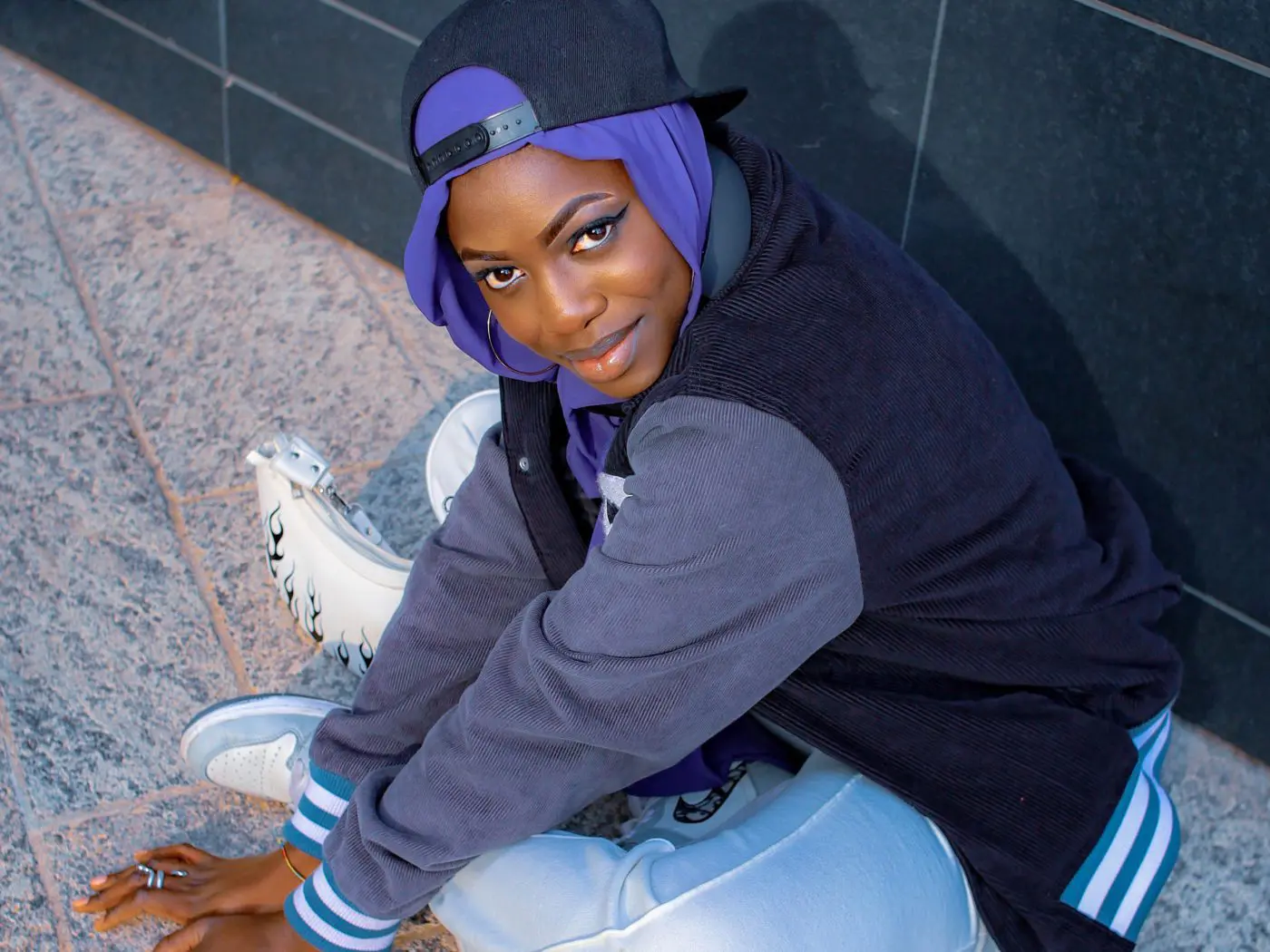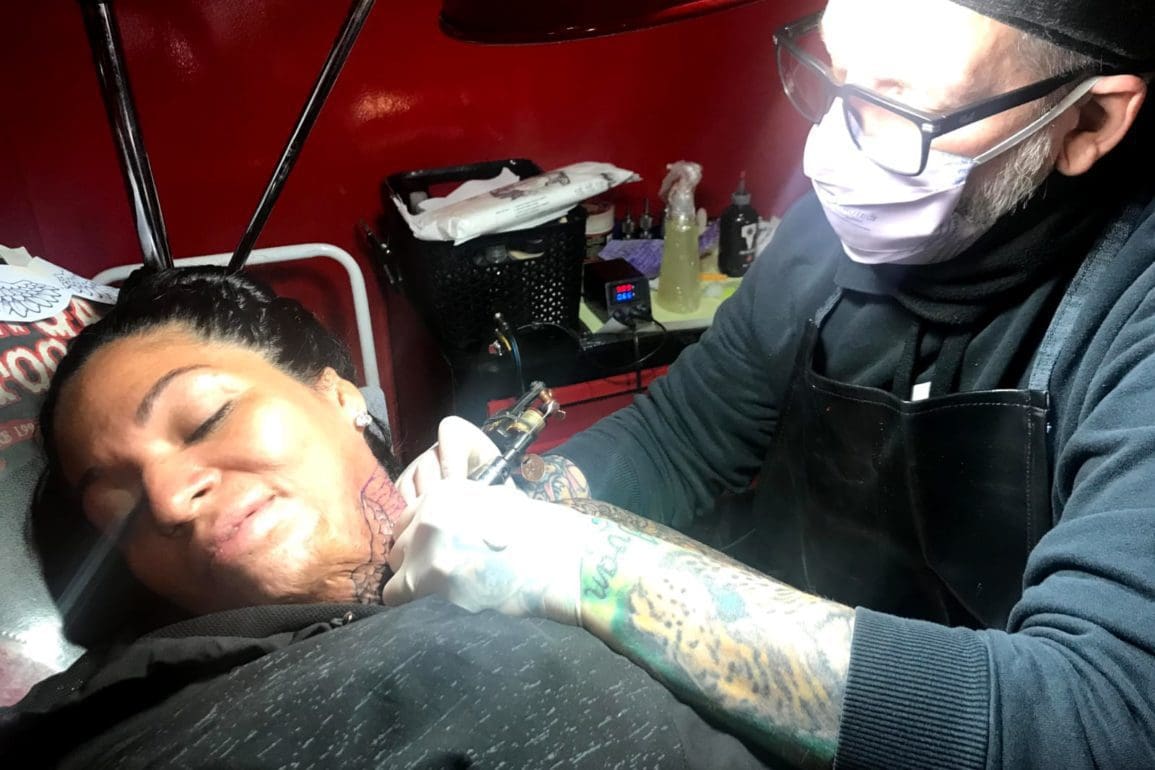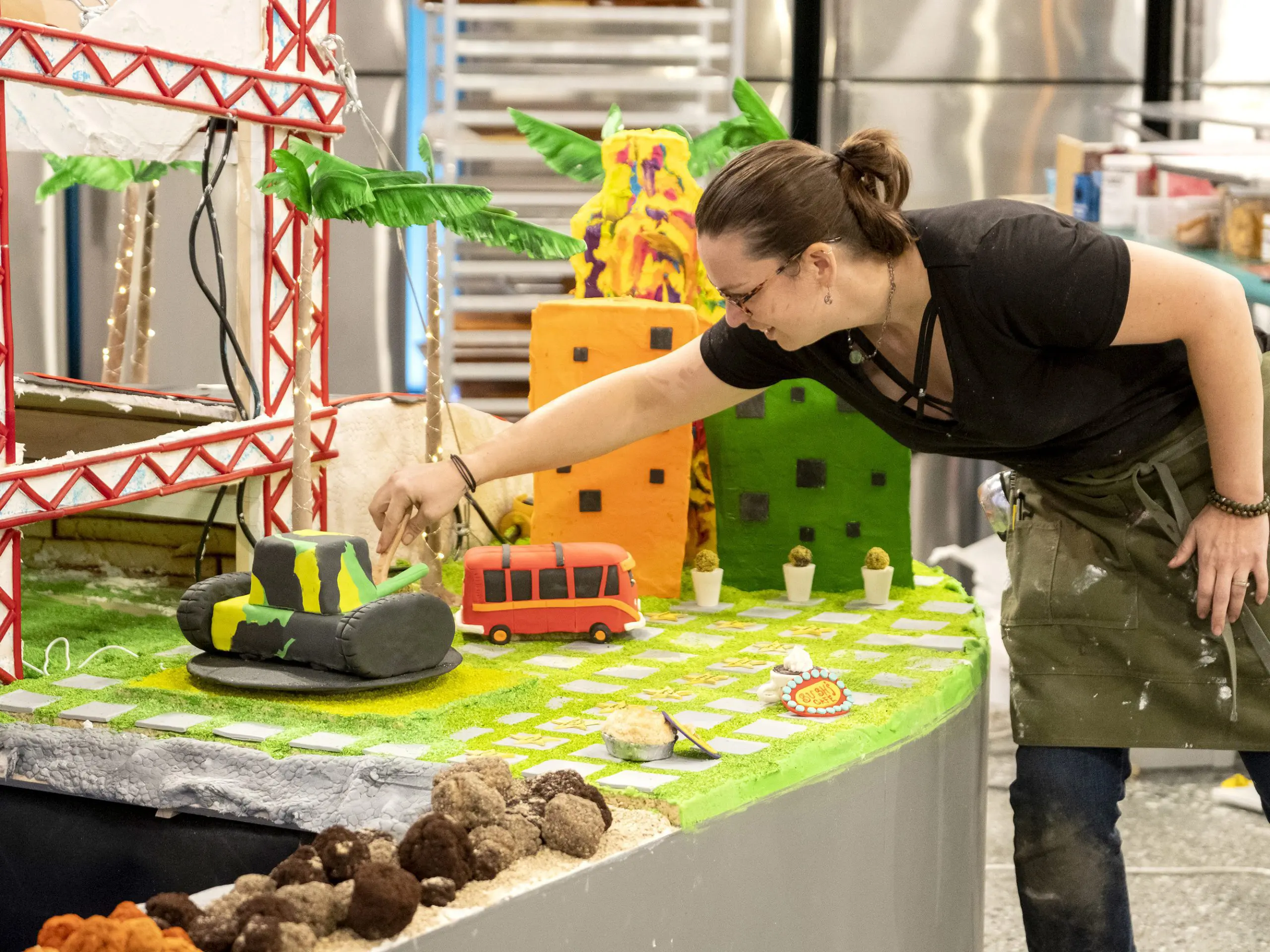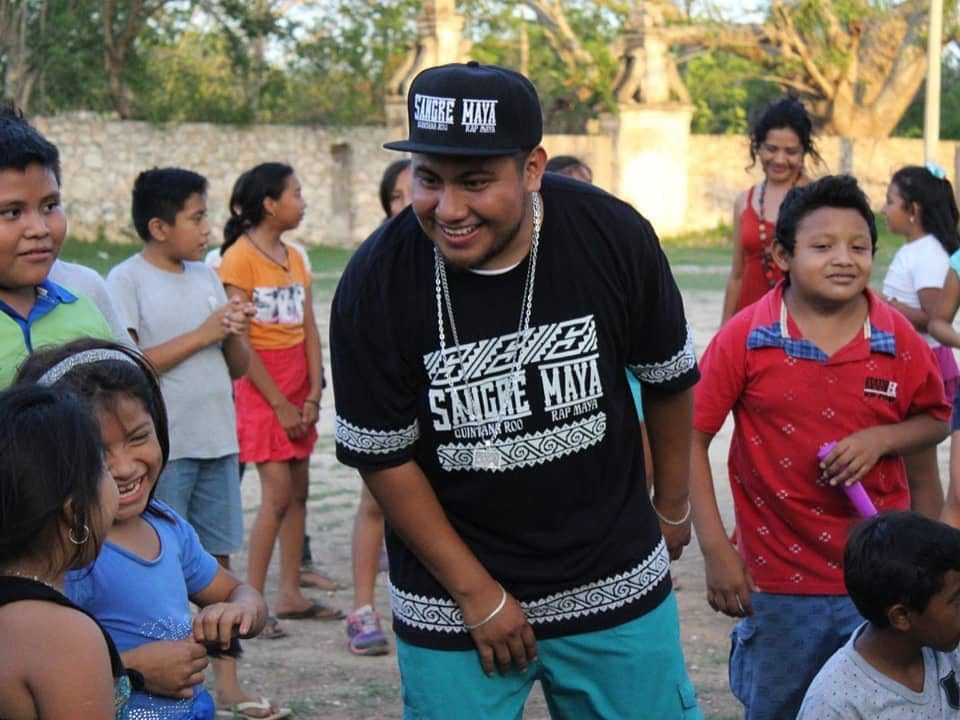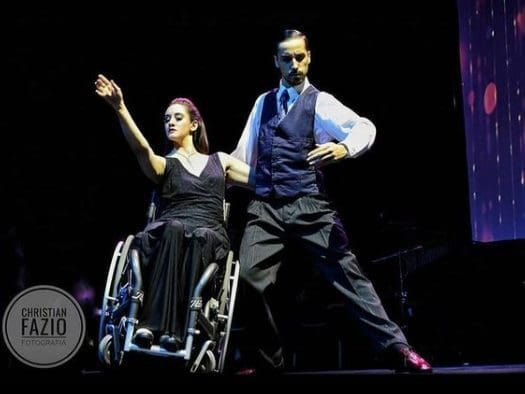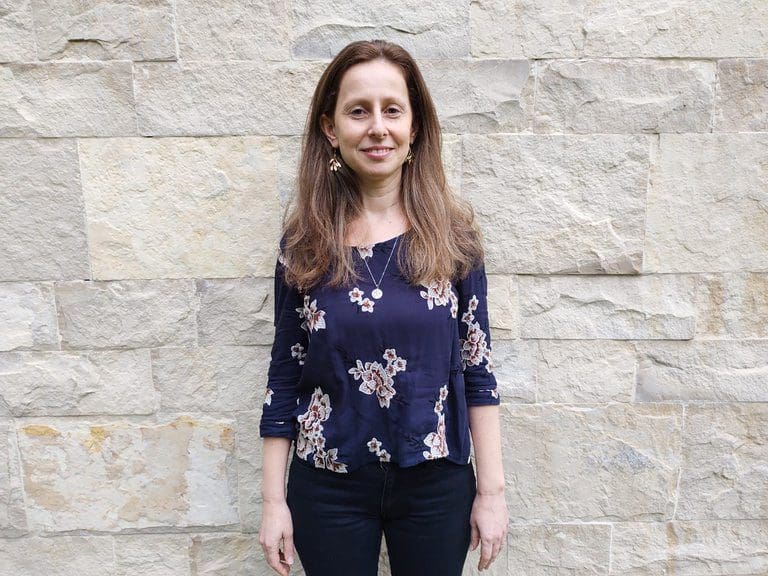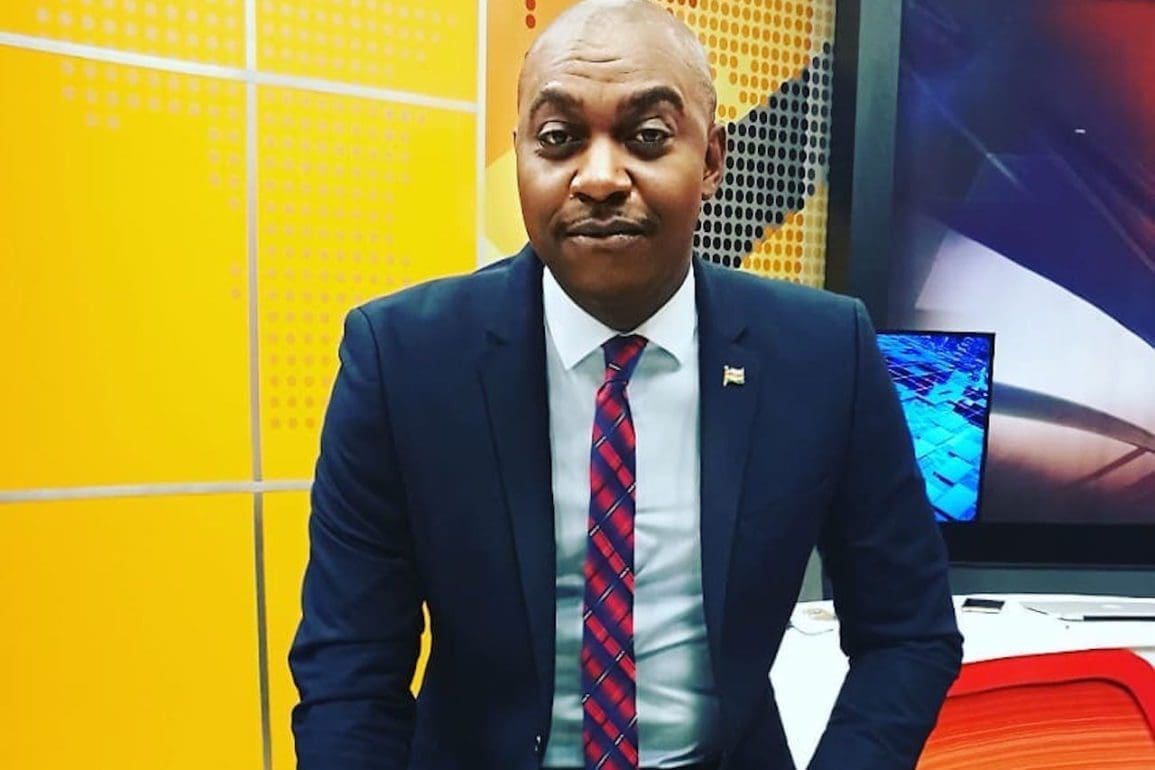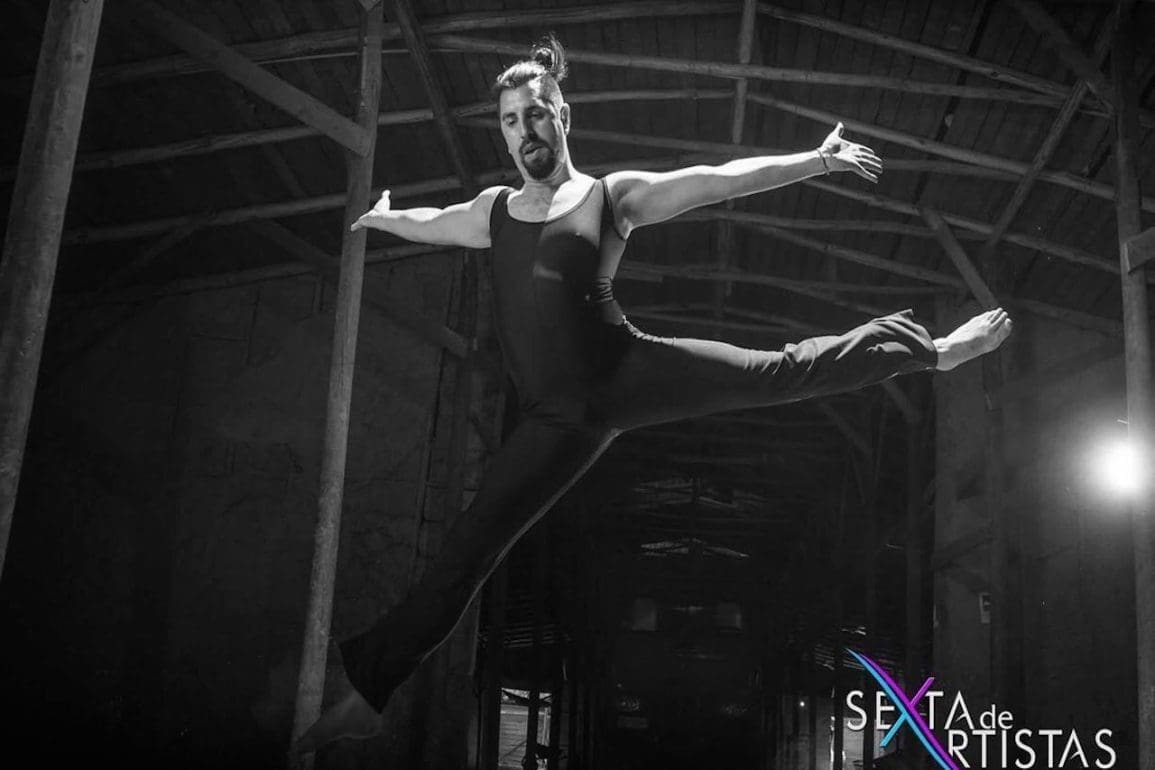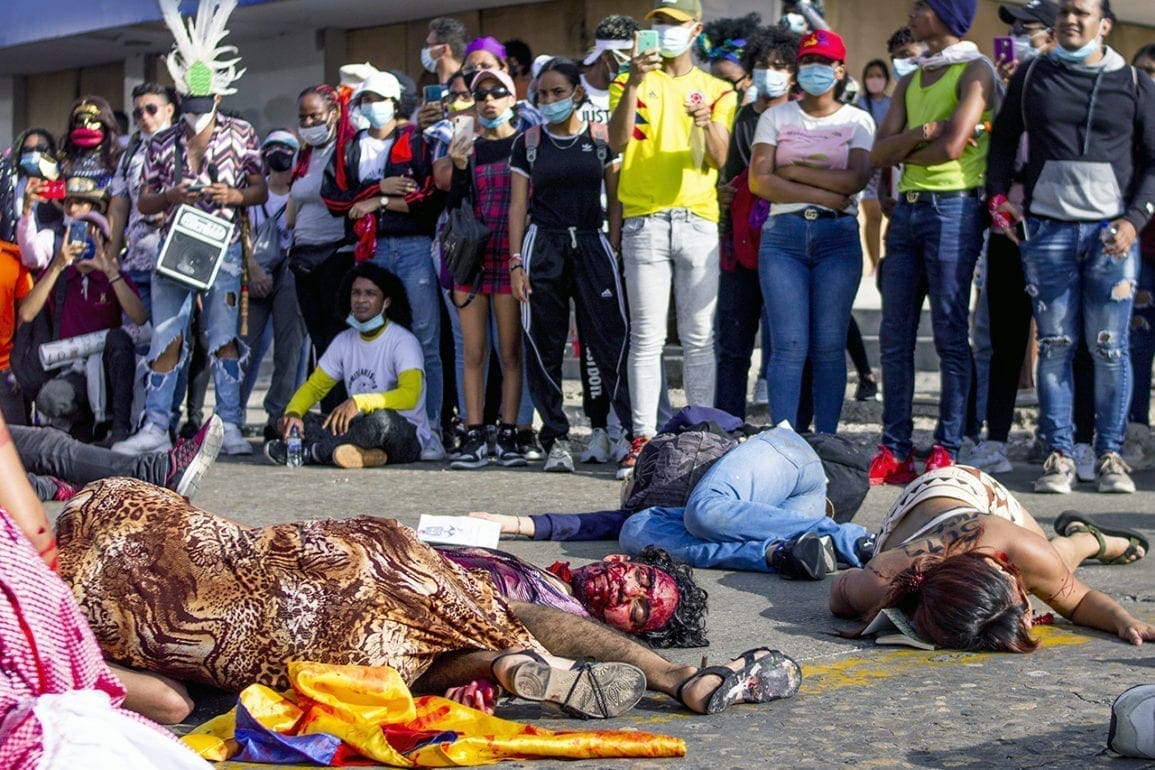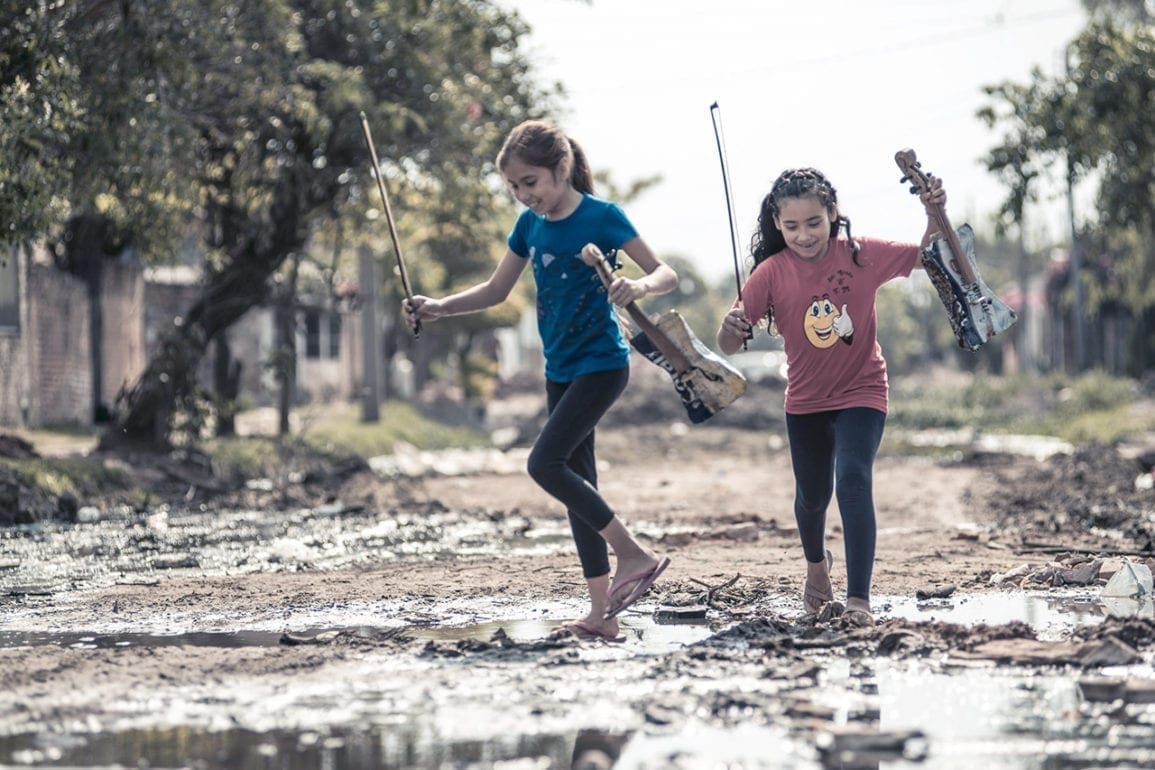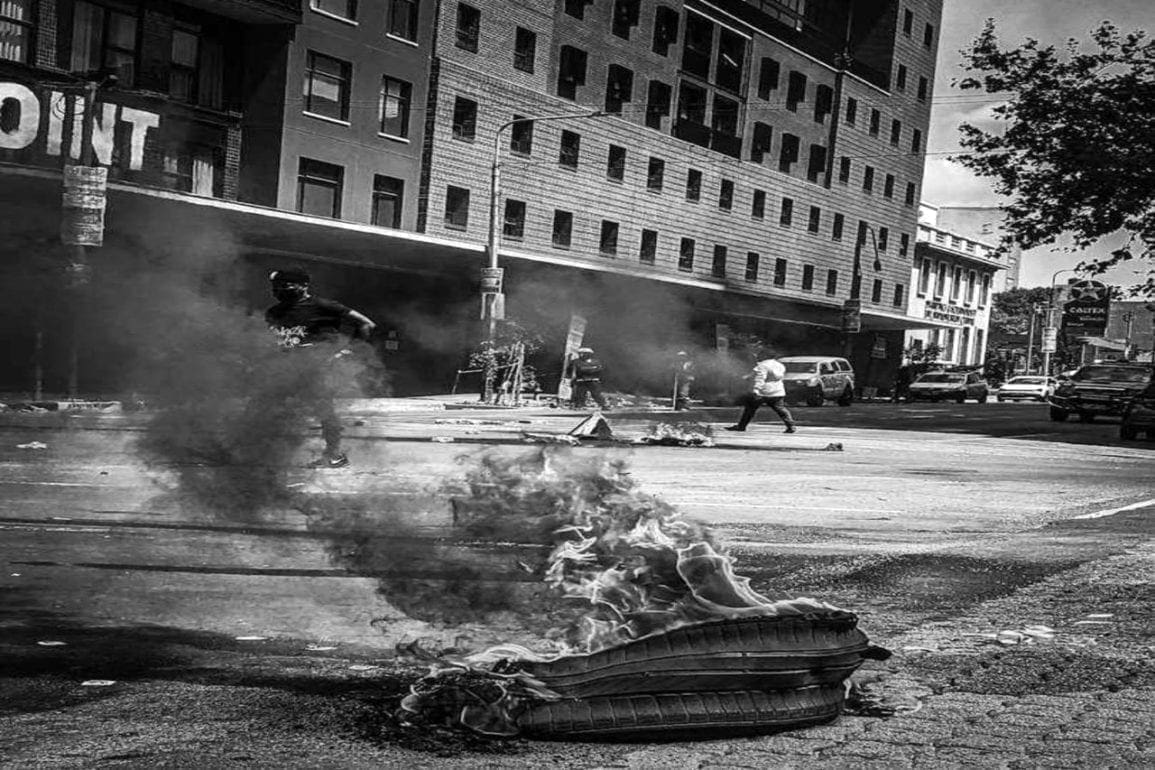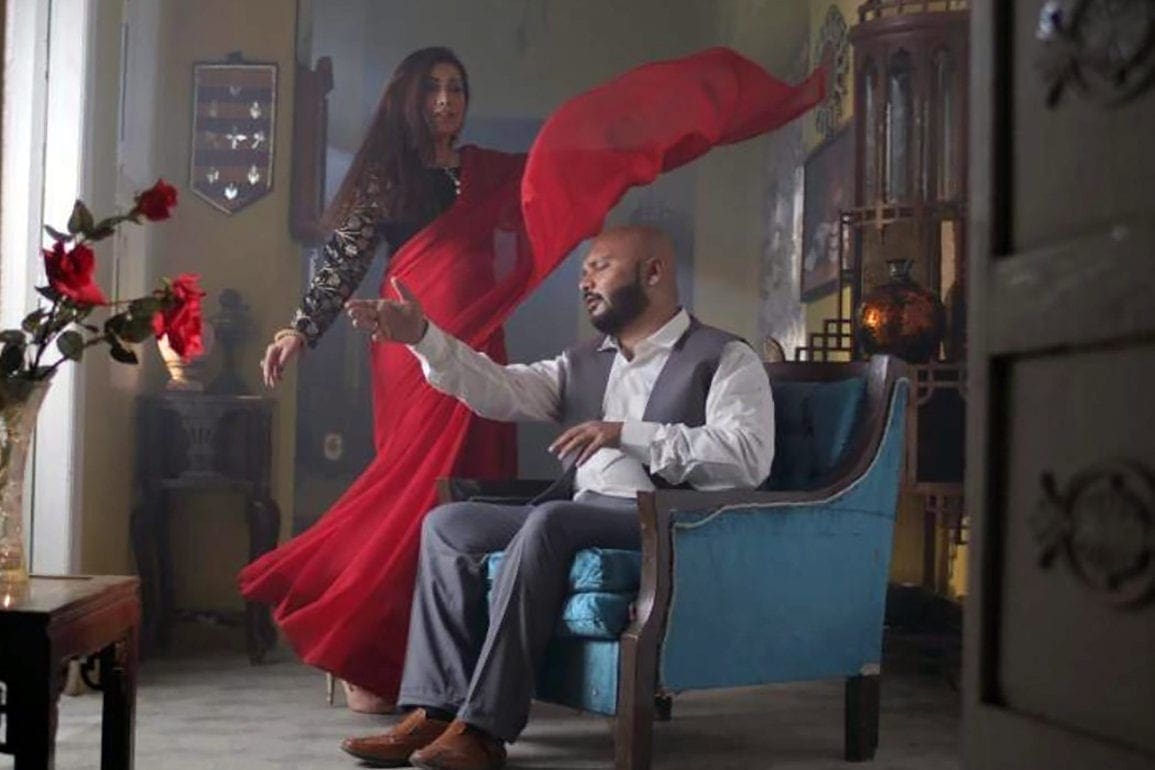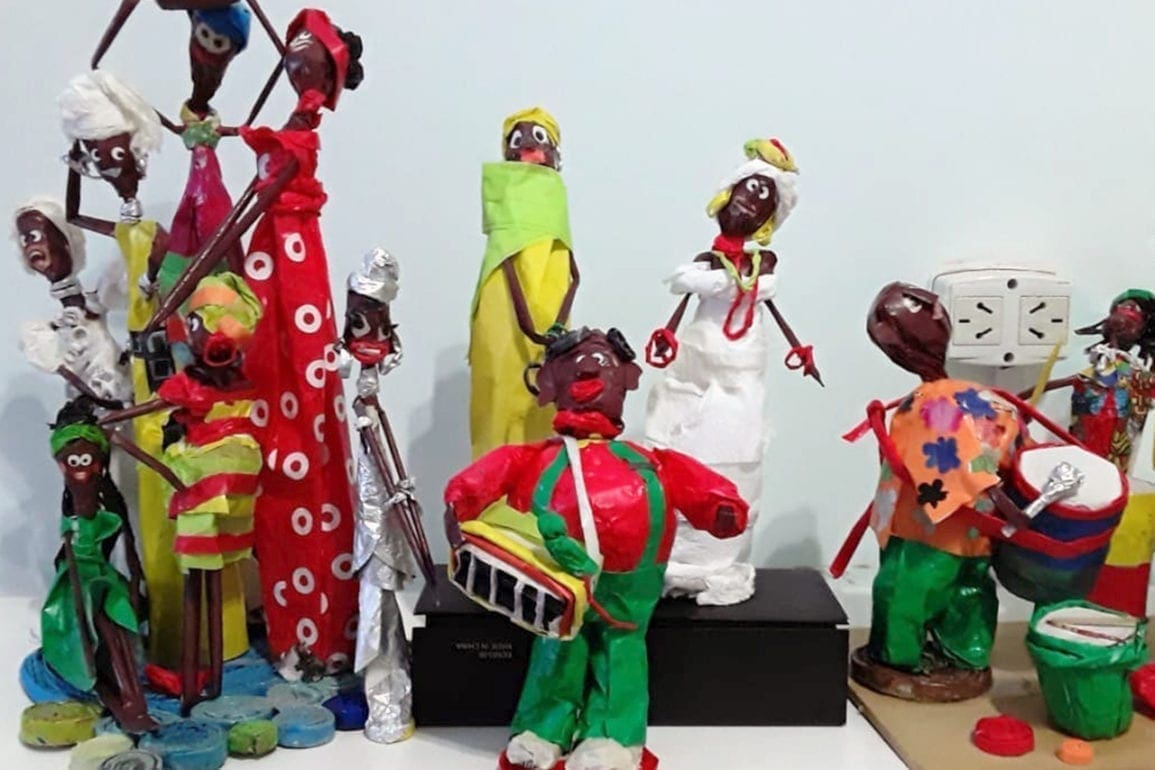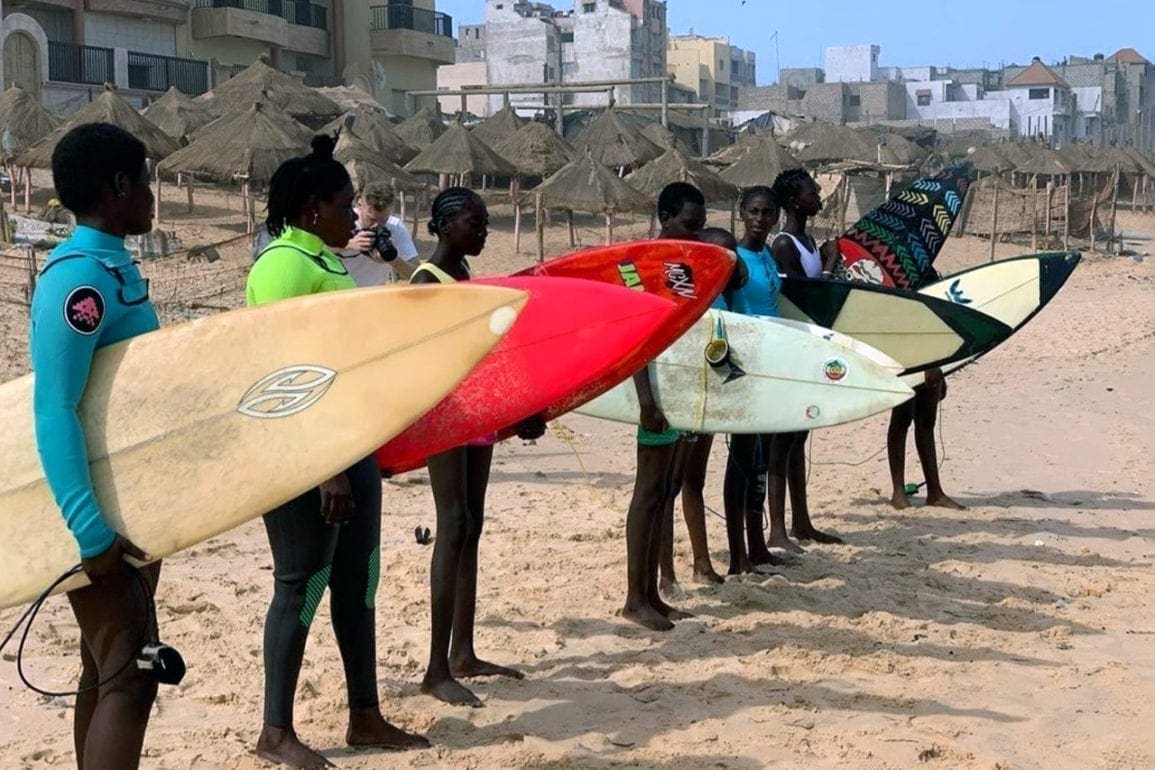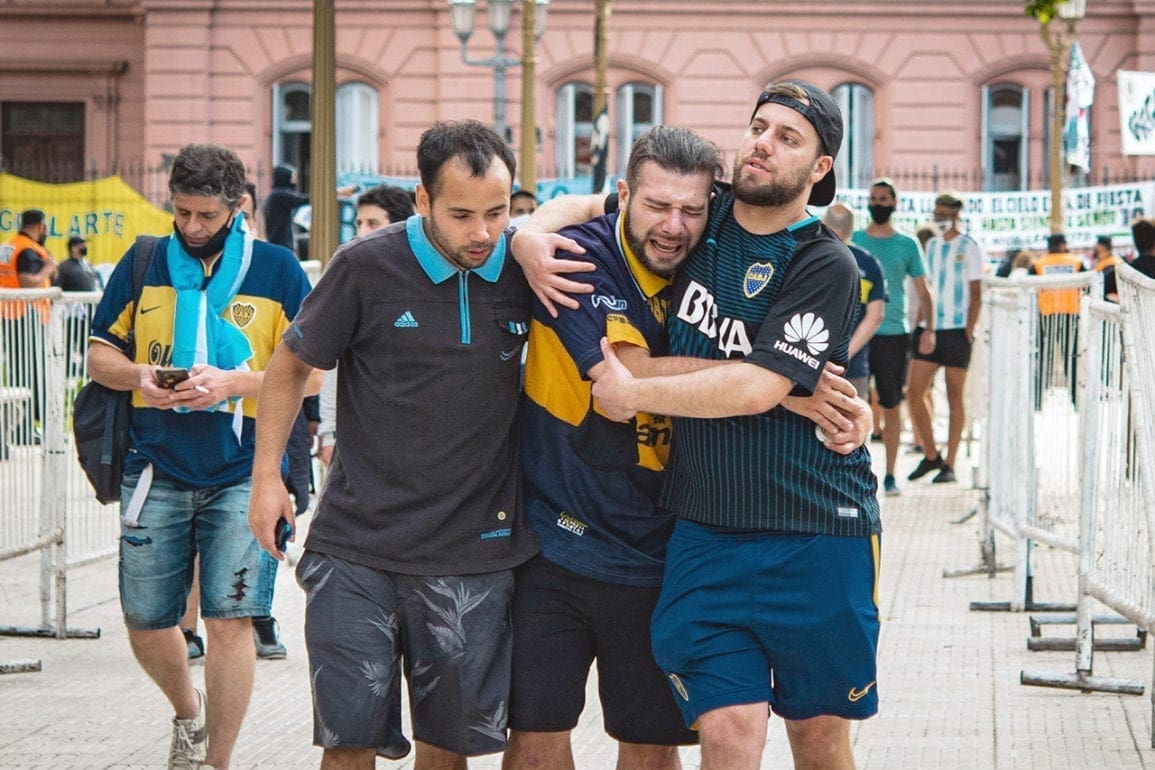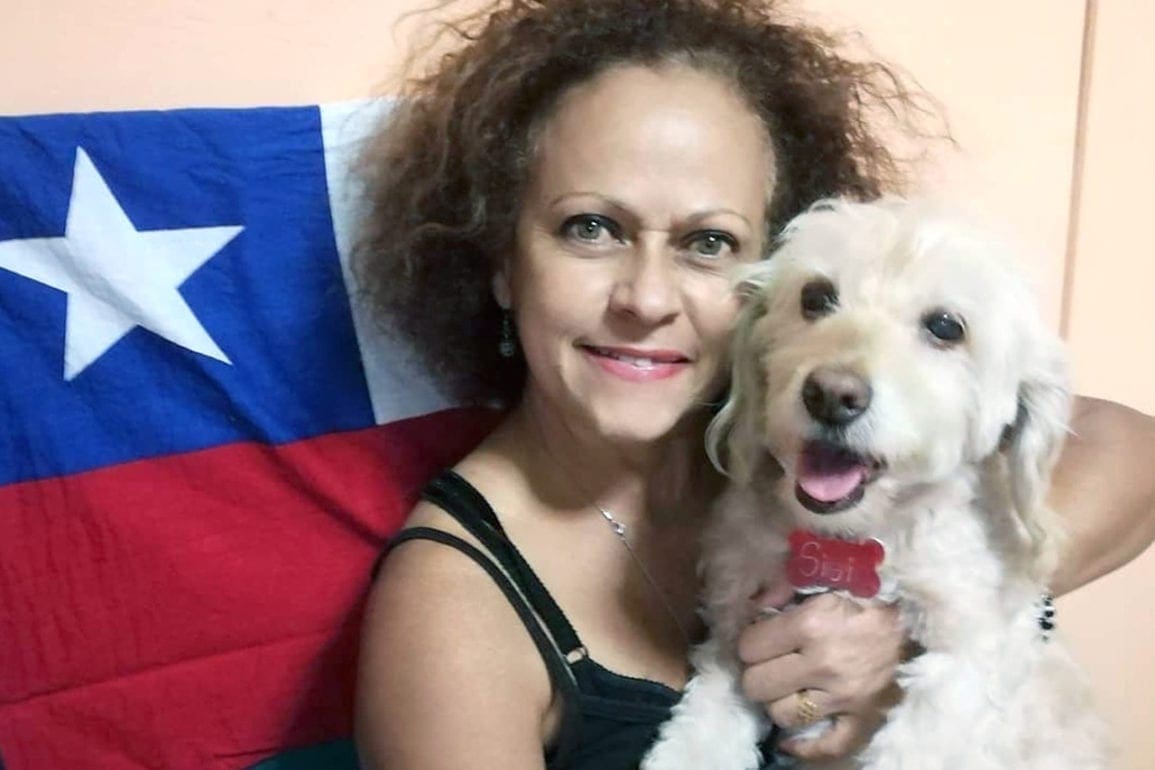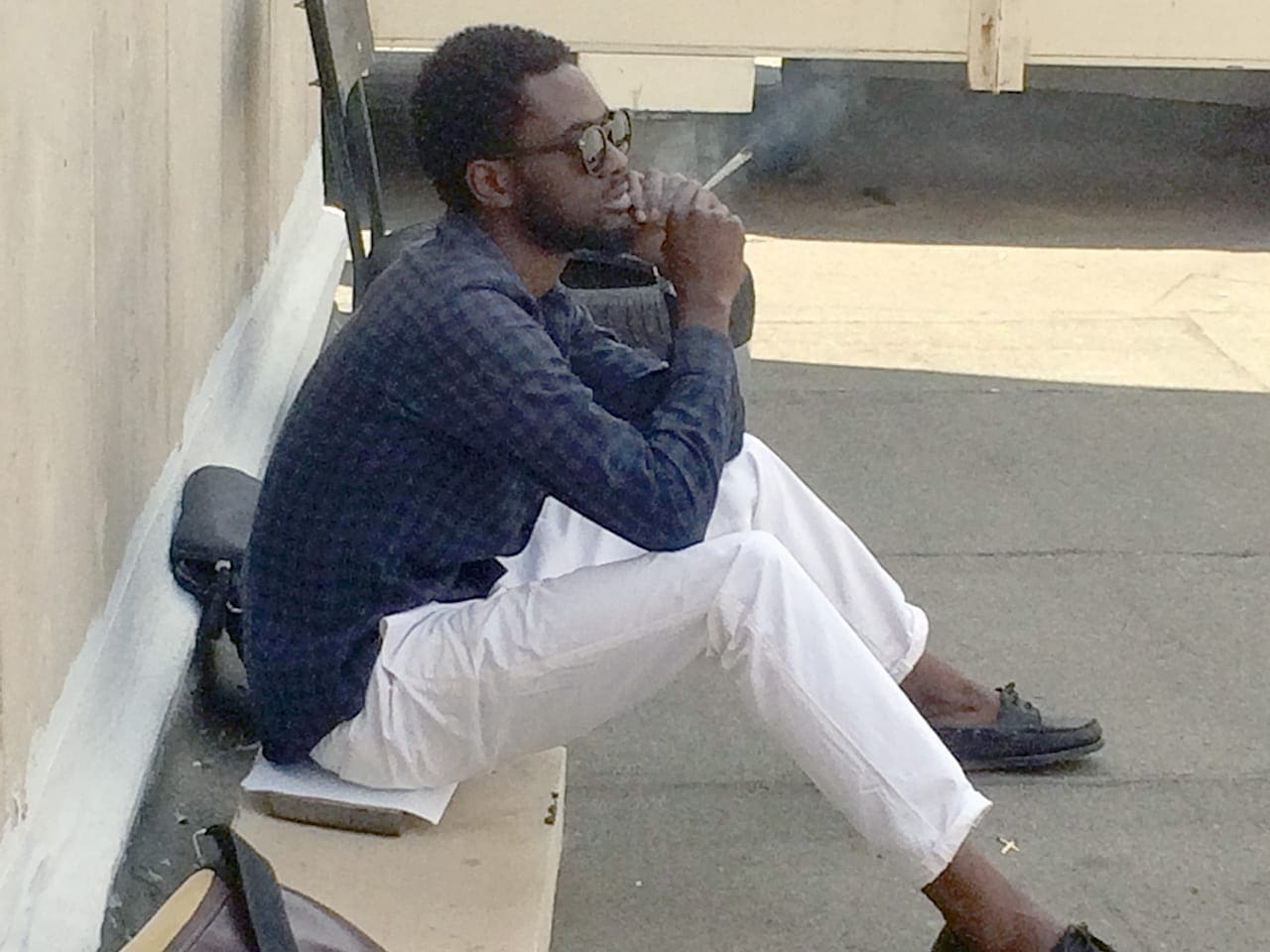Her father finally spoke: Holocaust survivor’s daughter preserves story of suffering and survival through art
Inspired by the memories and emotions stirred during my visit to the concentration camp, I decided to create an art exhibition. My promise to honor my father’s legacy became the foundation for a unique art exhibition—a way to share his experiences and ensure his voice, along with those of countless others, would never be silenced or forgotten.
- 1 year ago
November 30, 2024
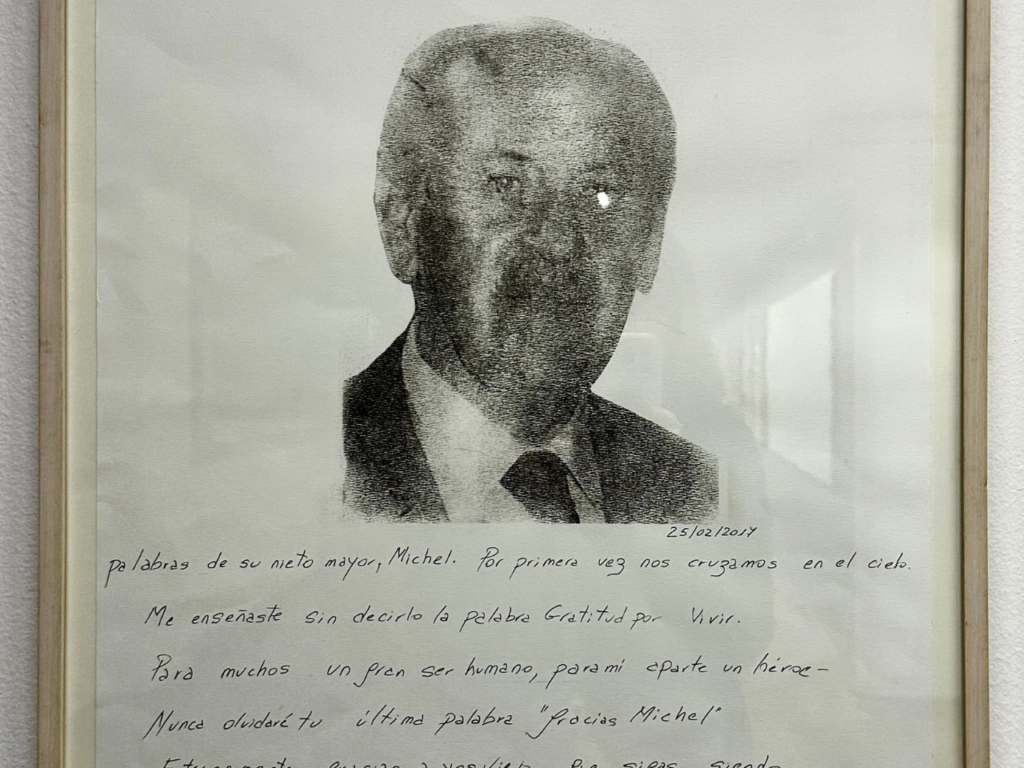
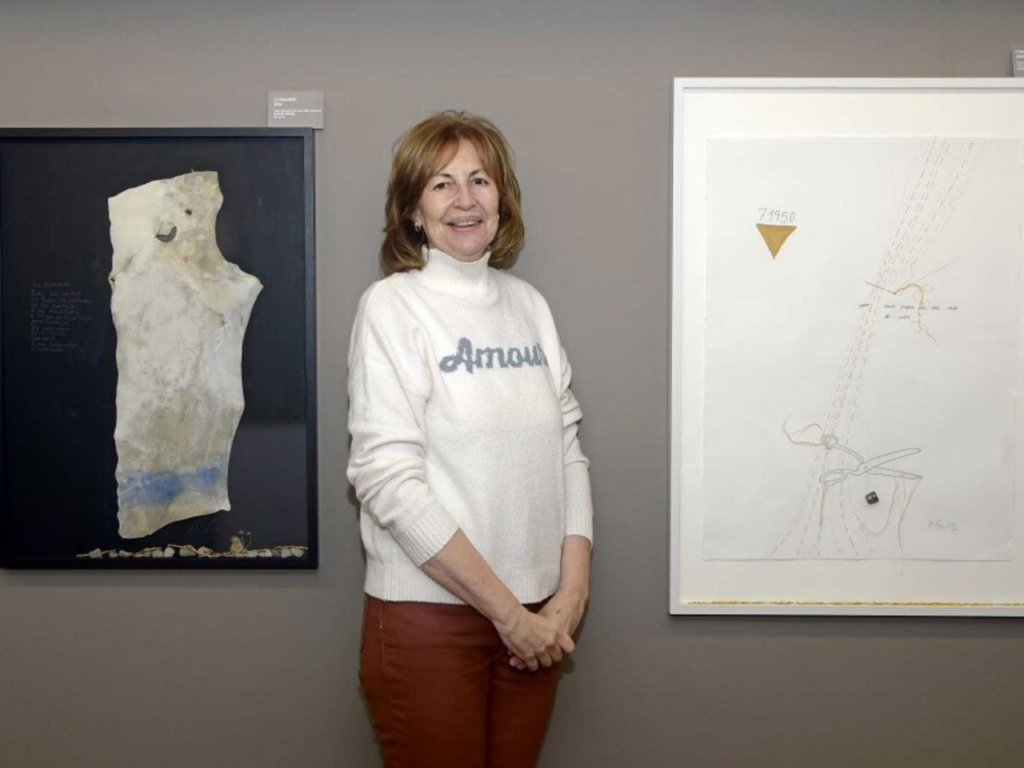
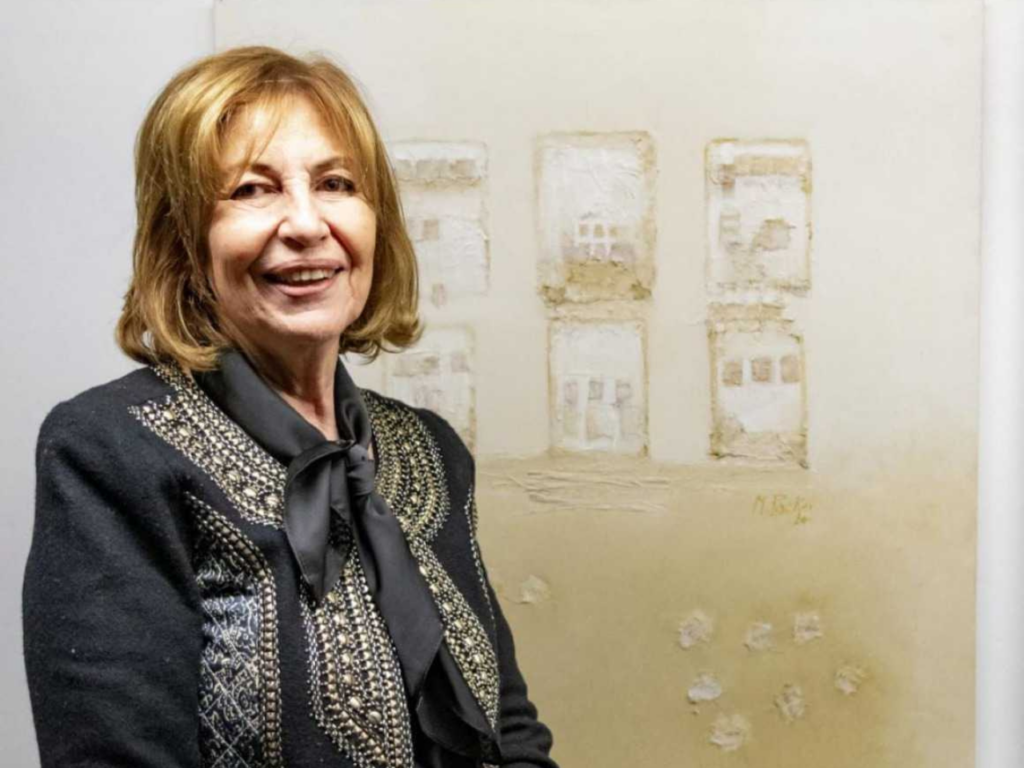
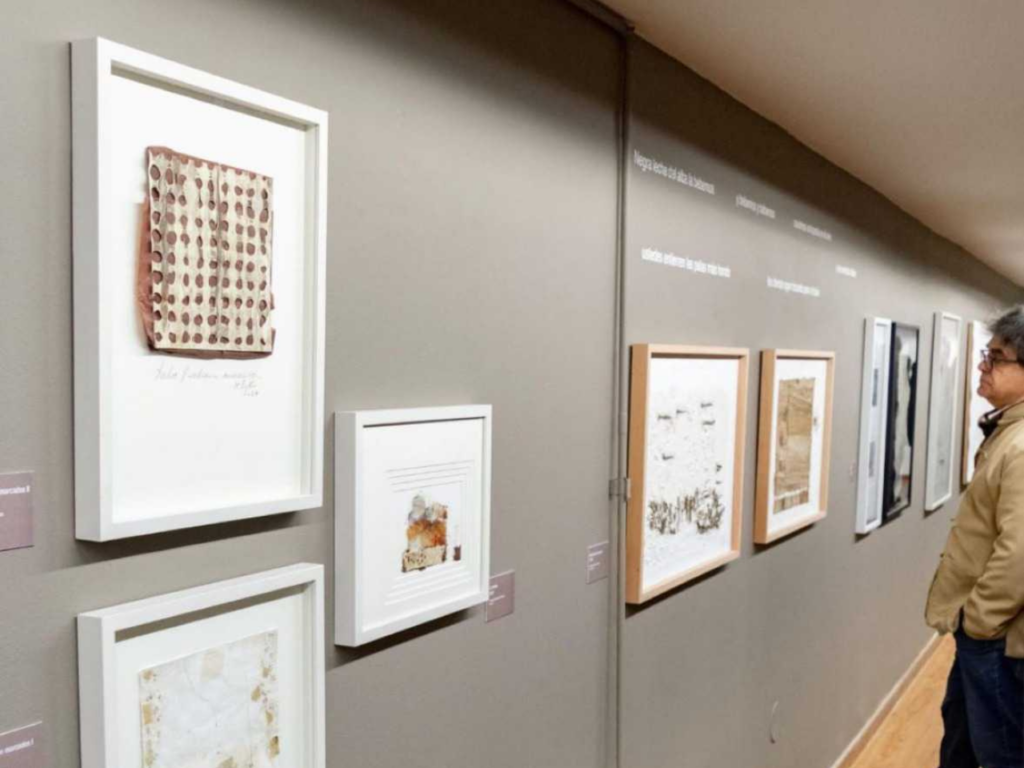
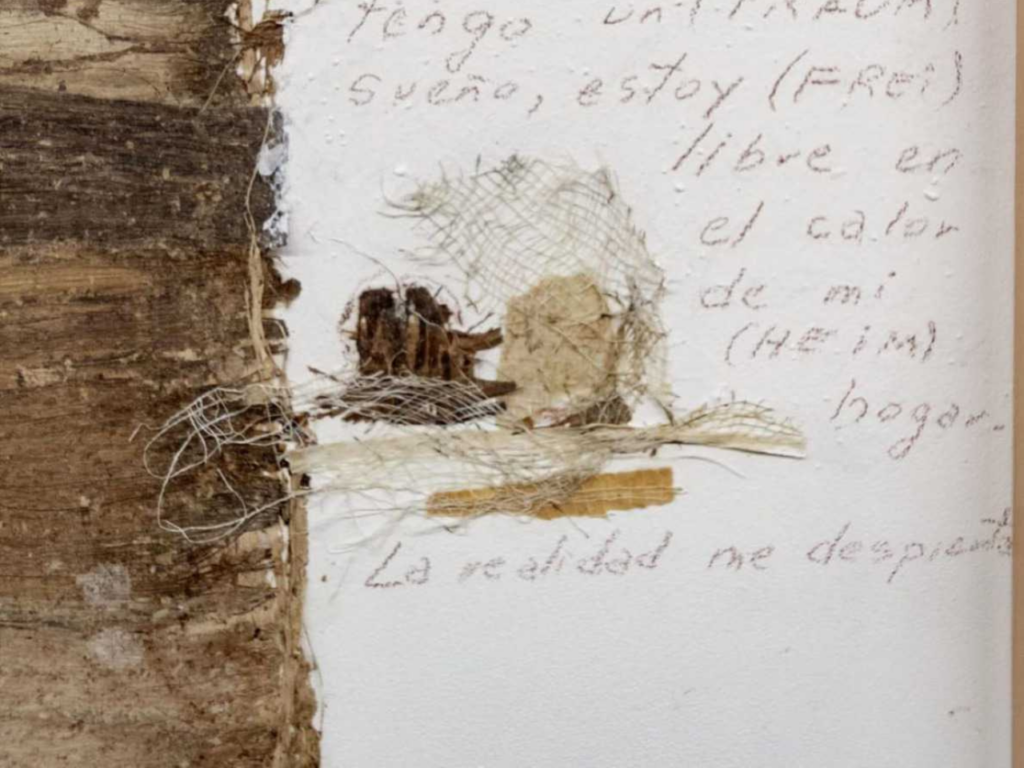
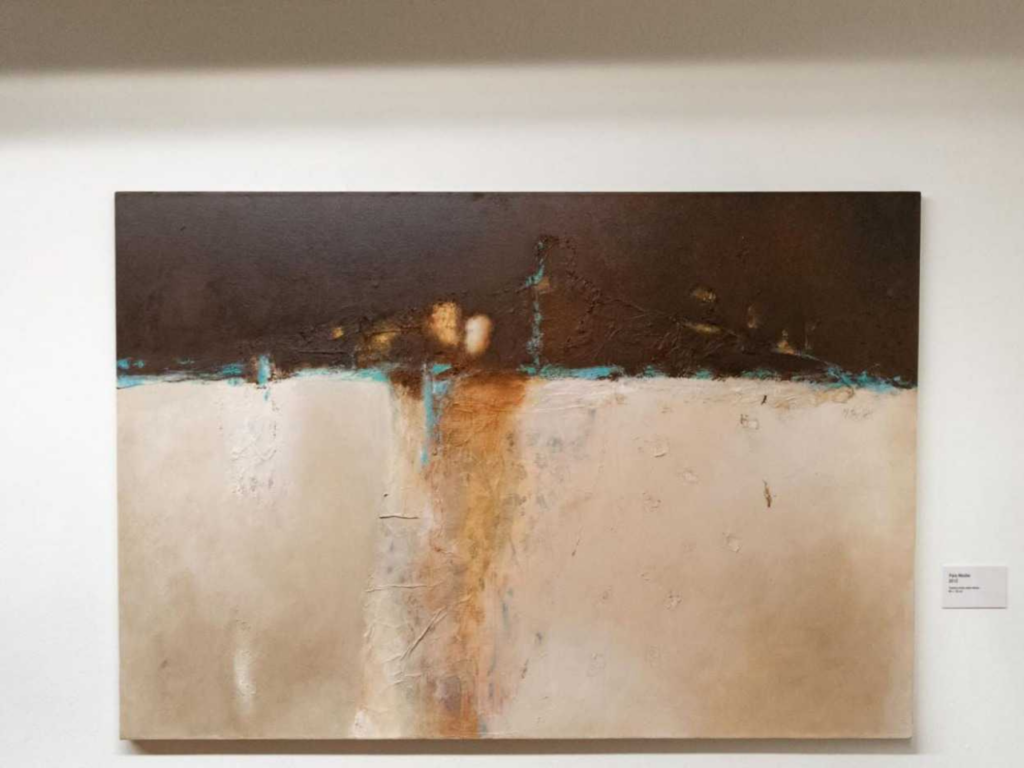
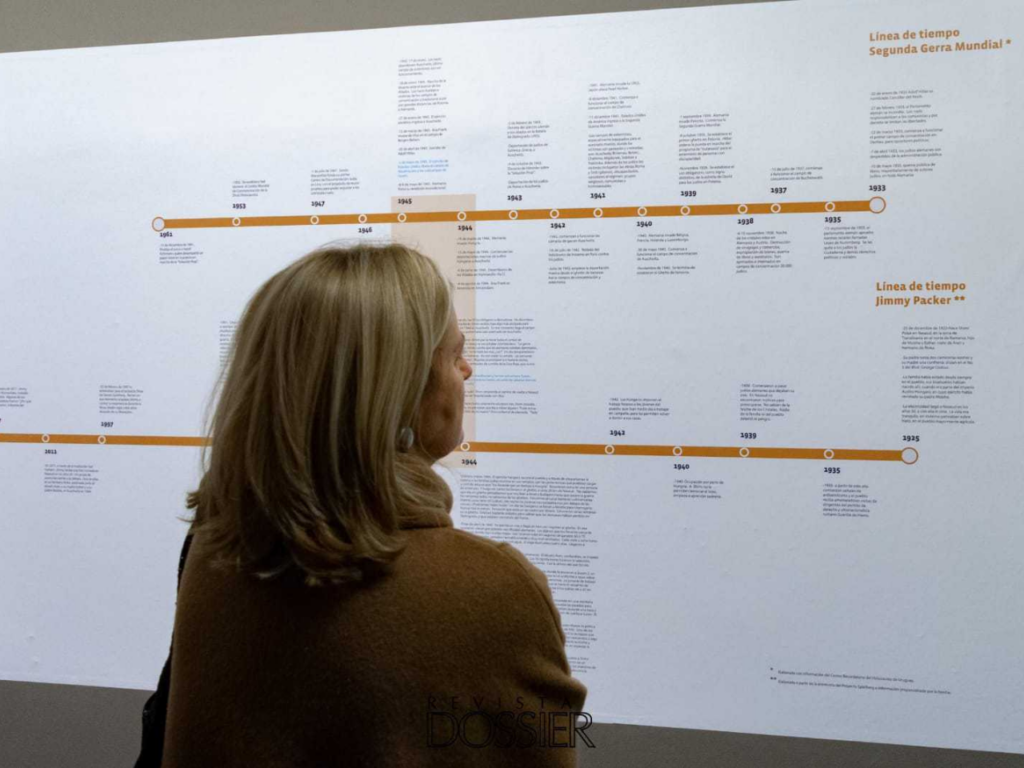
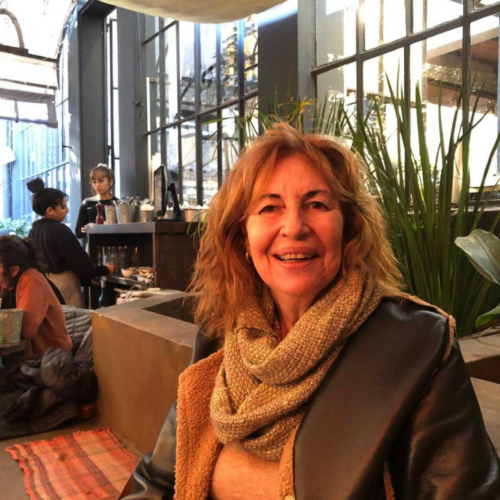
MONTEVIDEO, Uruguay — Since childhood, my father’s silence about the past cast a shadow over our home. I knew he survived the Holocaust, but I could not grasp the full magnitude of what his survival entailed. At school events, I repeated, “My father is a survivor,” yet the word “survivor” felt hollow and lacked meaning in my youthful world.
One day, I asked him about his family and his parents. His gaze drifted into the distance, and he did not answer. My father’s silence struck me deeply, like a wound I could not heal. Left without his words, I could only imagine the horrors he carried, ones he could not bear to share.
Read more conflict stories at Orato World Media.
Steven Spielberg’s Shoah Foundation contacted my father
Everything shifted the day Steven Spielberg’s Shoah Foundation contacted my father. This started a process that transformed him and our entire family. For decades, he locked away his memories of the Holocaust, unwilling or unable to revisit the past. When the foundation, dedicated to preserving the testimonies of genocide survivors, invited him to share his story, he hesitated. The prospect of reopening old wounds filled him with dread, yet he recognized the importance of bearing witness. Gradually, he understood his testimony mattered—for himself, history, and future generations.
On the day of filming, emotions surged. Sitting before the camera, my father began to speak. He described how soldiers tore him from his former life, the harrowing days in the ghetto, the hellish journey on the train, and the unrelenting fight to survive in the camp. His voice trembled as he relived those moments, but soon, his story began to flow. When he finished, silence enveloped everyone. I was physically present but felt mentally and emotionally distant.
That testimony became a priceless legacy—evidence of his resilience and a window into the unimaginable. The Shoah Foundation did more than provide my father with a platform; it created a bridge between his silence and my search for answers.
The first time I watched the film with my father’s testimony, I felt as though I opened a door to a part of him which I never knew. I chose to view it alone, in the stillness of my study. As he began to speak, the man on the screen no longer resembled the father I knew. Instead, I saw a frightened young man, stripped of his usual strength. I froze, gripping the edge of my chair as his words shared the horrors he endured. His eyes, filled with a haunting mixture of pain and resilience, pierced me to my core.
It felt as if, in sharing his story, he had passed a fragment of his suffering onto me
I vividly recall, when he described the train ride taking him to the concentration camp, his voice fell to a whisper, as if crushing his spirit. The horror in his words reverberated, and as I listened, it felt as though I, too, inhaled the suffocating, heavy air of those dark days. For the first time, I truly understood the enormity of what he had endured and the unimaginable courage it required to relive those memories for the sake of remembrance.
Despite my determination, I could never watch the testimony in one sitting. Each time I pressed play, my father’s voice and the vivid images his words conjured overwhelmed me. When he spoke of arriving at the camps or of silently parting ways with his family for the final time, an ache would seize my chest—a suffocating blend of anguish and fury. It felt as if, in sharing his story, he passed a fragment of his suffering onto me.
Late at night, I often revisited his testimony, driven by an insatiable need to understand him and the life before I existed. Yet each viewing brought me face-to-face with the unbearable descriptions of relentless hunger, omnipresent fear, and the faces of those who never returned. Every word pulled me deeper into his anguish until I could no longer endure it. I would pause the video, forcing myself to return to the present, reminding myself that I was safe, far removed from the horrors of his past.
Pausing the video became my only way to cope, my method of processing the unthinkable. The weight of his pain, even filtered through time and a screen, was too immense to absorb all at once. Each pause offered a breath and a reminder that his story bridged the past and the future.
My father’s harrowing memories to the concentration camp shocked me
My father grew up in Nassau, a small village in Romania filled with peace and vibrant life. The narrow streets, lined with stone and wooden houses, echoed with laughter and conversation. Saturdays brought the warm aroma of family meals, and his childhood unfolded in winters of skating and long summer afternoons filled with games. His father, a respected butcher with two shops, stood as a strong figure in the community, while my grandmother’s bakery became the heart of their home. This idyllic life, however, shattered one morning when soldiers stormed the village, their harsh orders tearing through the streets.
He spoke in a muted voice about the day the soldiers came for his father. They dragged him to Bucharest for interrogation, accusing him of hiding wealth. My father never saw him again. He remembered his father standing frozen in the doorway, a silhouette looking back, unable to imagine it would be the last time he would see his family. That morning marked the beginning of a nightmare.
The day their world changed began early, with soldiers forcing families to gather at the synagogue. Fear and confusion filled the streets, but my father, then a young man, thought only of protecting his mother and sister. When they were crammed into a freight train, the separation began. In that suffocating car, surrounded by sobbing families and desperate cries, his mother whispered reassurances: “Everything will be all right.” It was a promise broken by the horrors that followed.
The train became a moving prison, a suffocating box of metal and wood. The stench of sweat and despair mingled with the cries of children and the muffled sobs of mothers. My father described the stops in the middle of nowhere, where silence and fear loomed like a shadow.
His resilience inspired me to honor his story and ensure his voice was never forgotten
The concentration camp was a waking nightmare. My father described it as a place where life held no value, where people withered away in days, their faces hollow and hopeless. He remembered the screams, the crushing silence of despair, and, in a rare moment of hope, a small flower growing between the cracks in the ground. That fragile bud, he said, symbolized life’s resilience, even in the darkest place. Yet, the camp scarred him deeply.
He recounted the final day at the camp, marked by an eerie silence. The guards had vanished, and for hours, the prisoners feared leaving their barracks, suspecting a trap. When he finally stepped outside, the air felt strange—free from the stench of death. American soldiers found him and took him to a field hospital, where he lay on clean sheets for the first time in years. The white linen reminded him of what it meant to feel human again. Though his body was frail and his spirit deeply scarred, he knew he had survived. Yet, survival marked only the beginning.
Returning to his village was another ordeal. The once vibrant streets were now silent and desolate. His home had been taken over by his father’s assistant, who allowed him inside only to find it stripped bare. No photos, no clothes, no trace of his family remained. At that moment, he realized he would never see his mother or sister again. The emptiness he felt that day haunted him for the rest of his life.
Determined to rebuild, he emigrated, leaving the ruins of his past behind. “Life waits for no one,” he told me. “I had to move on, or staying would have been like dying again.” His resilience inspired me to honor his story and ensure his voice was never forgotten.
The haunting expanse of the Birkenau concentration camp inspires an art exhibition
In 2018, I traveled to Poland—a journey that brought me face-to-face with my father’s past. It became a trip into memory and pain. As I walked through the haunting expanse of the Birkenau concentration camp, my father’s words reverberated in my mind: his accounts of the train transfers and the freight cars crammed with desperate, exhausted people.
Birkenau, with its eerie shadows and devastating silence, mirrored his testimony. The roads, barracks, and barbed wire fences stood as fragments of the unspoken truths he carried for decades. I braced myself for the overwhelming emotions this journey would stir, but I knew I had to witness it firsthand.
What struck me most were the train tracks leading to the camp’s entrance, the very path thousands traveled, unaware of the nightmare that awaited them. Standing there, I grasped the enormity of what my father endured and how that horror rippled through his life and into mine. Birkenau compelled me to confront not only his past but also the legacy of pain I unknowingly inherited.
Inspired by the memories and emotions stirred during my visit to the concentration camp, I decided to create an art exhibition. My promise to honor my father’s legacy became the foundation for a unique art exhibition—a way to share his experiences and ensure his voice carried on, along with those of countless others. I never wanted them to be silenced or forgotten.
Bringing the exhibition to life: an attempt to give voice to what he could never express
Creating the exhibition proved both painful and liberating. Each piece became a tribute to my father’s silence, an attempt to give voice to what he could never express. The exhibition unfolded in three sections: his life before the Holocaust, his experience in the camps, and his reconstruction in Uruguay.
I chose materials that reflected his story—embroidered fabrics like those he mended in the camps for scraps of food, textured prints, and reliefs evoking the harshness of those days. Each piece balanced the rawness of his suffering with the hope of rebuilding. I worked relentlessly, shaping every detail until it carried the weight of his pain and the strength of his survival.
The process felt like stepping into memories long unspoken. Sitting in my studio, surrounded by fabrics and embroidery tools, I thought of his calloused tailor’s hands and how every stitch in the camps had been an act of survival. I wanted the textures to reflect his life: the softness of his childhood and the roughness of scars—both visible and invisible—left by the Holocaust.
Depicting his years in the camps proved the most intense phase. I avoided literal depictions, using jagged edges, dark colors, and rough, unfinished surfaces to convey the torment. Torn embroidery symbolized fibers trying to escape their fate, as he had. Impressions of train tracks guided viewers through the inhuman journey he endured. Each step of the process was both heartbreaking and cathartic. One day, I stood before a canvas and realized I had finally given voice to the silence he carried for so long.
As the first visitors entered, I felt exposed
On the day of the inauguration, my heart raced with a blend of fear and pride. As the first visitors entered, I felt exposed, as if I had laid bare the most intimate corners of our family’s history. I stood silently, watching as they stopped before the engravings of the train ride—an experience my father always described as the most harrowing. Some wiped away tears, others covered their mouths in shock. Seeing strangers moved by his story brought both comfort and a sharp ache.
One of the most intimate and raw pieces, the leatherwork, compelled many visitors to pause. Crafted from rough material resembling human skin—worn and cracked—it symbolized the unrelenting pain my father carried throughout his life. Visitors extended their hands to touch it, their movements slow and deliberate, as if the texture might help them grasp even a small fragment of his suffering.
The final section of the exhibition, focusing on my father’s life after the Holocaust, felt like an act of redemption. There, color returned. The fabrics softened, and the lines grew soft, symbolizing the gradual dissipation of the shadows from his past. Gold and silver tones evoked rebirth and the hope of a new beginning, though a lingering note of melancholy reminded me that his life had been irrevocably changed.
As I looked at the finished pieces, I felt a mix of sadness and peace. In those moments, I realized I had accomplished what I set out to do: to tell my father’s story without words and transform his pain into a universal message of resilience and remembrance.
Witnessing the profound impact of art: embracing history with their hearts
A powerful moment unfolded when a young man stopped in front of a piece depicting the train ride to the concentration camp. The jagged strokes and fuzzy shadows conveyed the chaos and suffocating despair of the overcrowded carriages. Standing with his parents, he stared at it with disbelief and sadness before quietly admitting that he had never fully imagined the scale of the horror his grandparents might have endured. In that moment, I witnessed the profound impact of art—bridging generations and inviting people to engage with history not just with their minds but with their hearts.
In another part of the exhibition, a piece of thick embroidery represented the invisible scars my father carried after the war. I overheard women reflecting on how the textures reminded them of the craftsmanship of their mothers and grandmothers. Some gently touched the embroidery, as if caressing something fragile, while others shared how it reminded them of their emotional scars and their families’ struggles to rebuild after the war. Watching these women connect their memories to my father’s story moved me deeply.
As the evening progressed, the room grew hushed. Visitors stood motionless before the works, absorbed by the details and emotional weight of each piece. The exhibit transformed the space into a place of mourning and reflection, where people honored their ancestors’ struggles along with my father’s. At that moment, I realized the exhibition had become more than art. It became a space where past and present converged, where grief and memory intertwined, and where humanity’s shared resilience came to life. It stood as a testament to the enduring power of stories to transcend time and evoke understanding.
I felt my father and countless others
One of the most profound moments came when I welcomed other survivors and their families to the exhibit. They approached me with tears in their eyes—some offering words of gratitude, others holding my hand in silent solidarity. One woman, also the daughter of survivors, looked at me and said, “This is not just your father’s story; it is the story of all of us.”
Through them, I felt my father and countless others. It felt like they were still alive in the memories we carried forward. Standing there, I knew I had, in some way, fulfilled the promise I made to my father. After the show, I was overcome with a mixture of relief and purpose. This work cannot remain confined to one place. I want to take it to other countries, to places where the history my father and so many others endured is still unknown.
My next goal is to bring the exhibition to the city where my father was born and raised. For me, it is a way to reconcile his past—to honor what he lost while celebrating what he rebuilt after the horror. I think of the descendants of those who survived and those who did not. This pays tribute to the community that was destroyed yet lives on in our collective memory. This will be, in many ways, my final tribute to my father. I trust that bringing these pieces to the place where his life began will help others connect with his story and perhaps, with their own.



